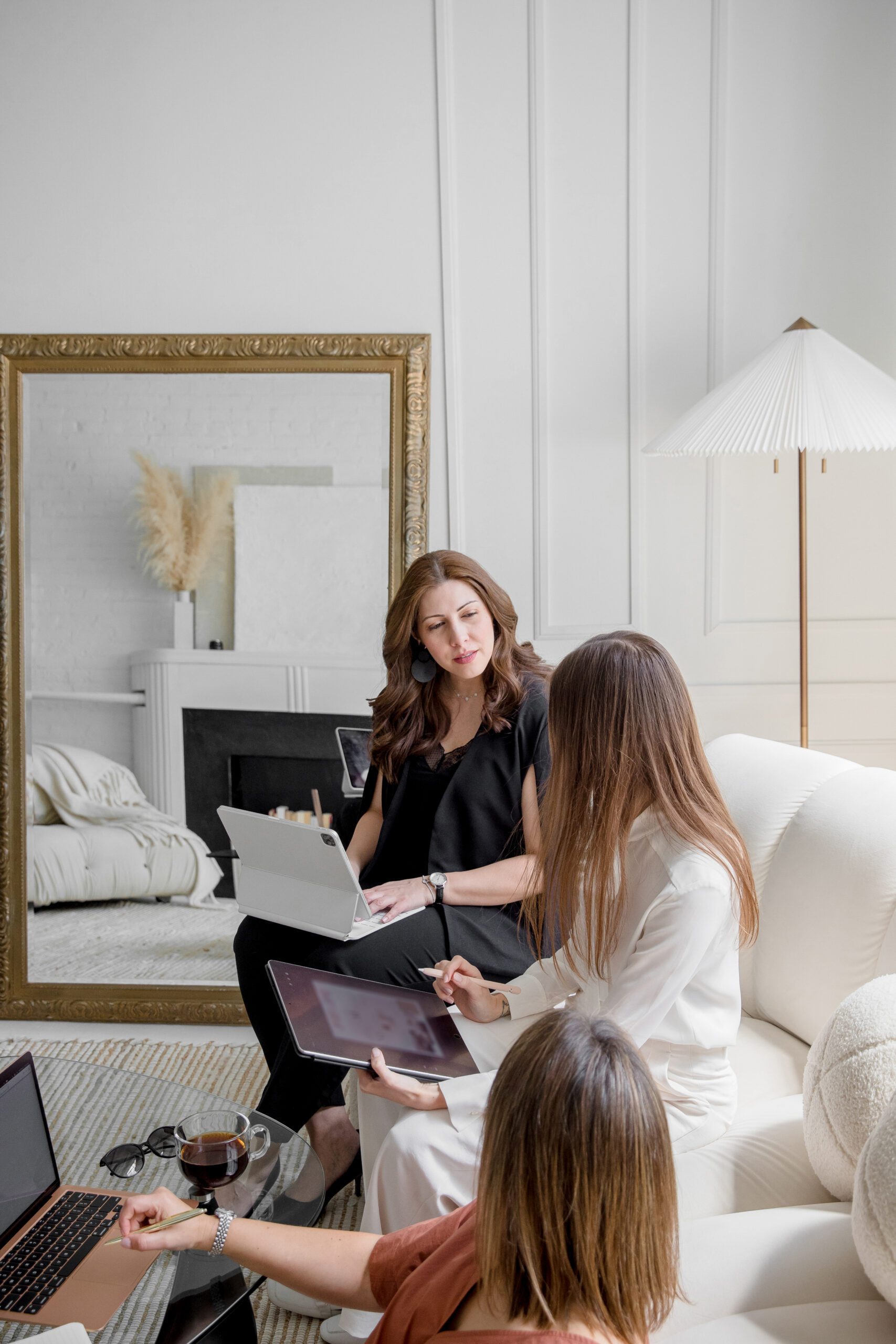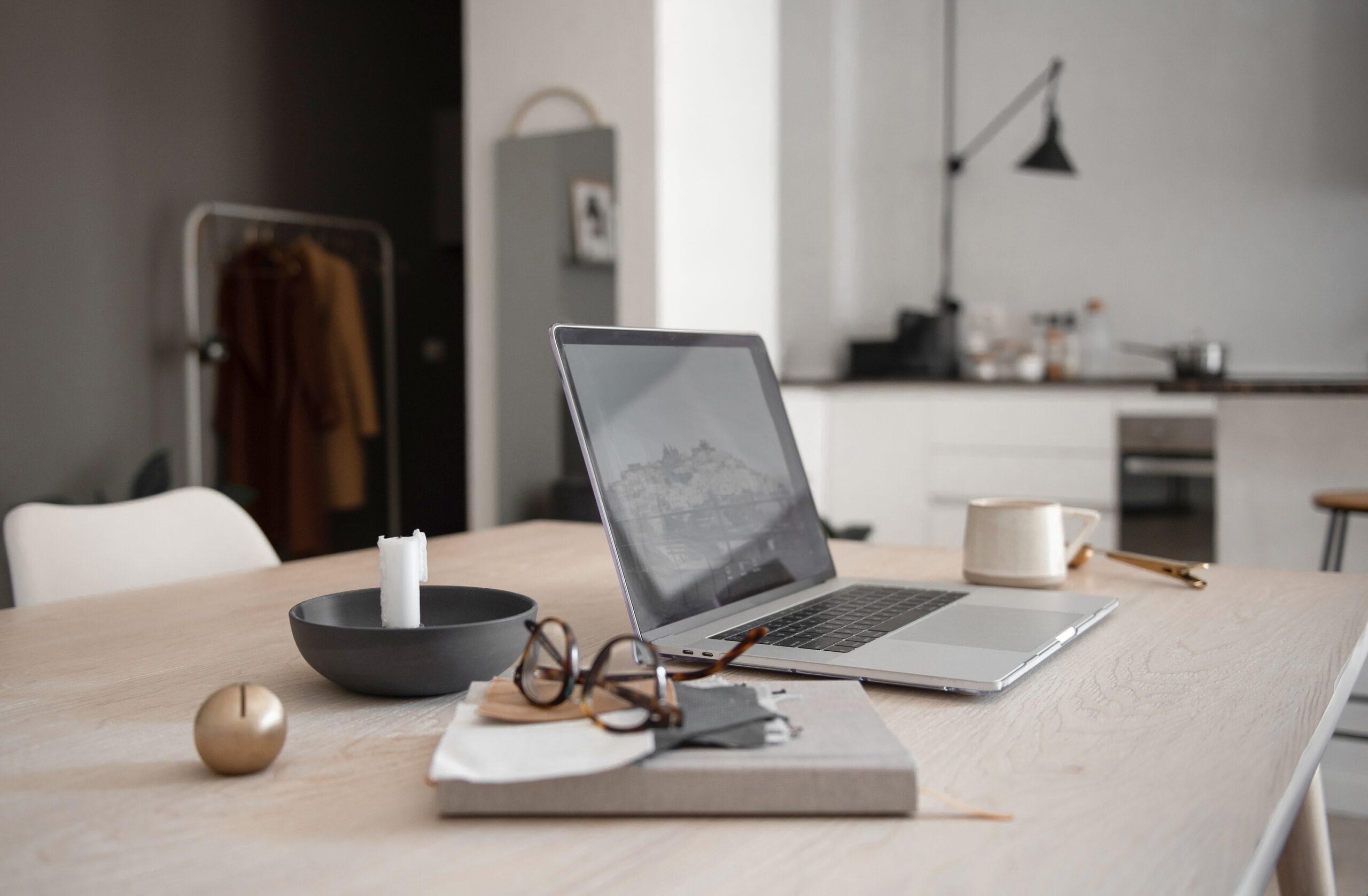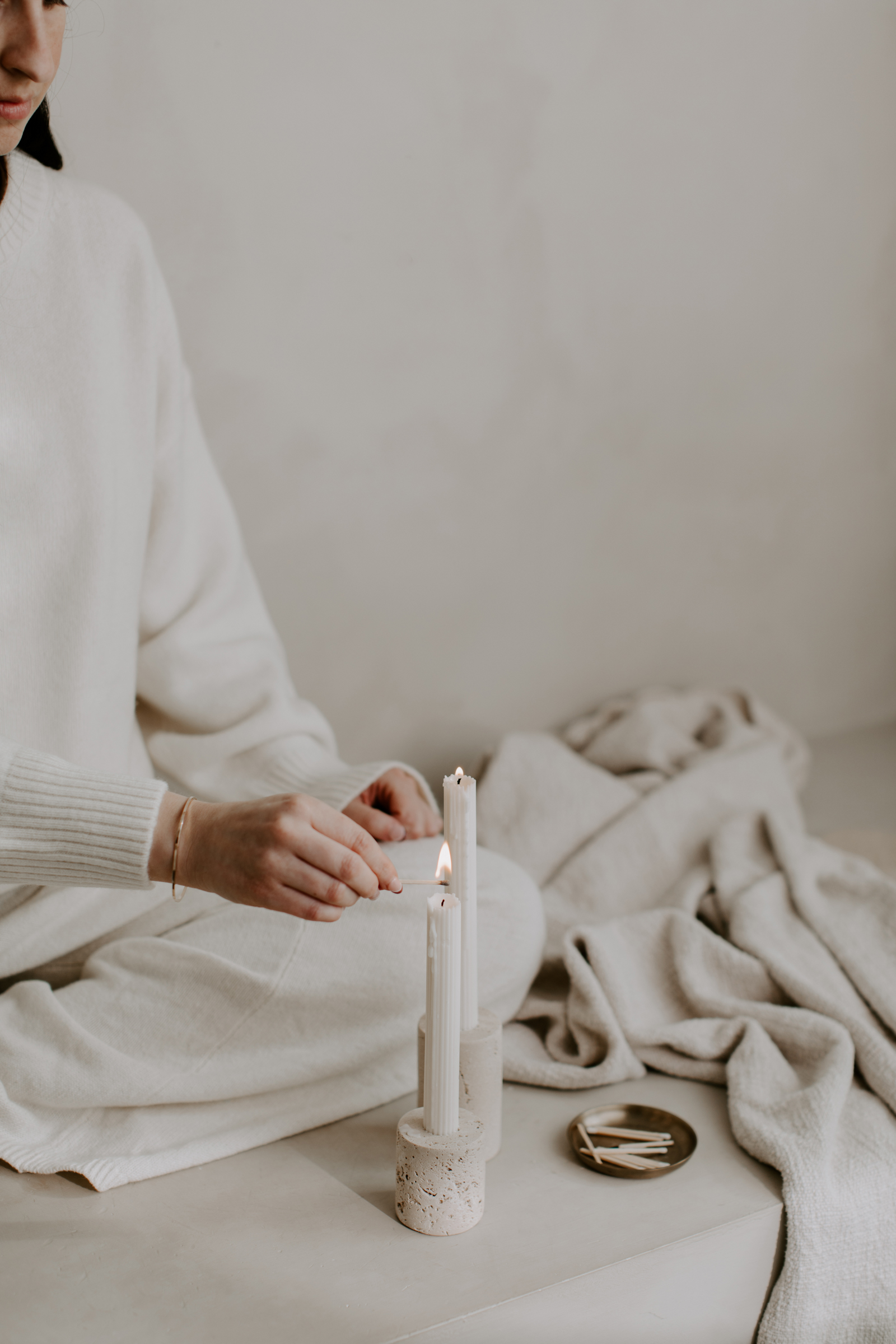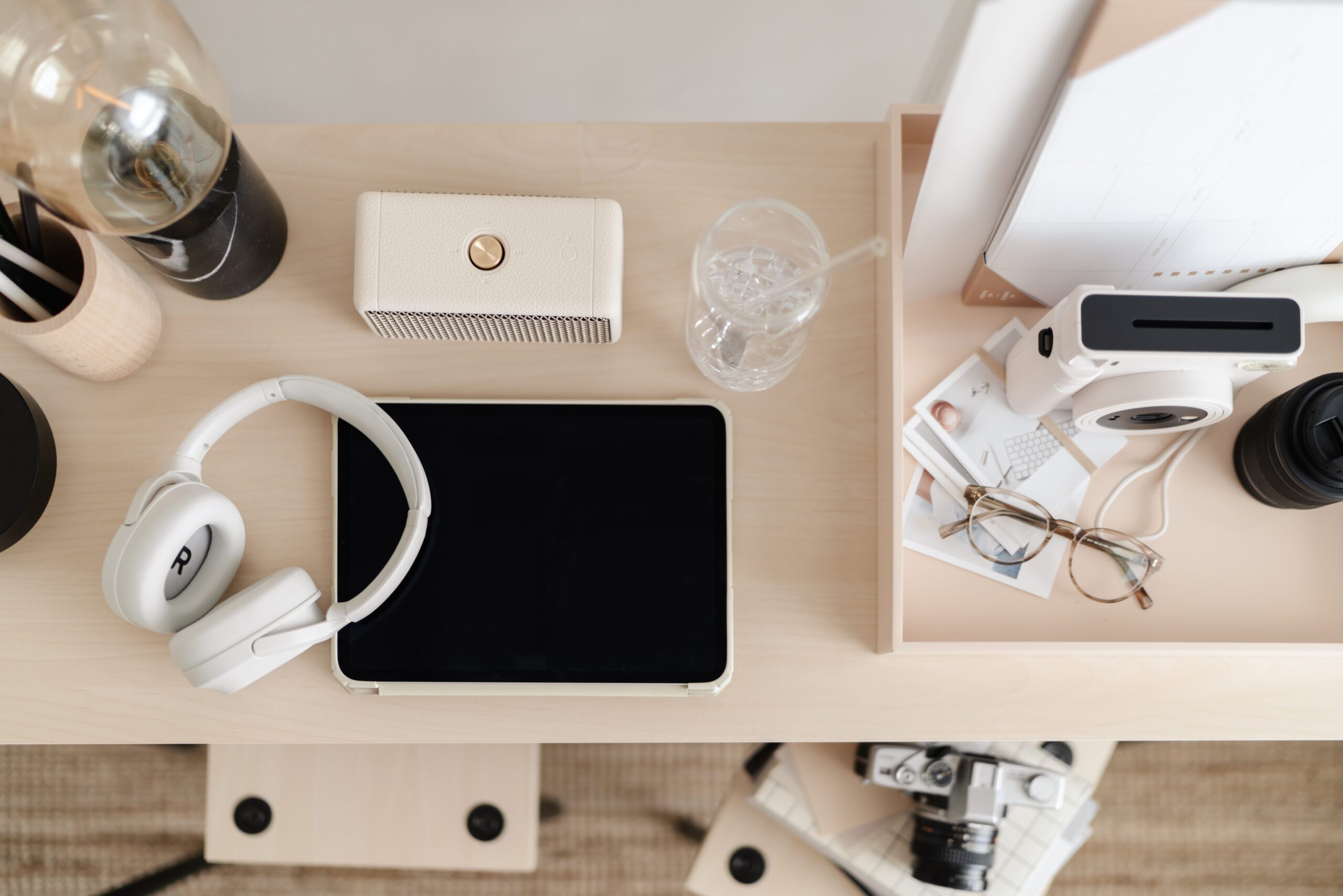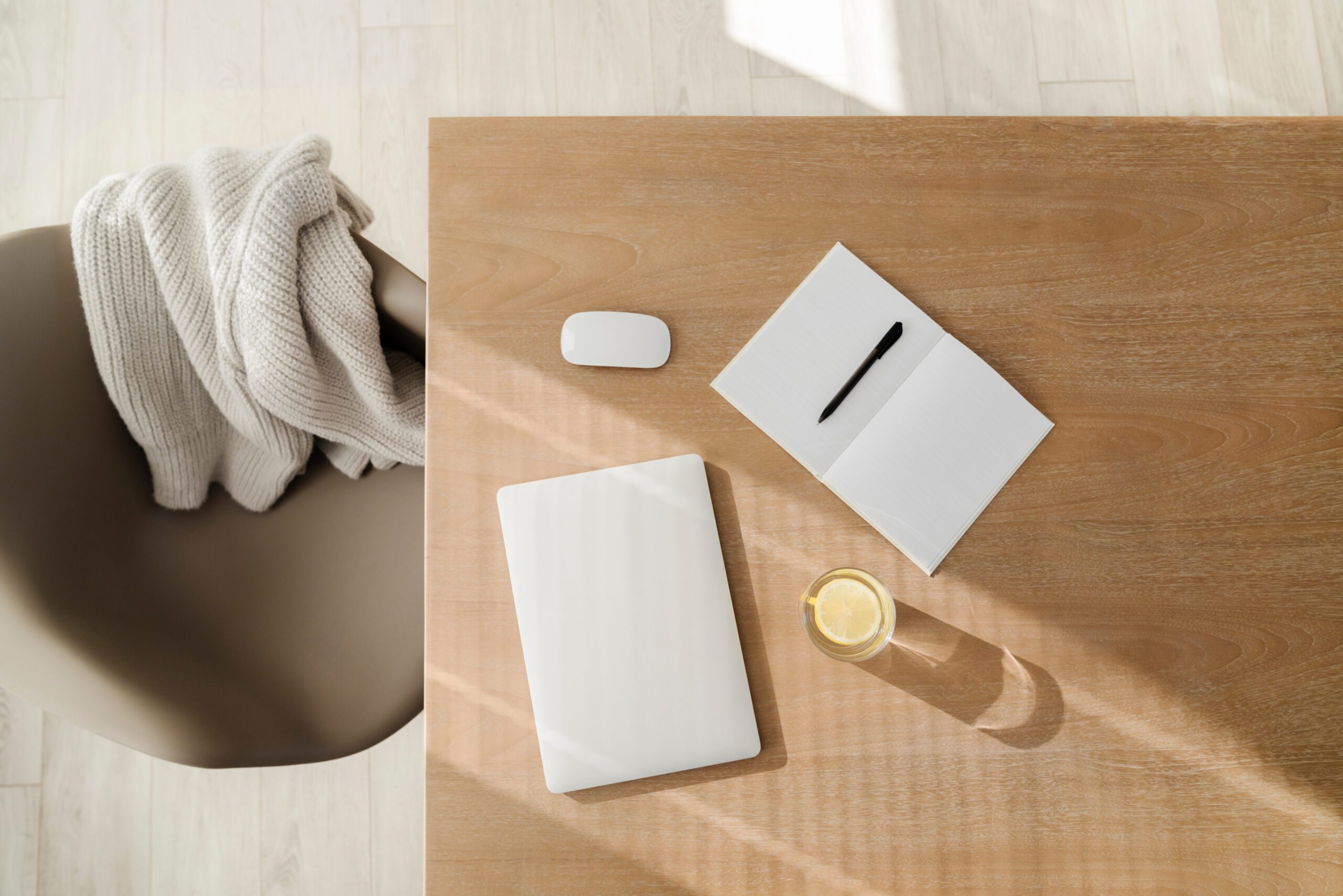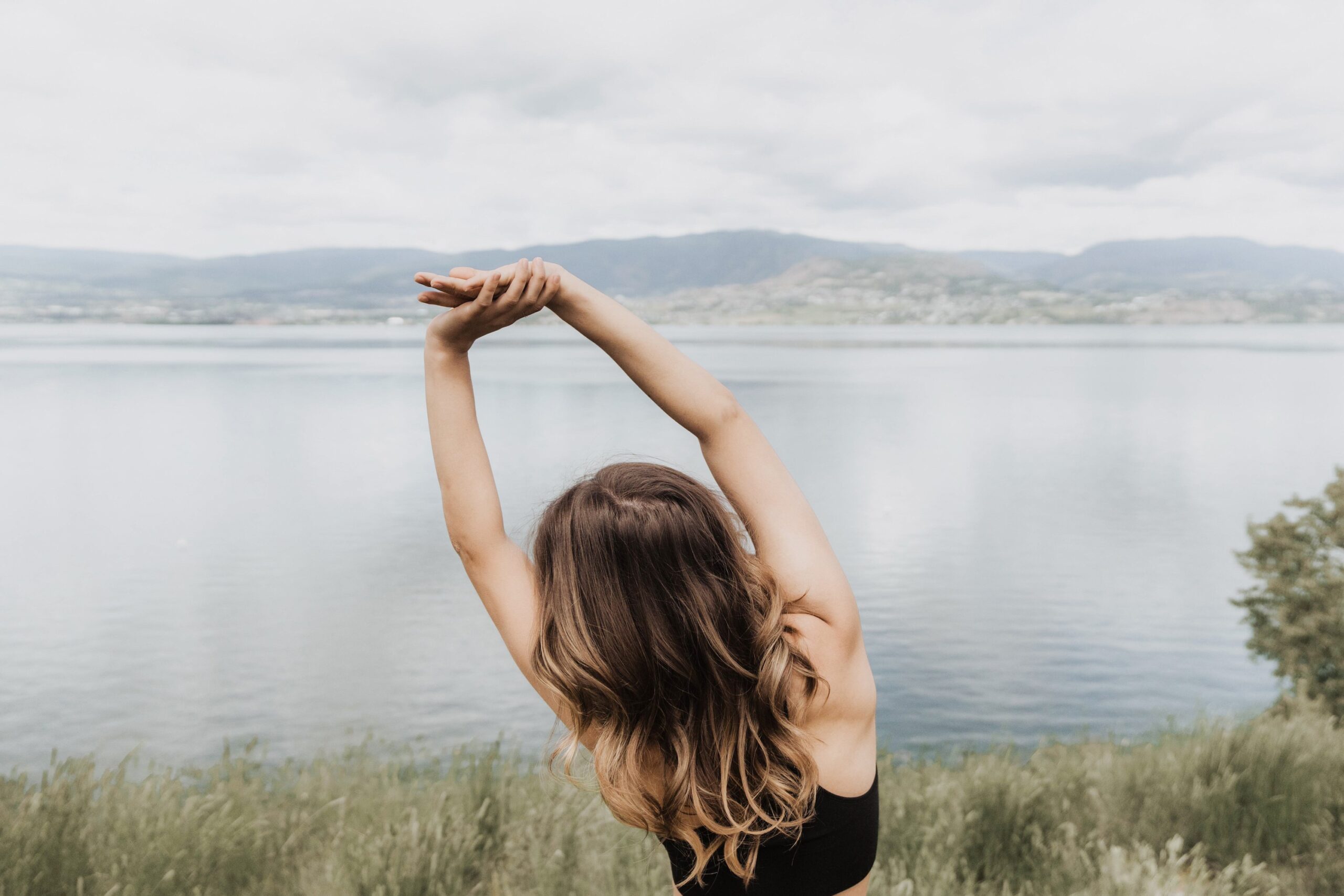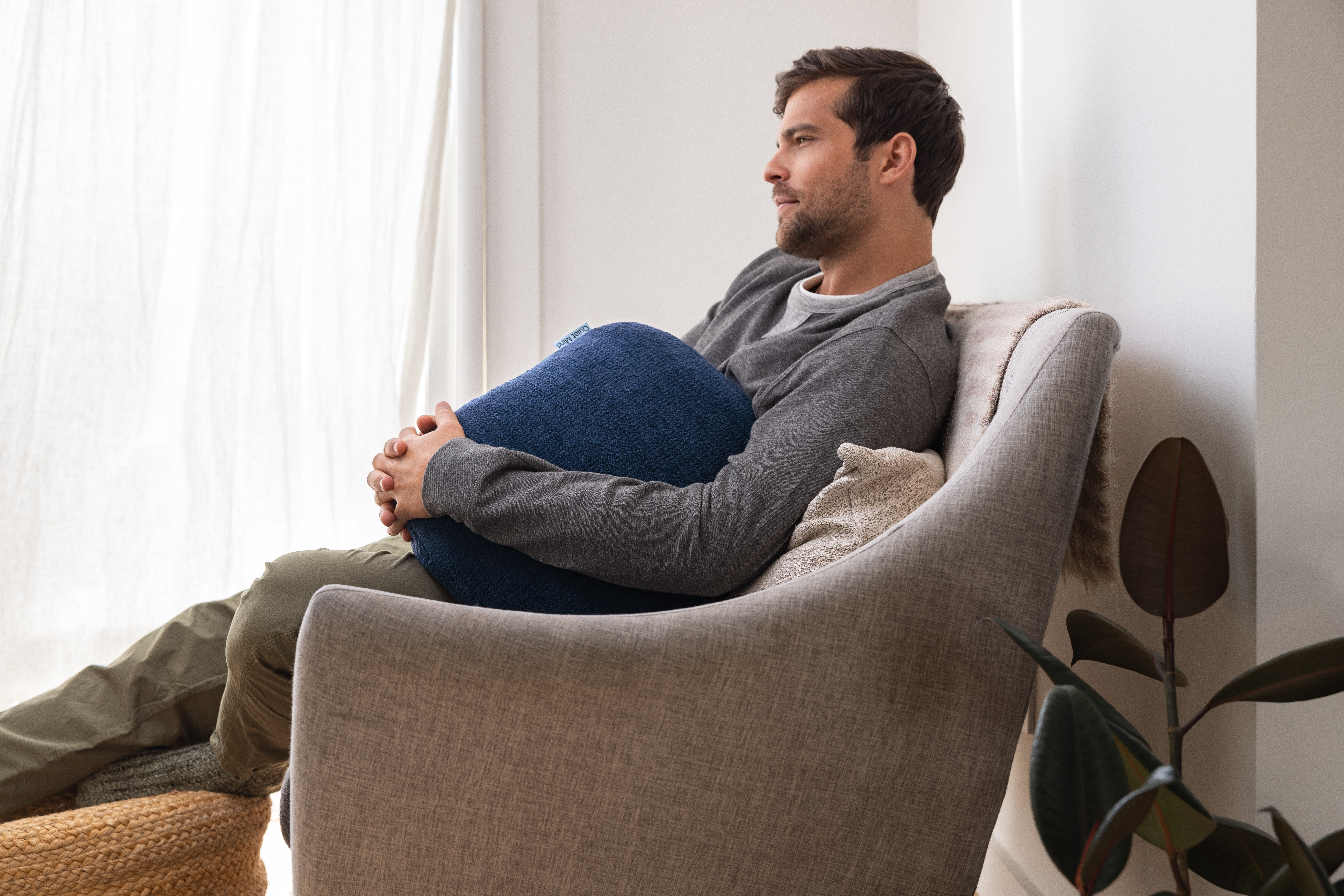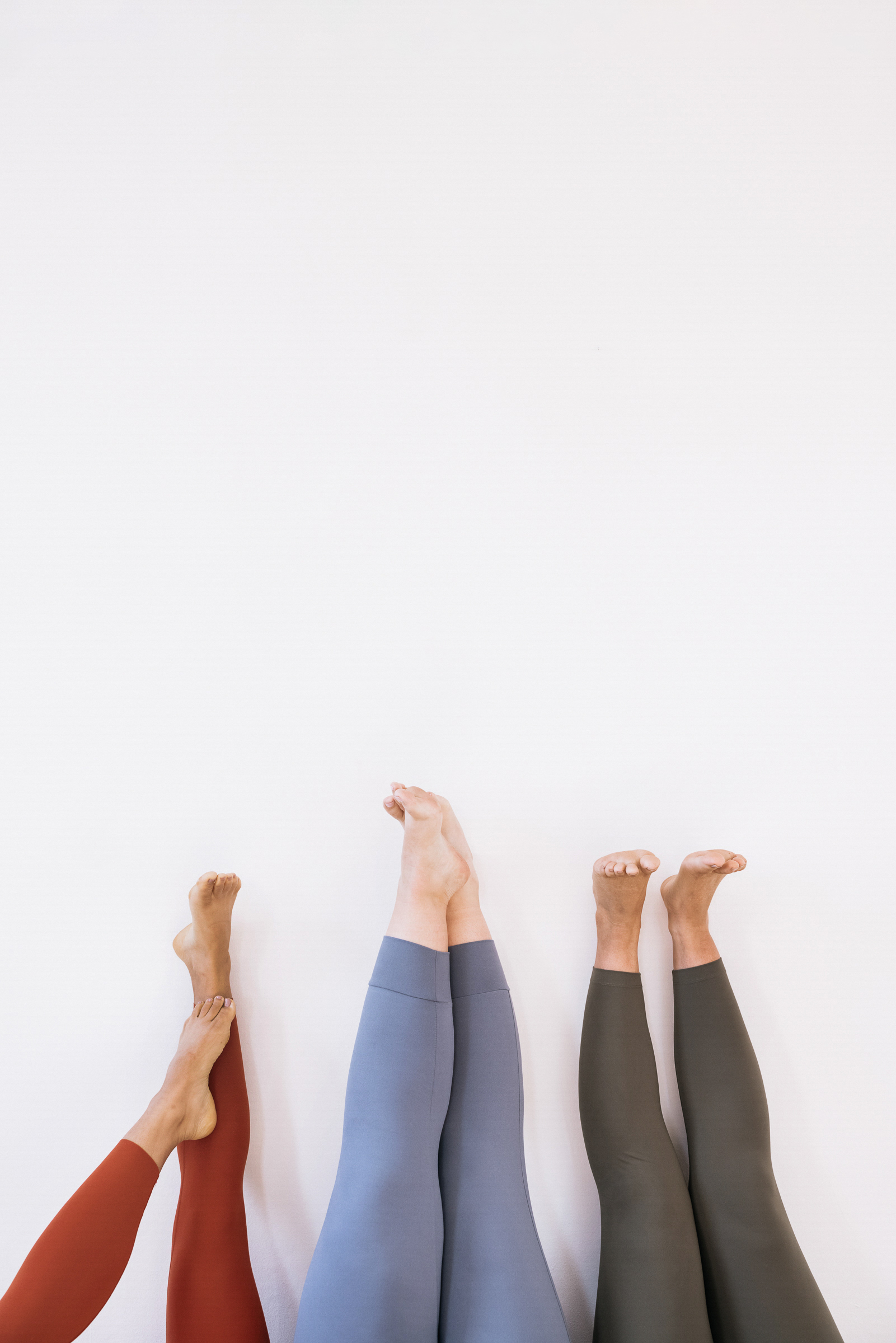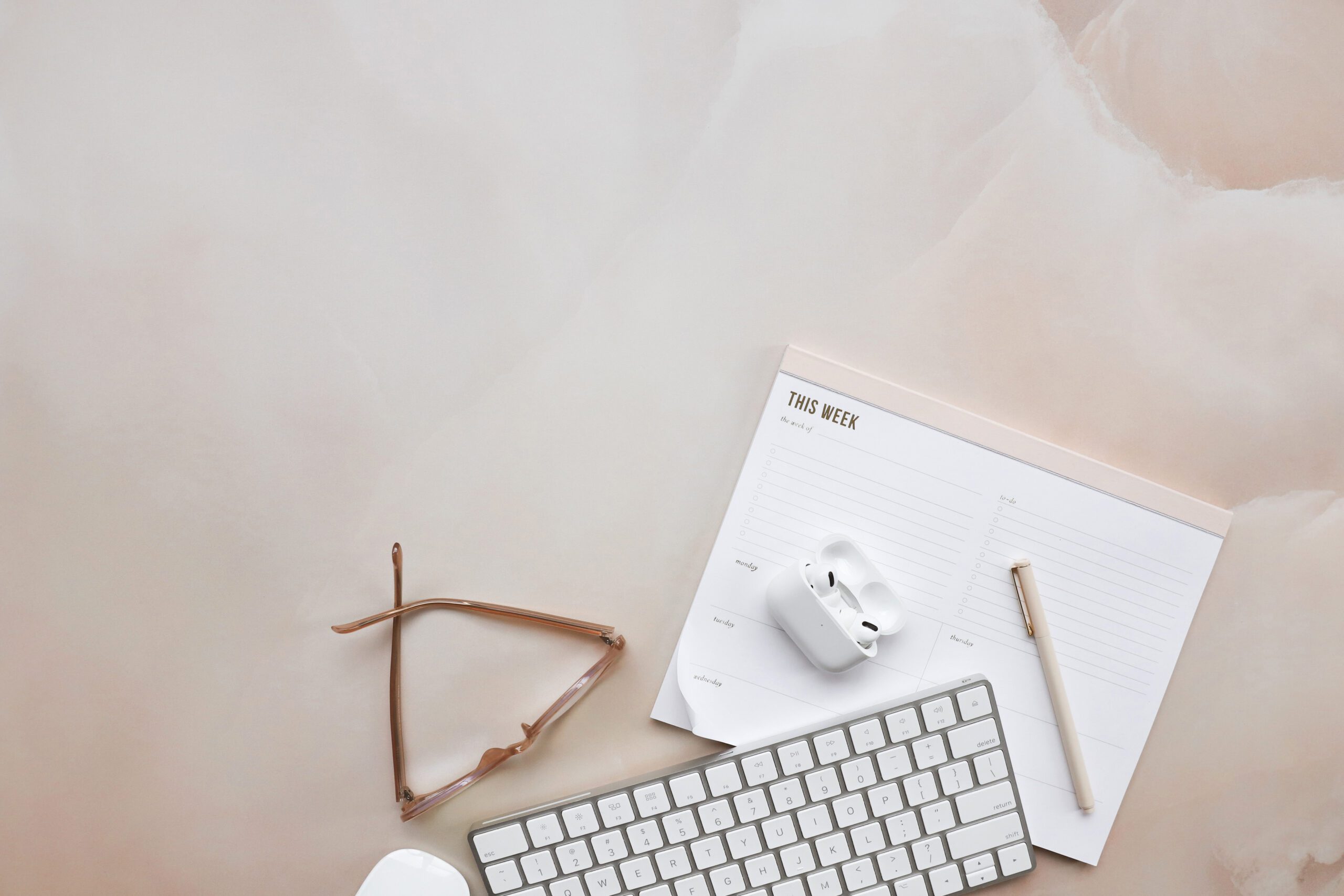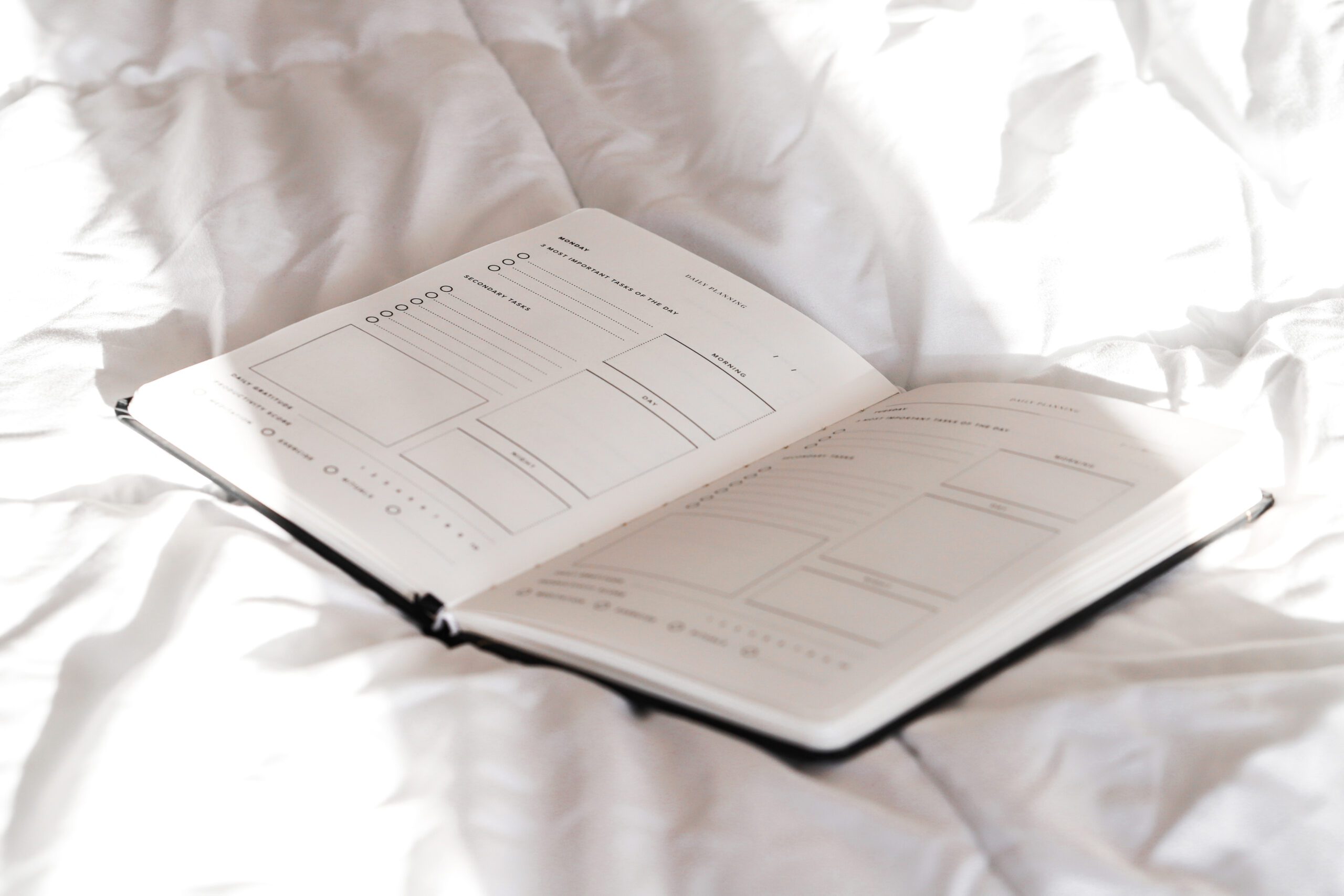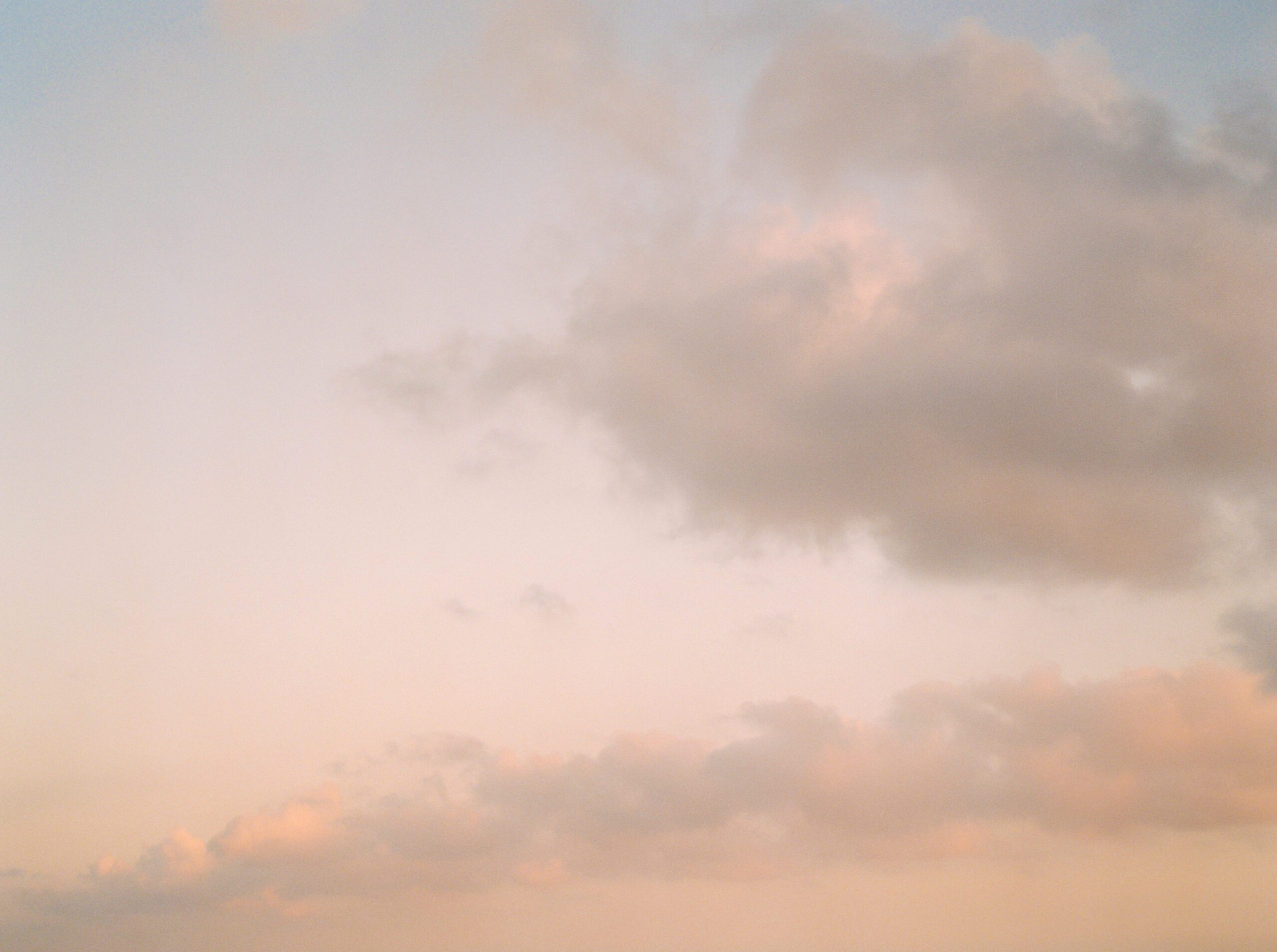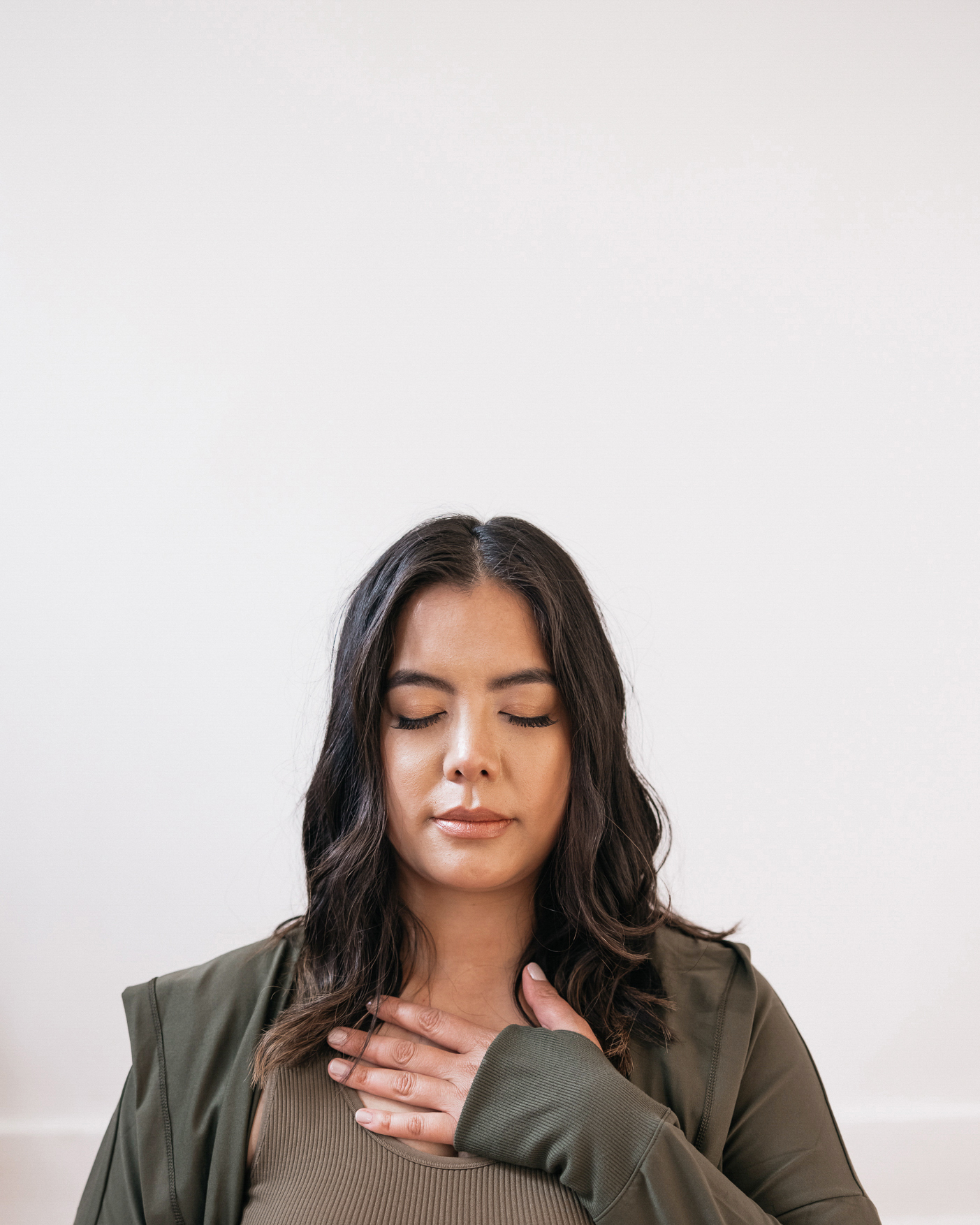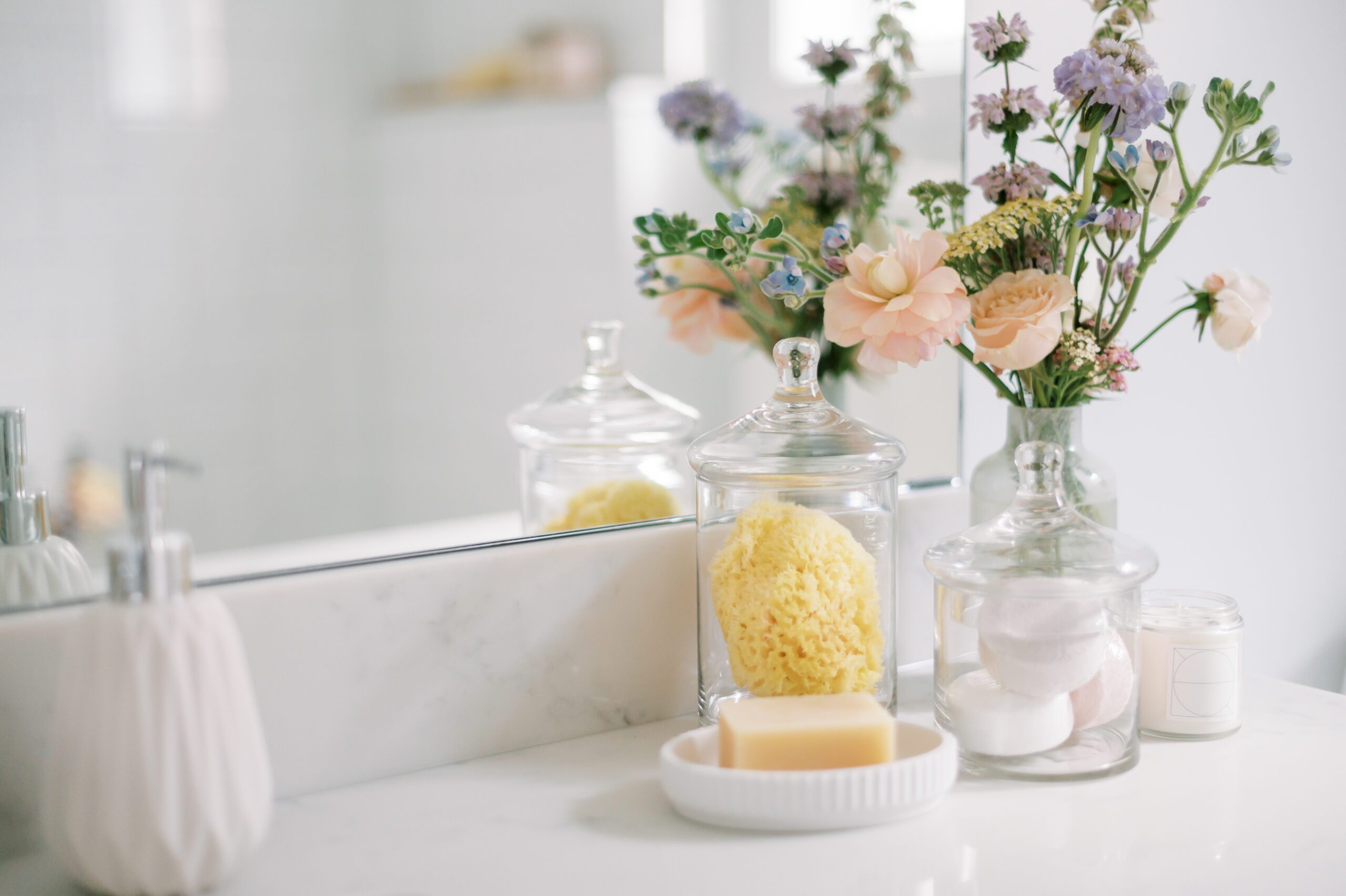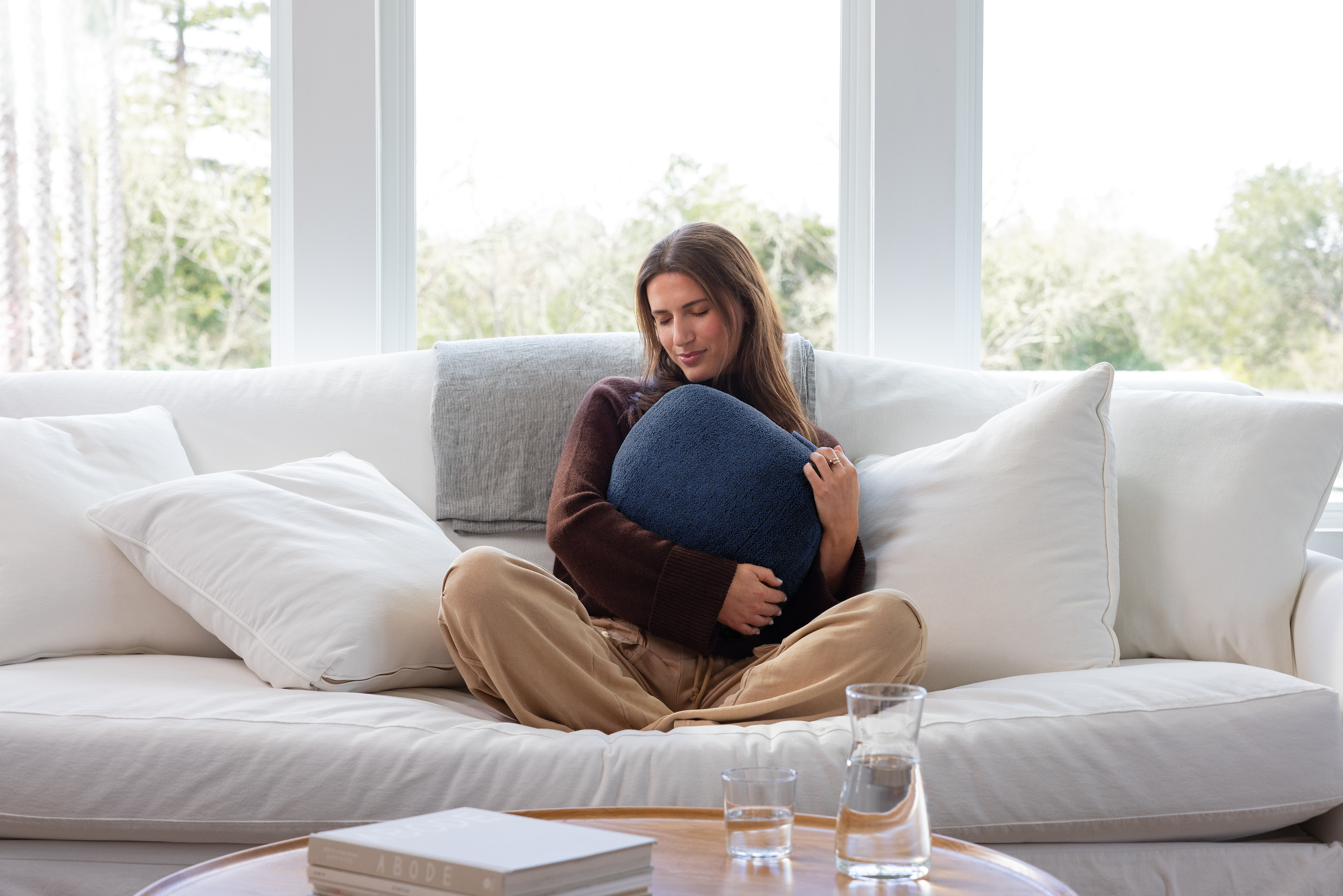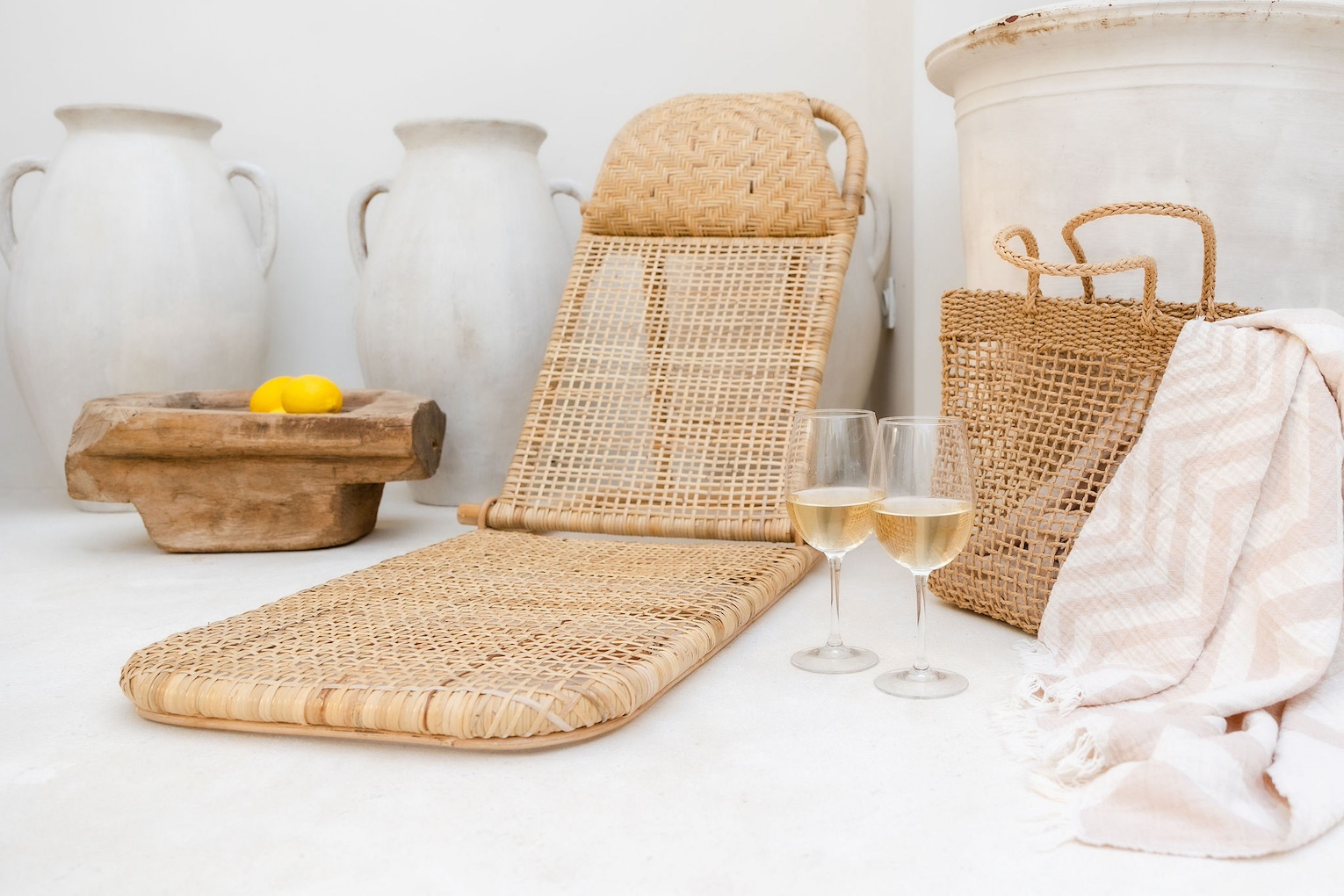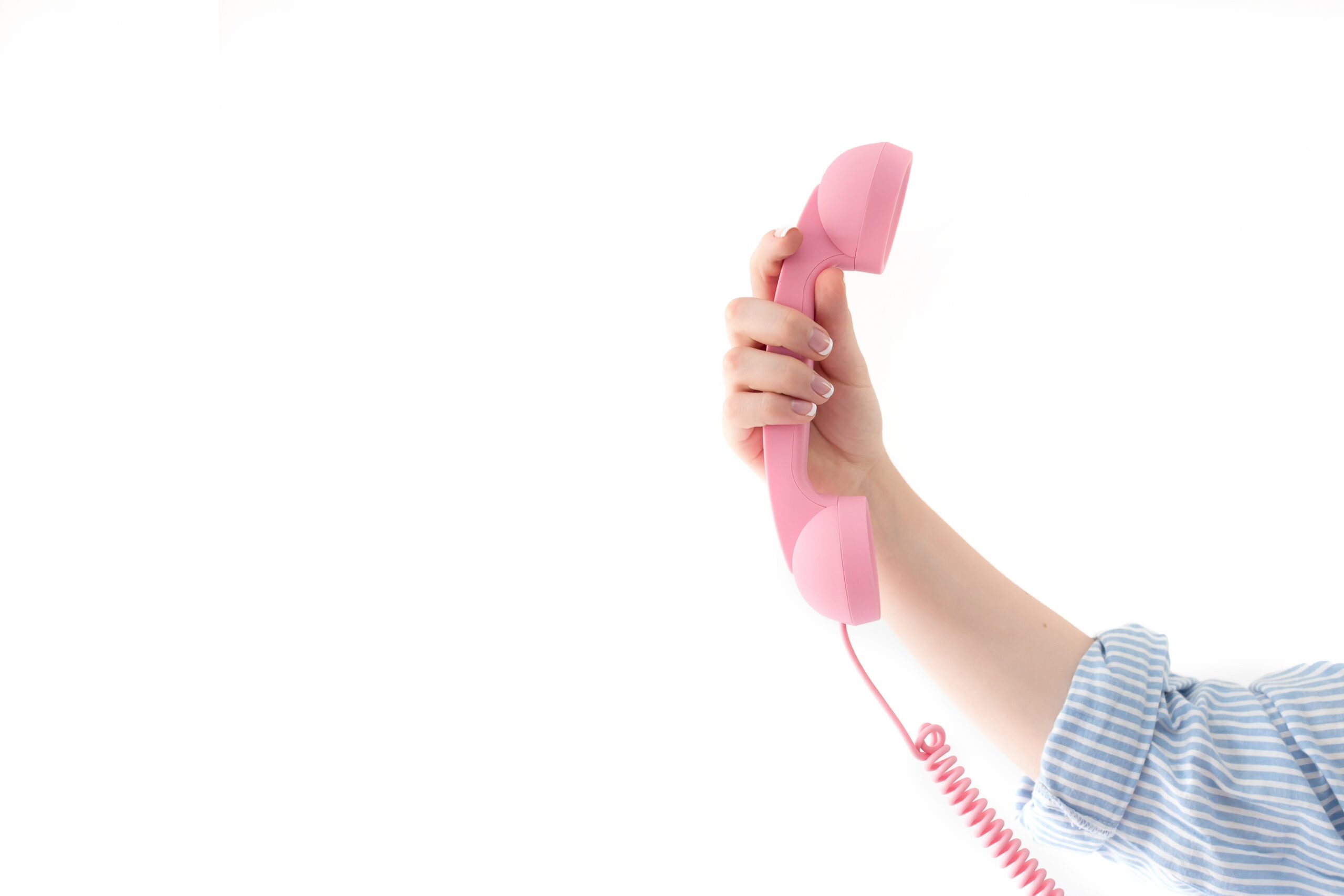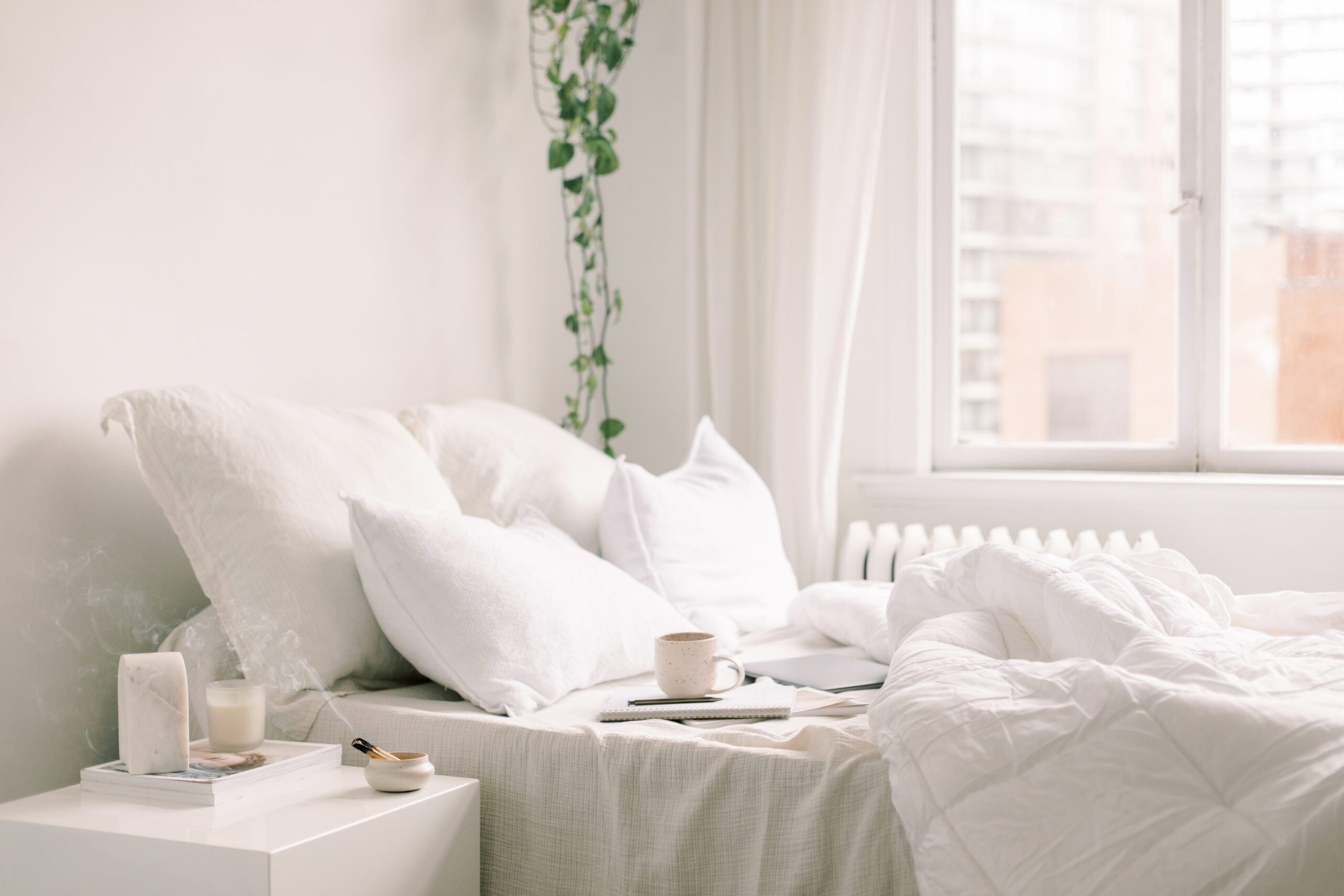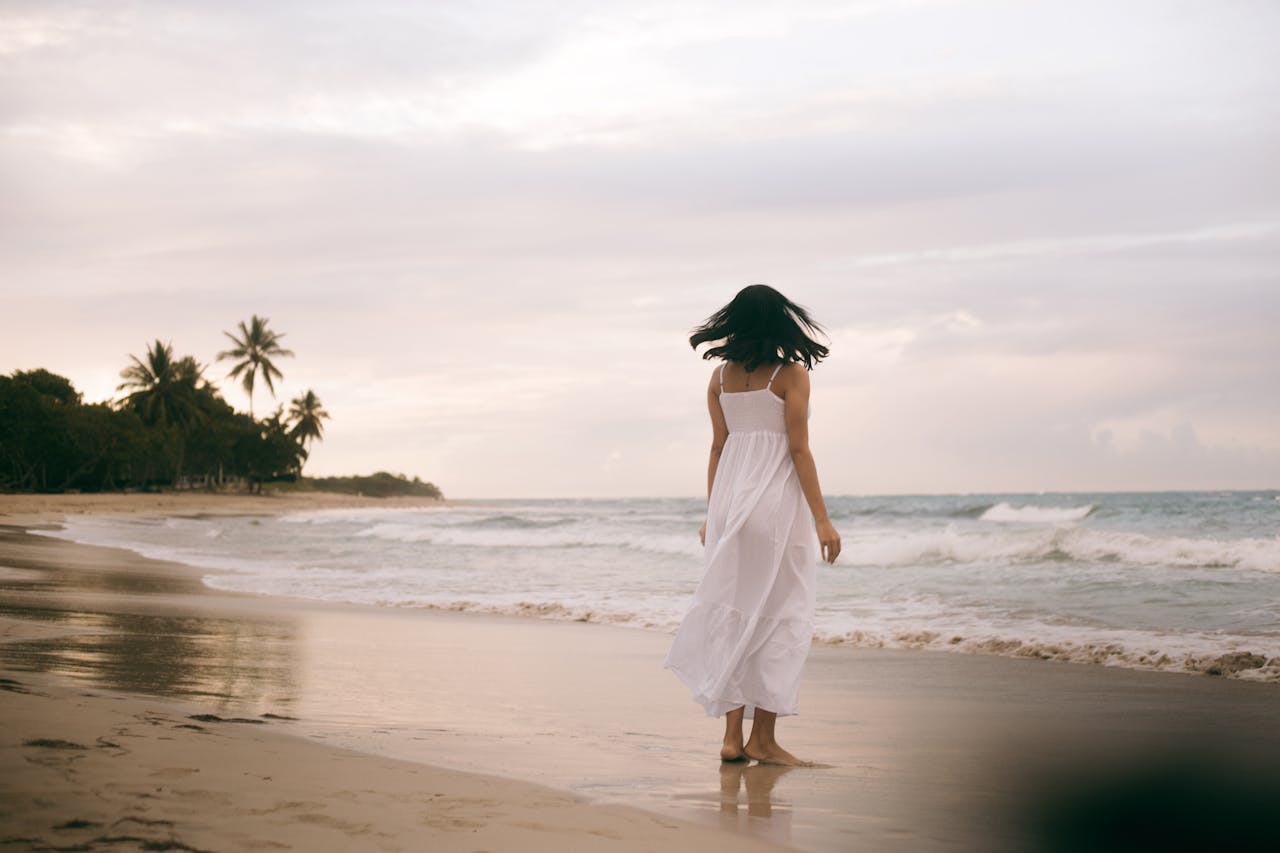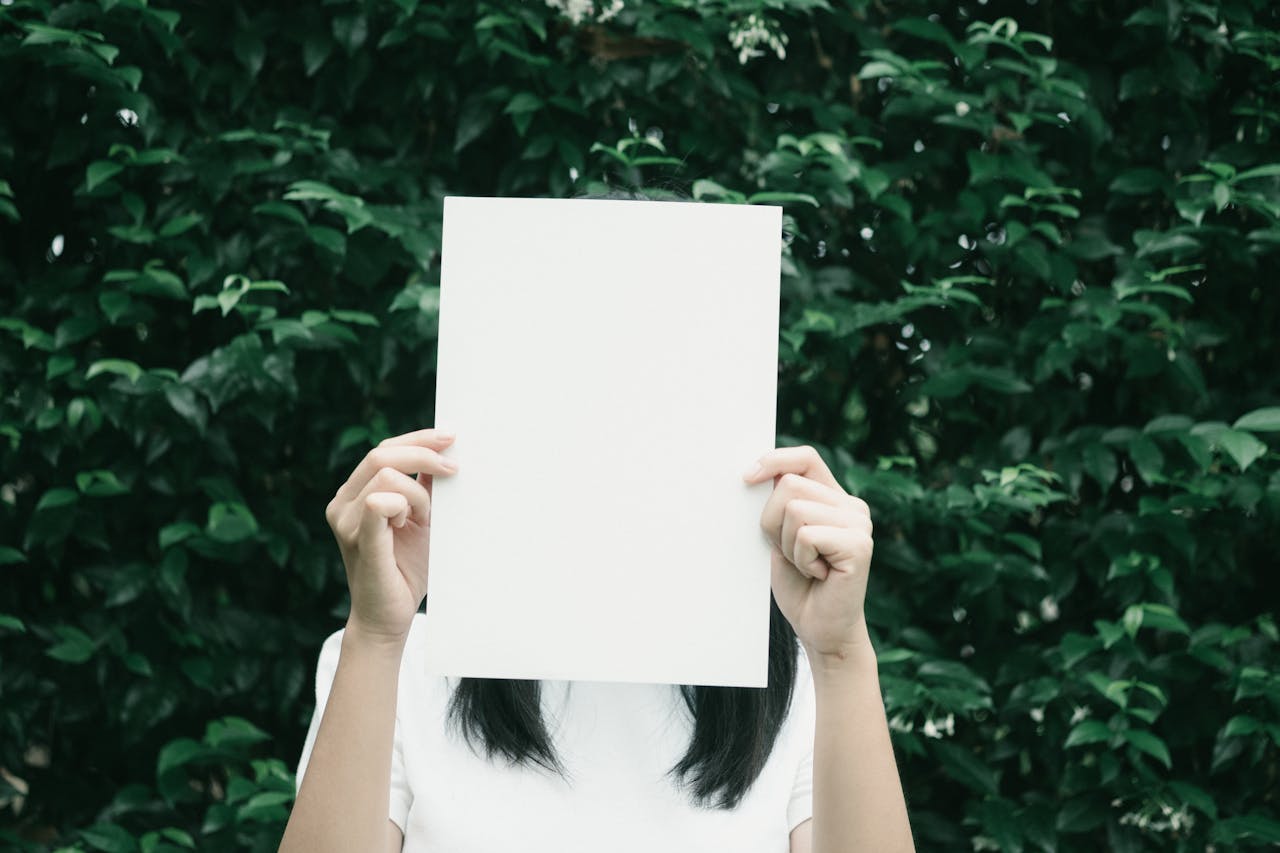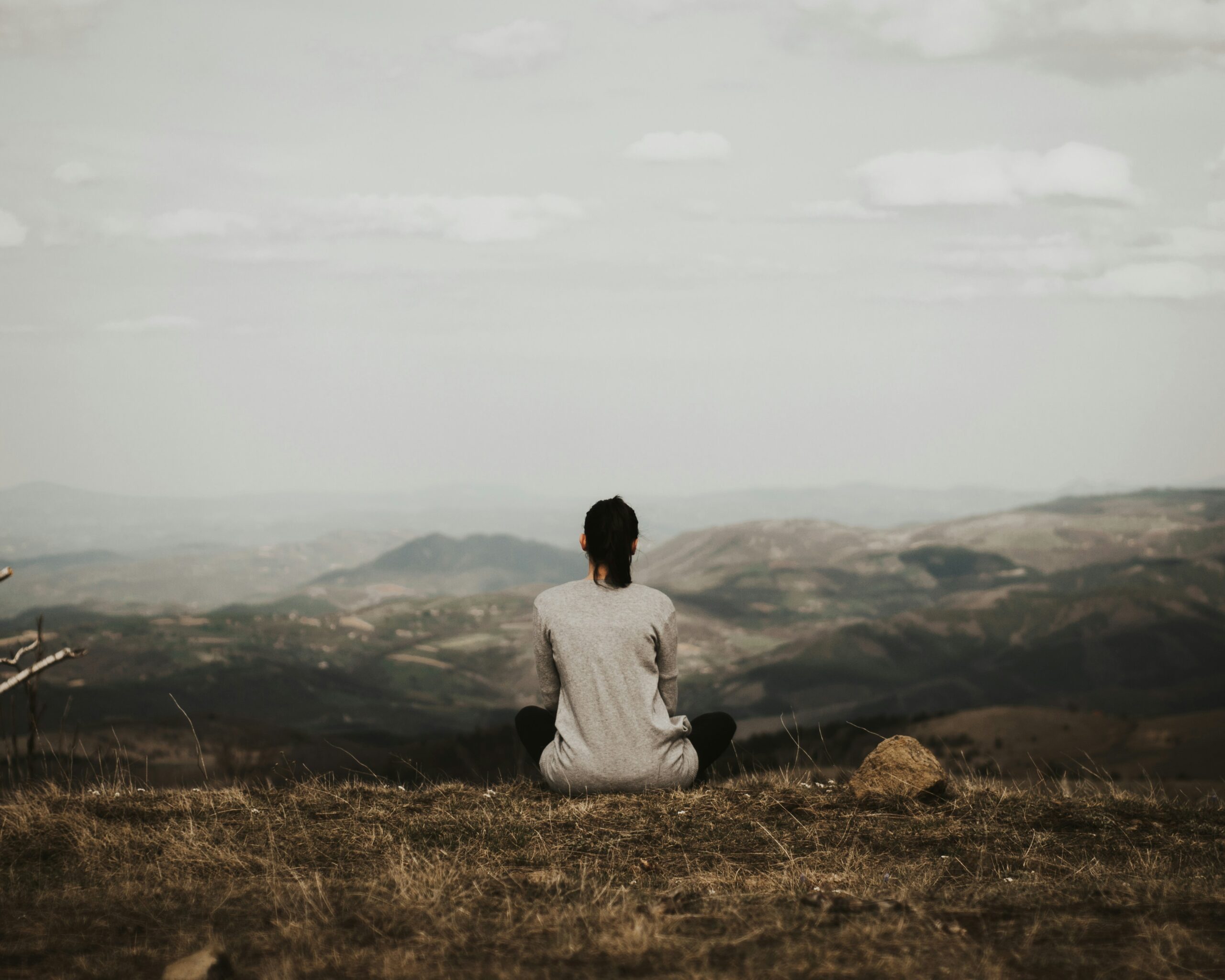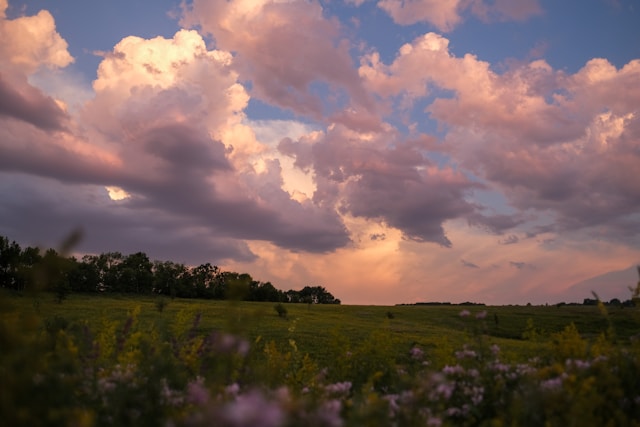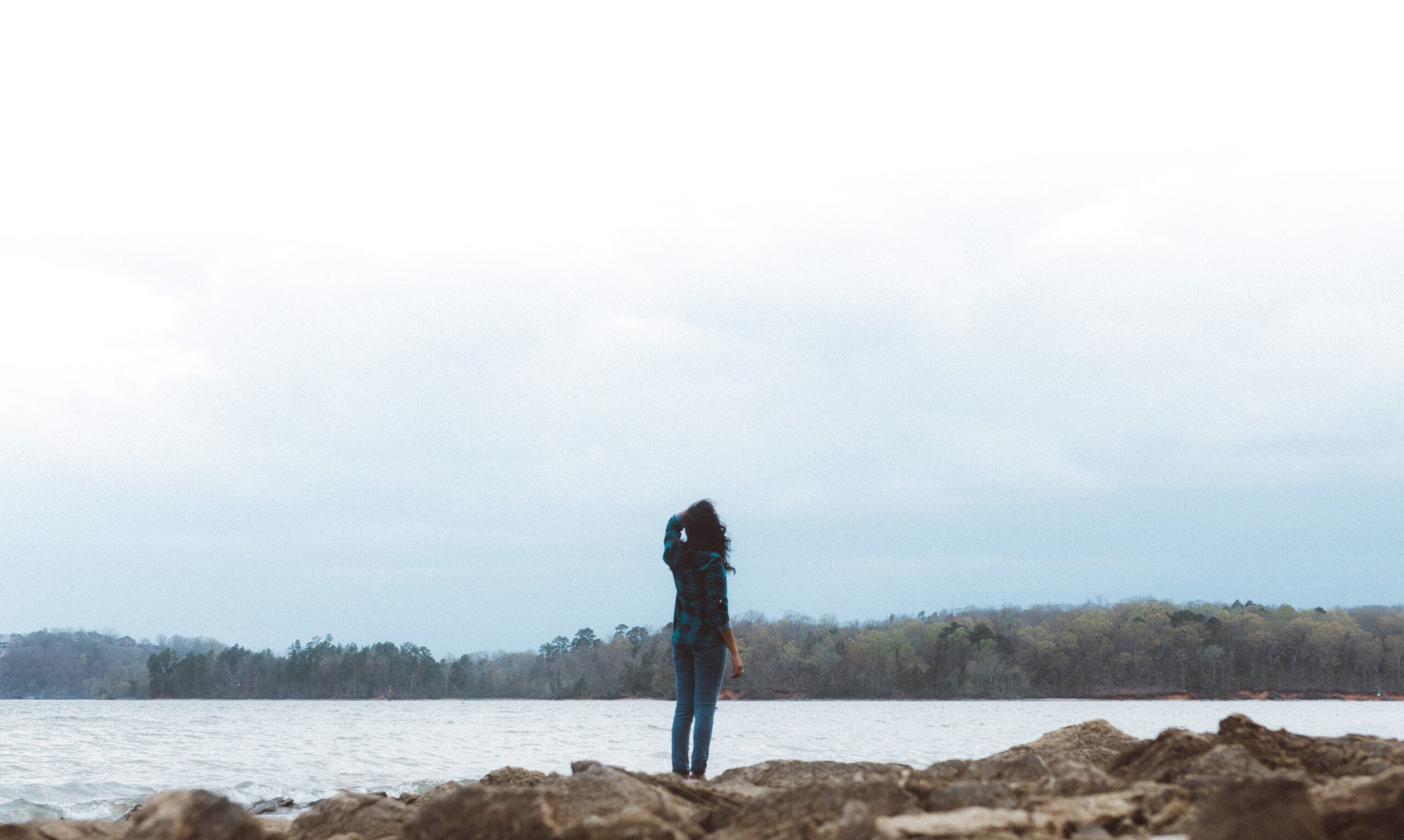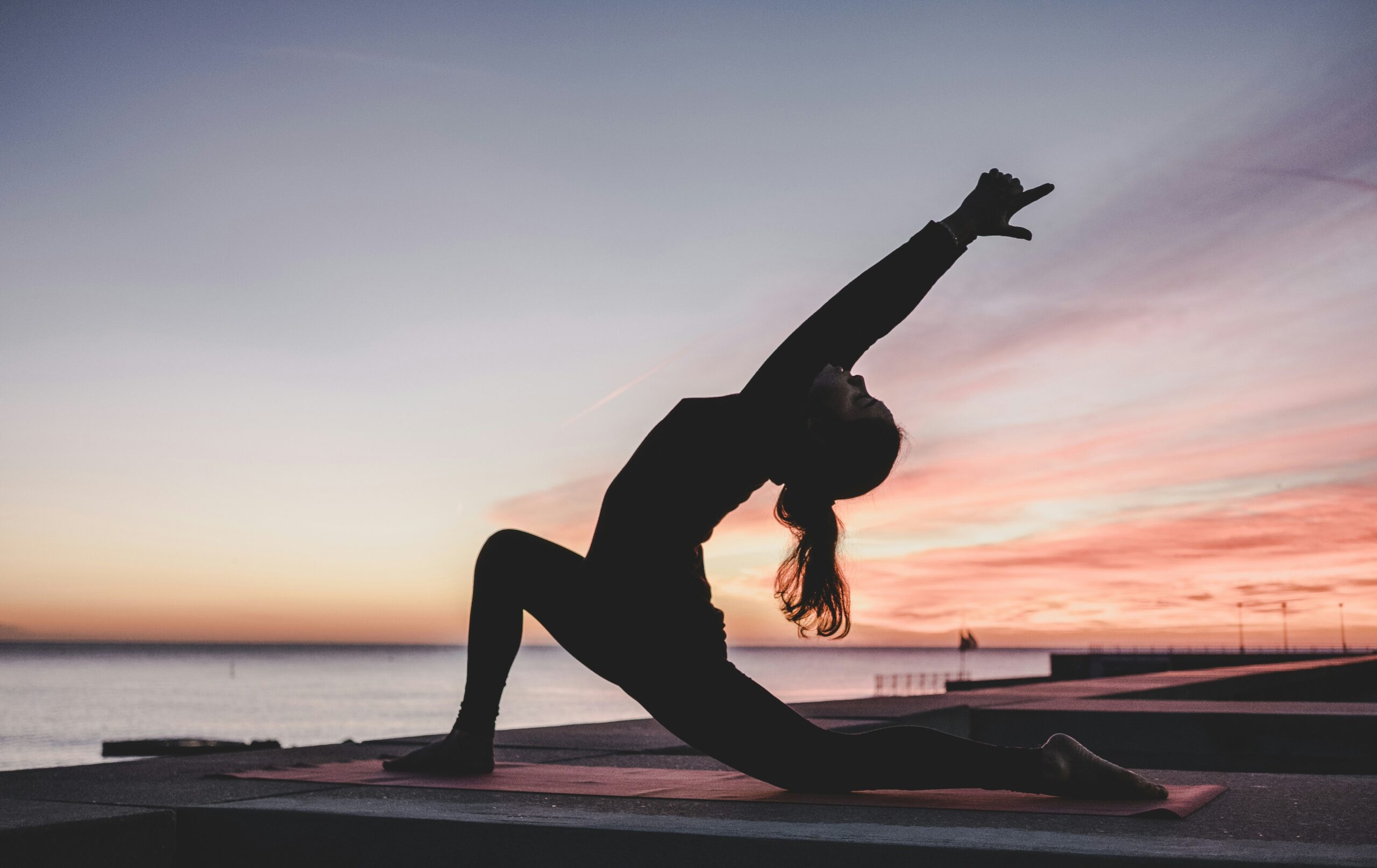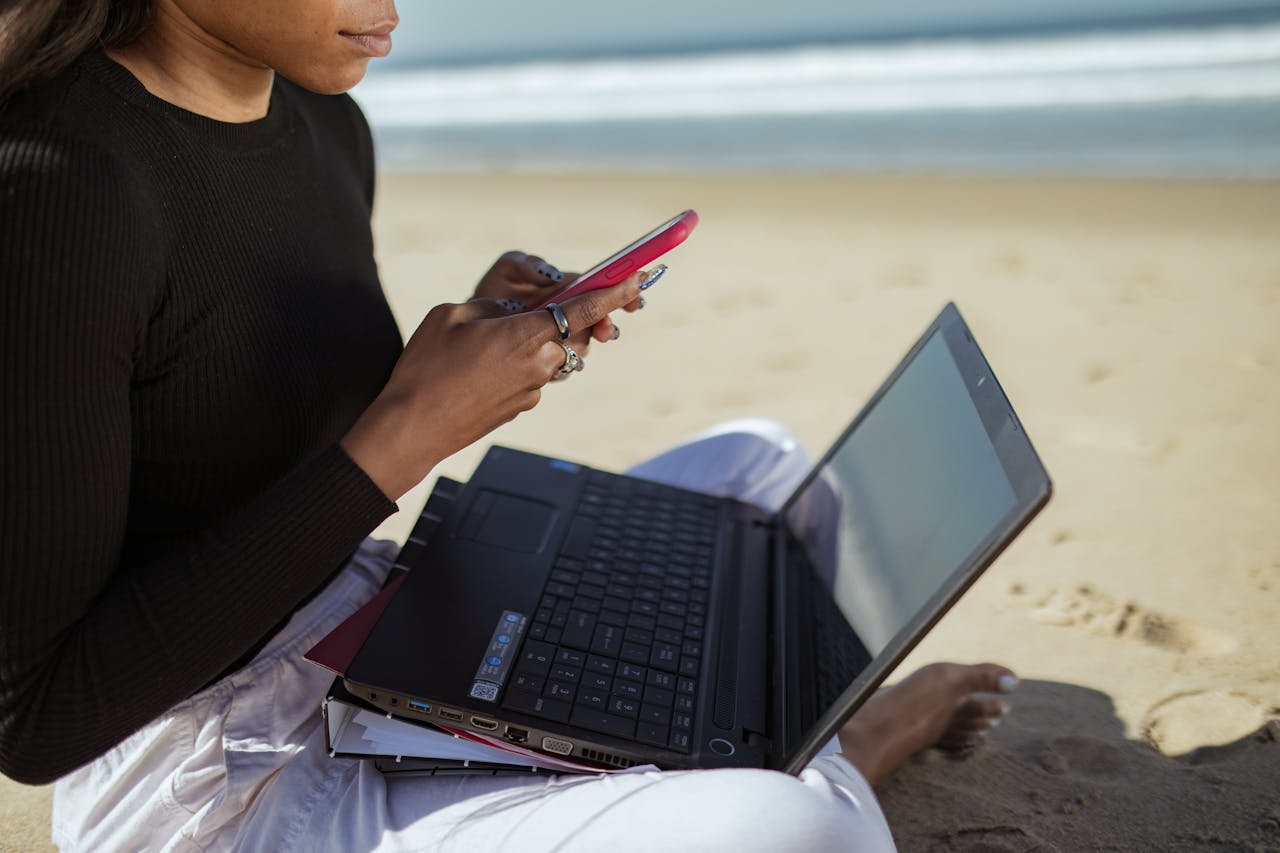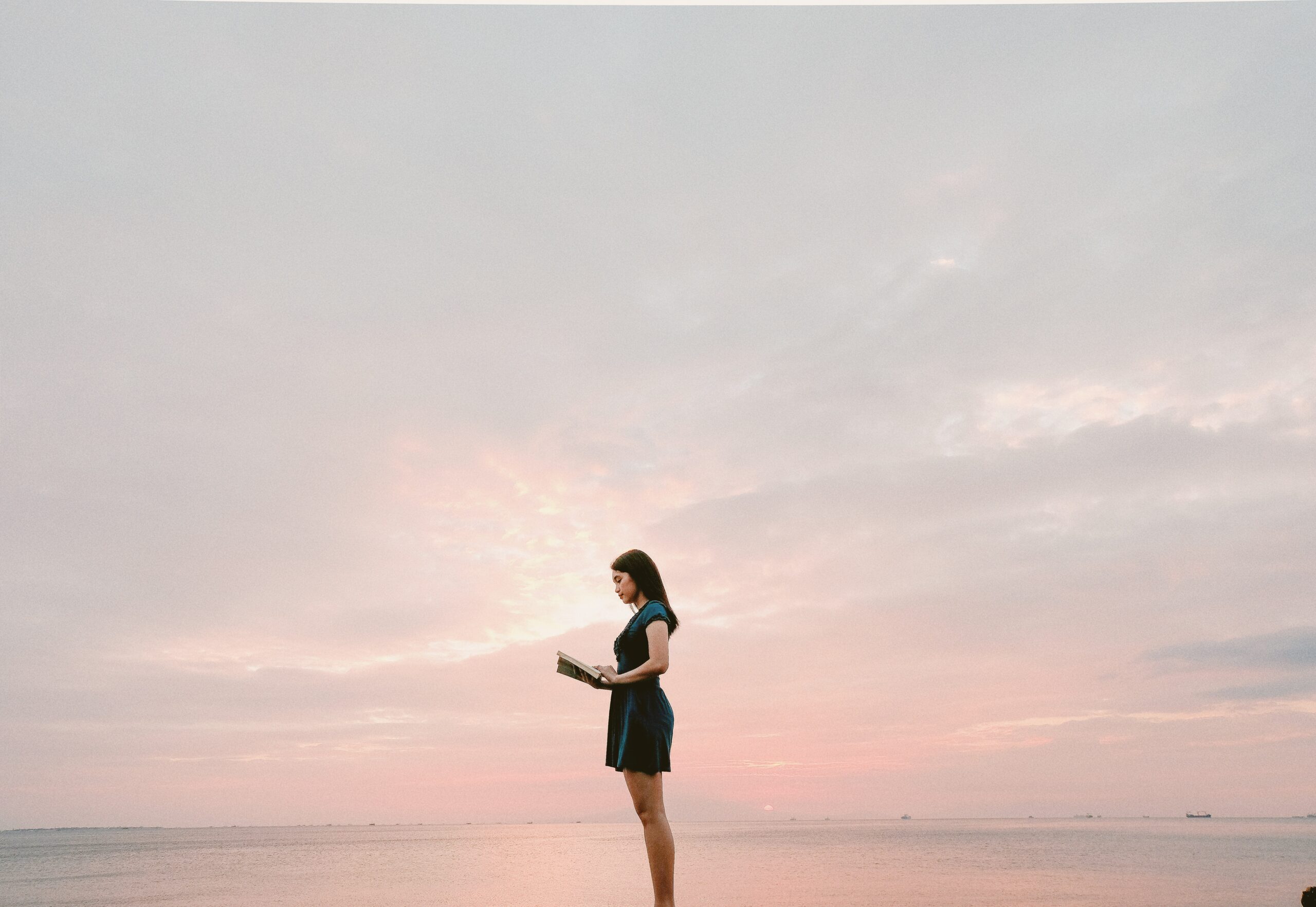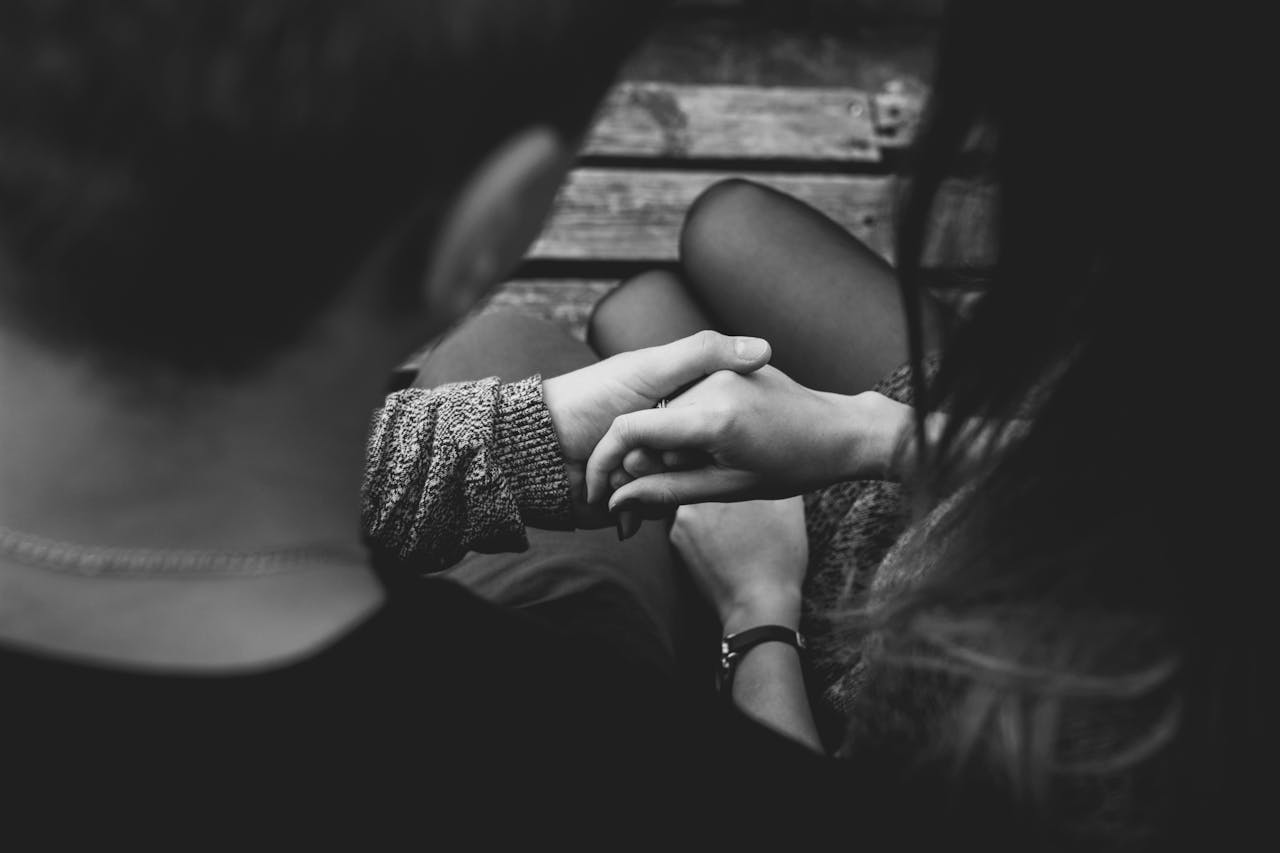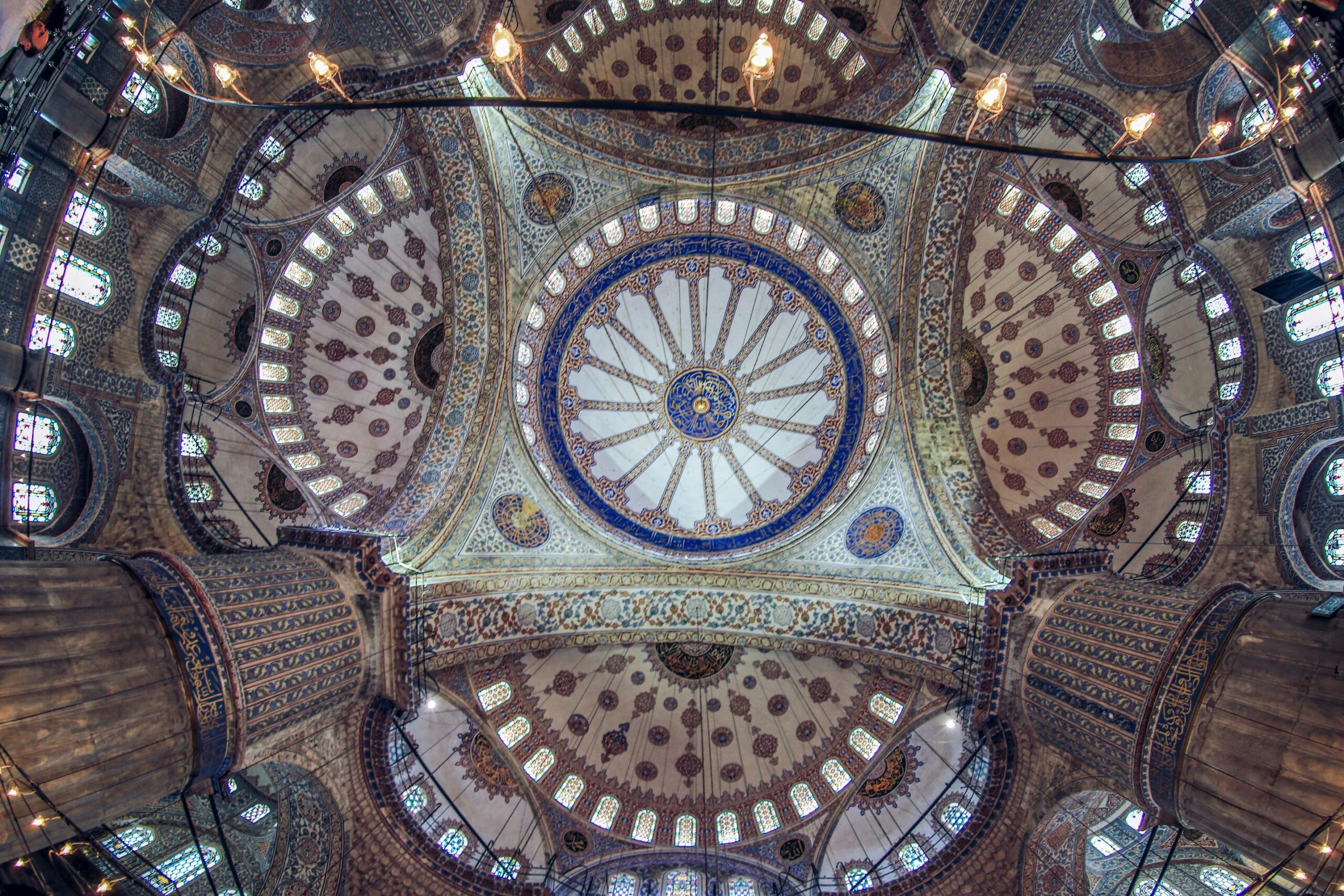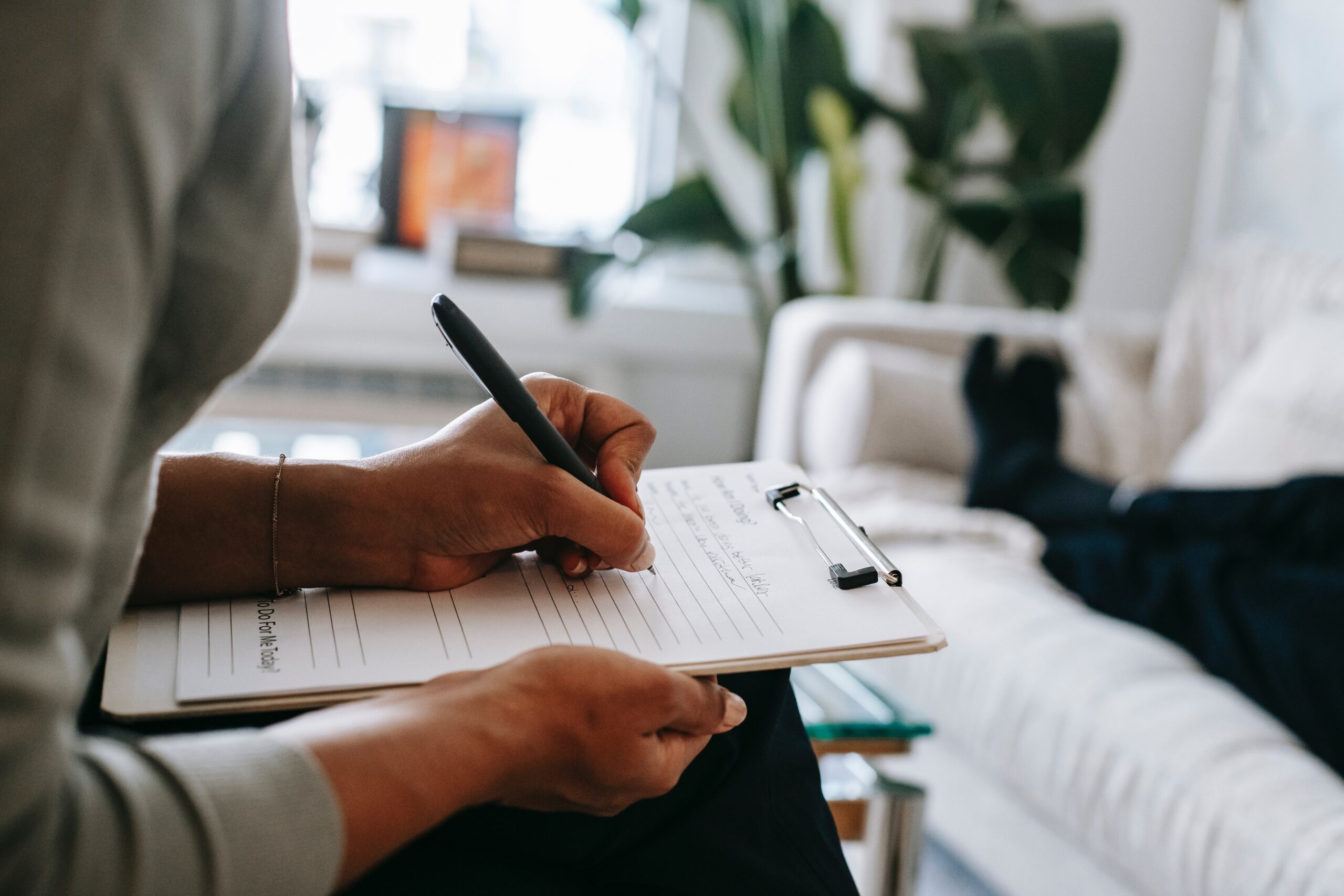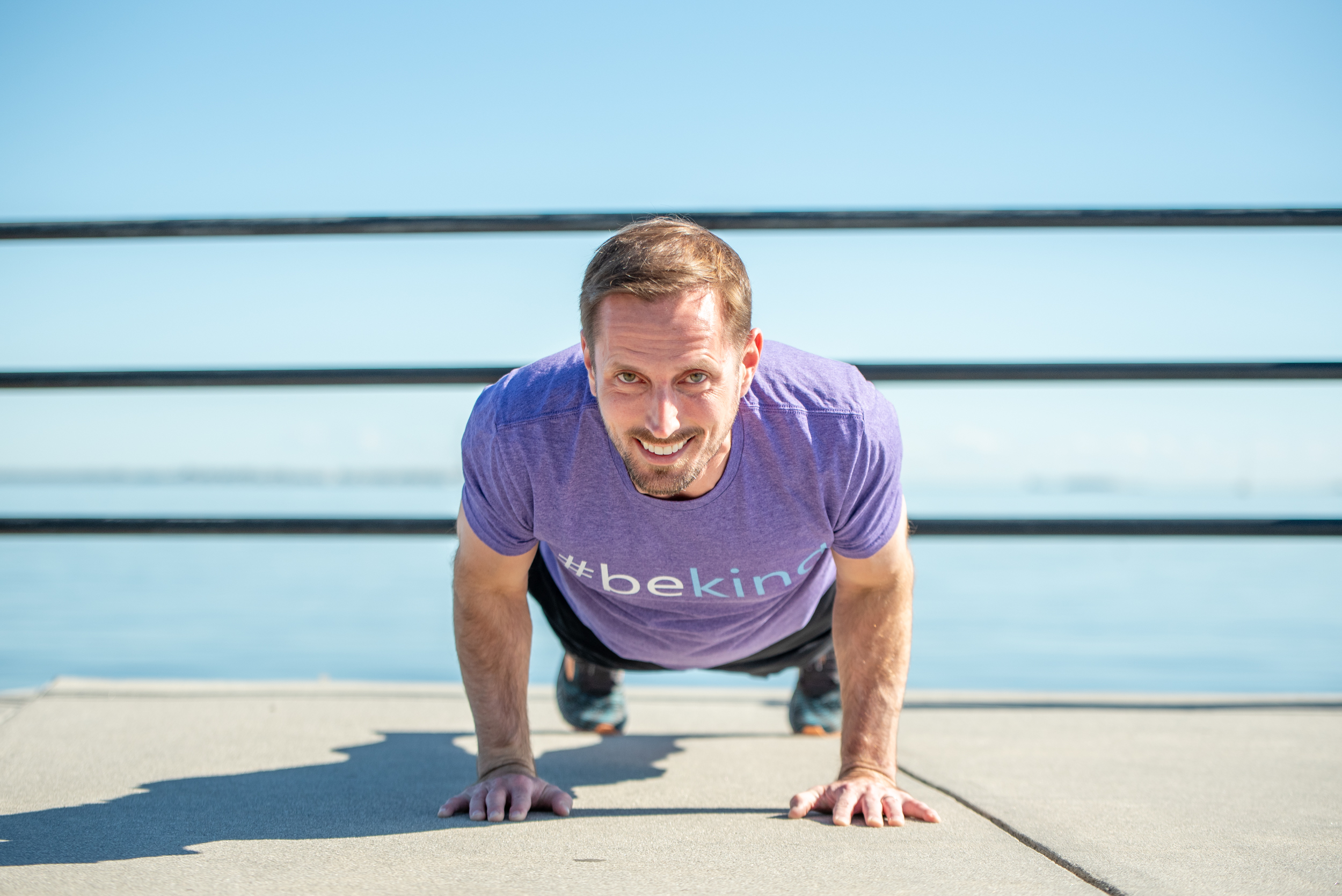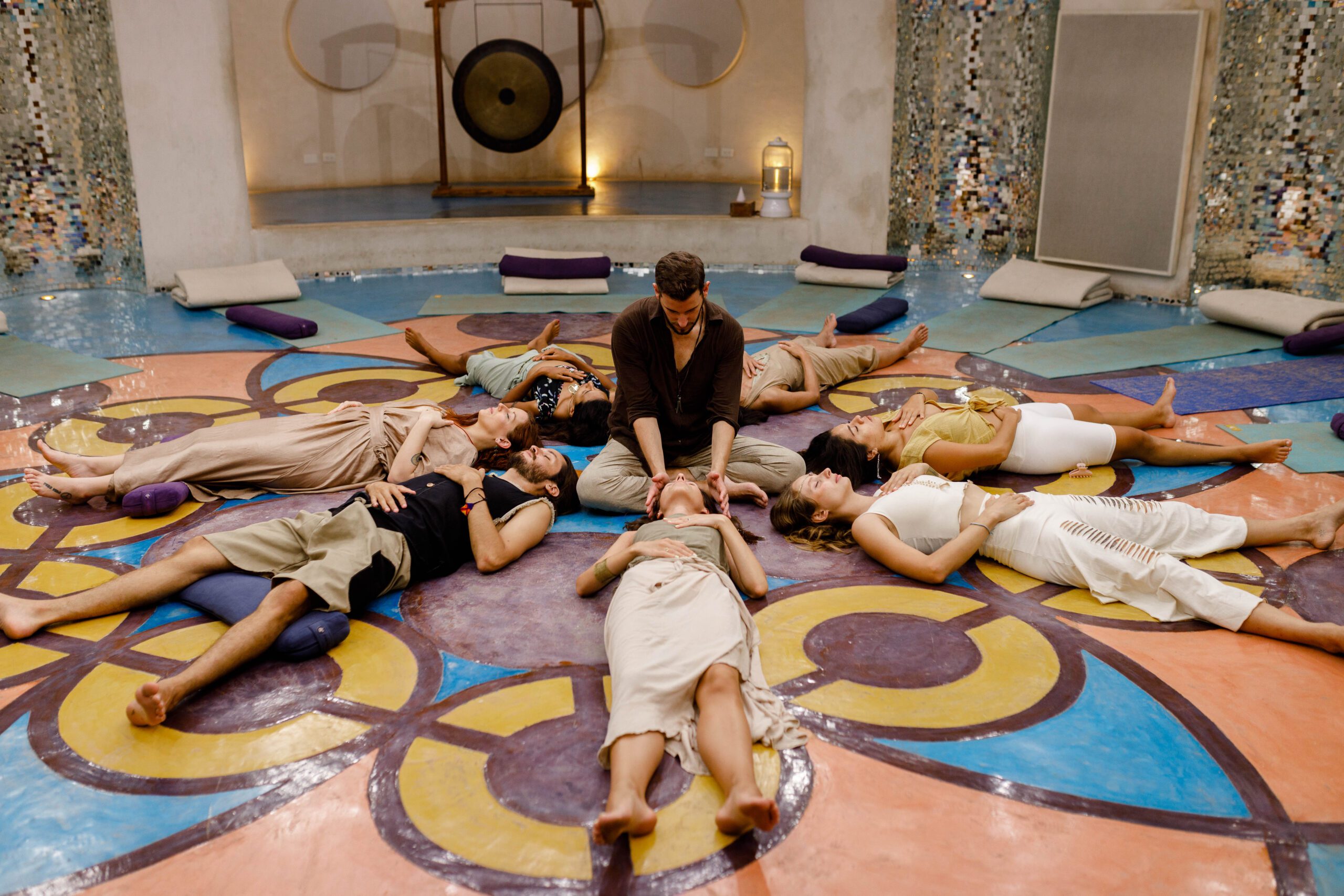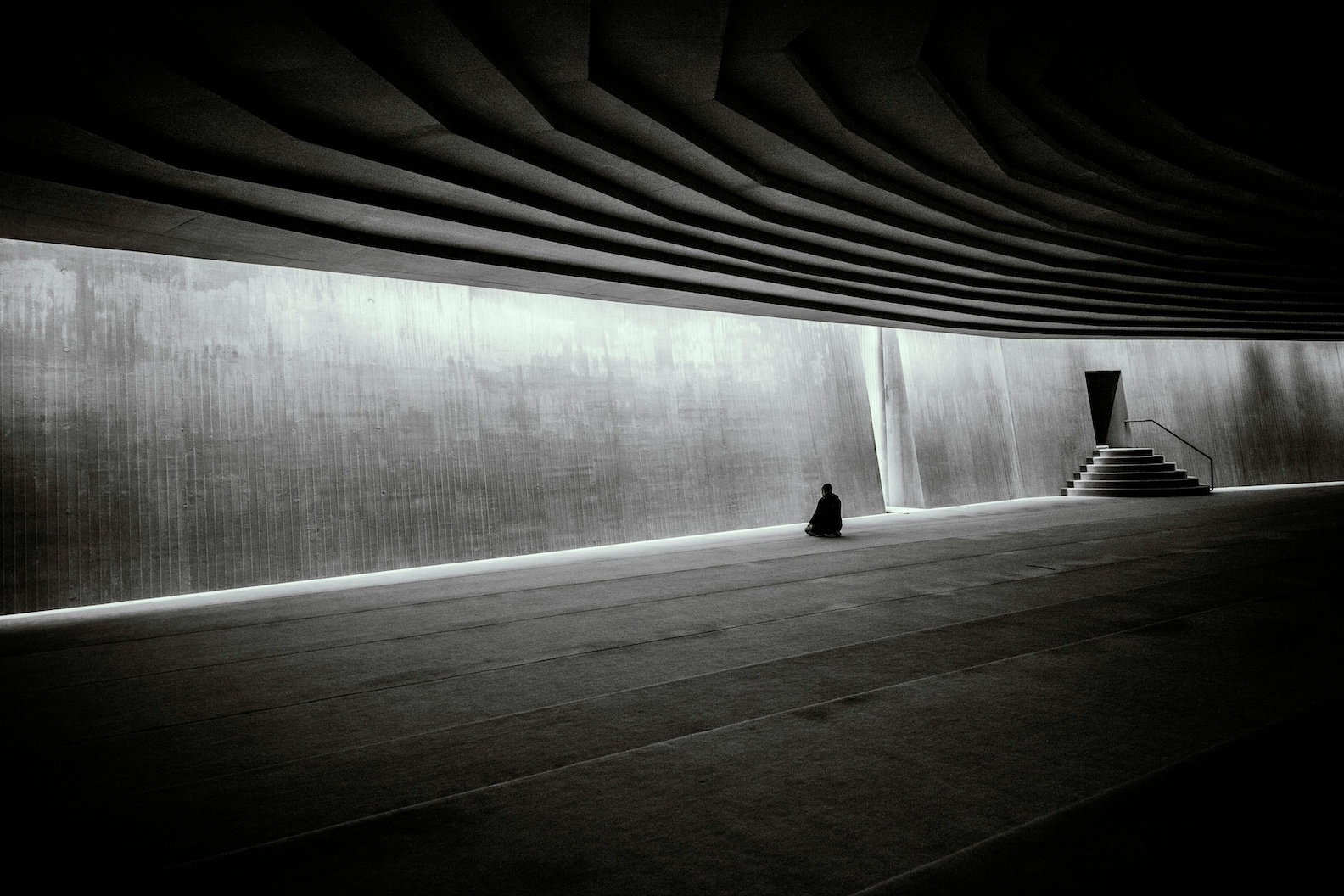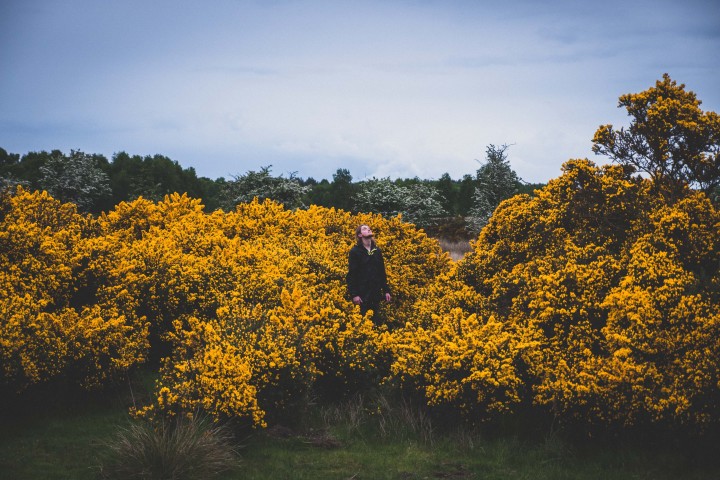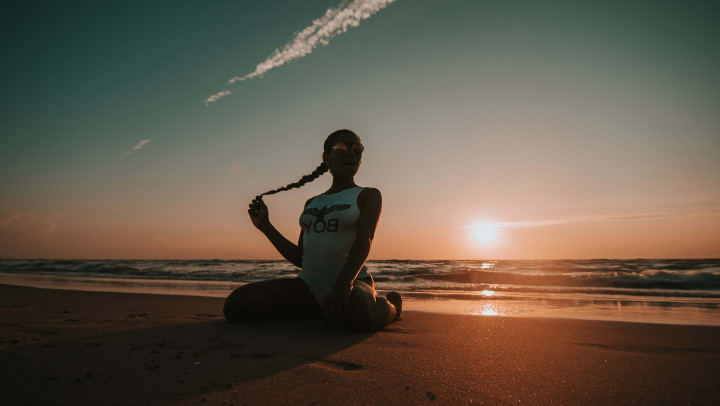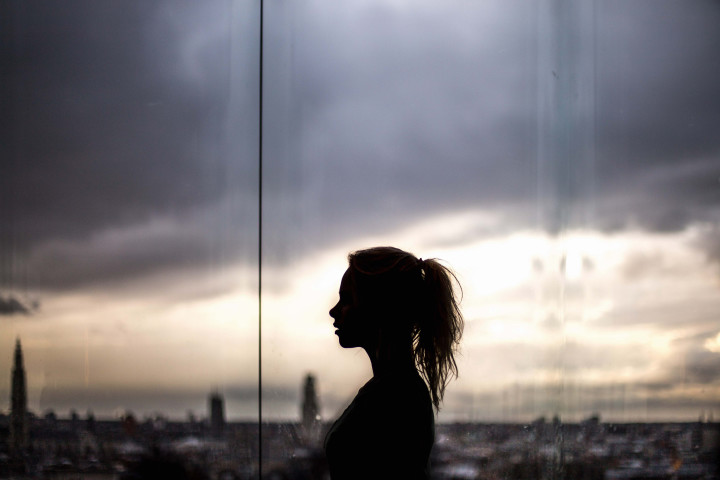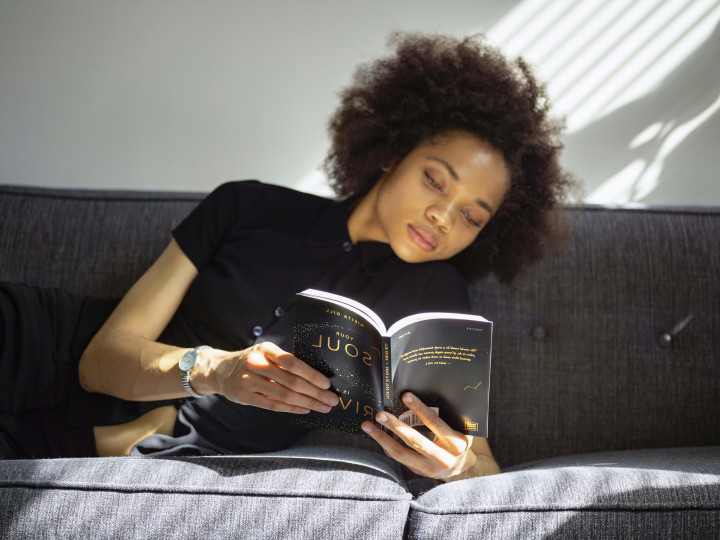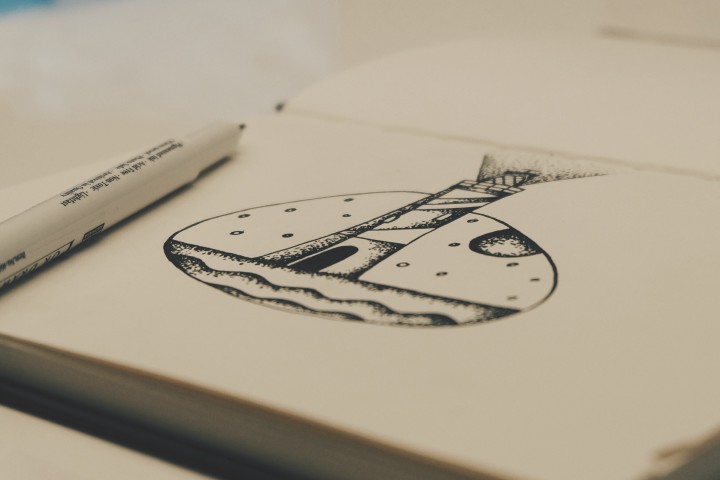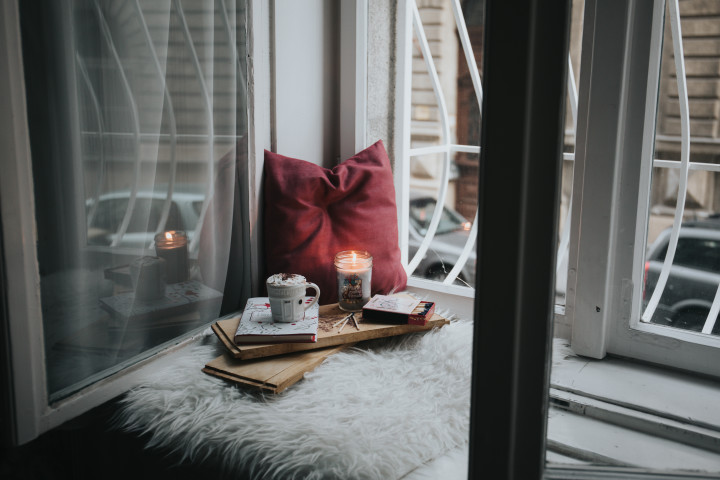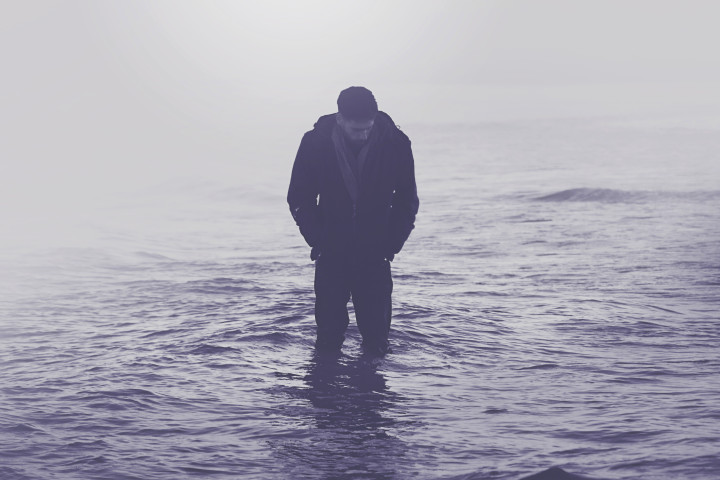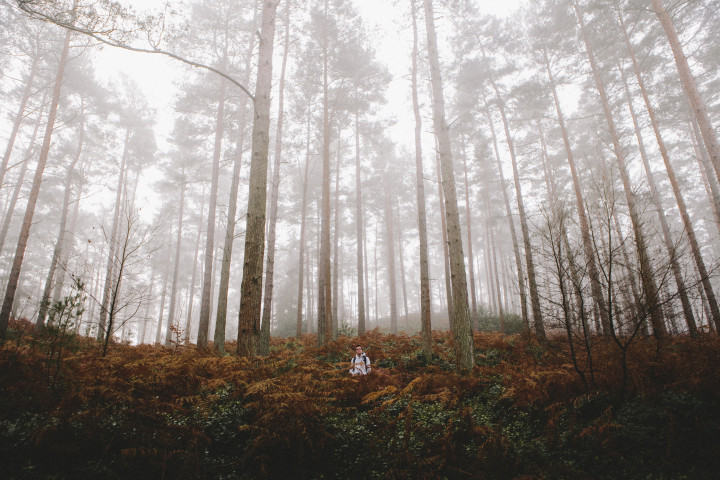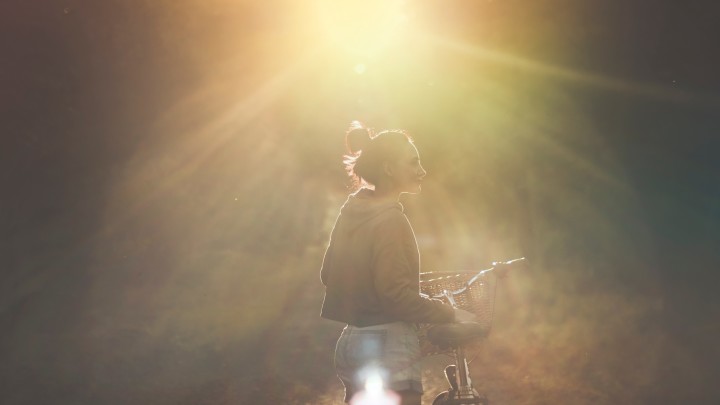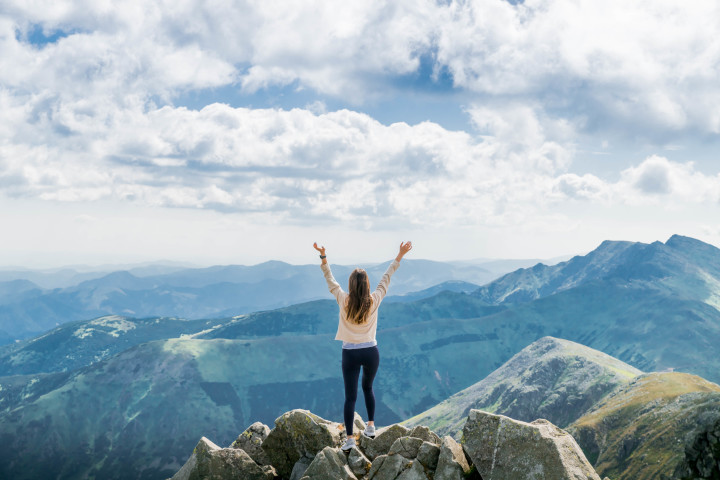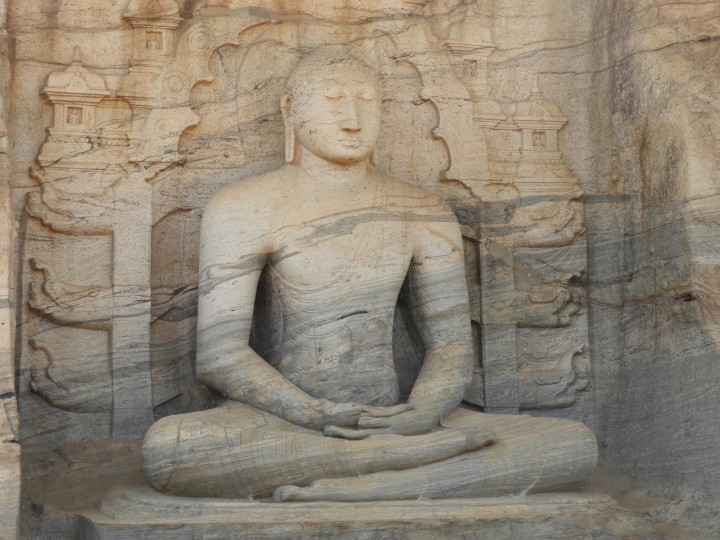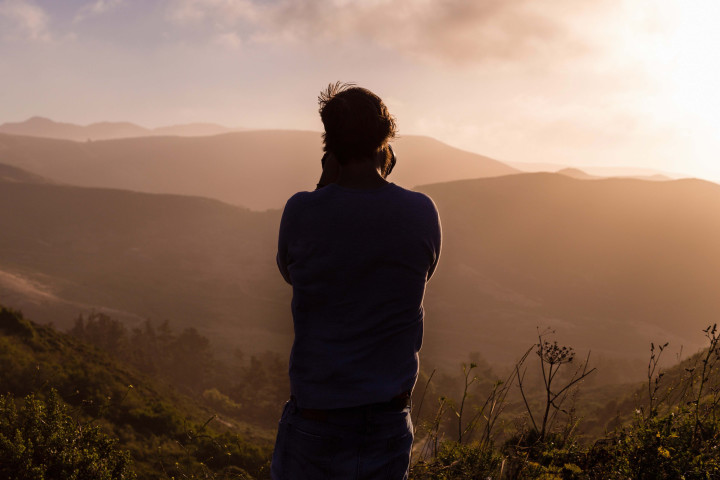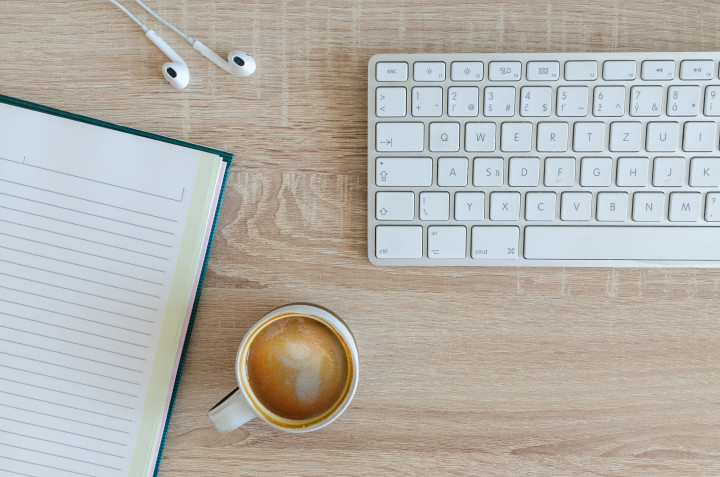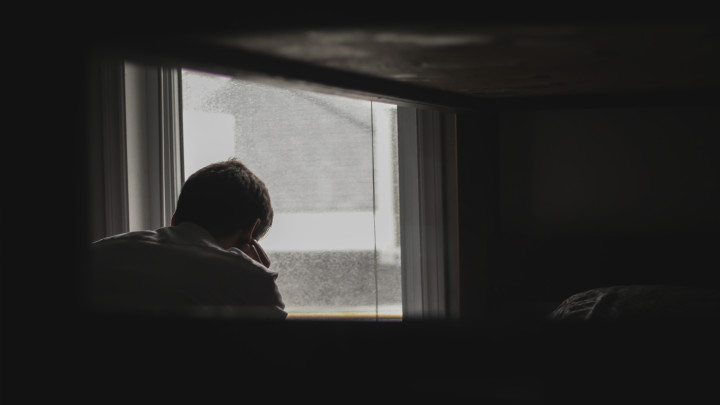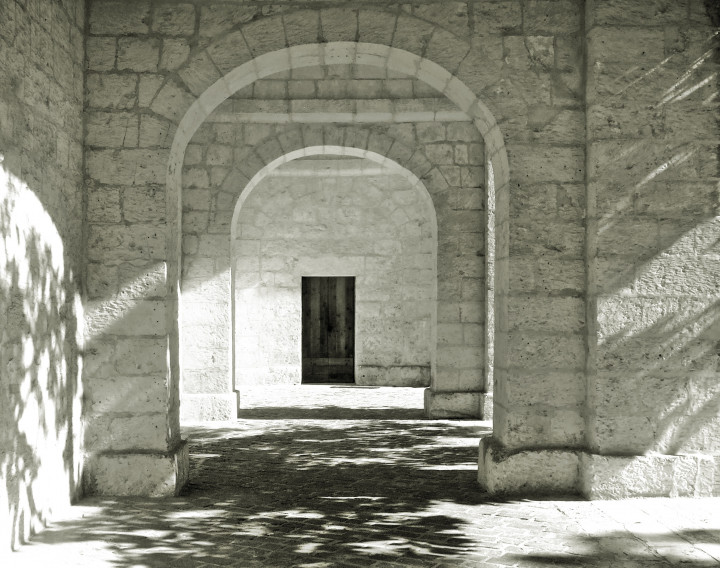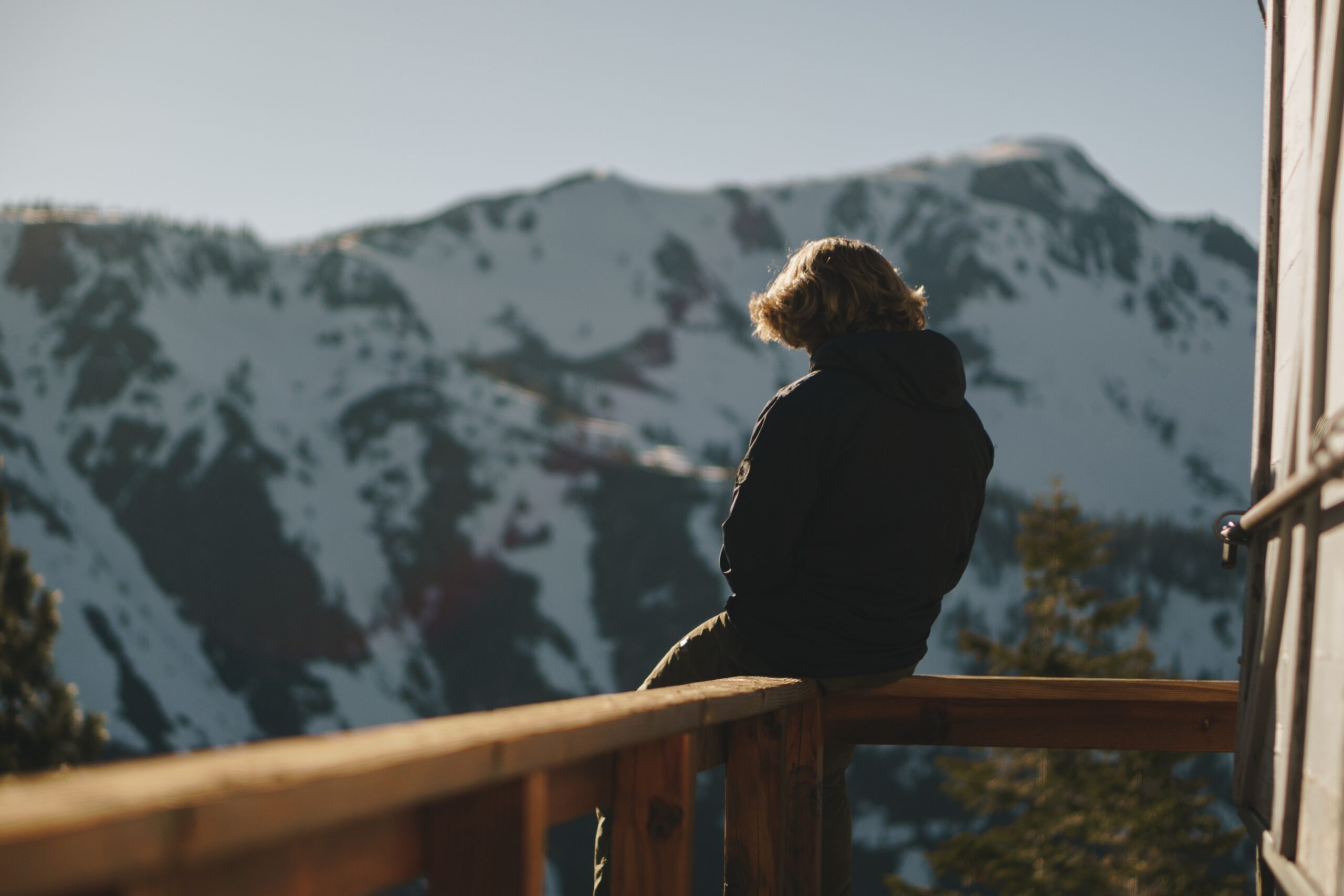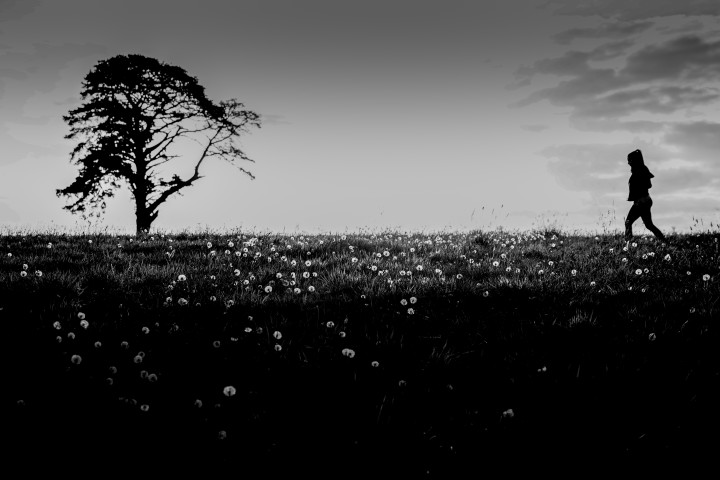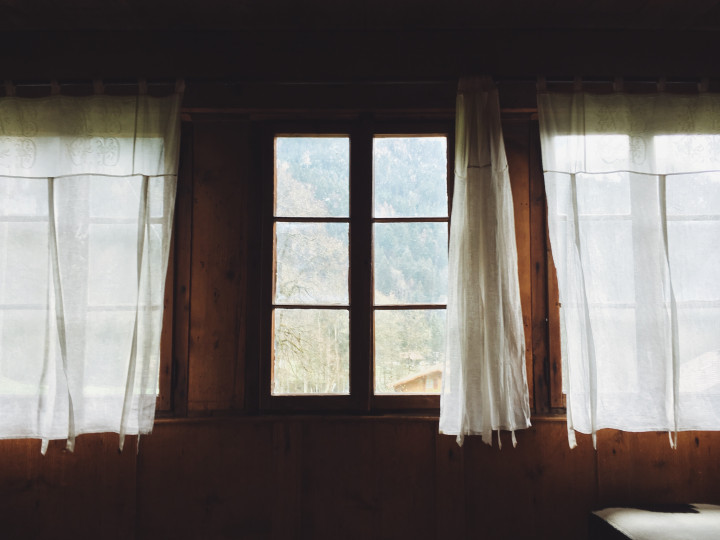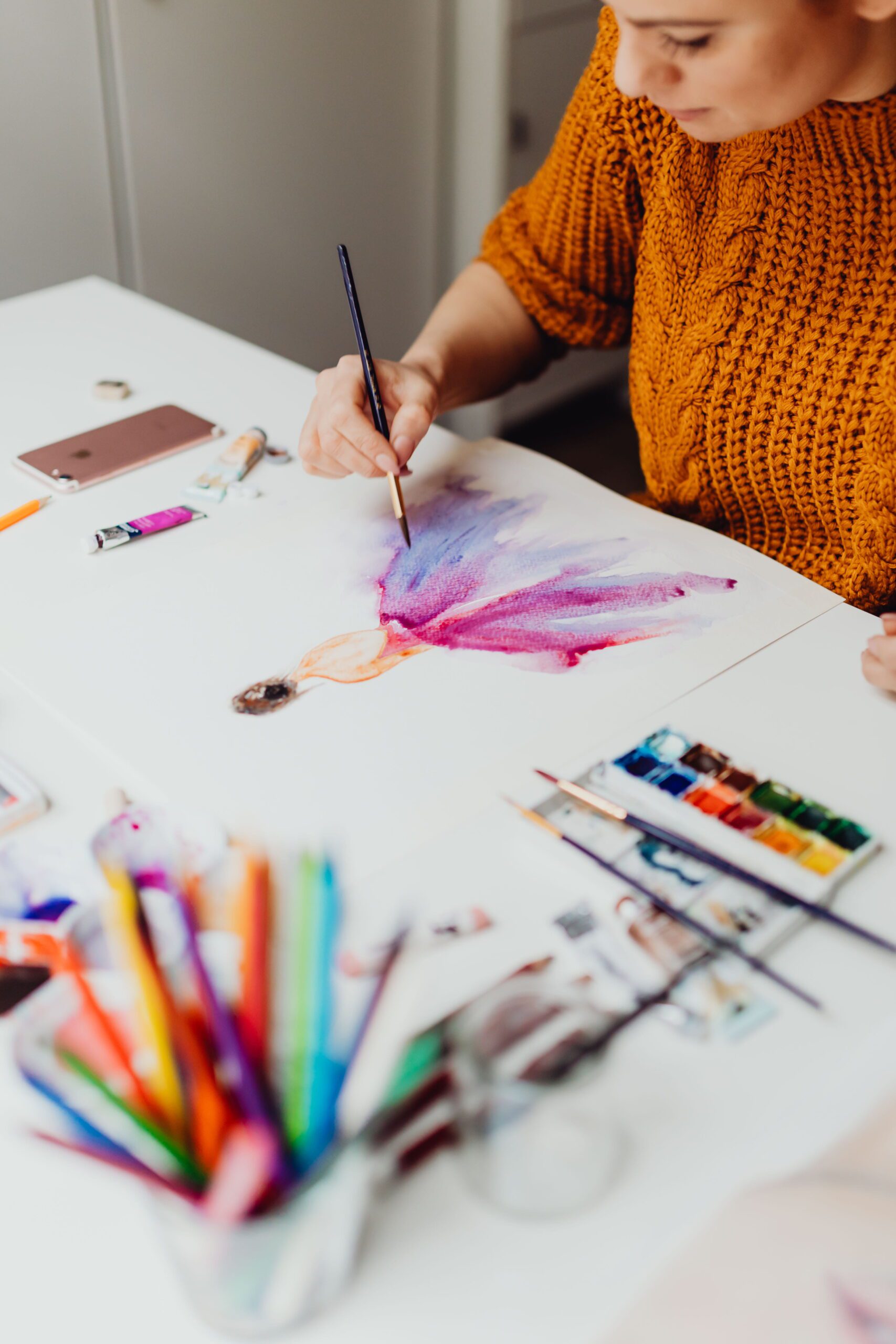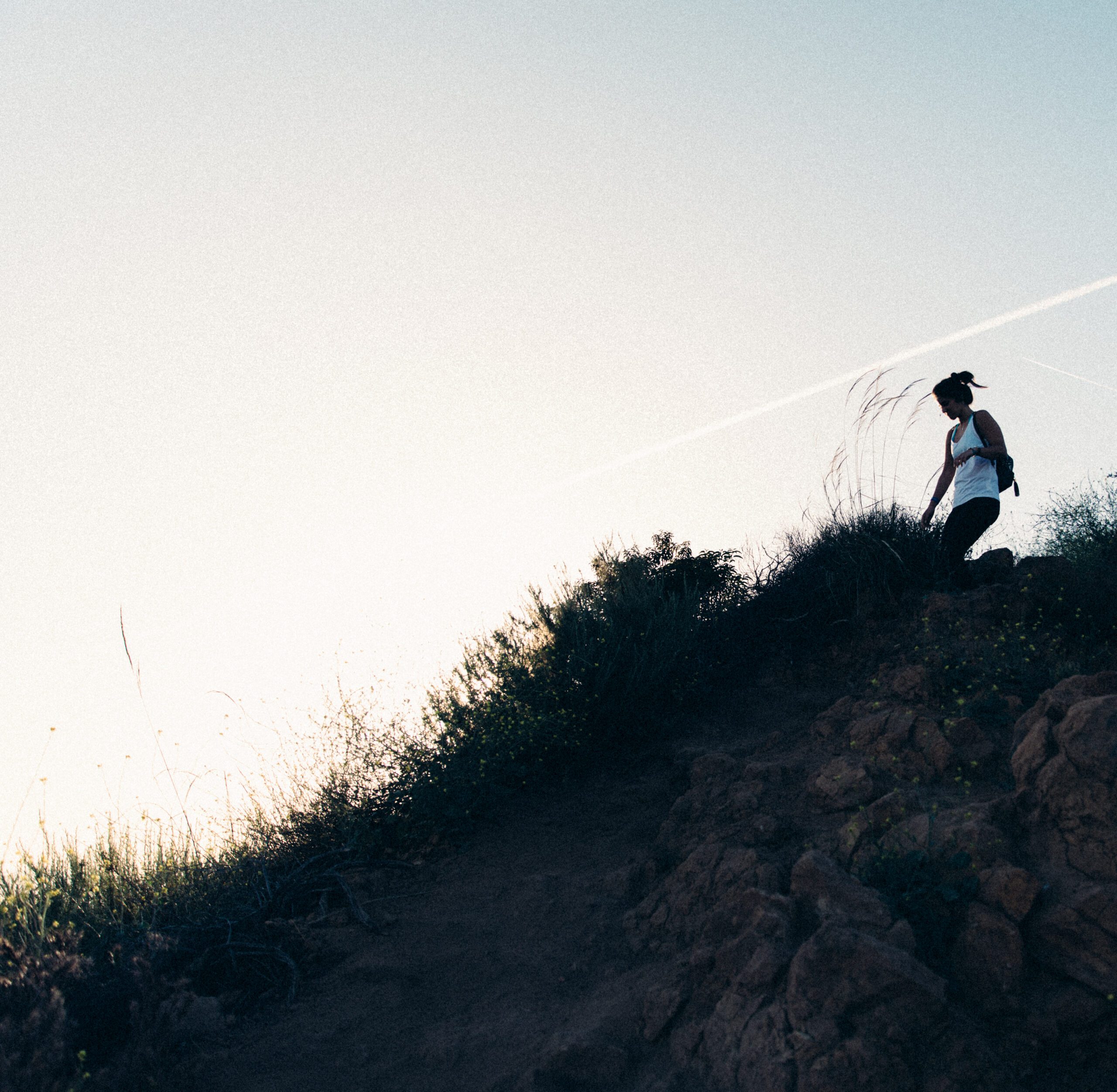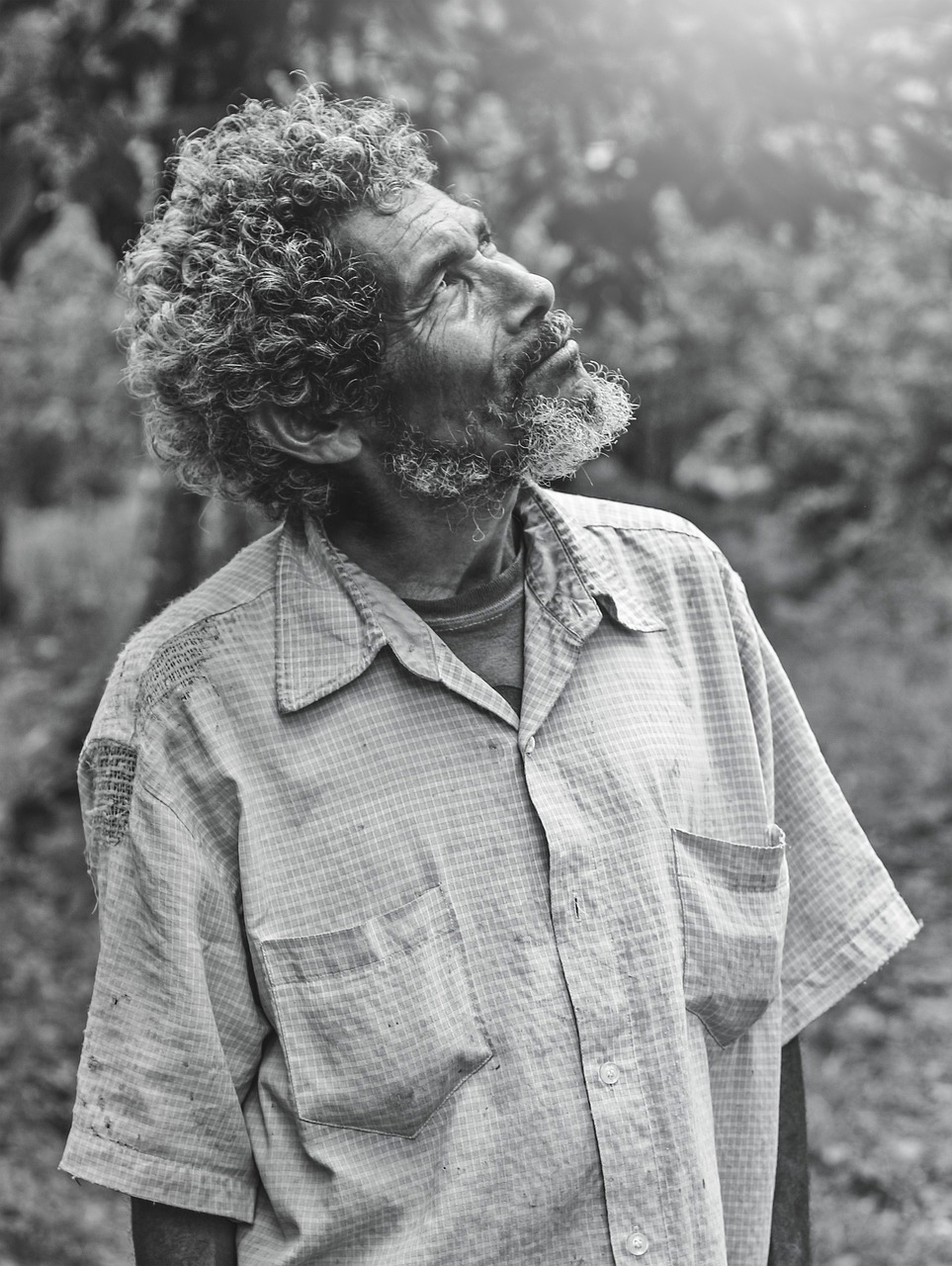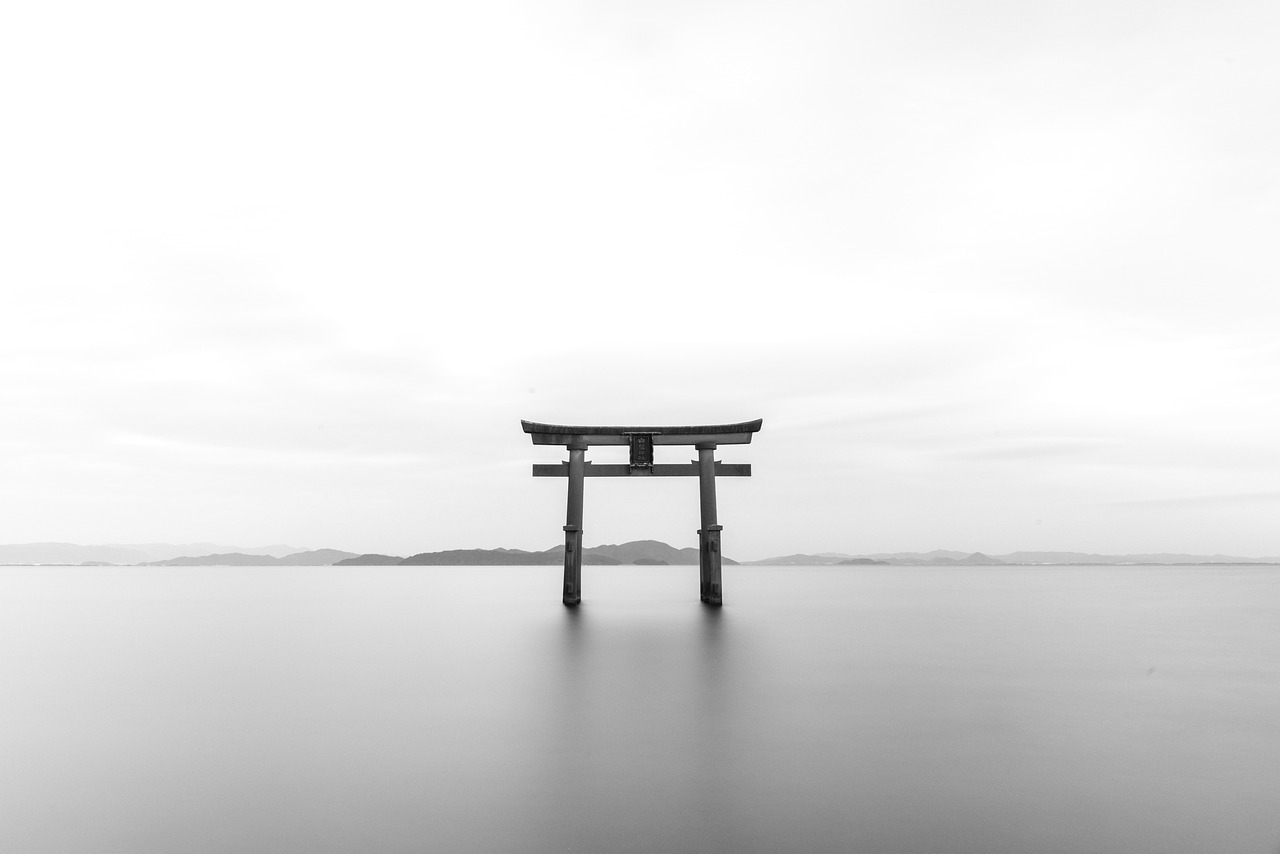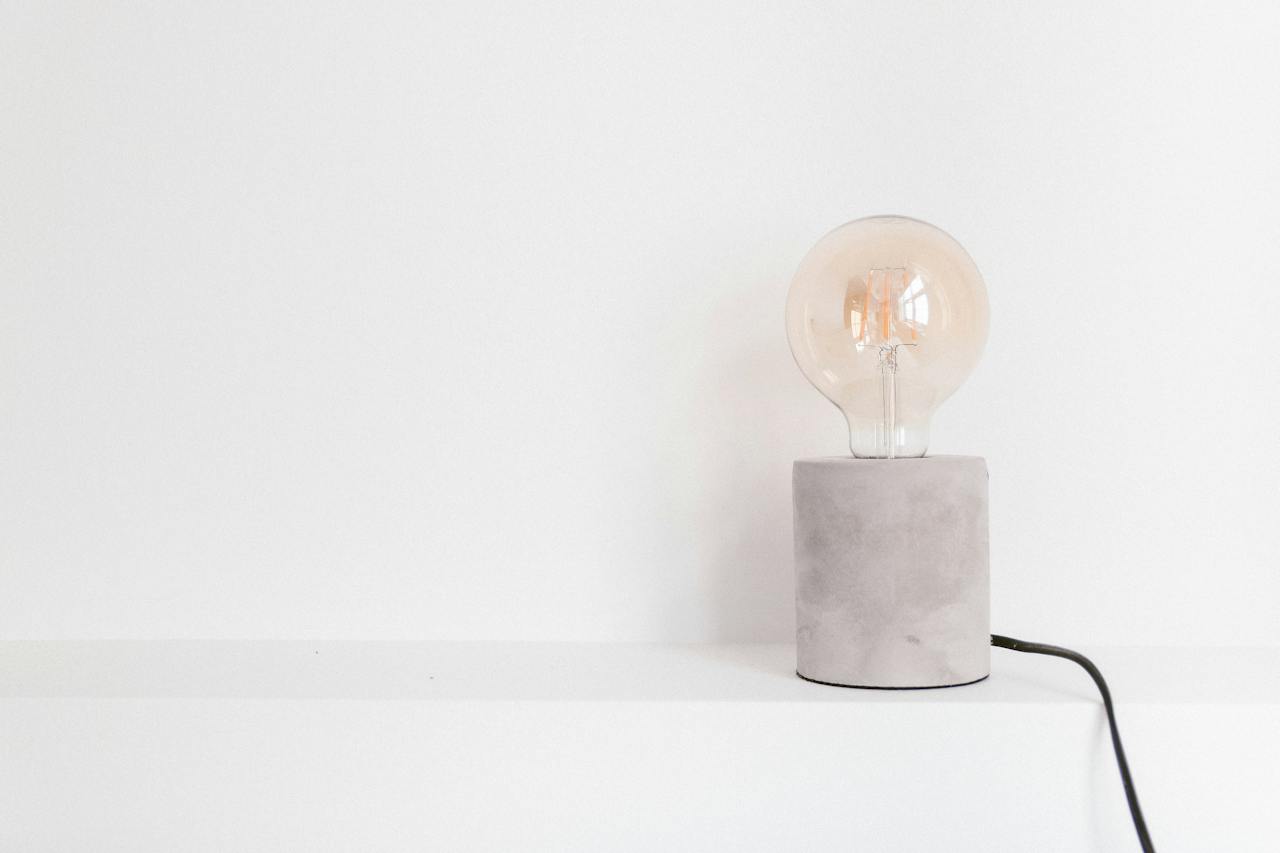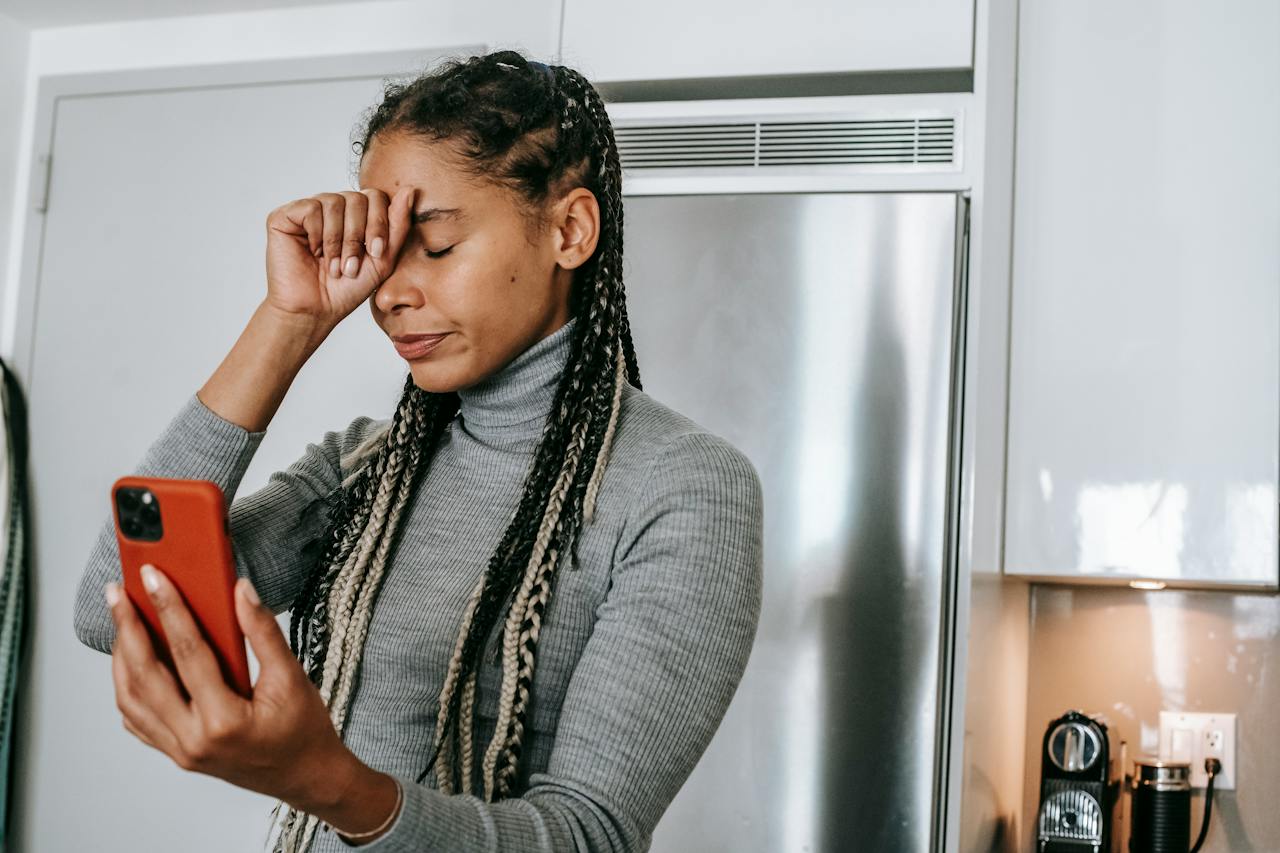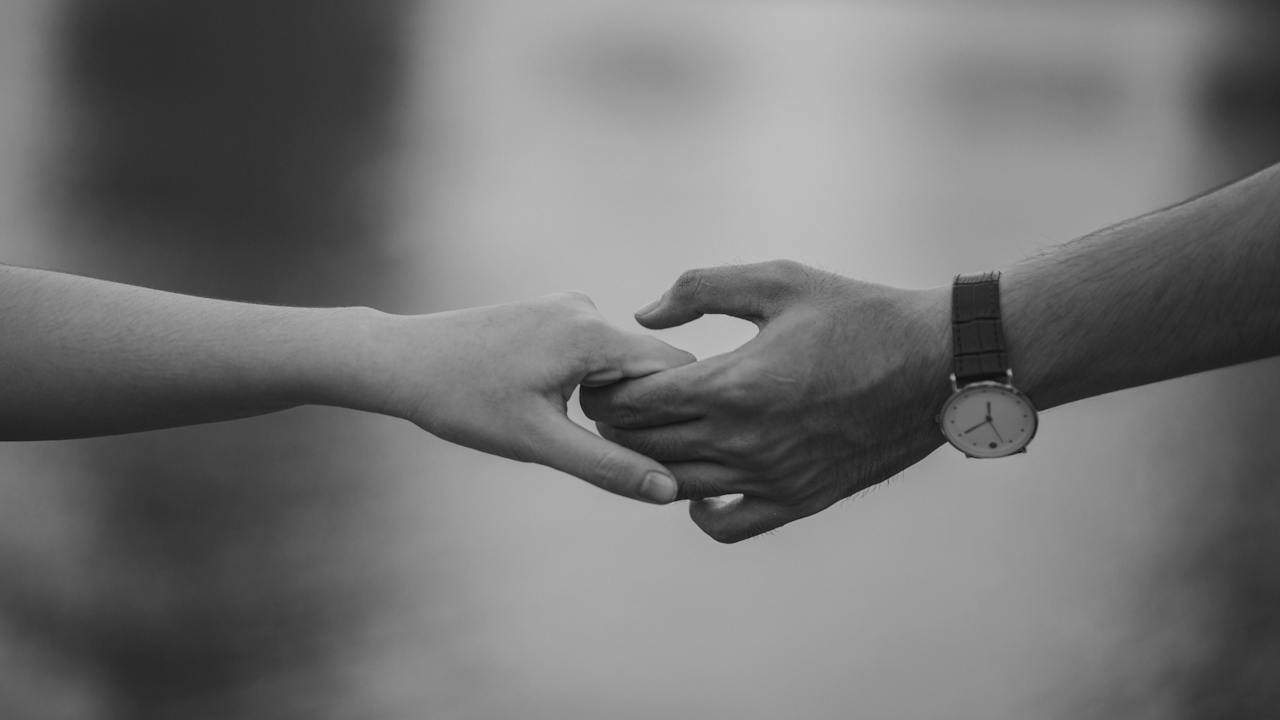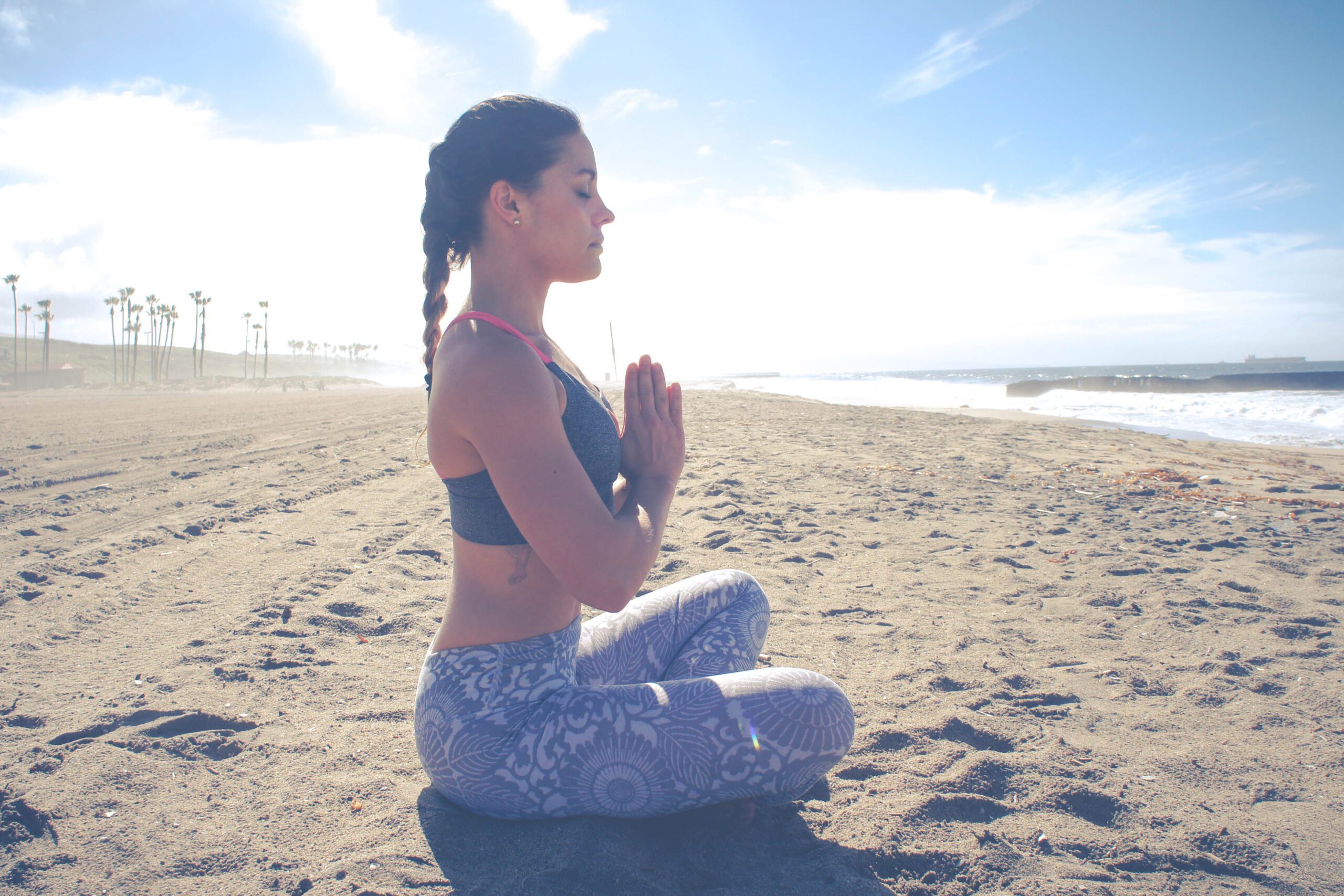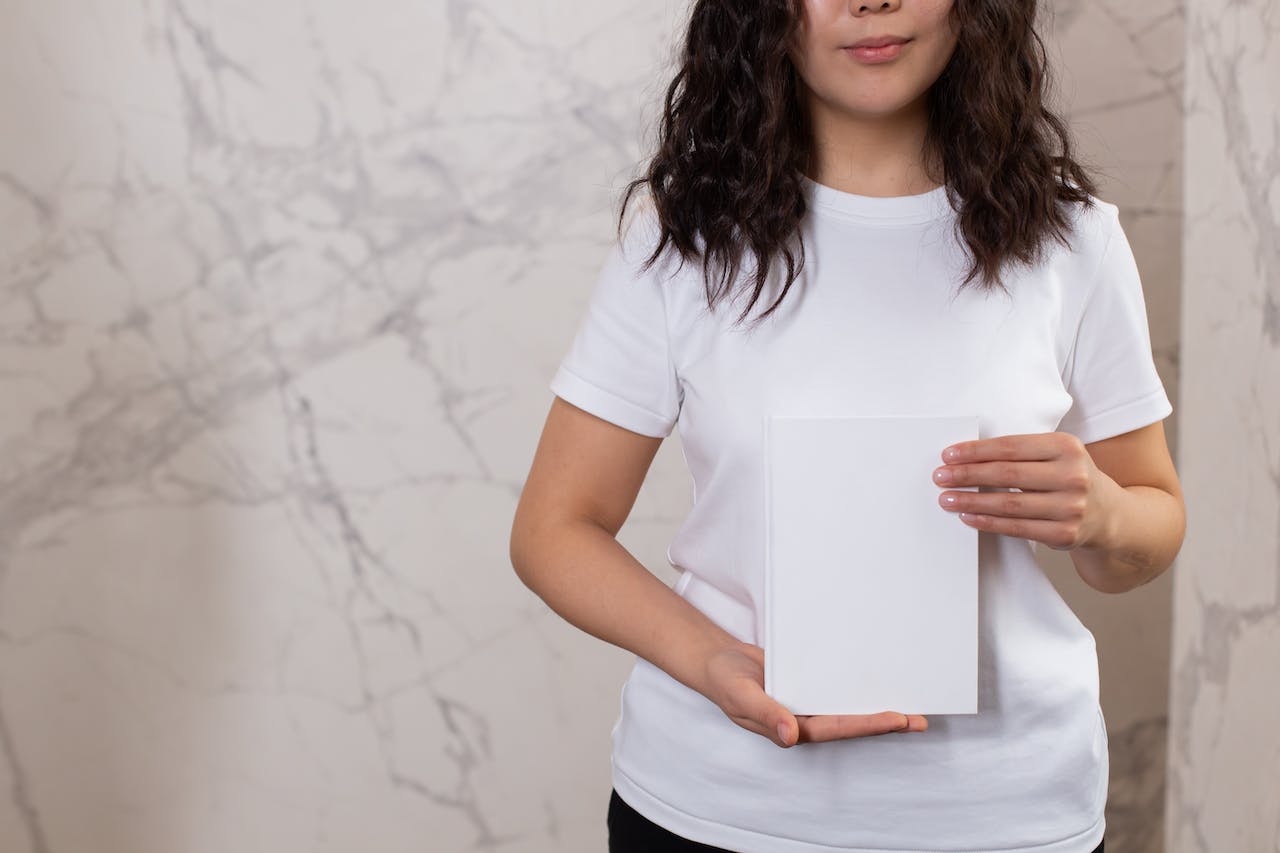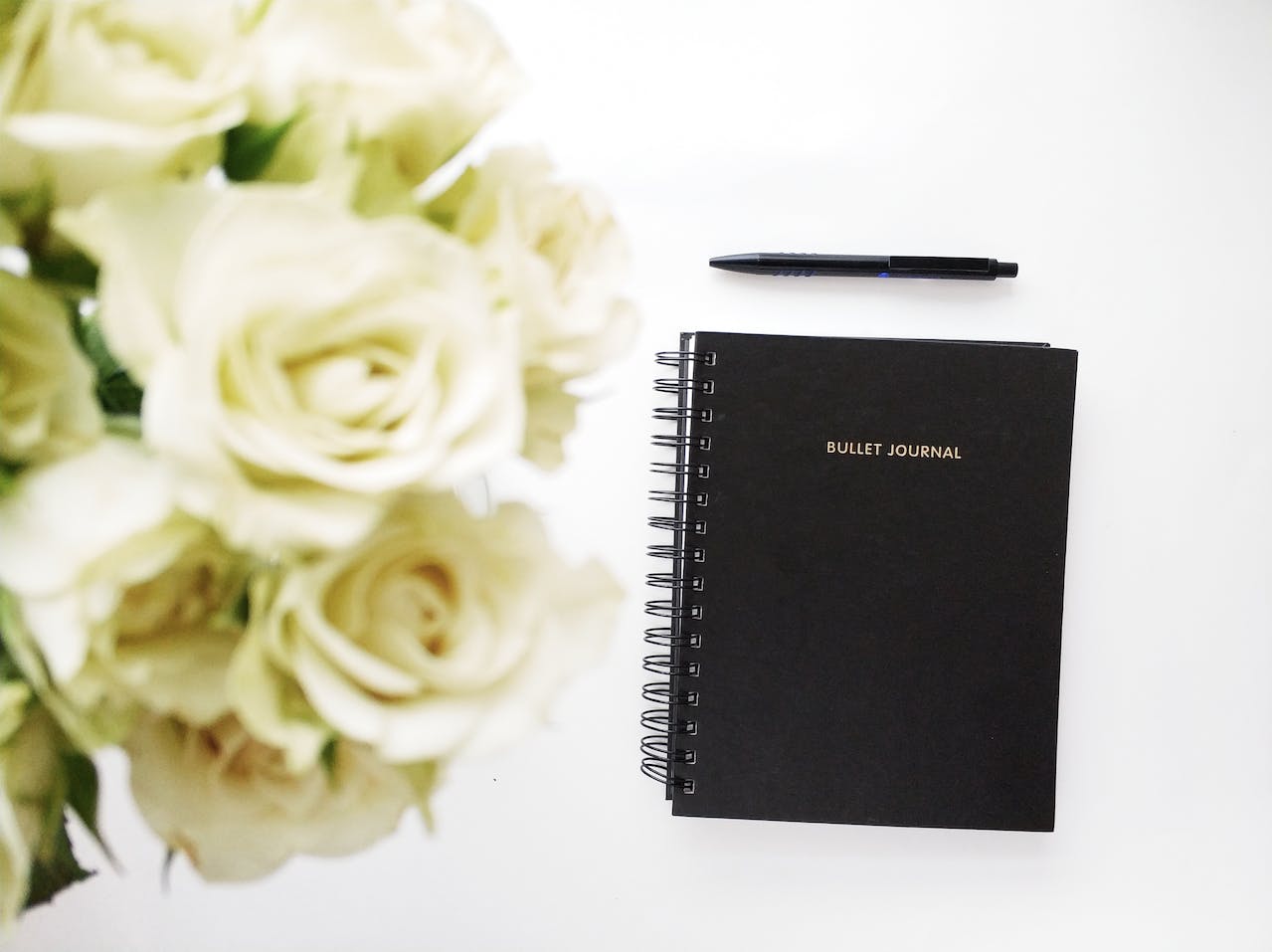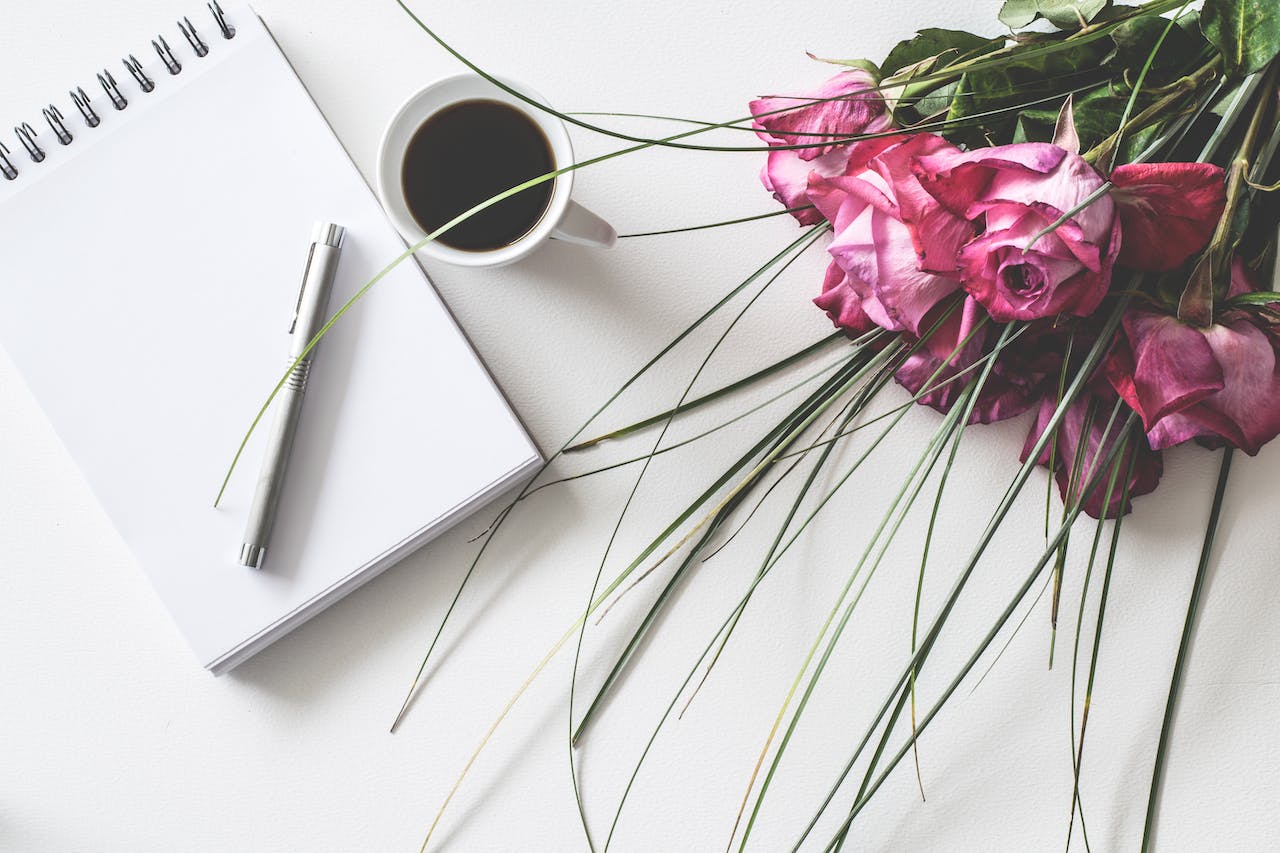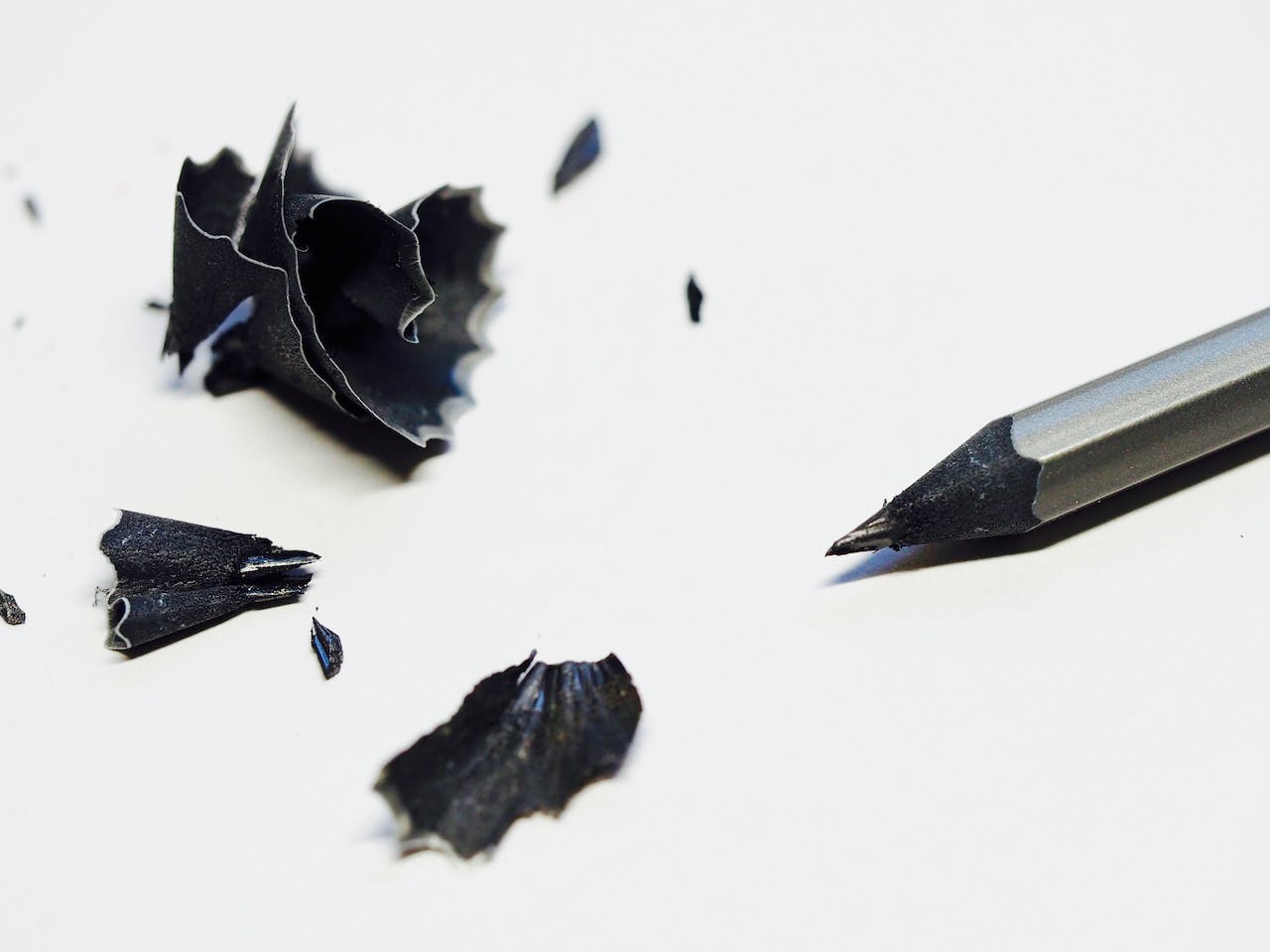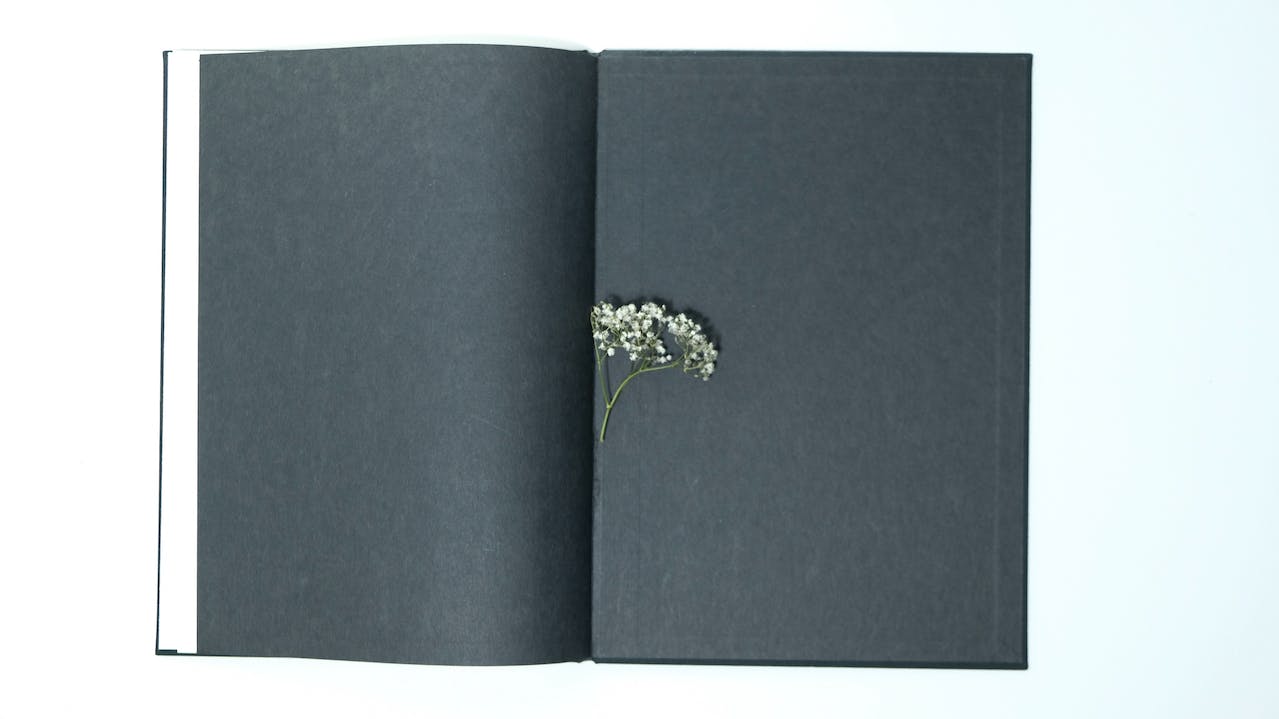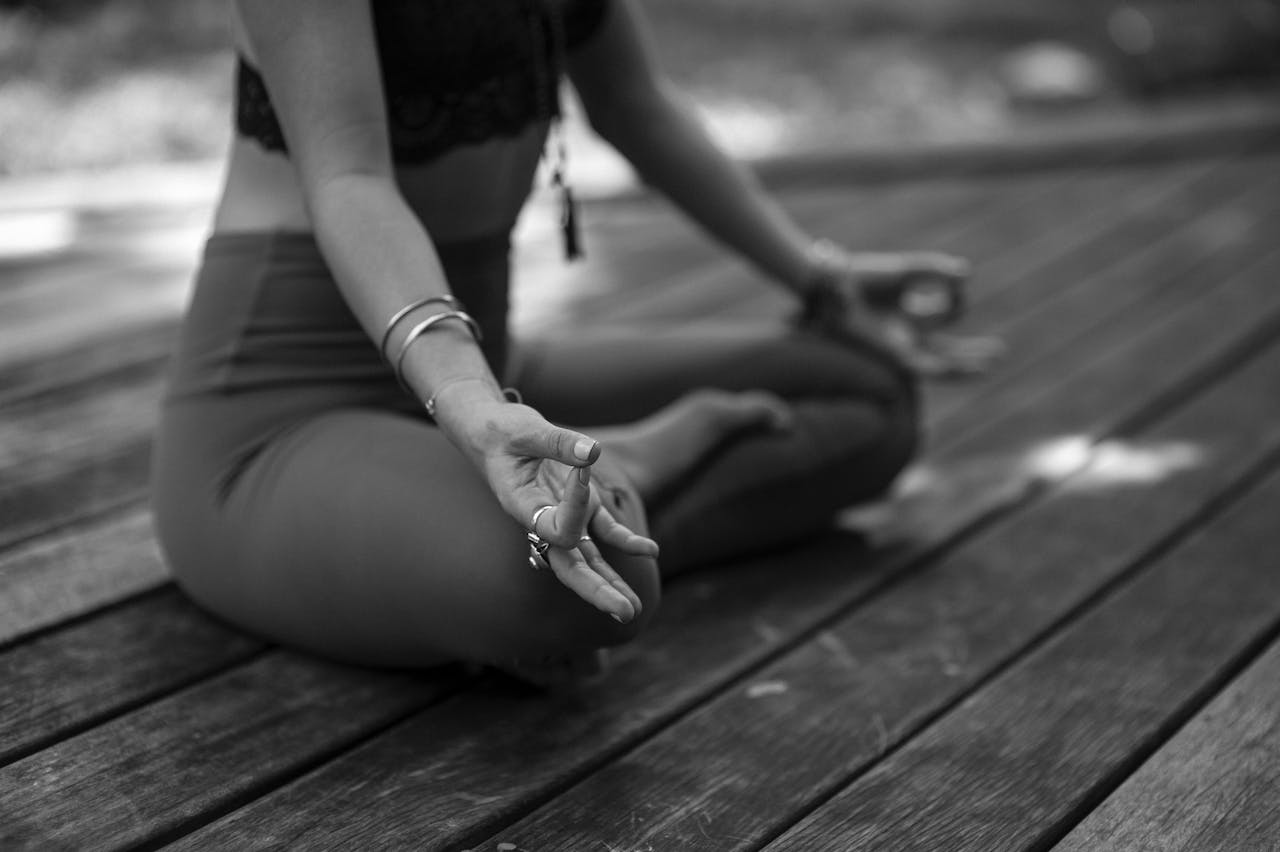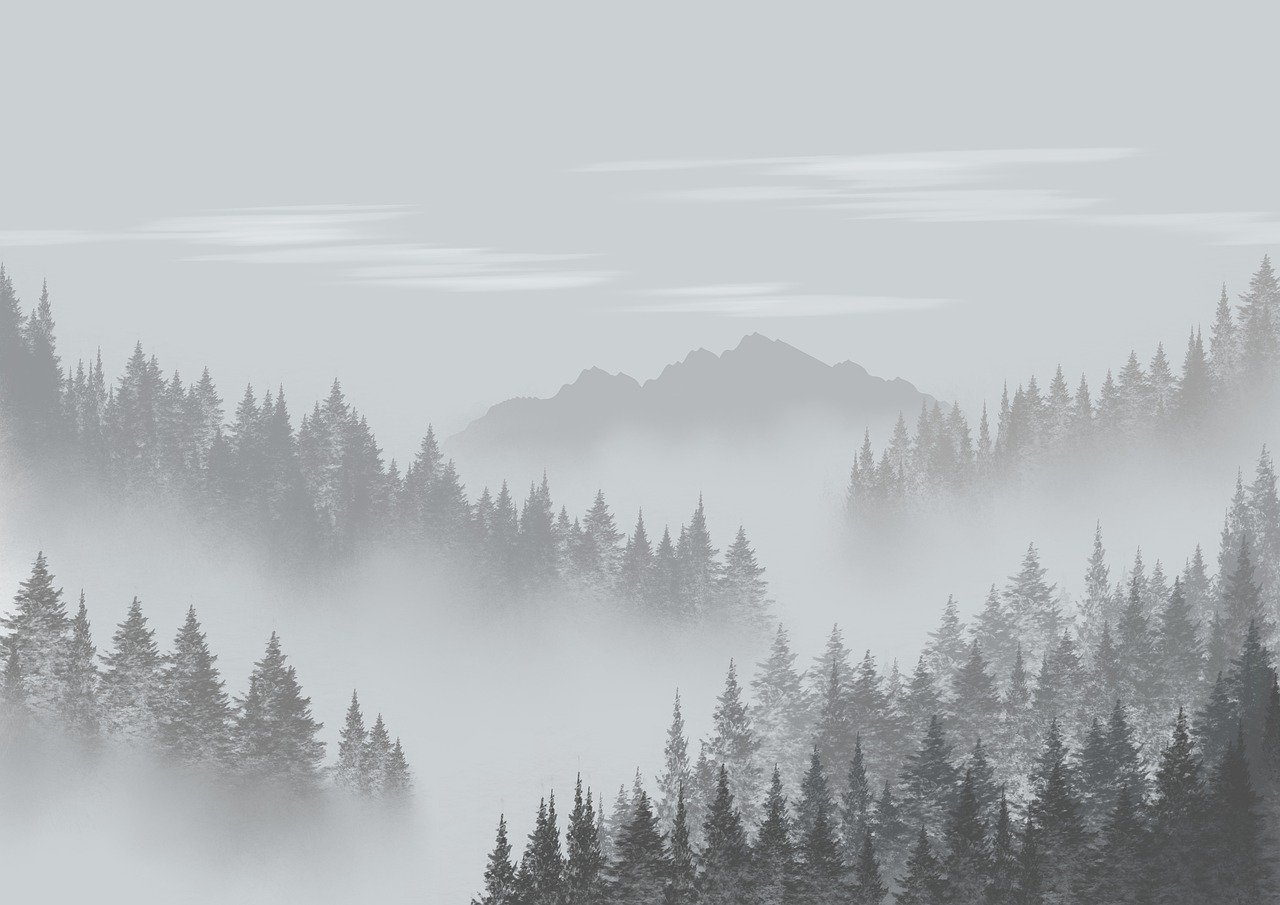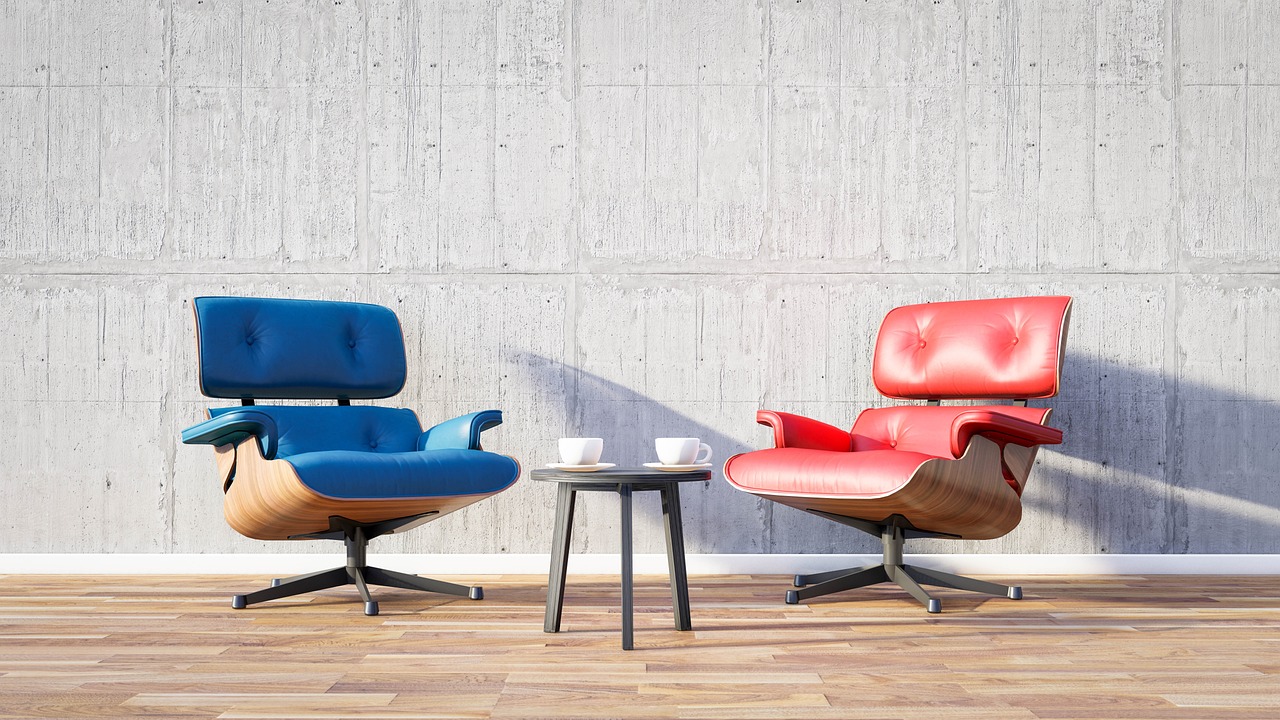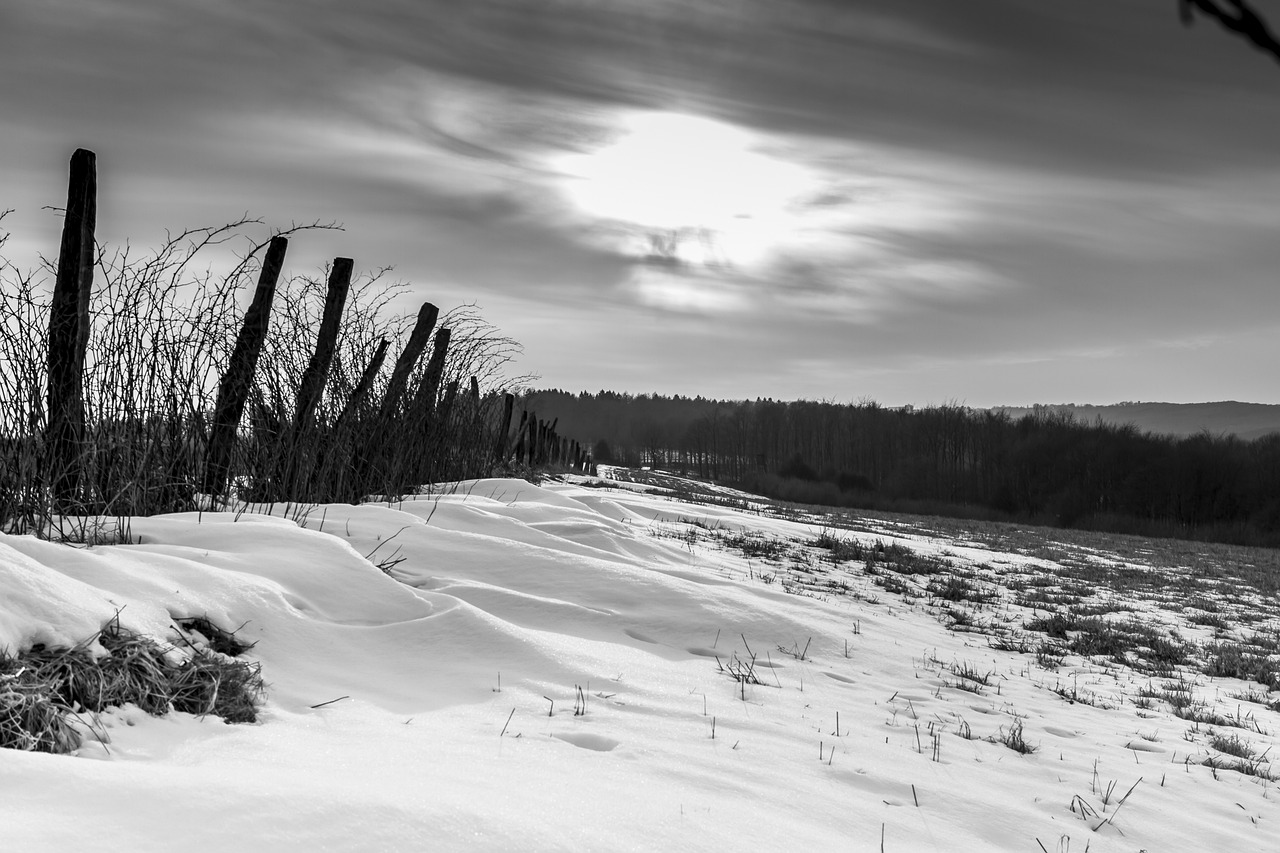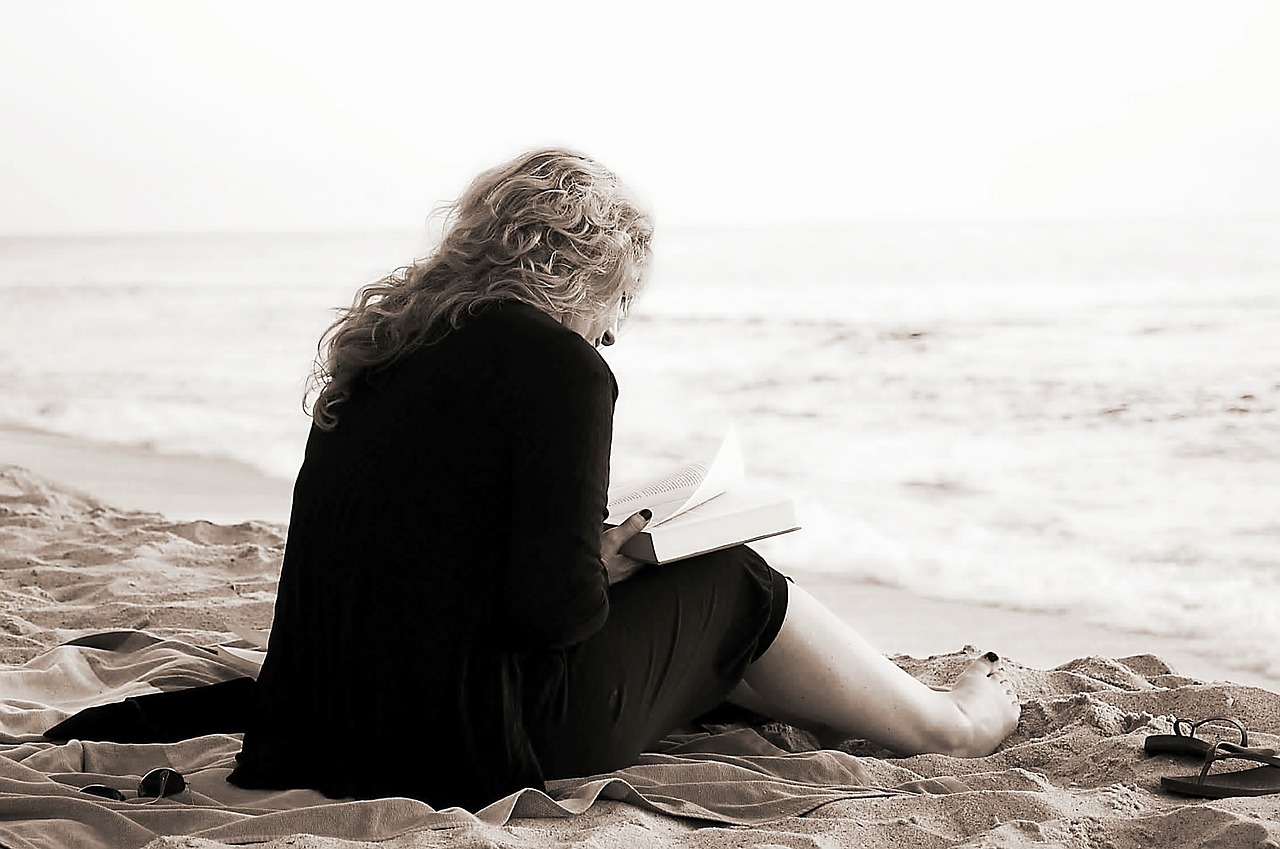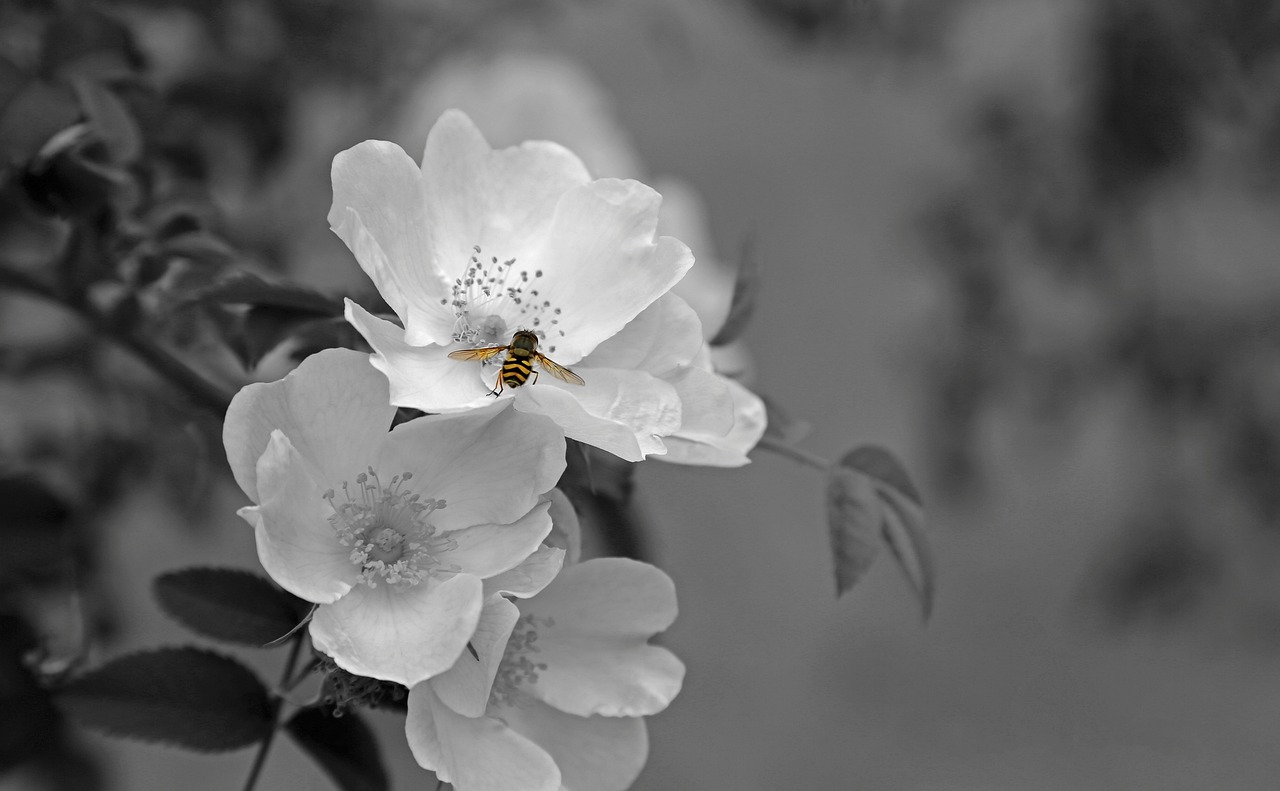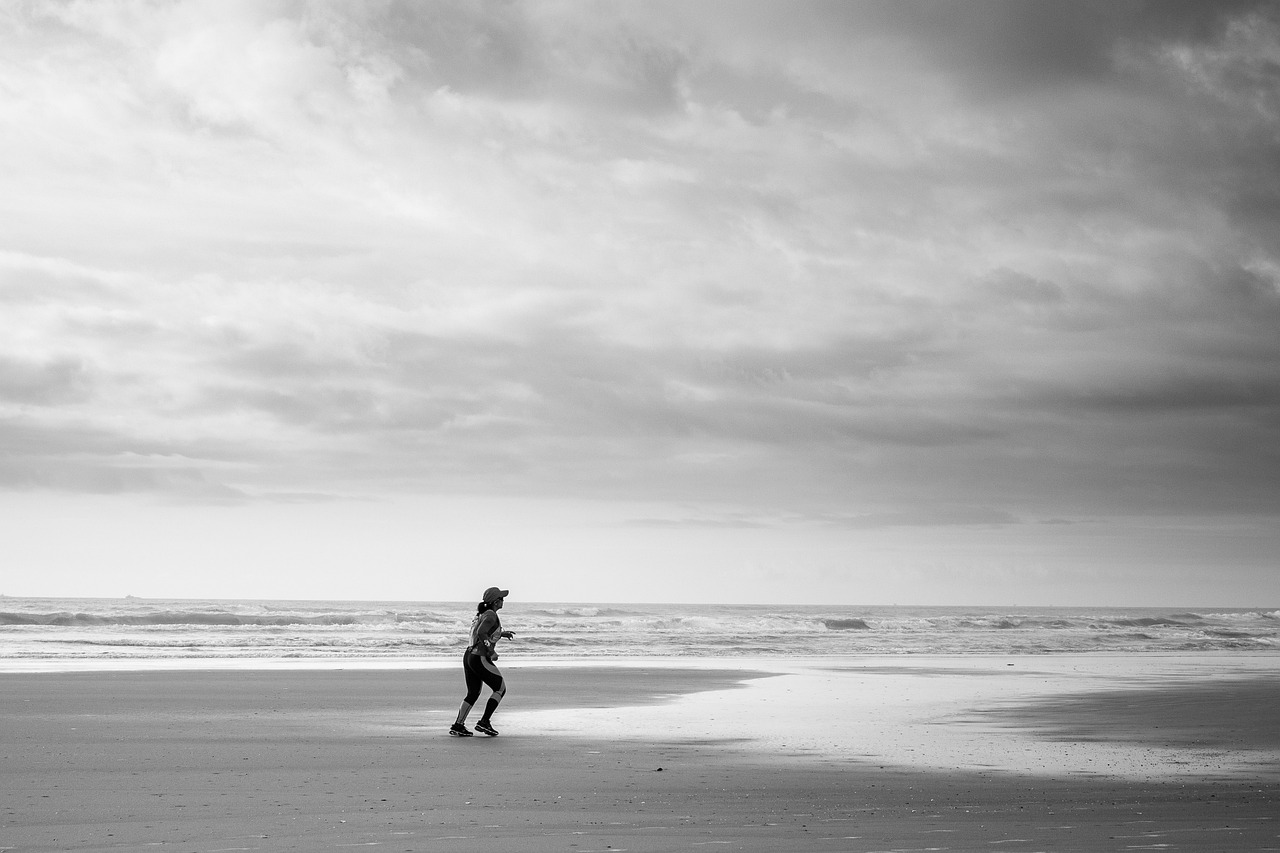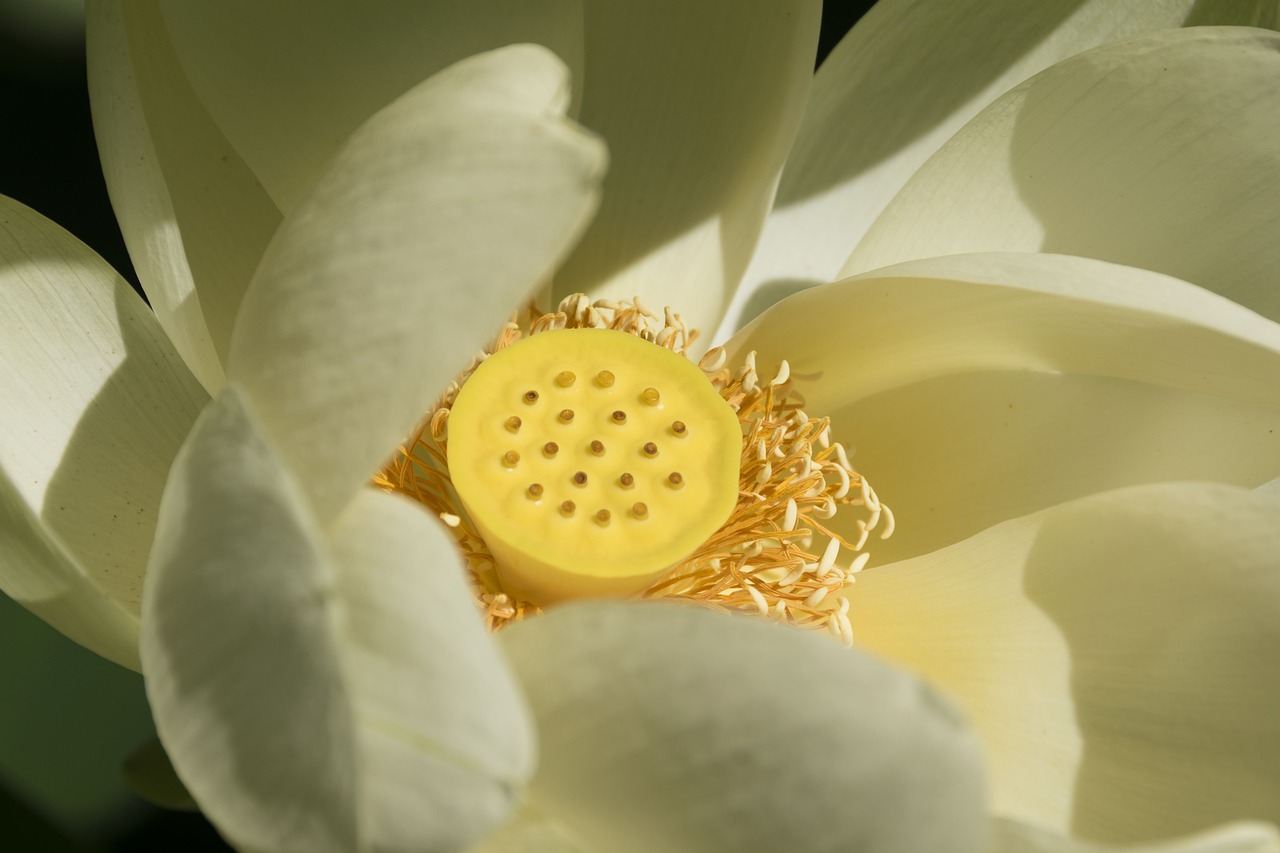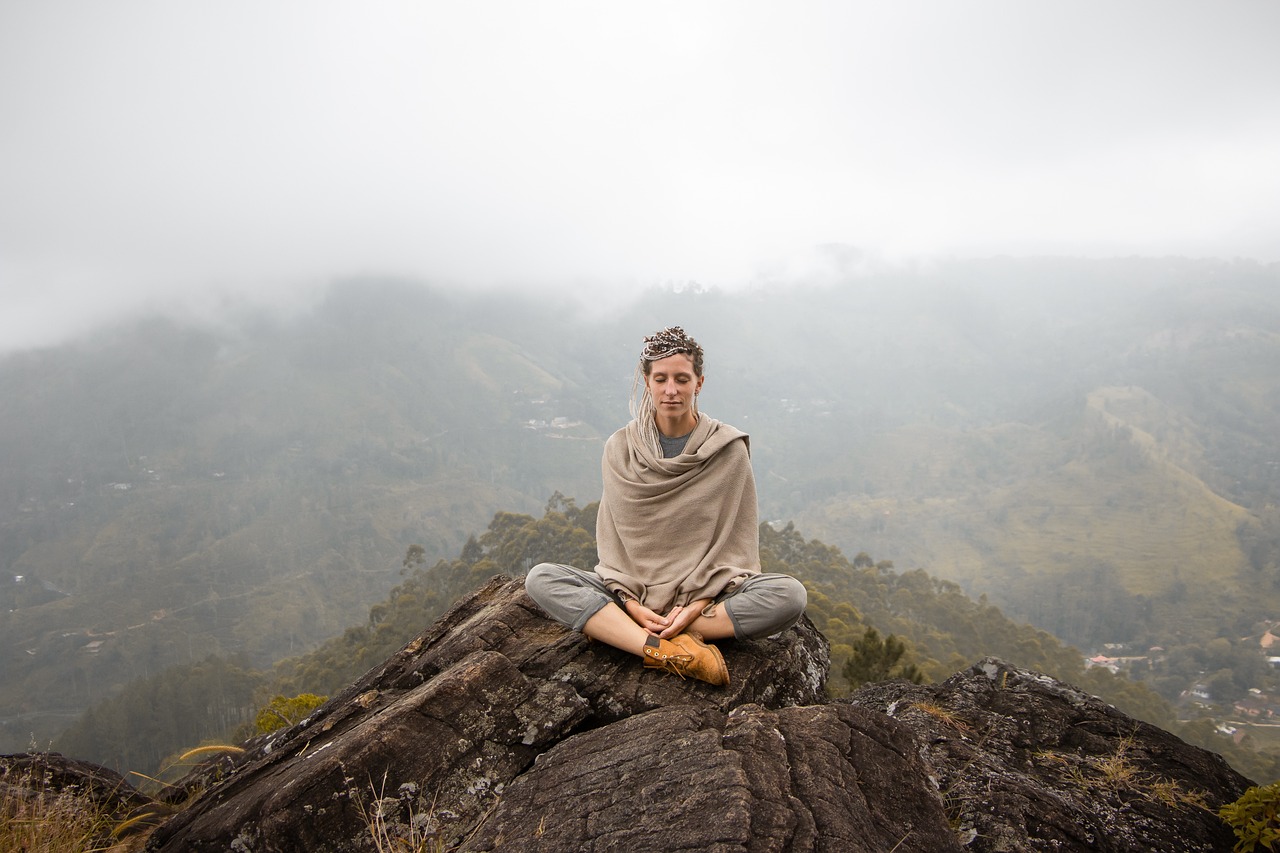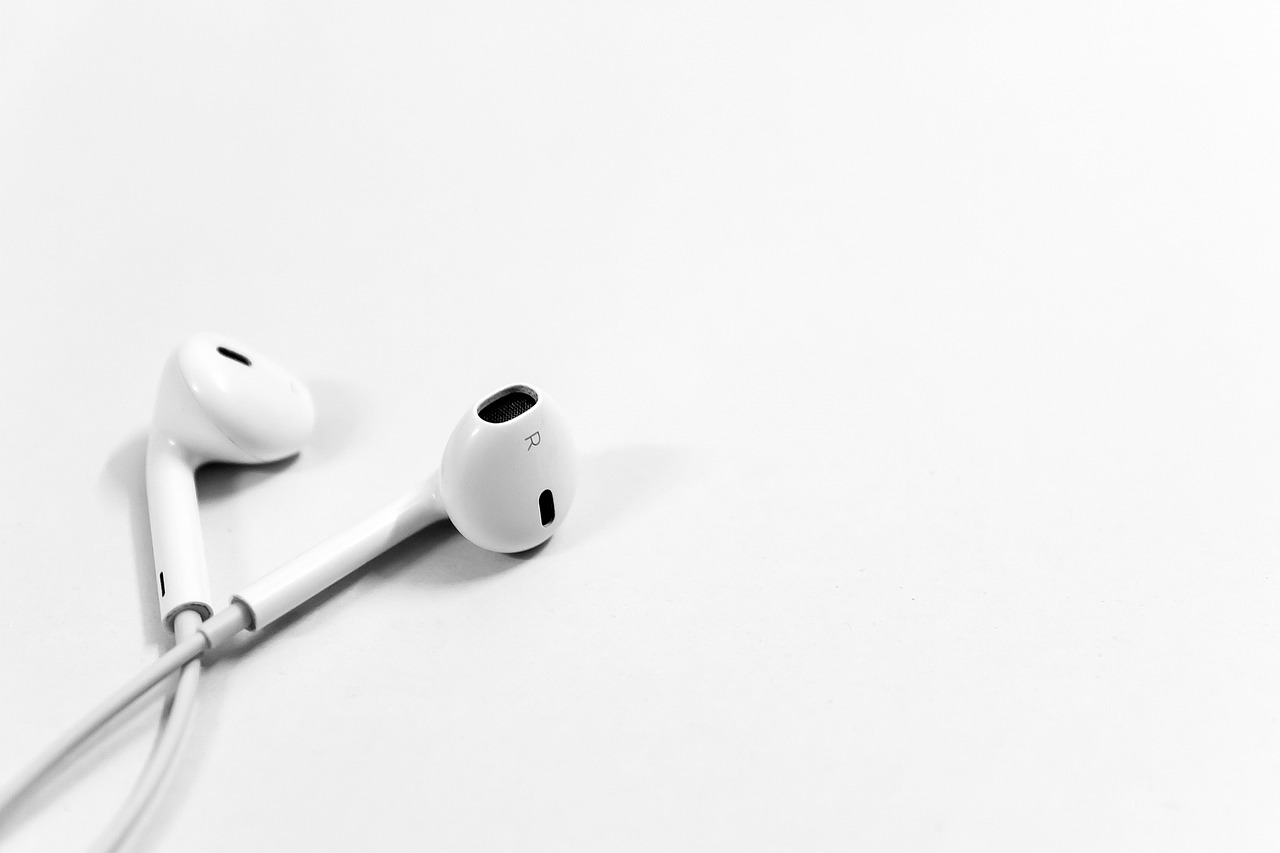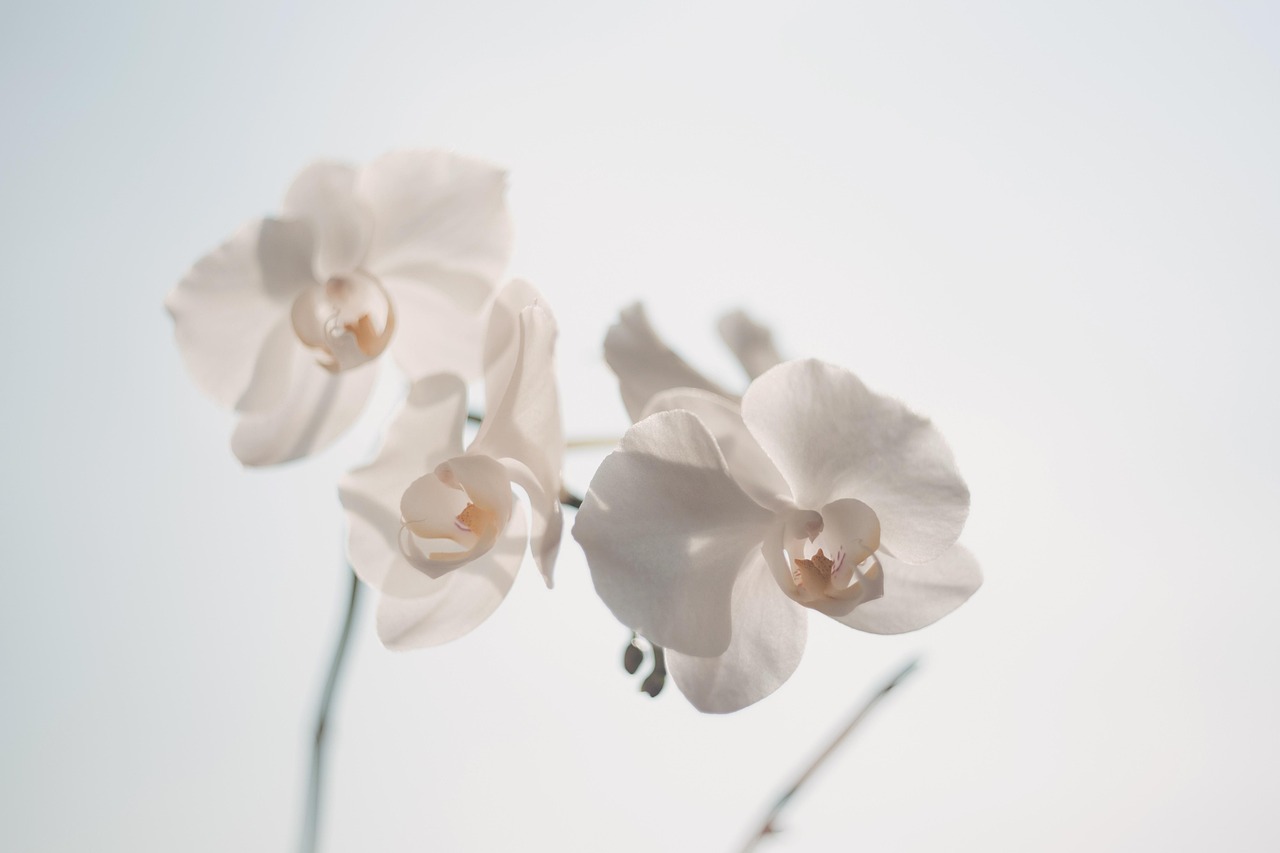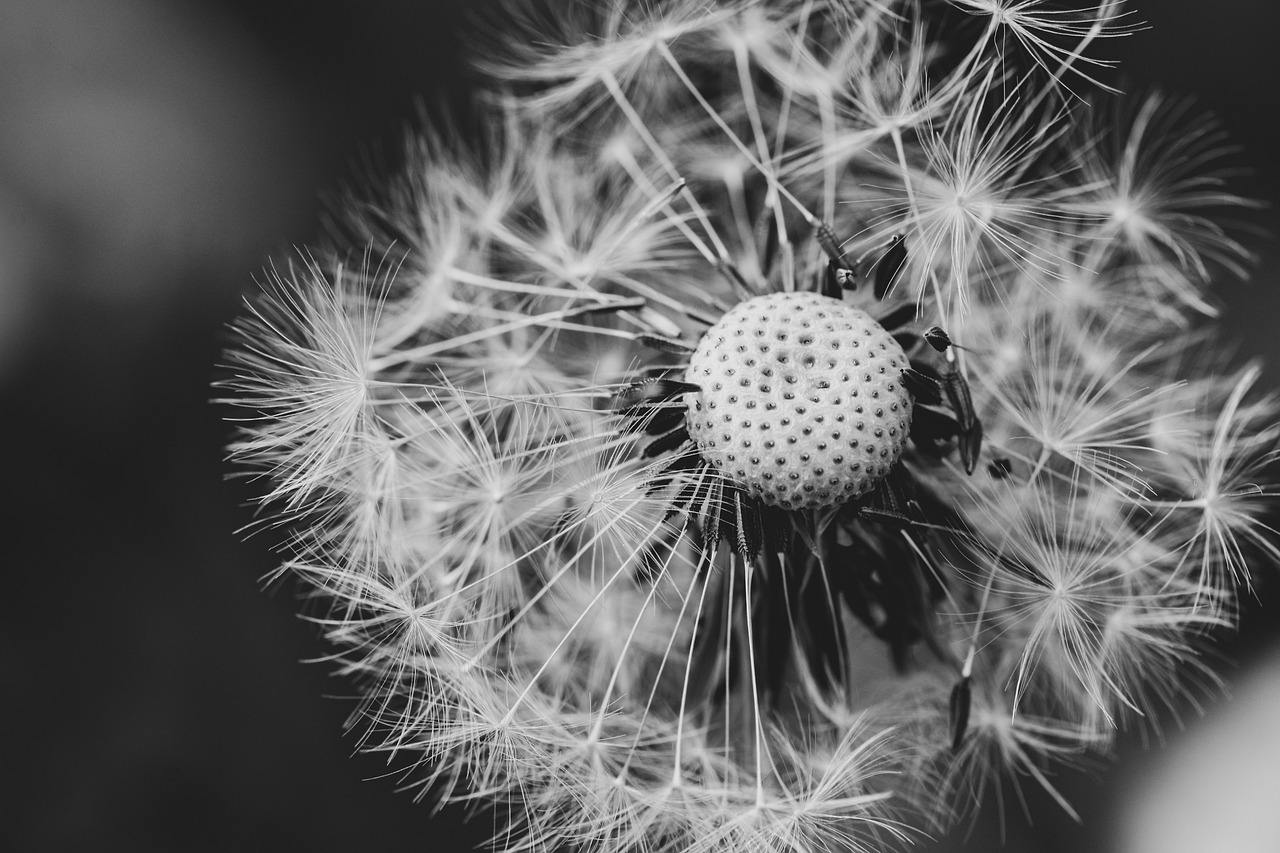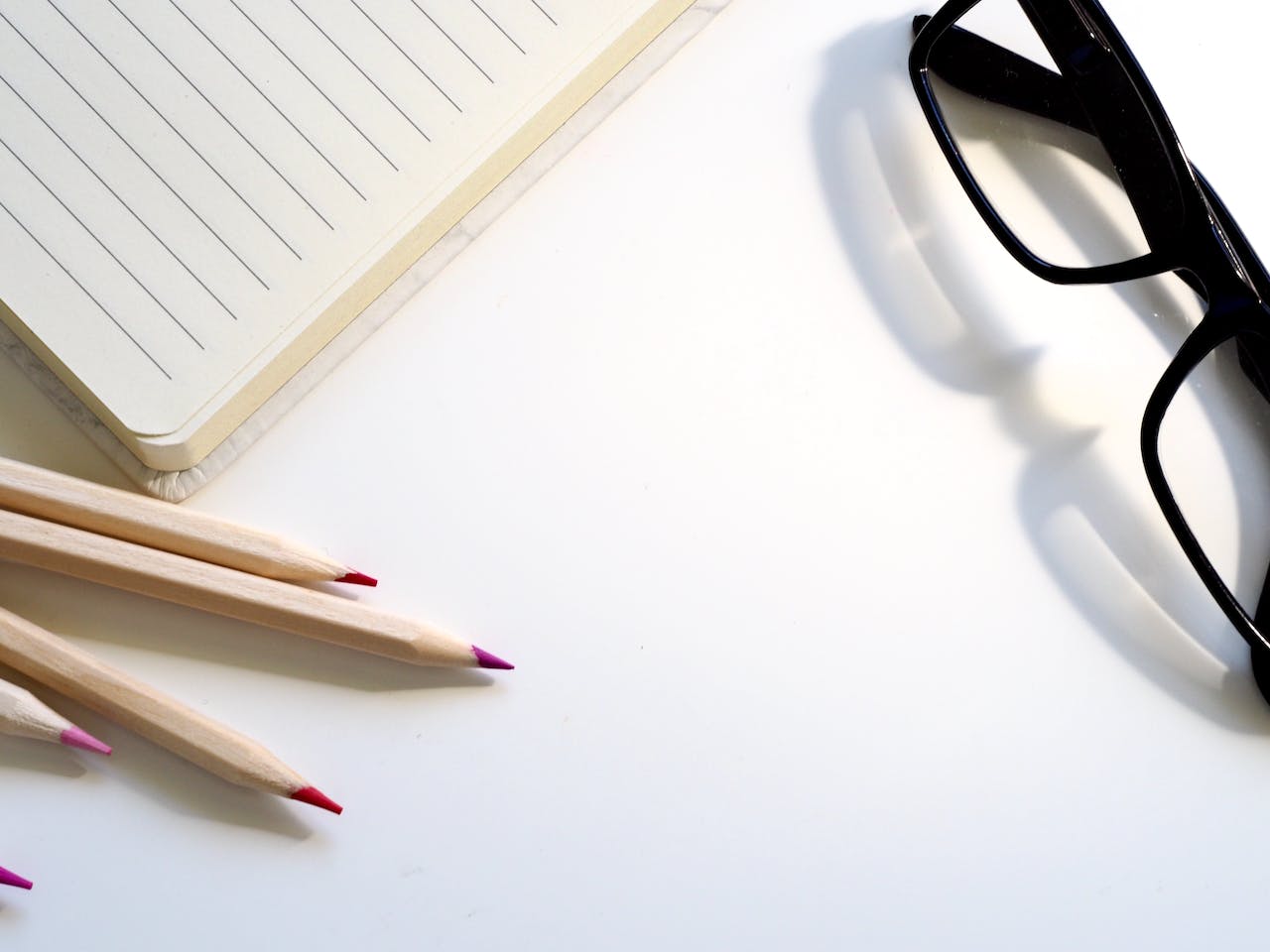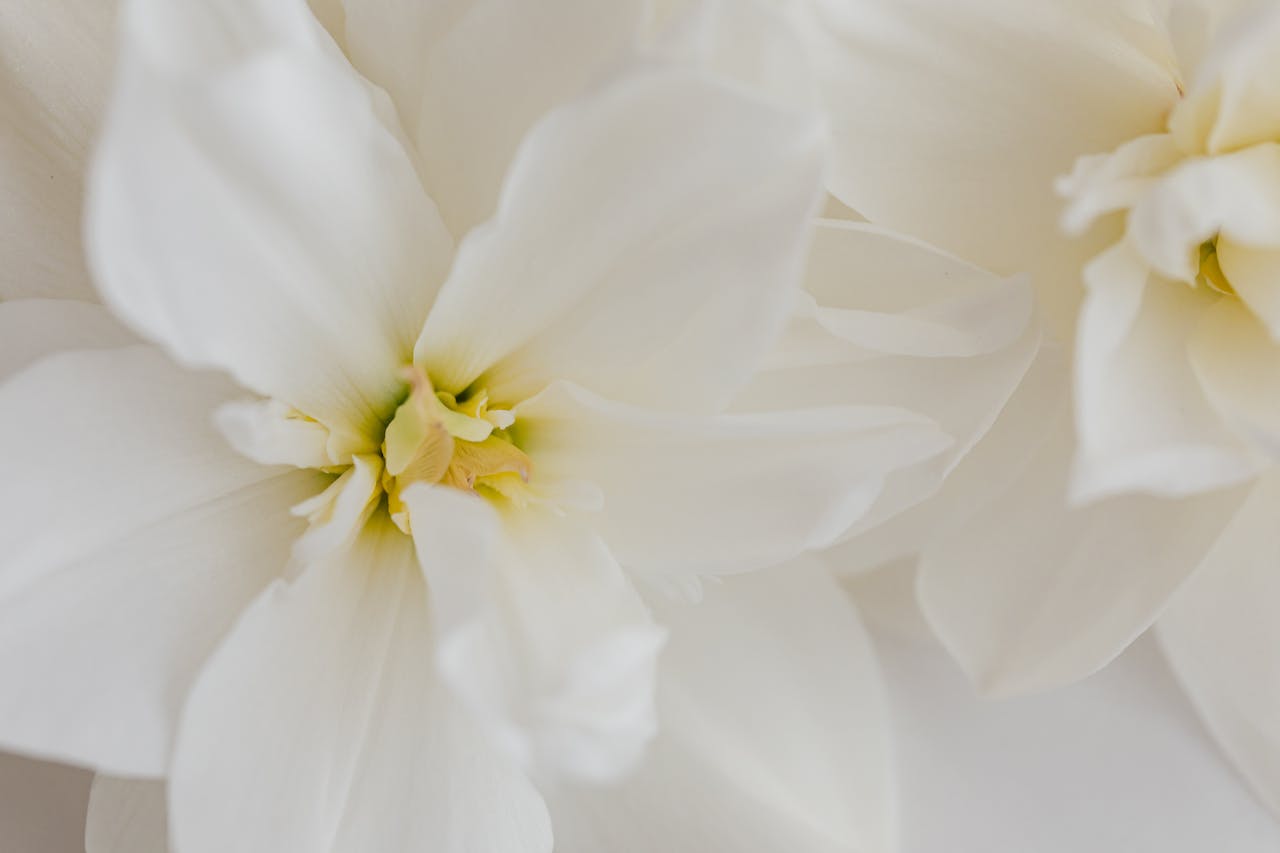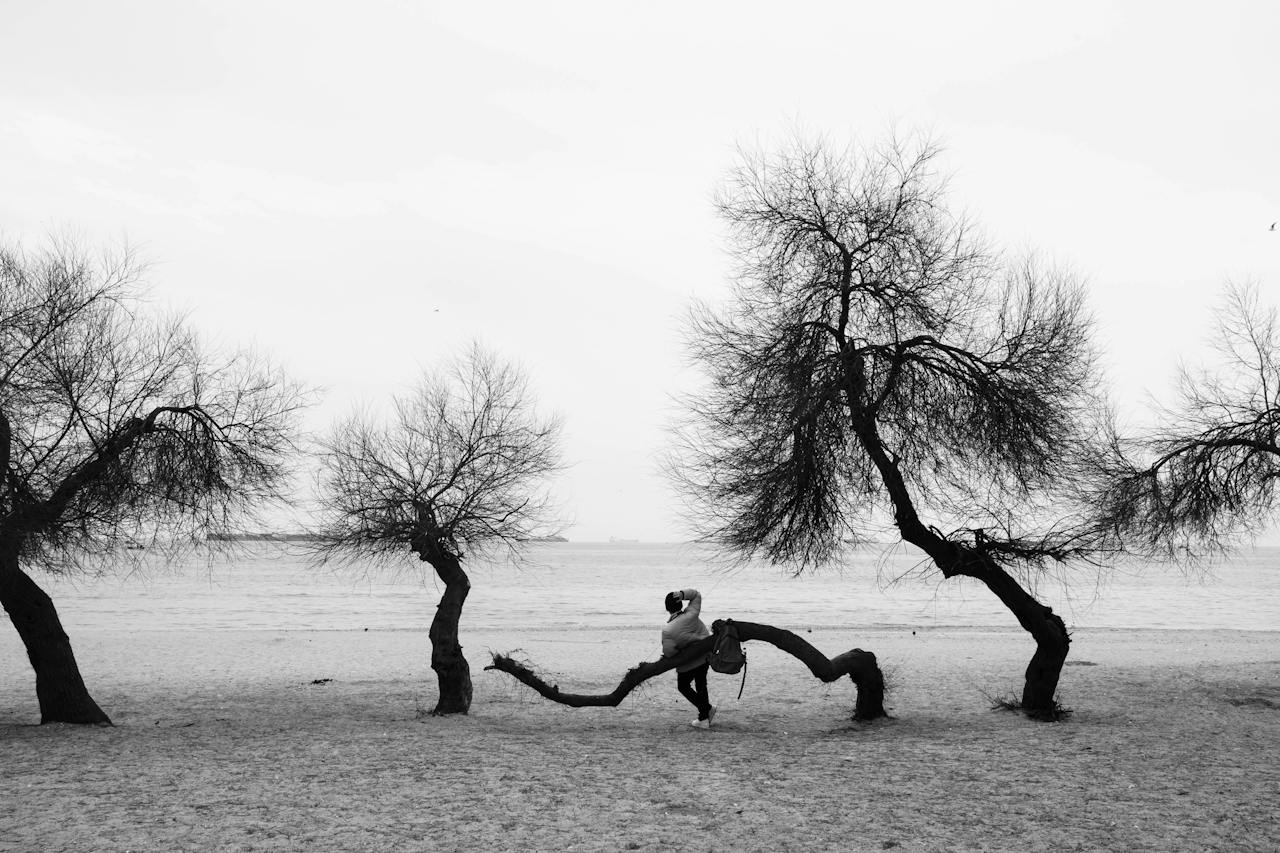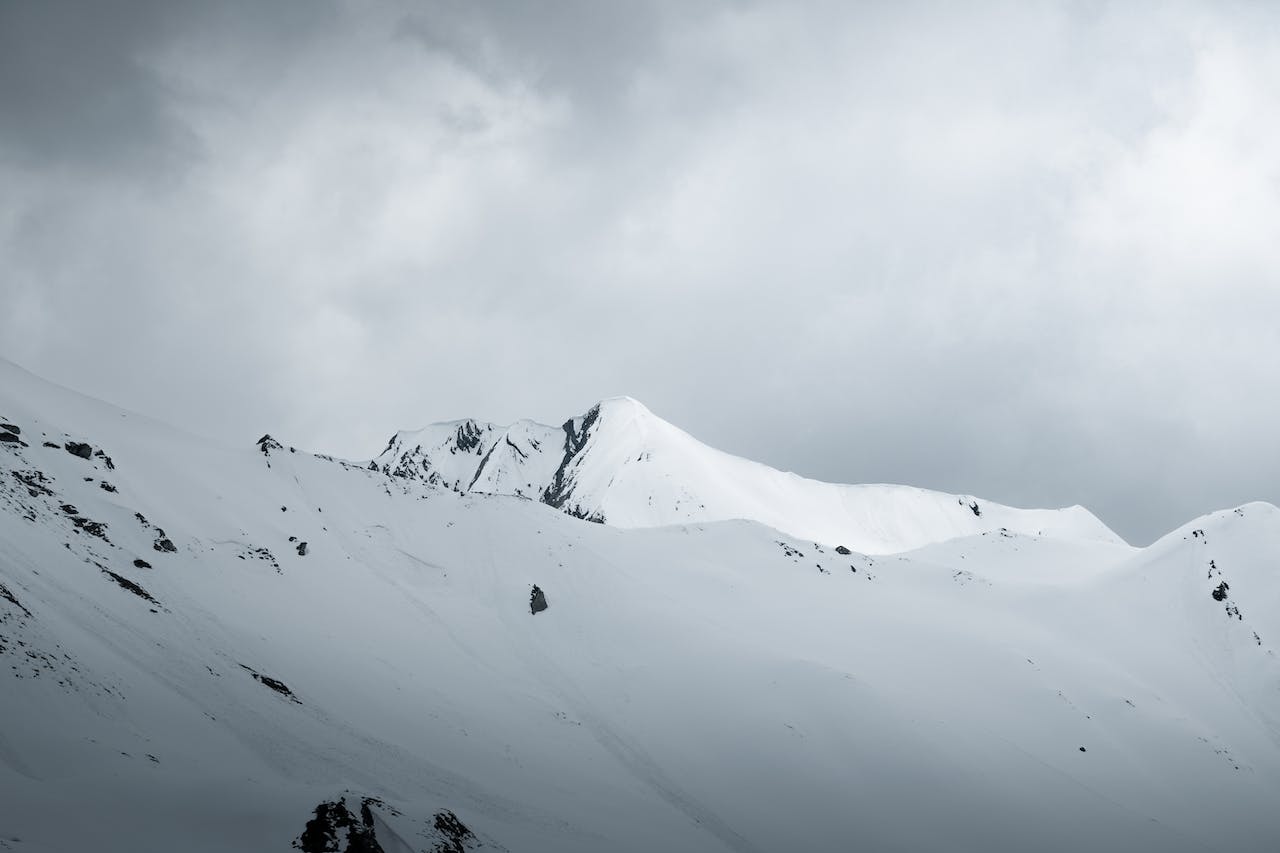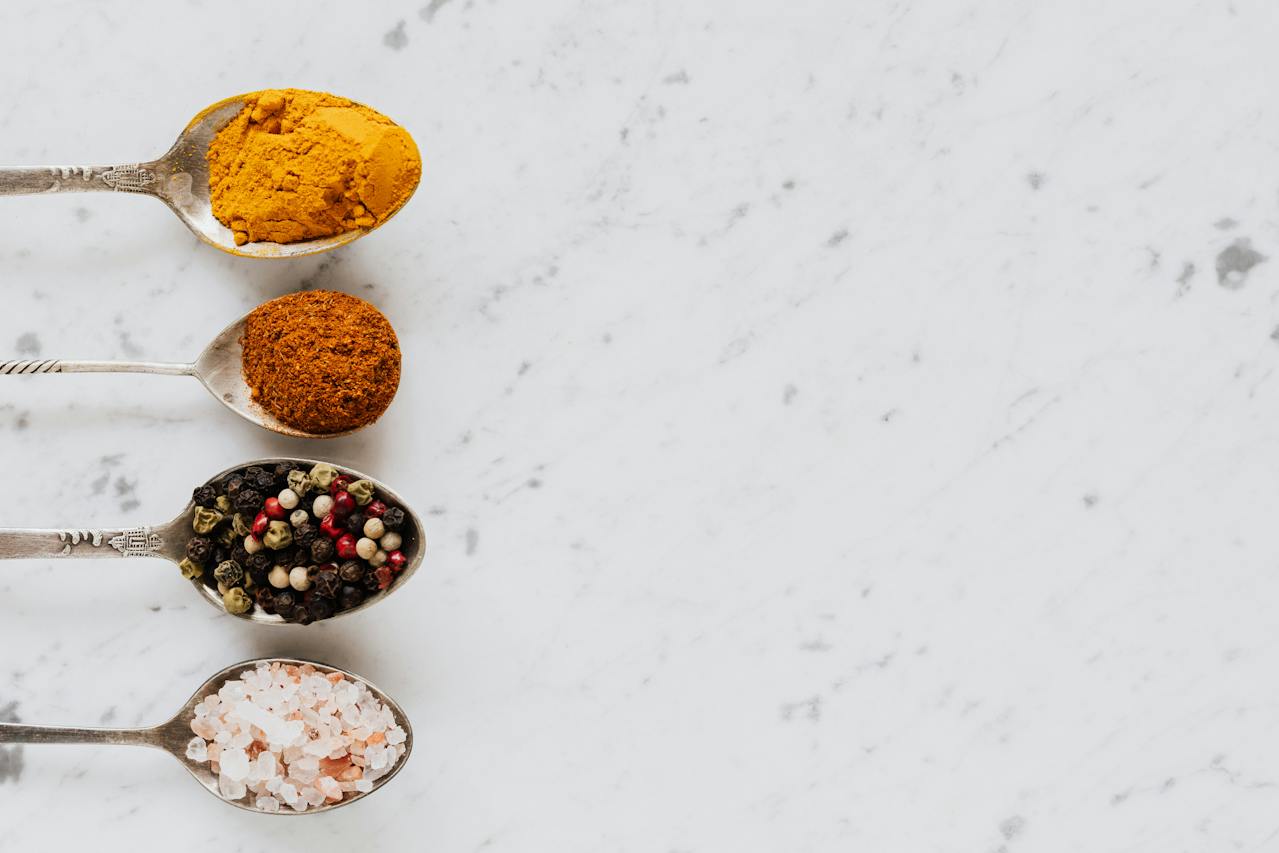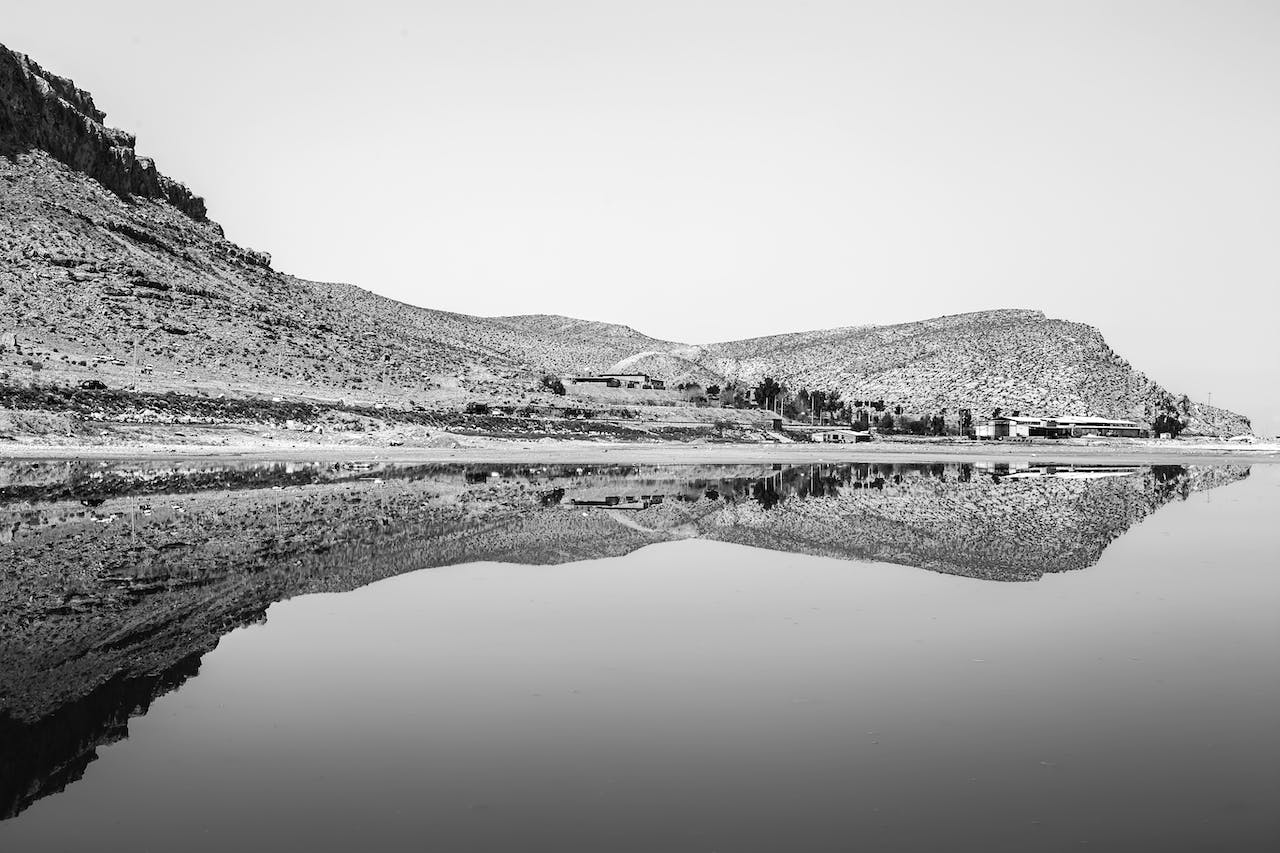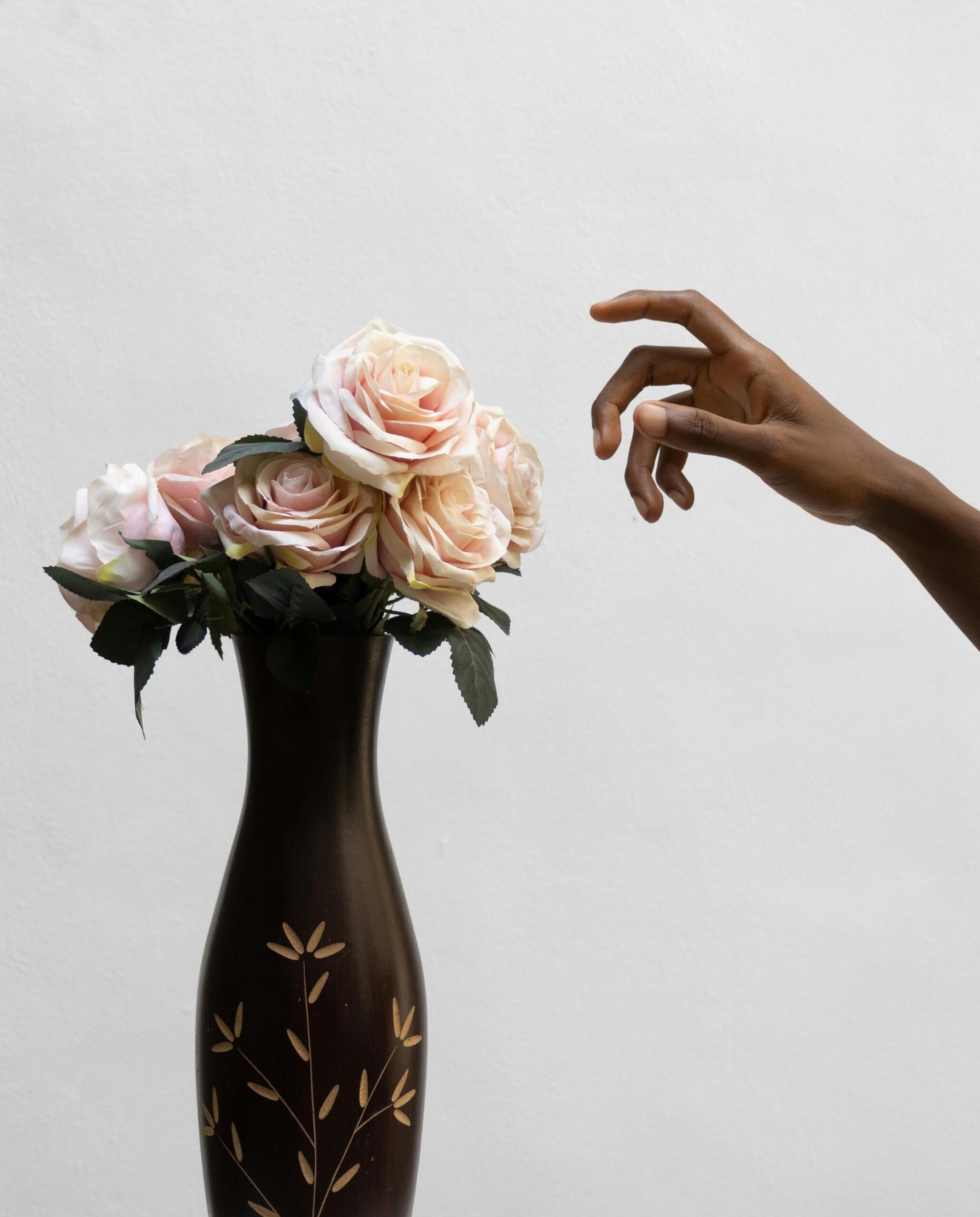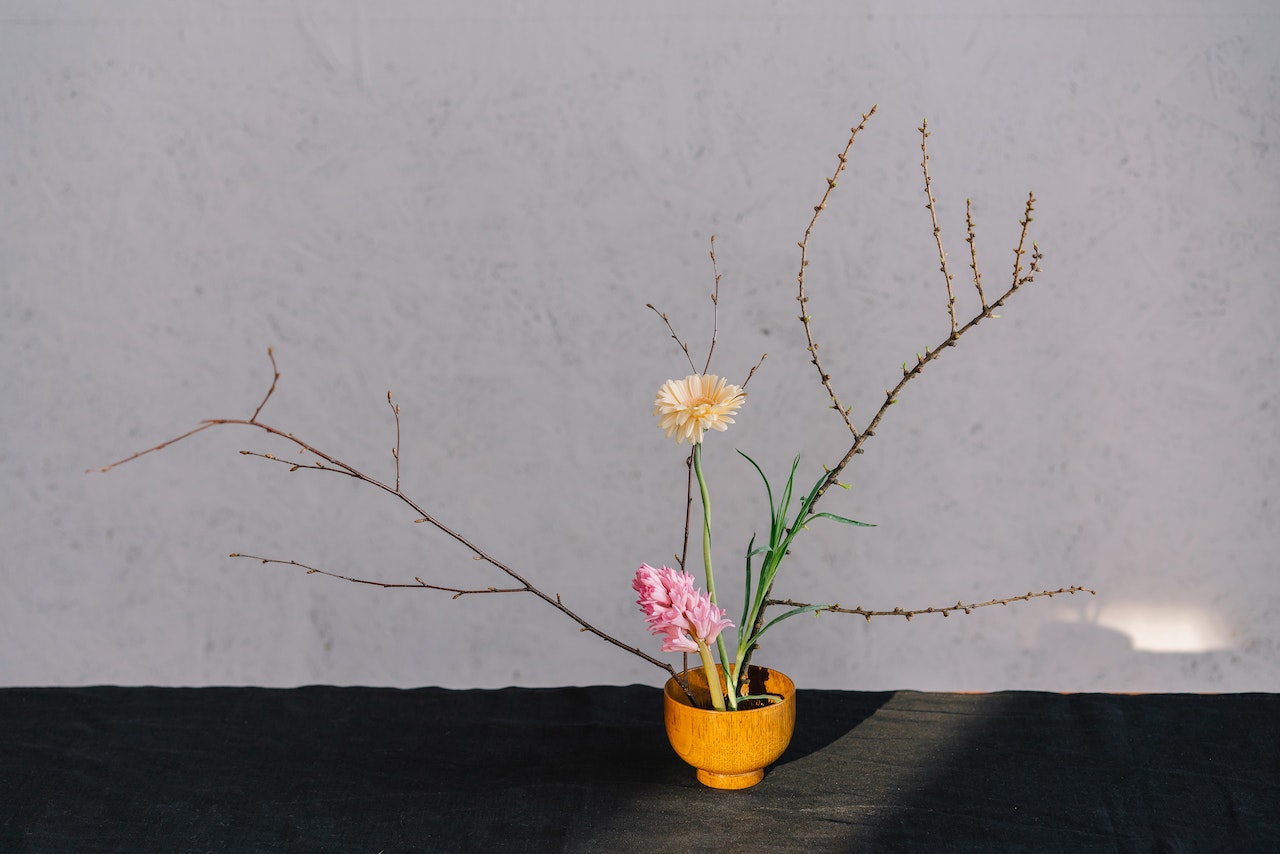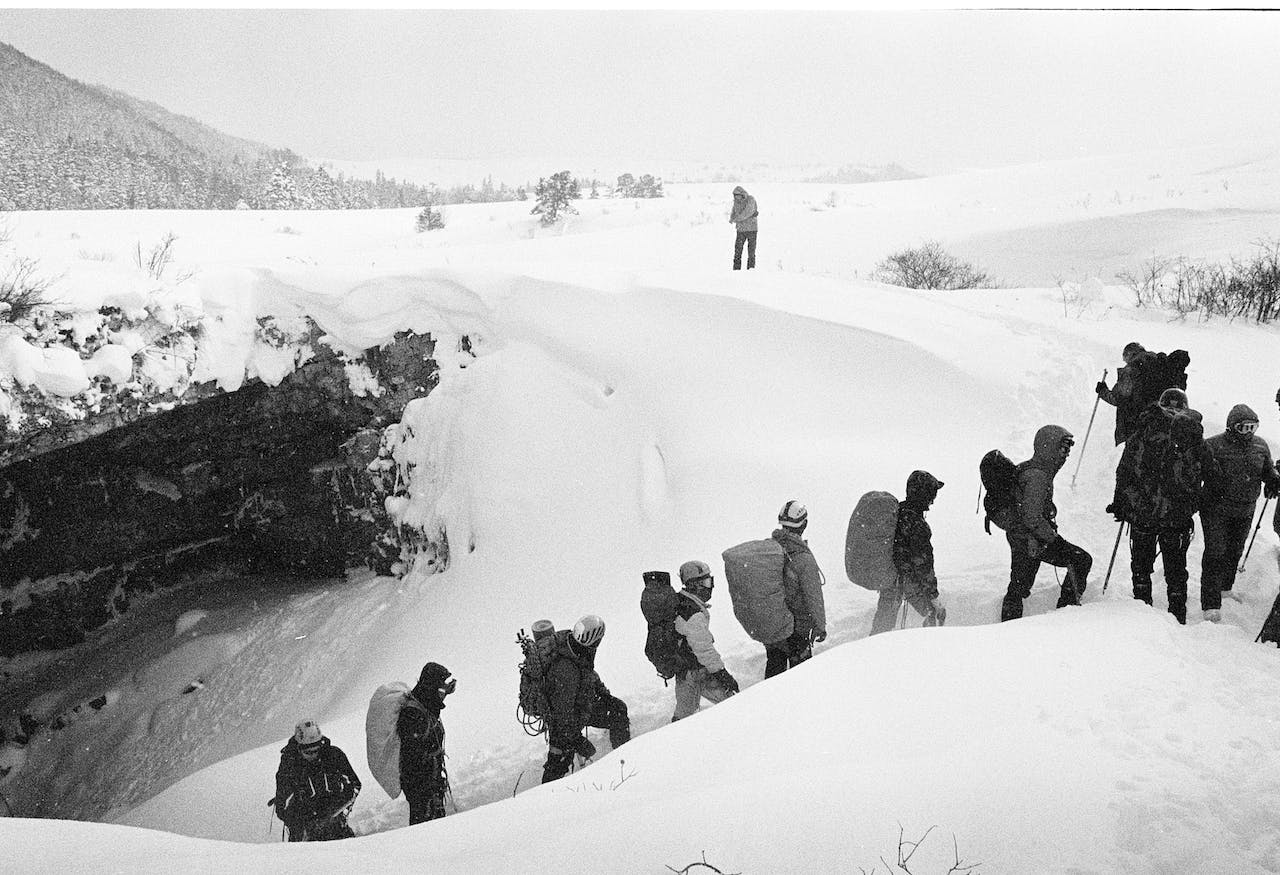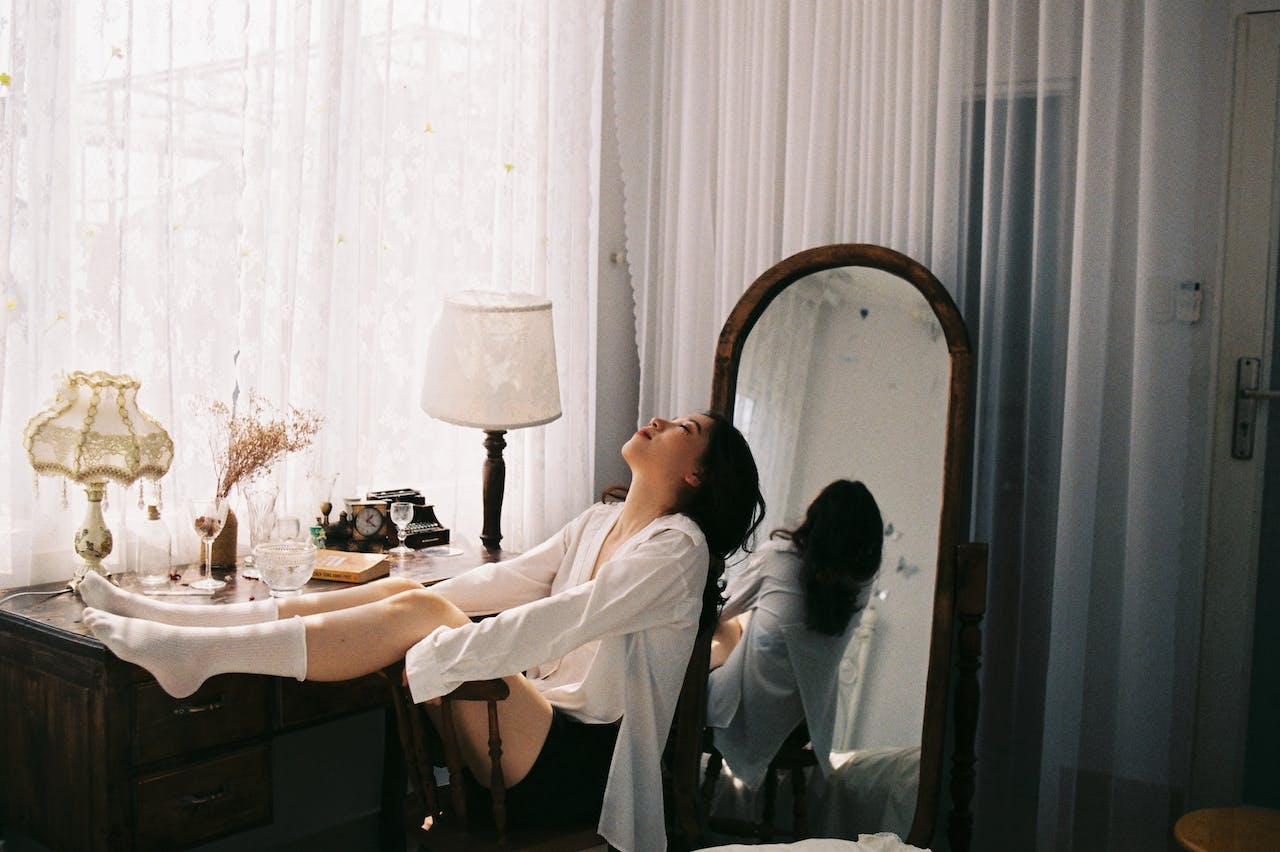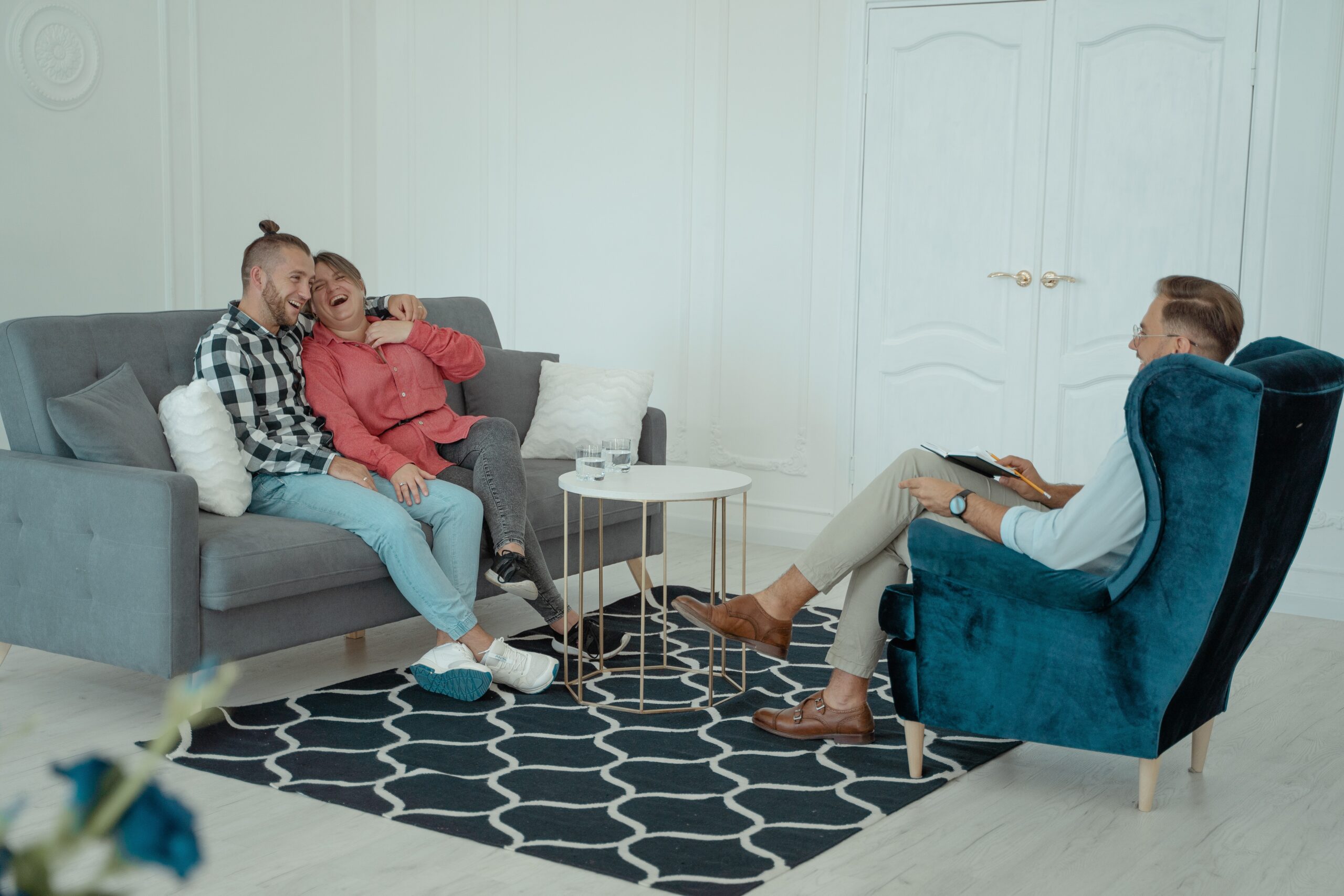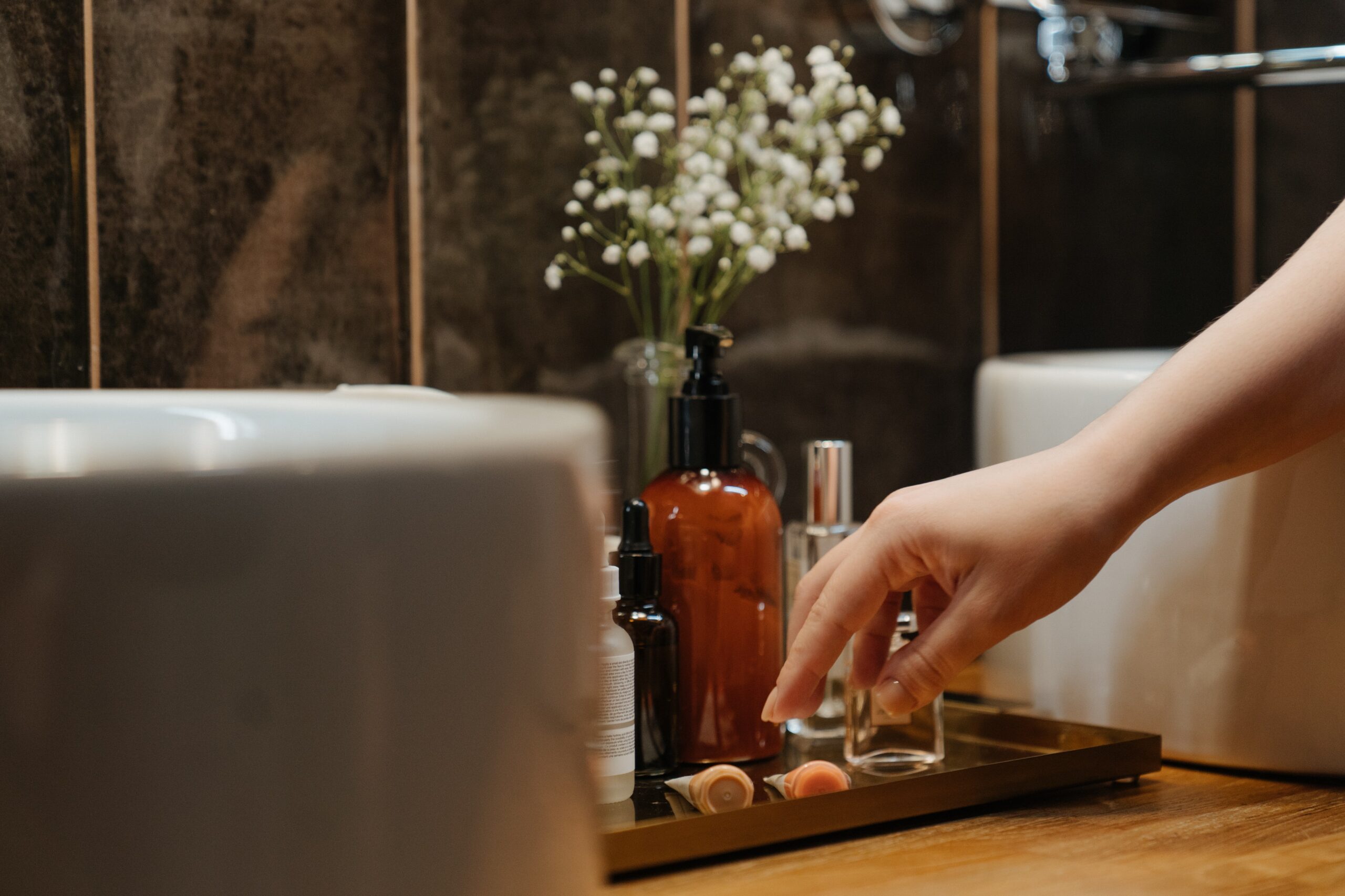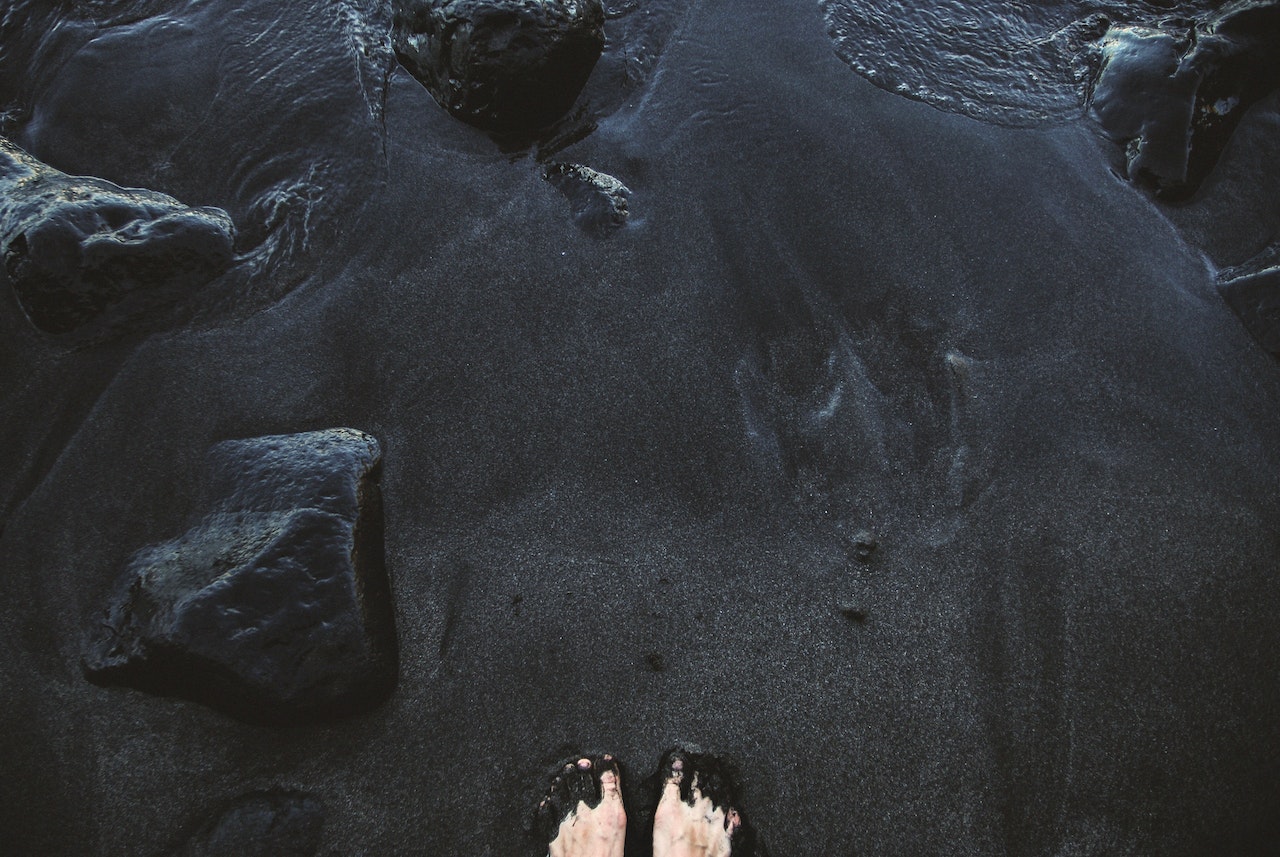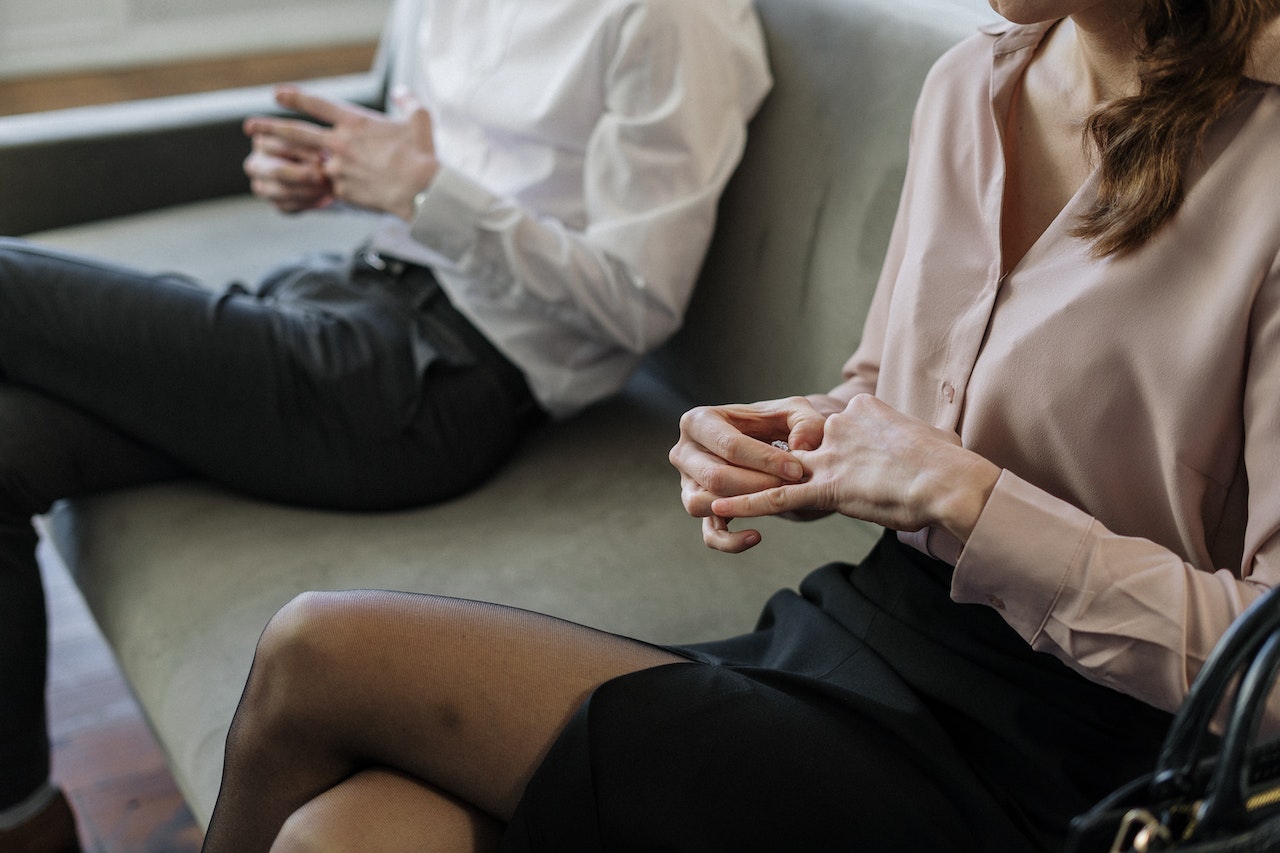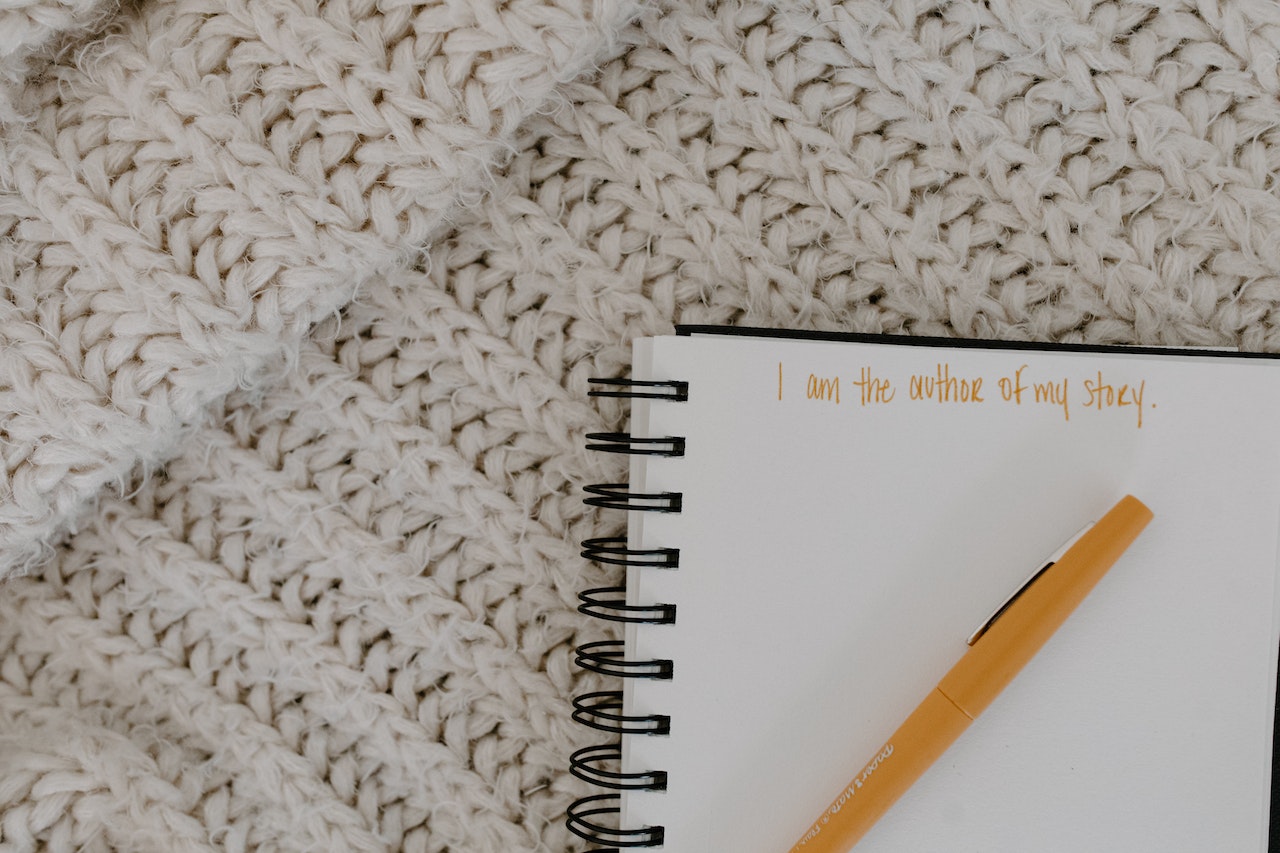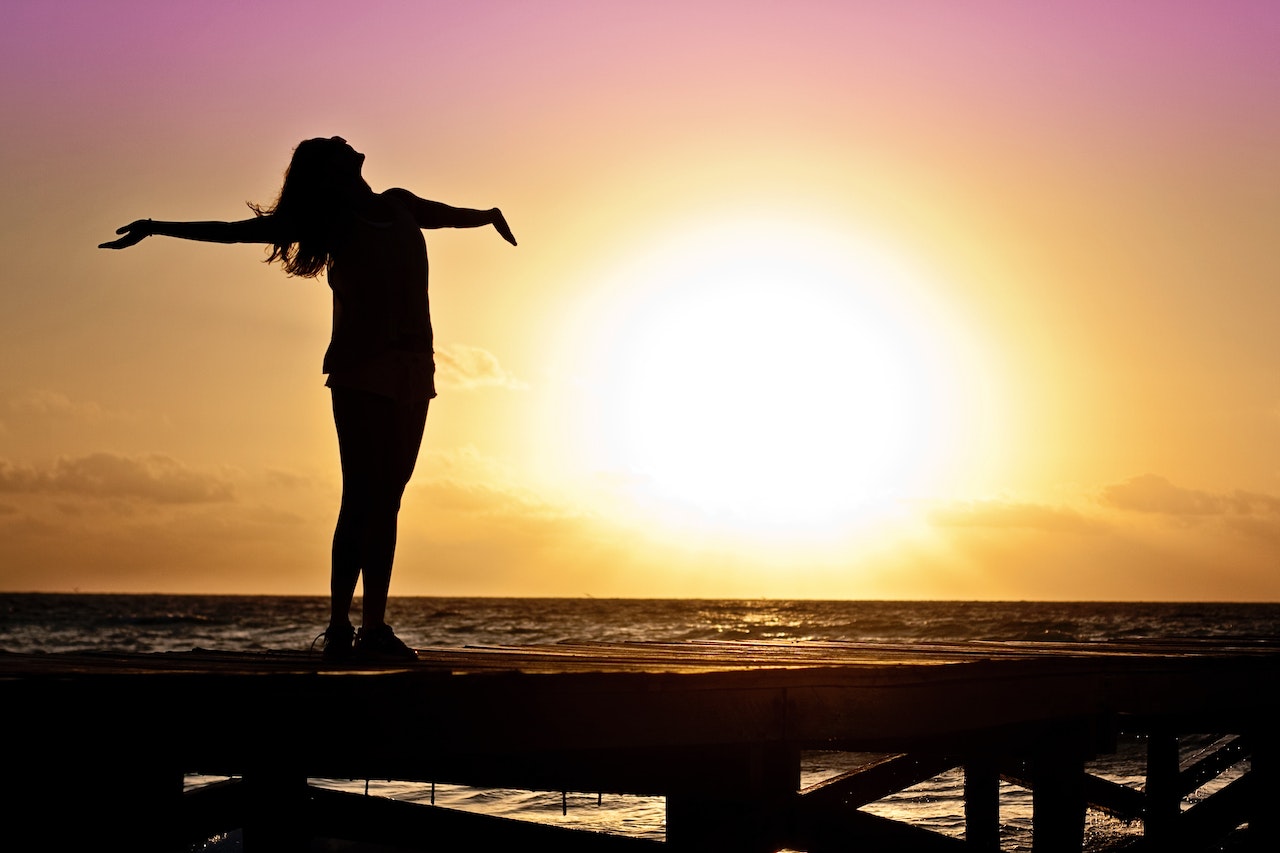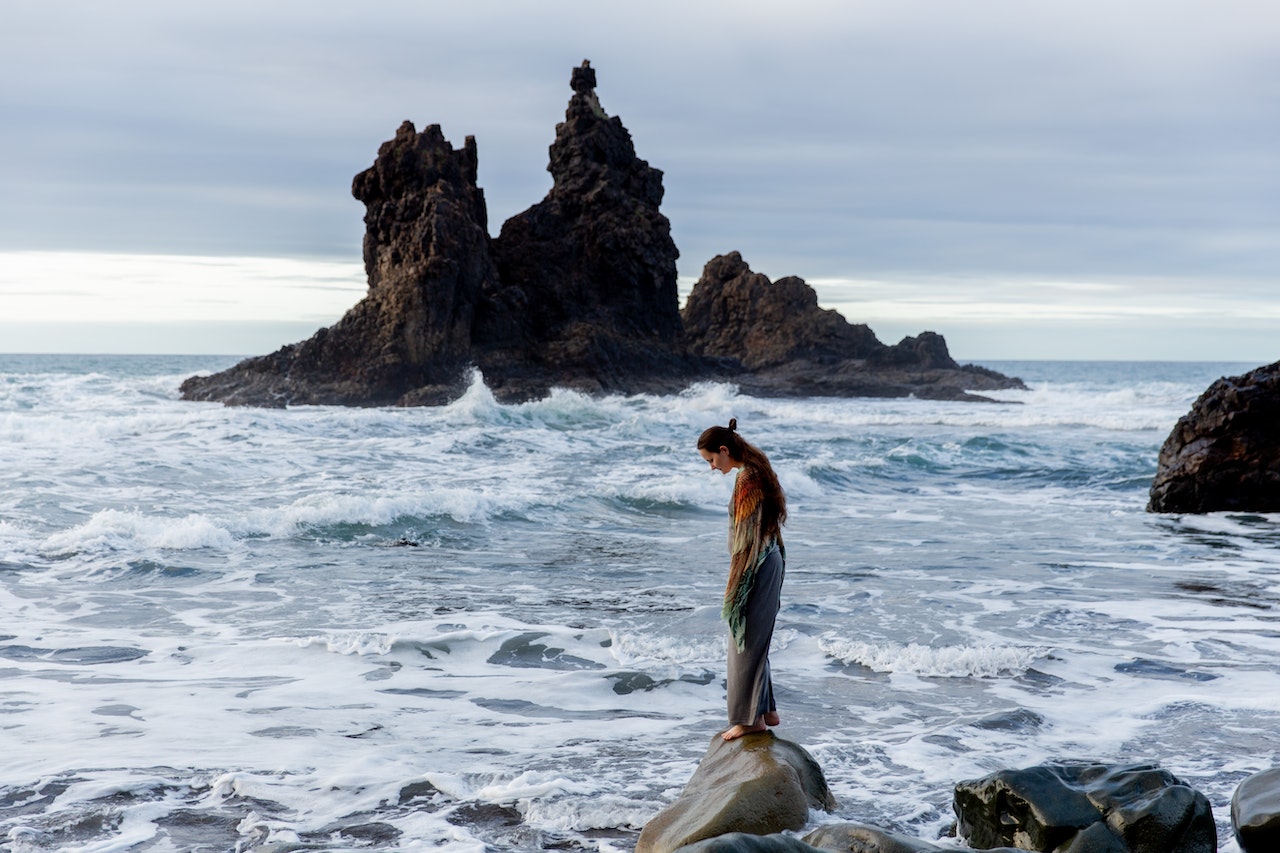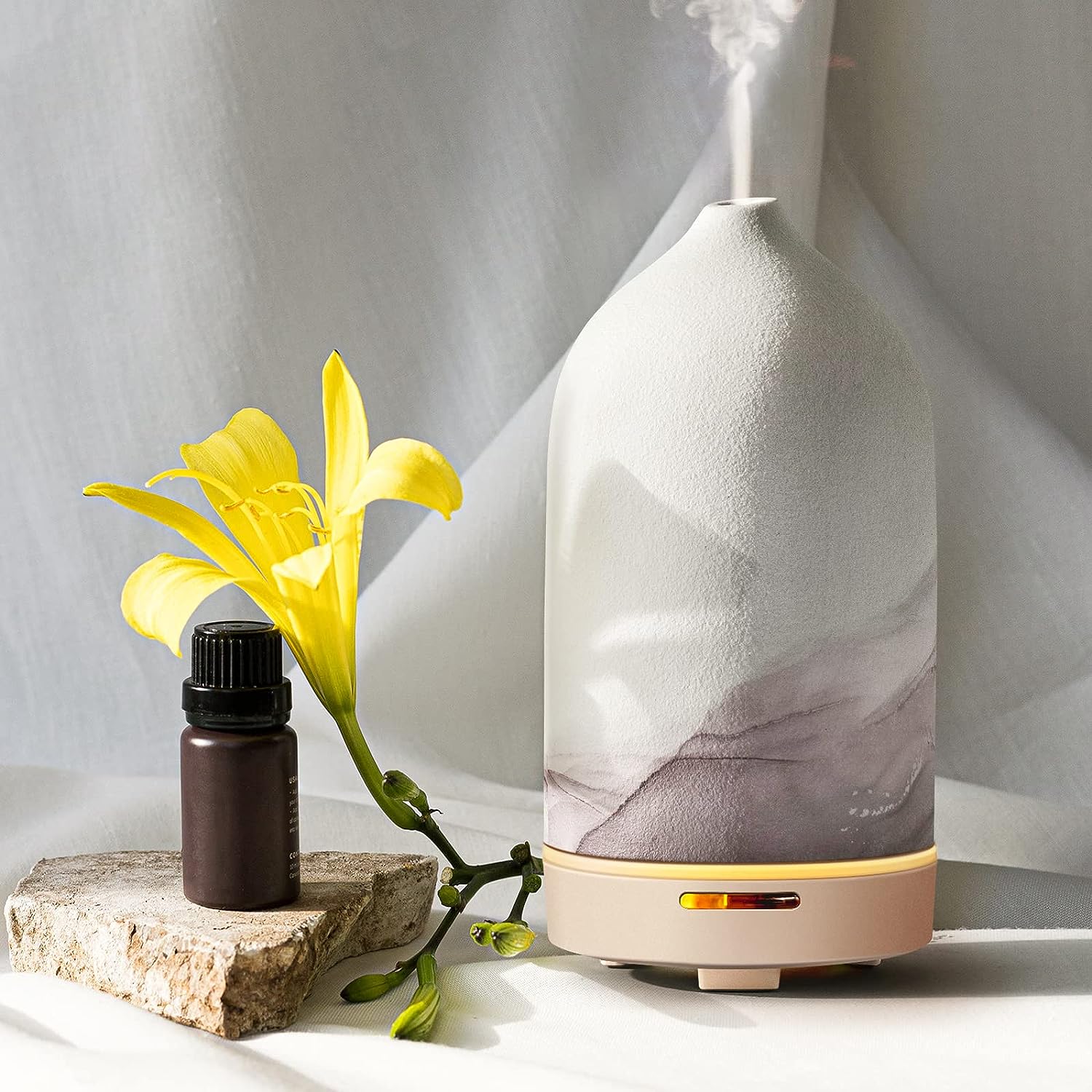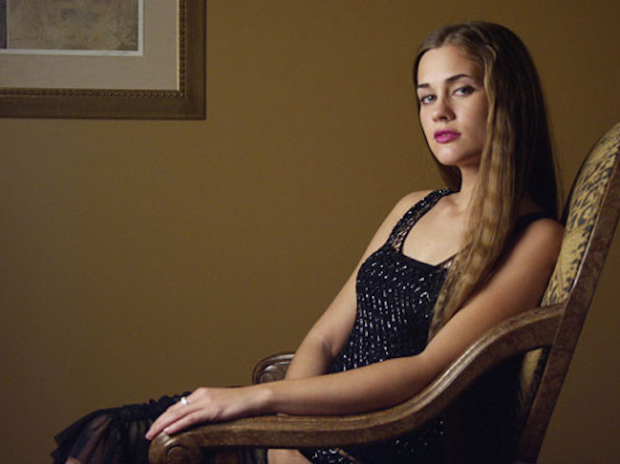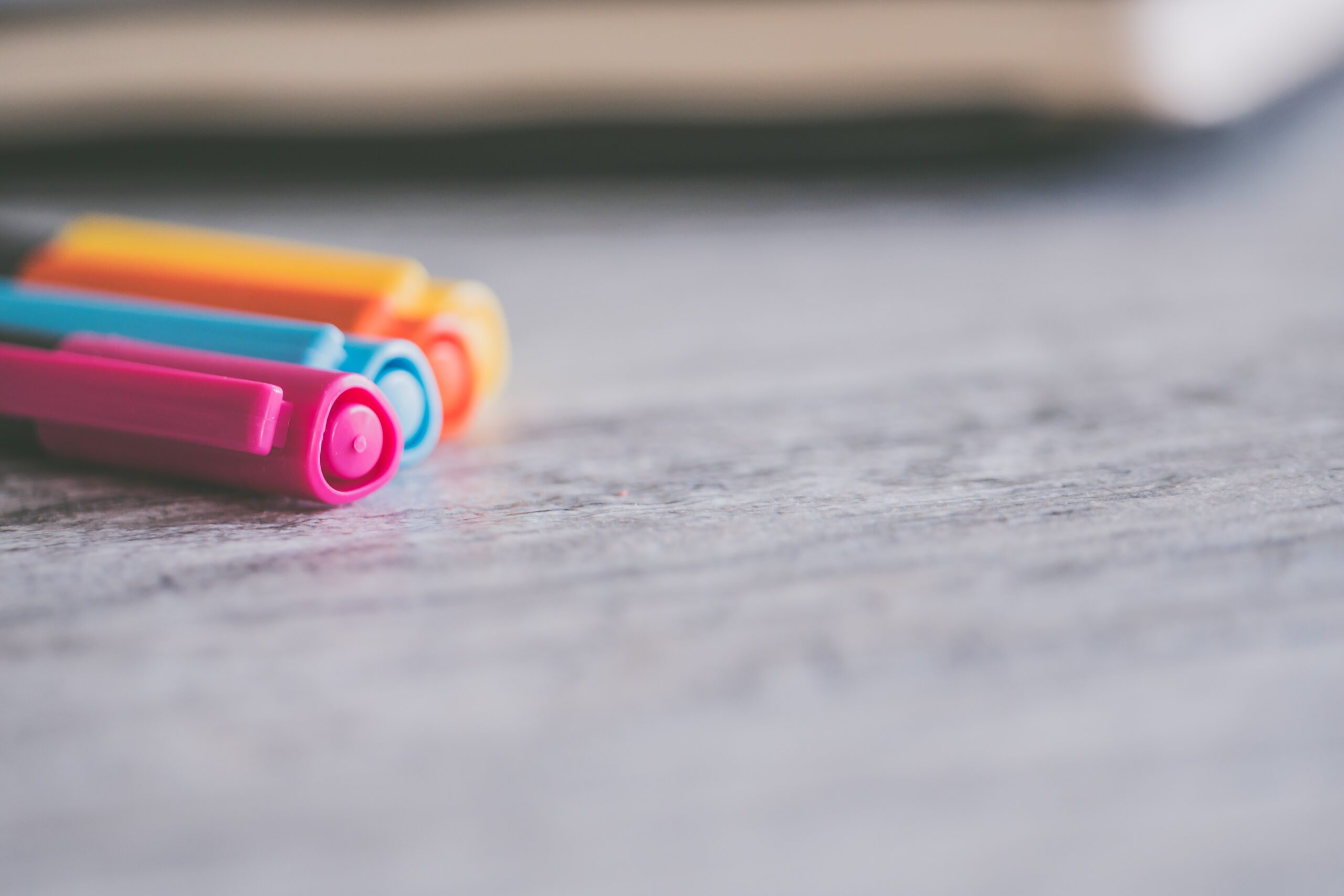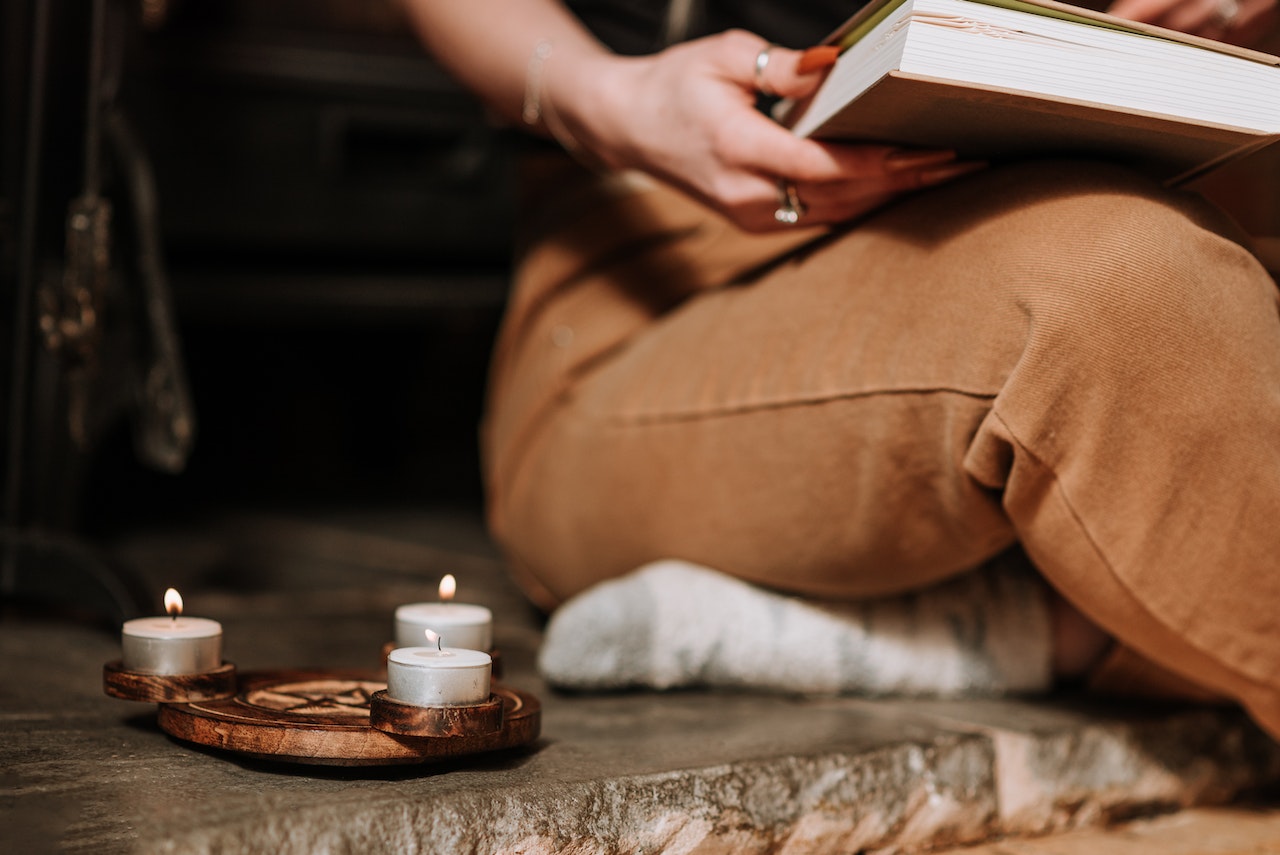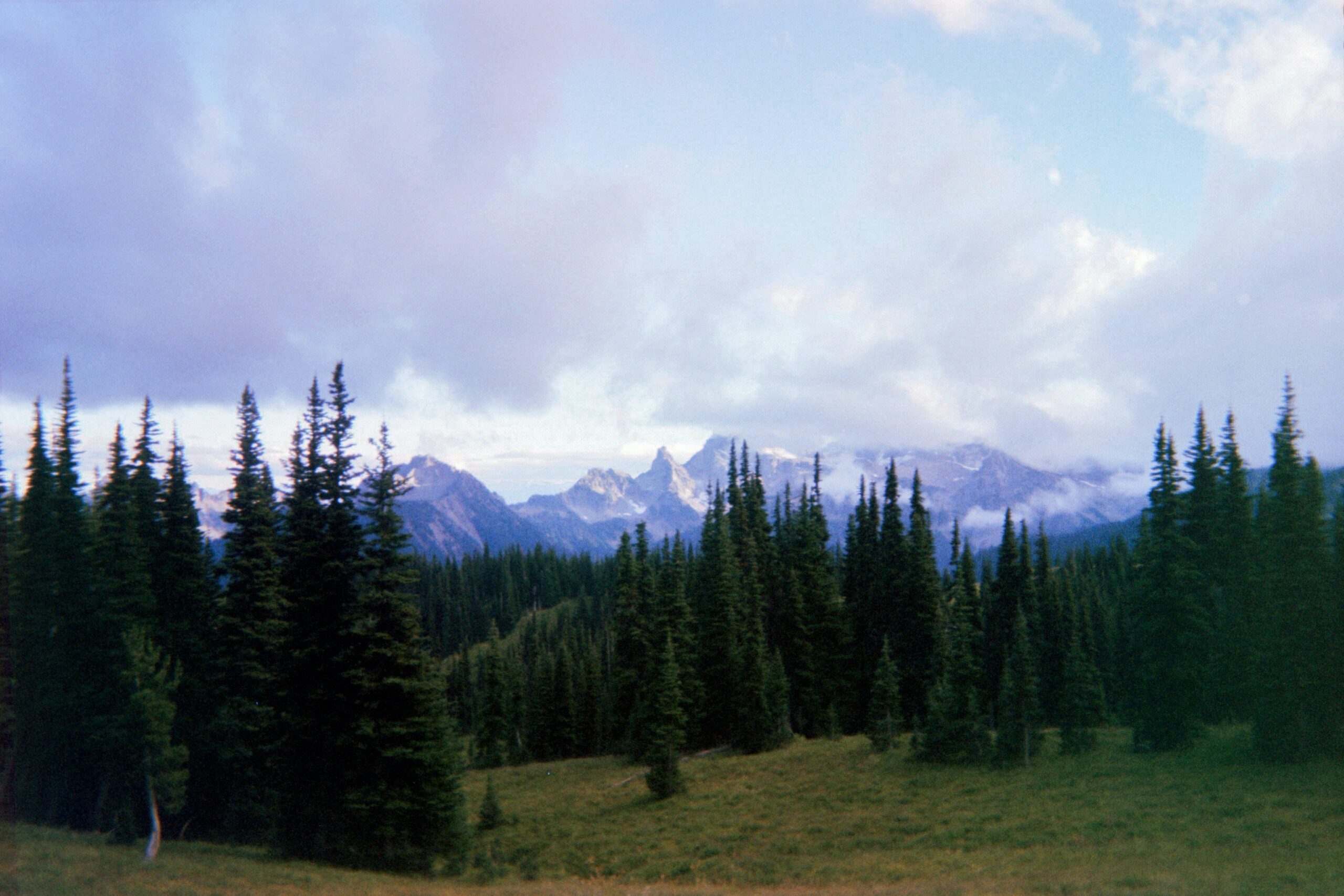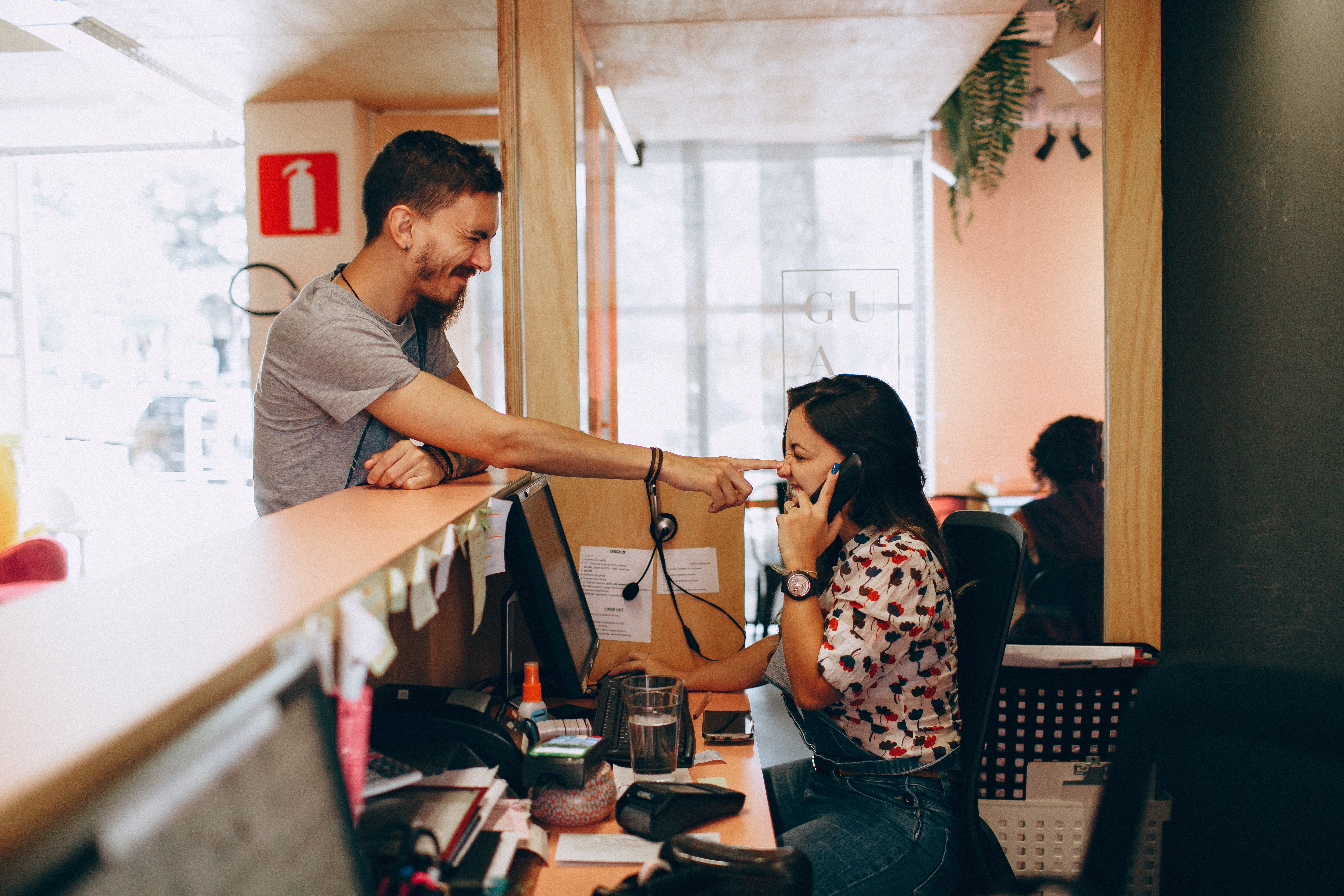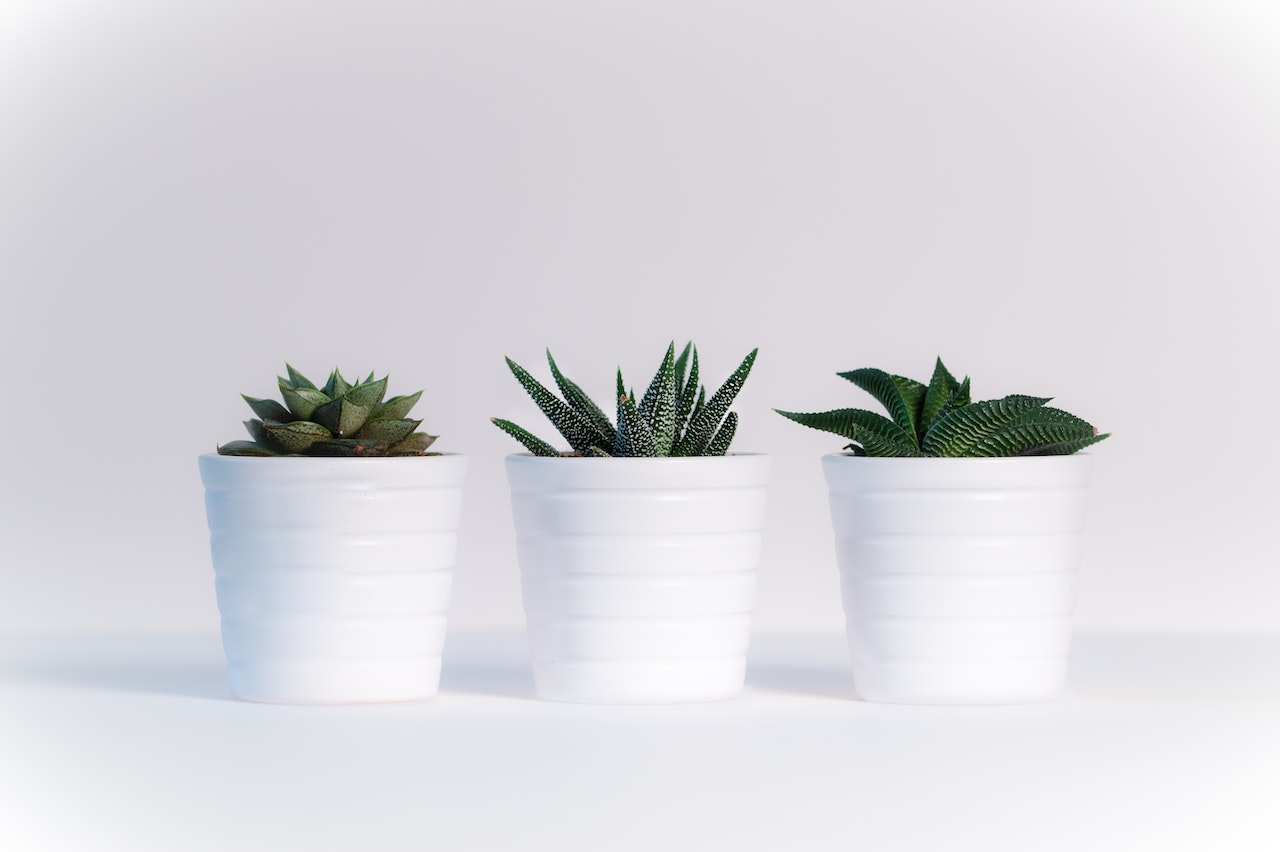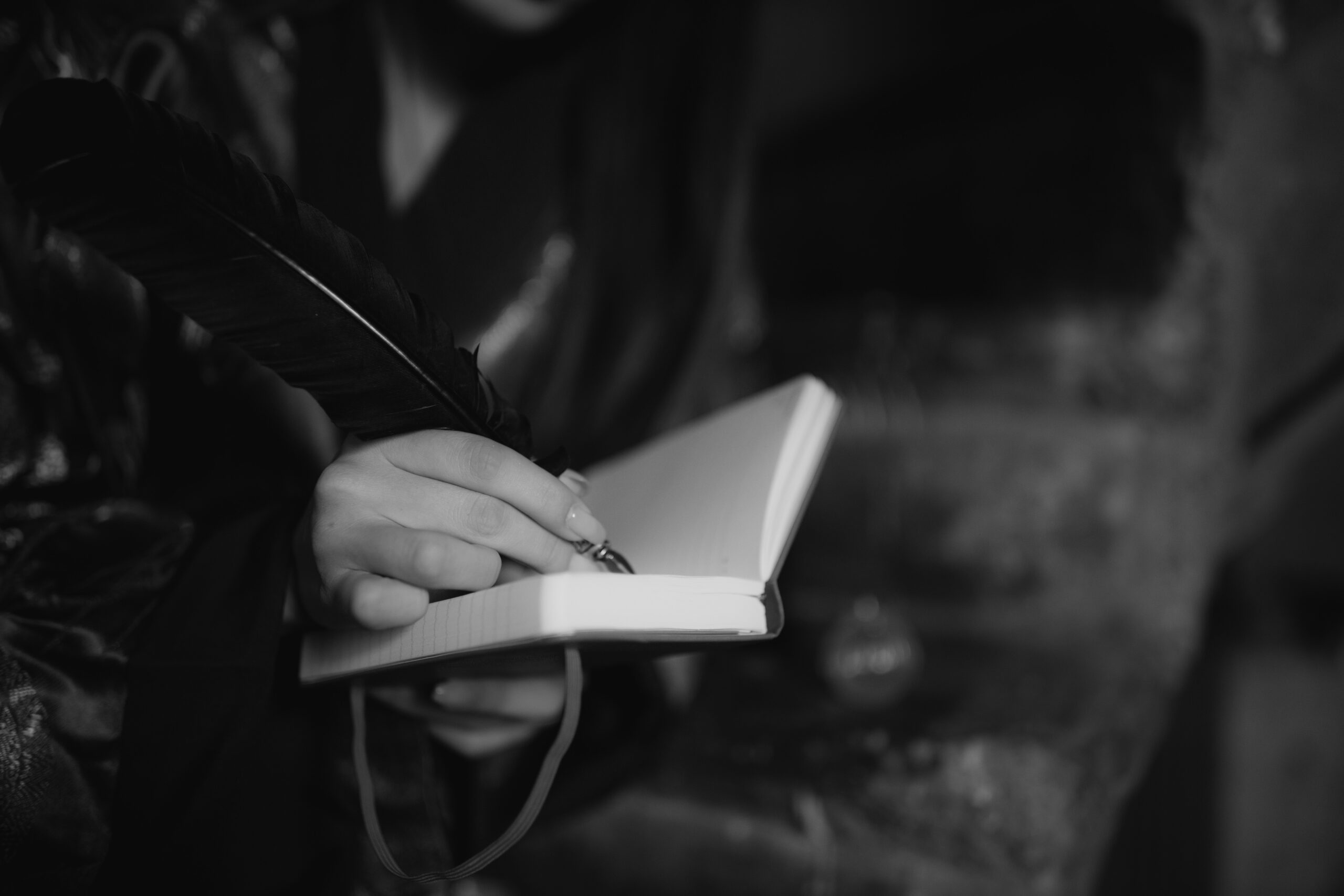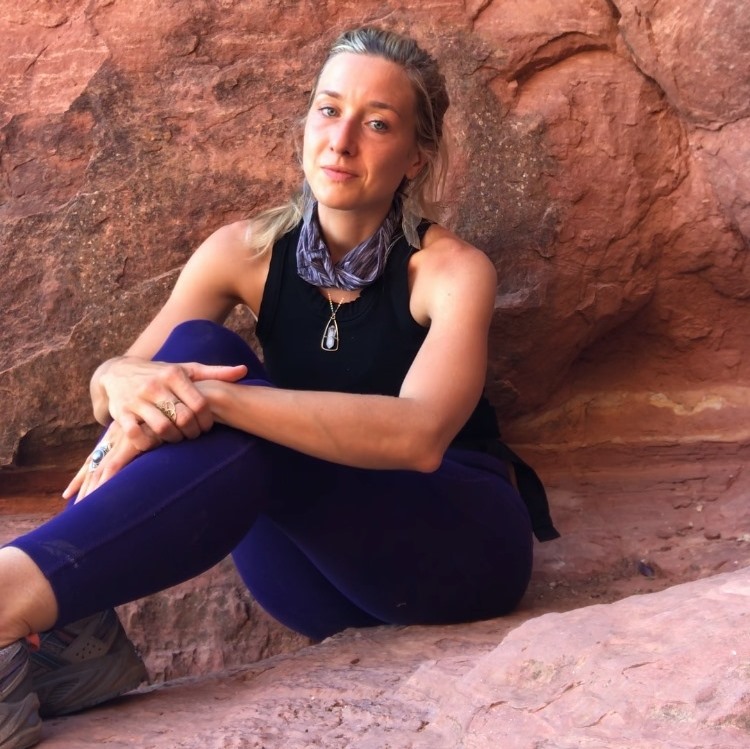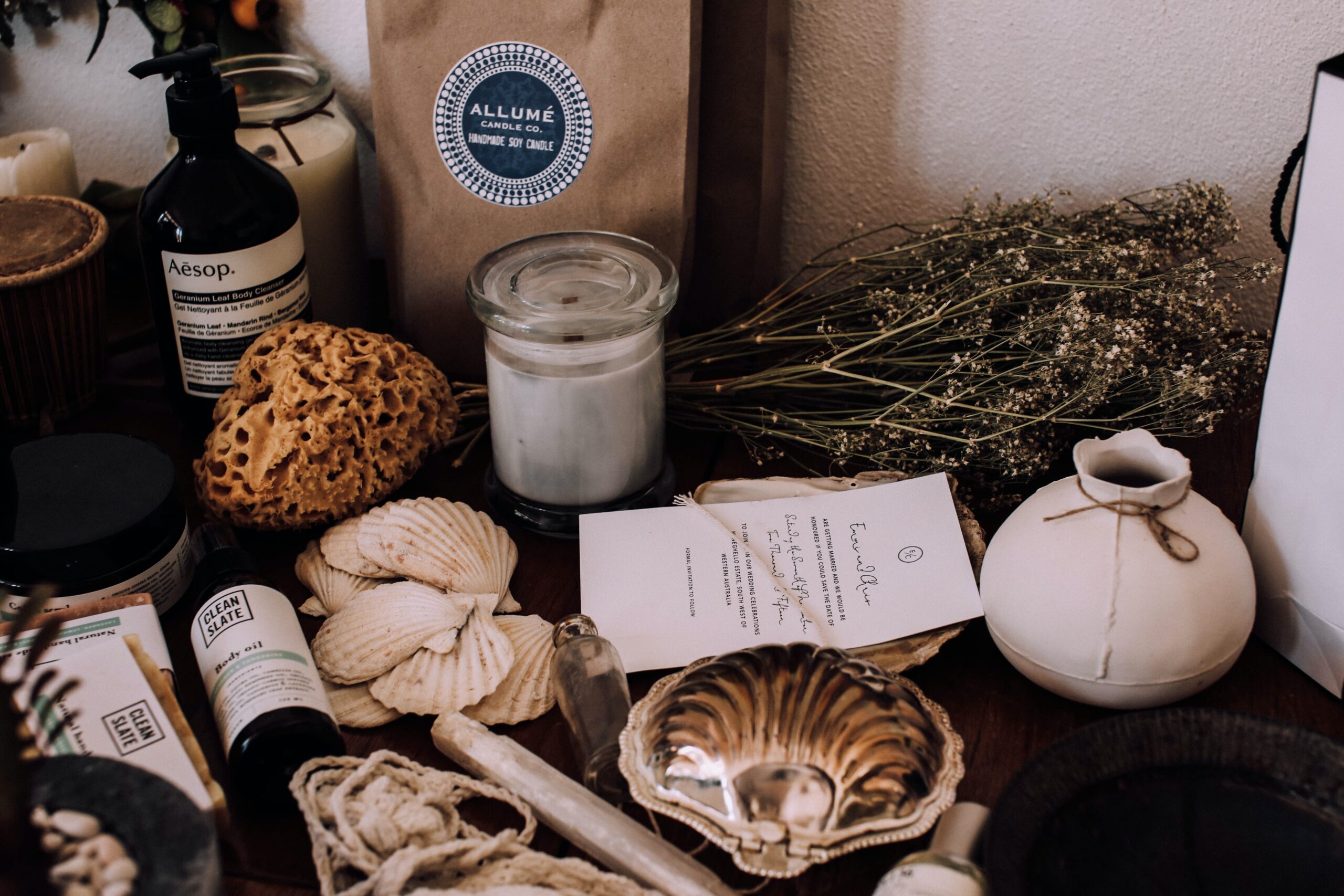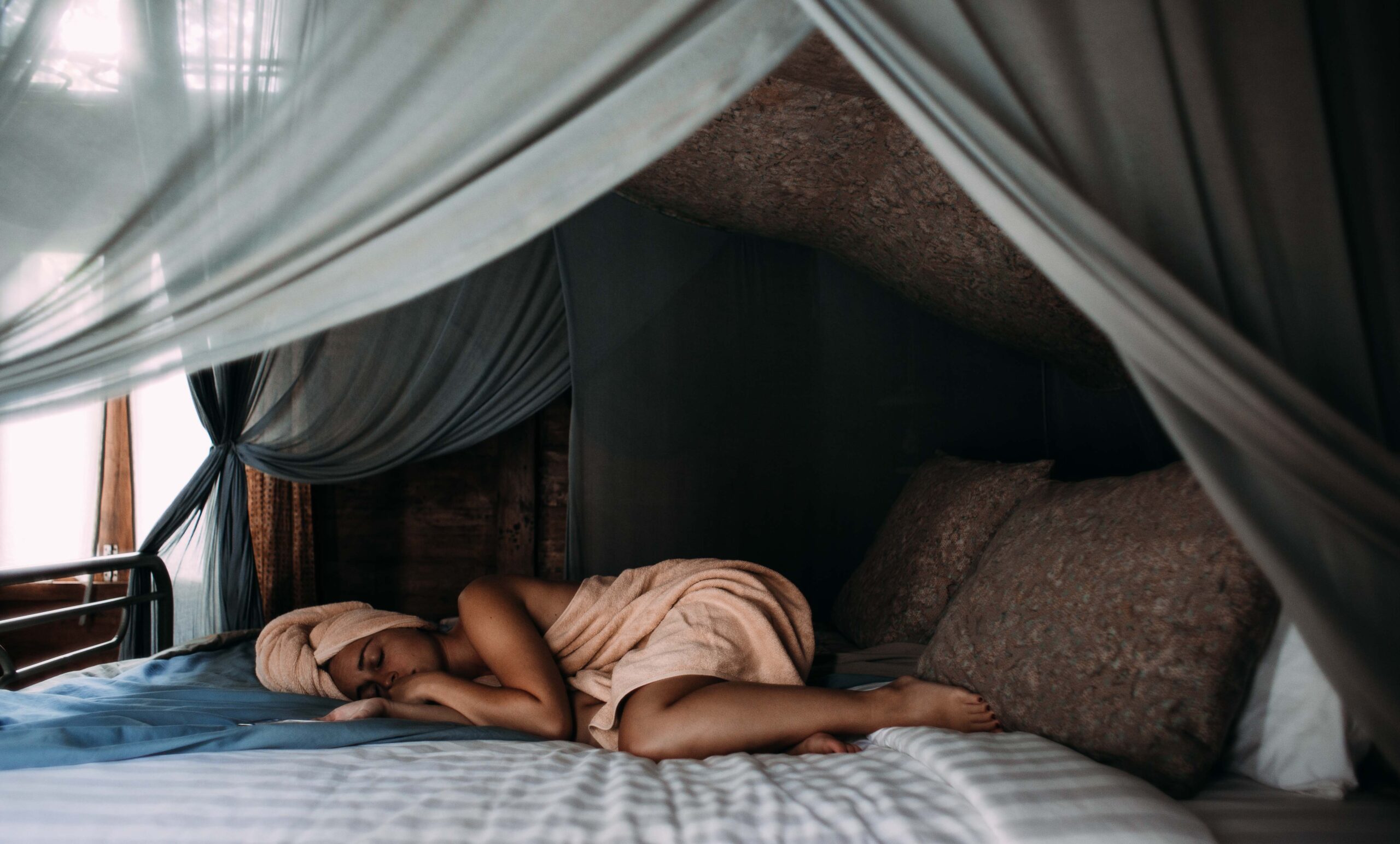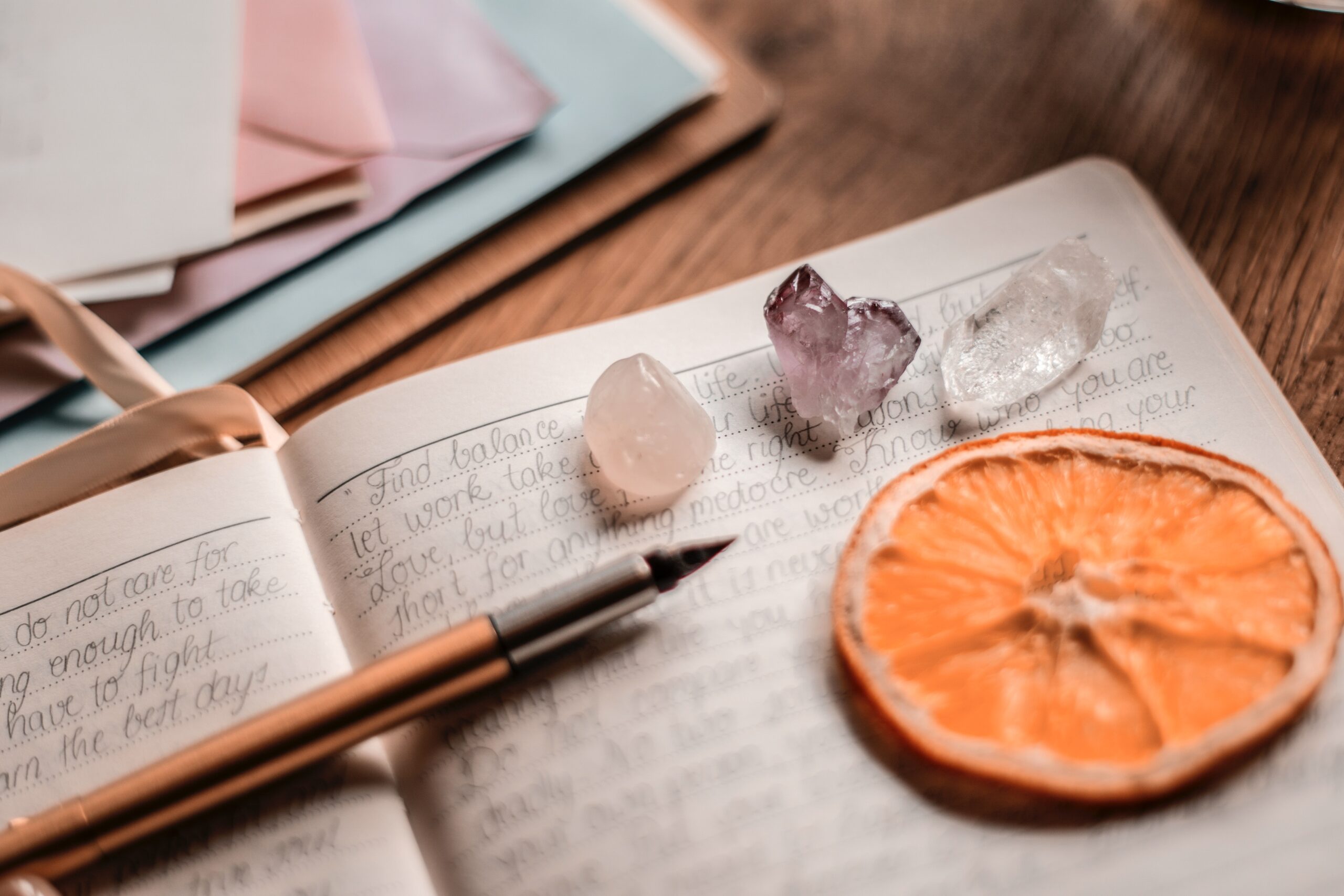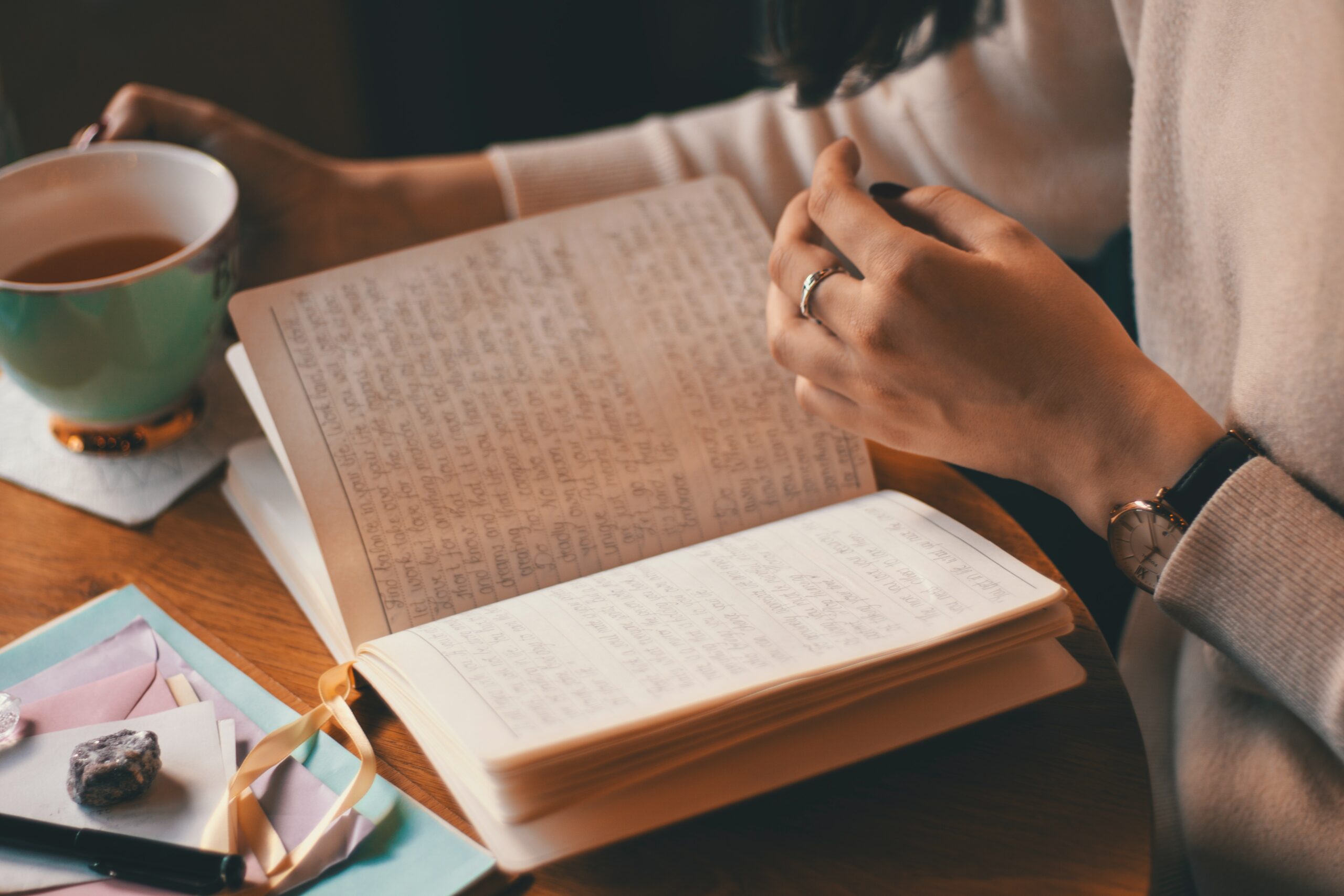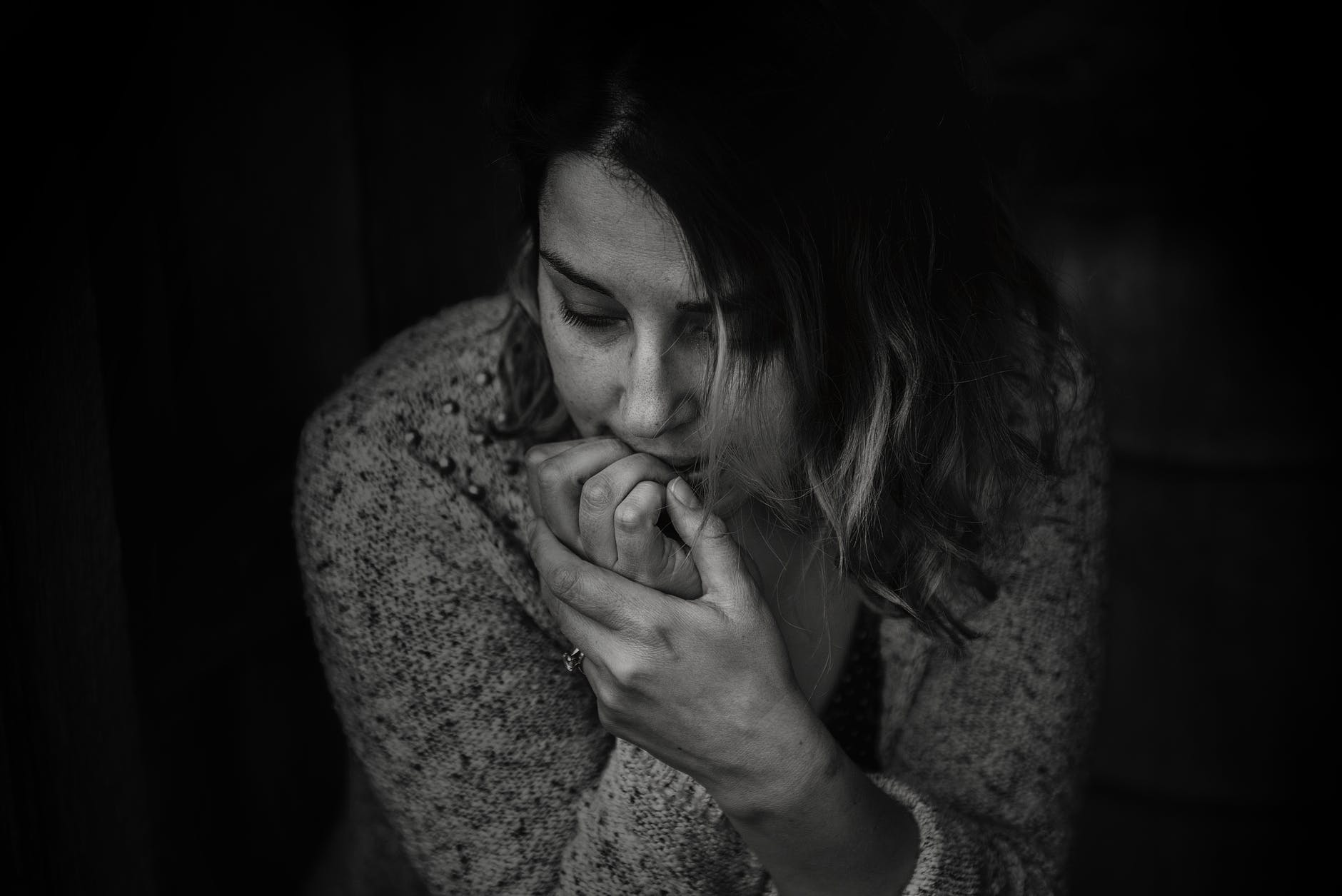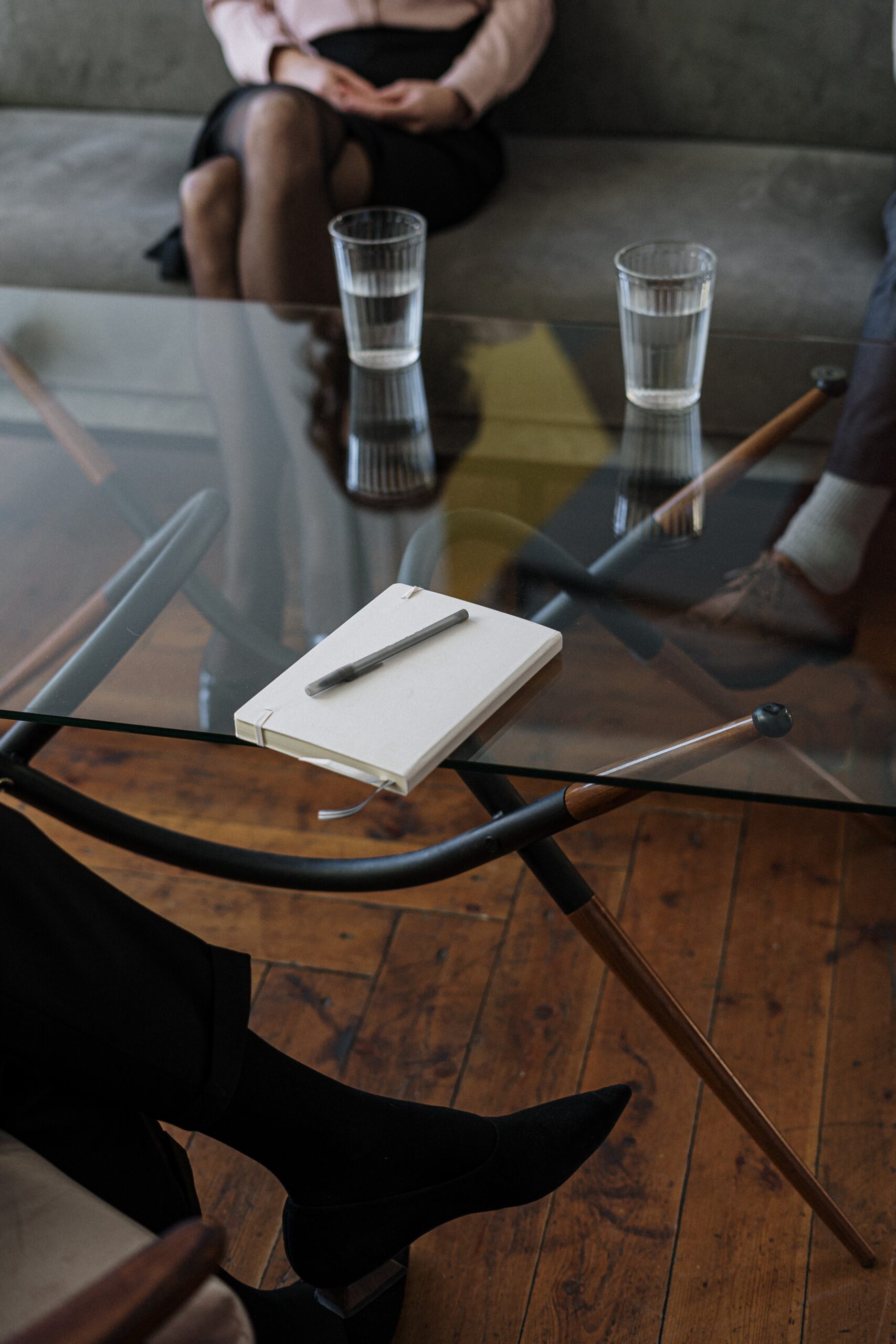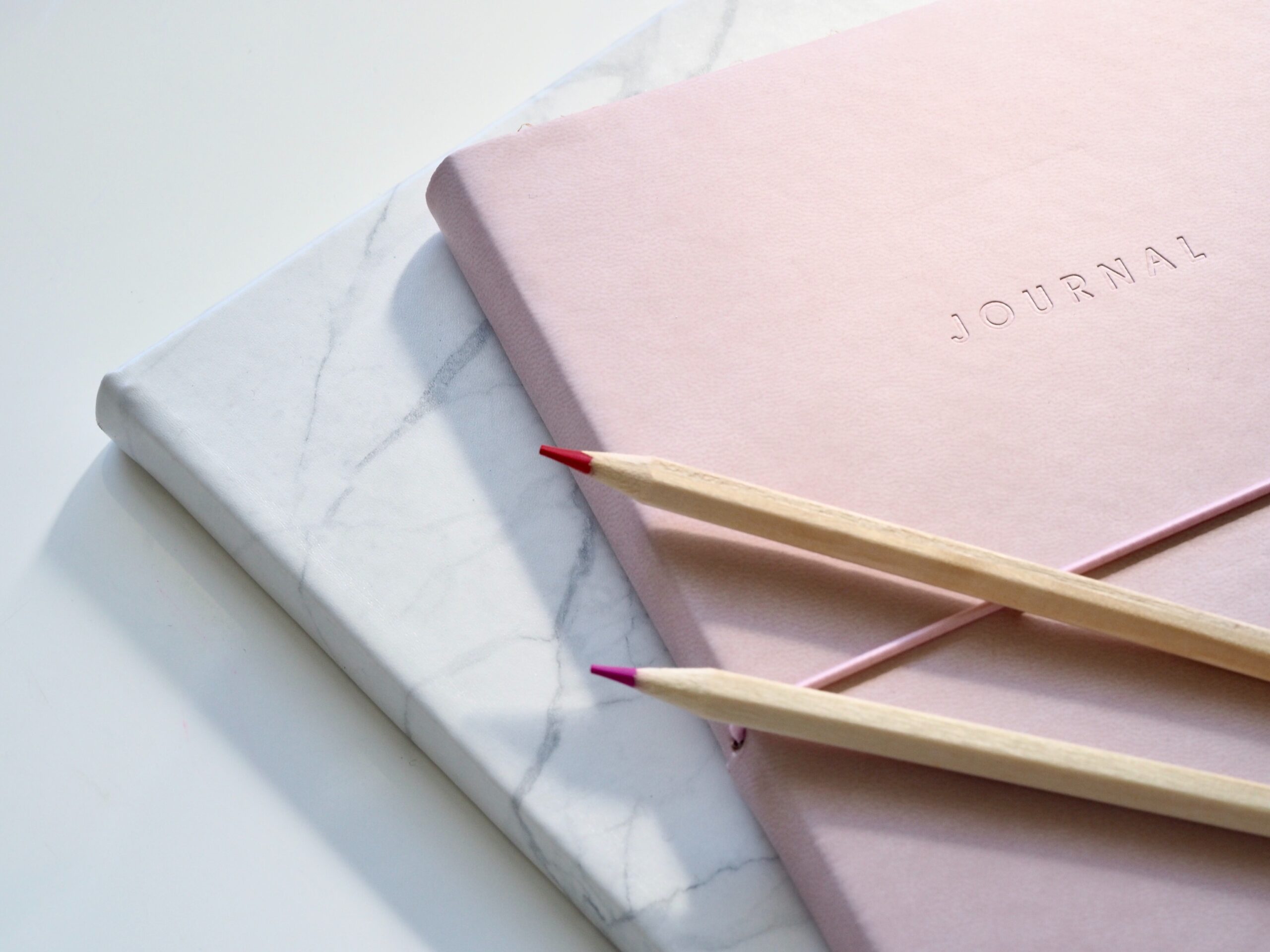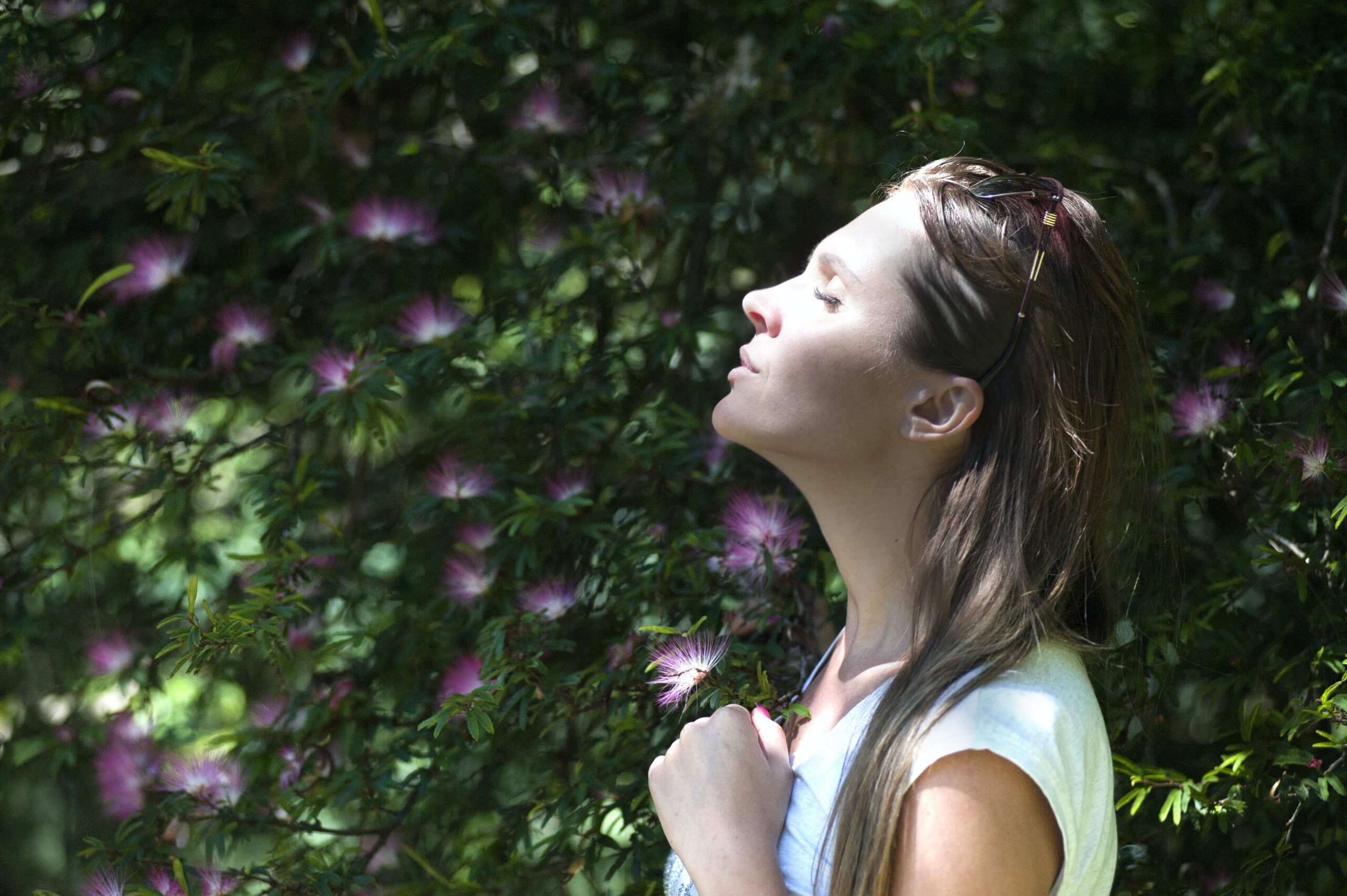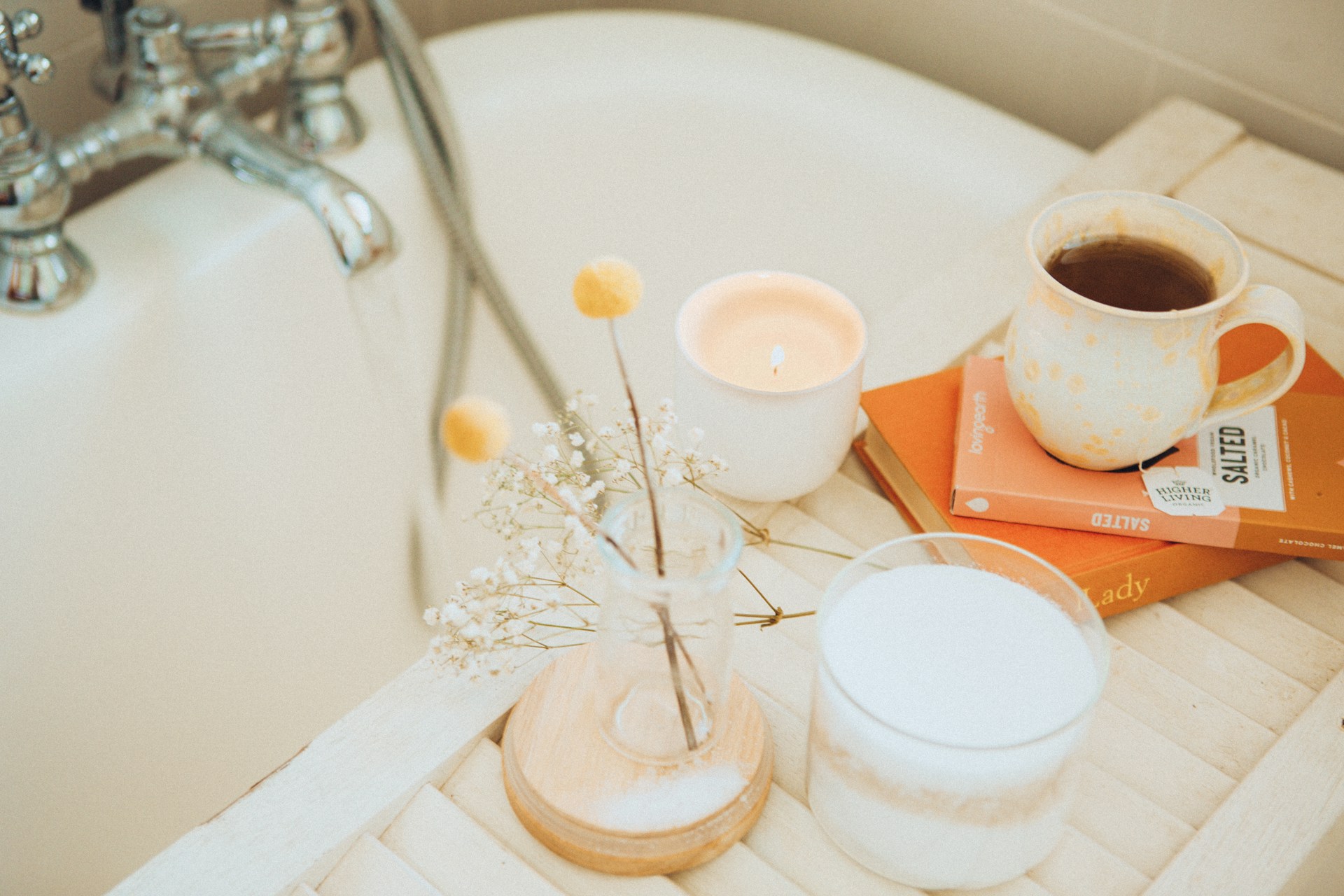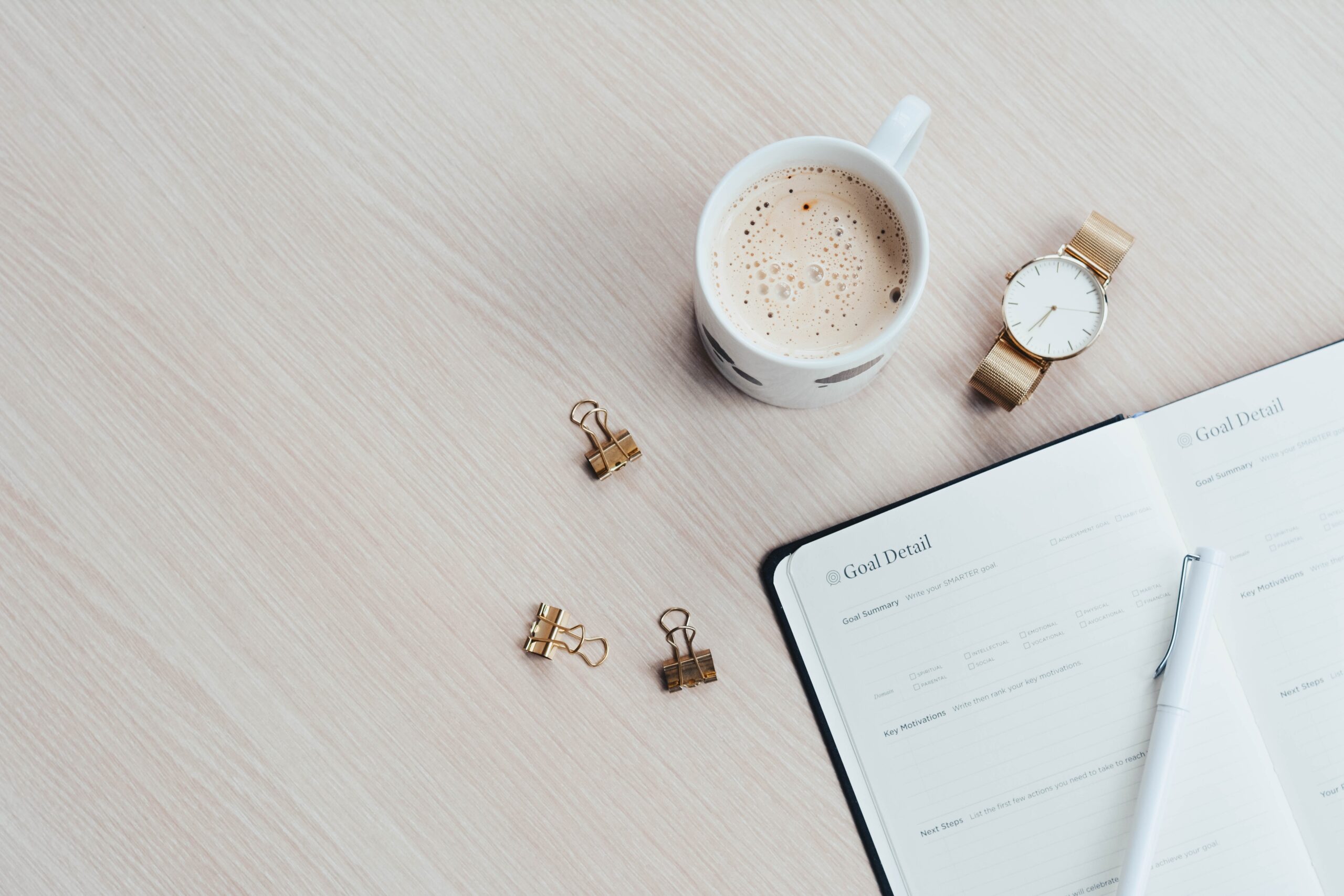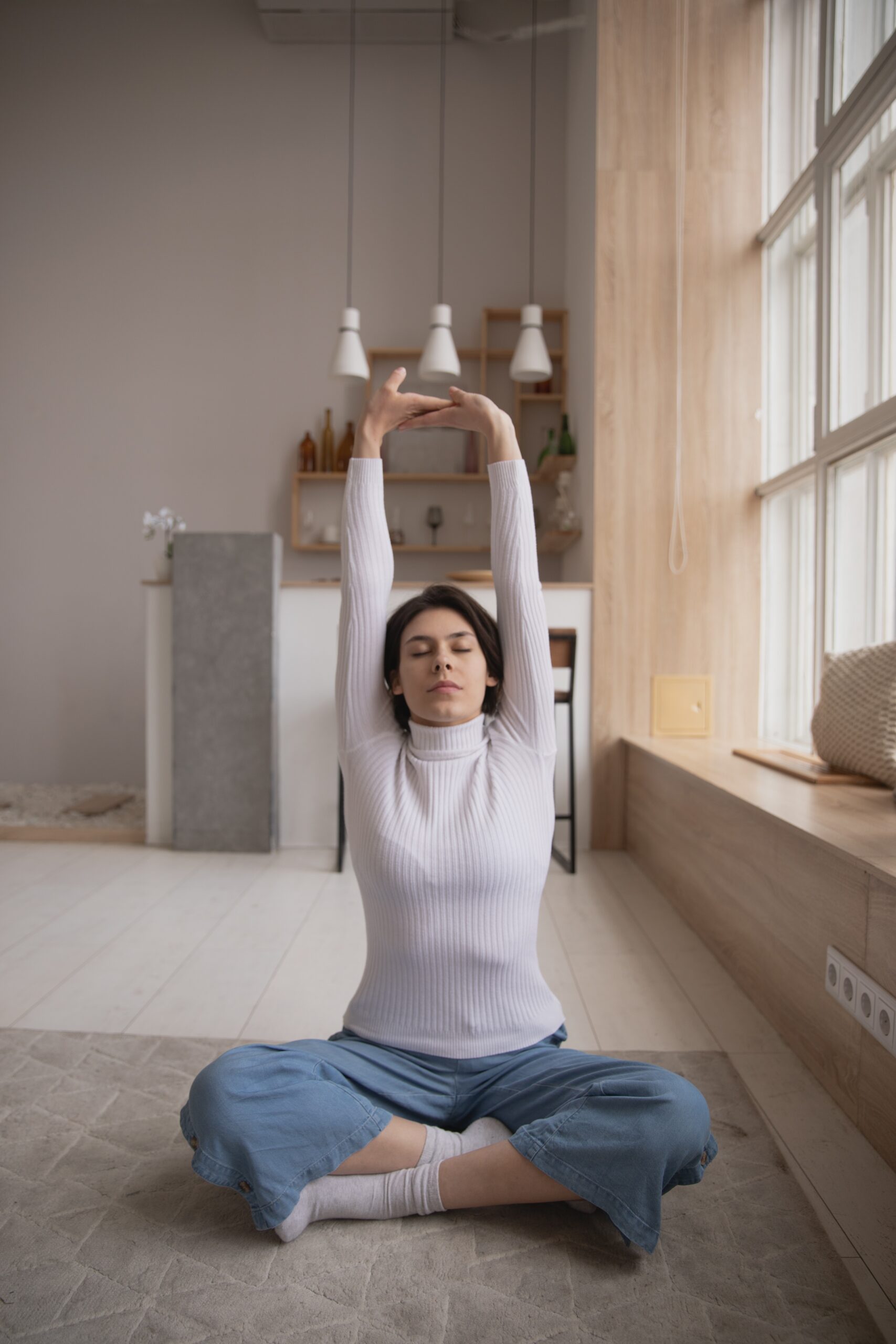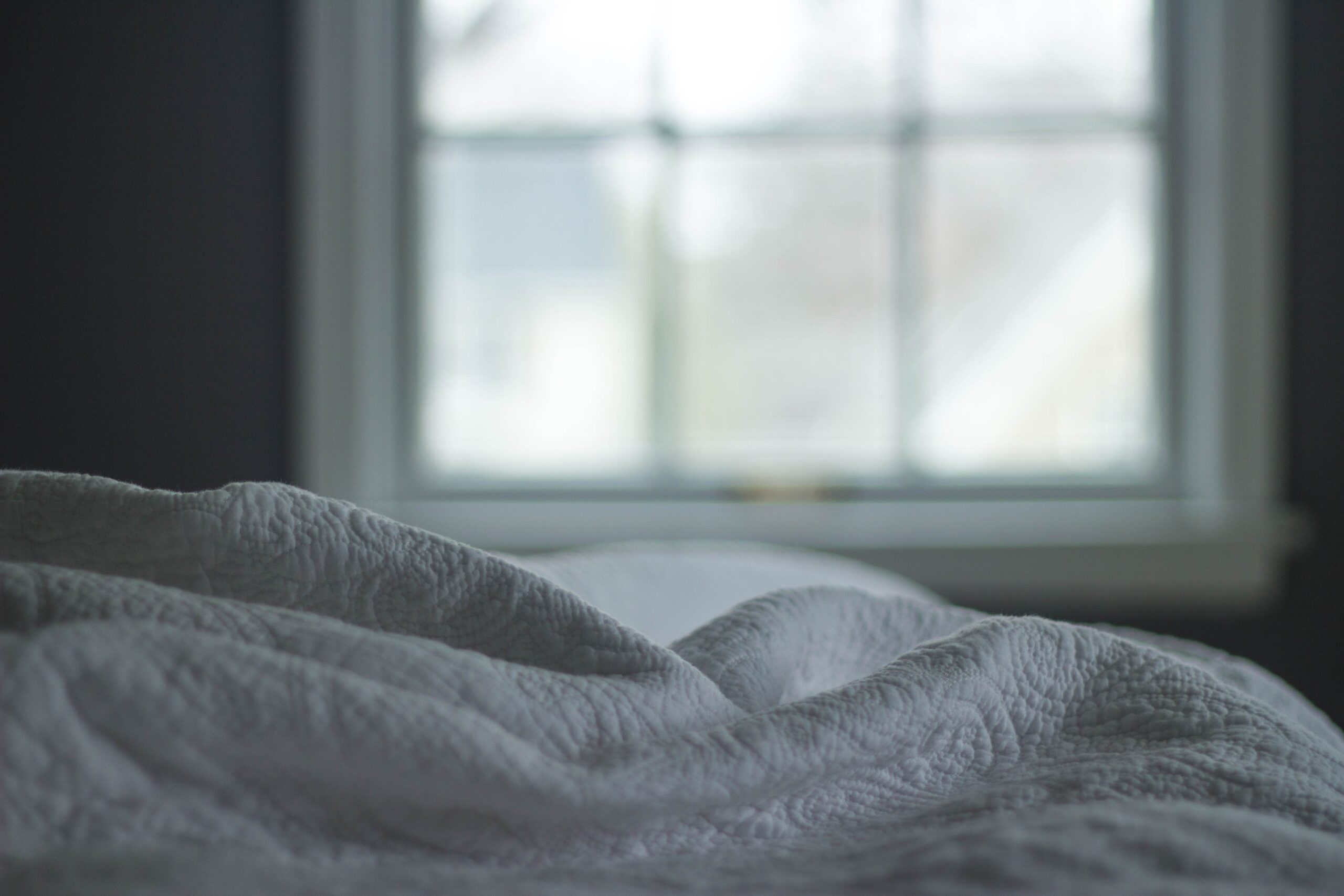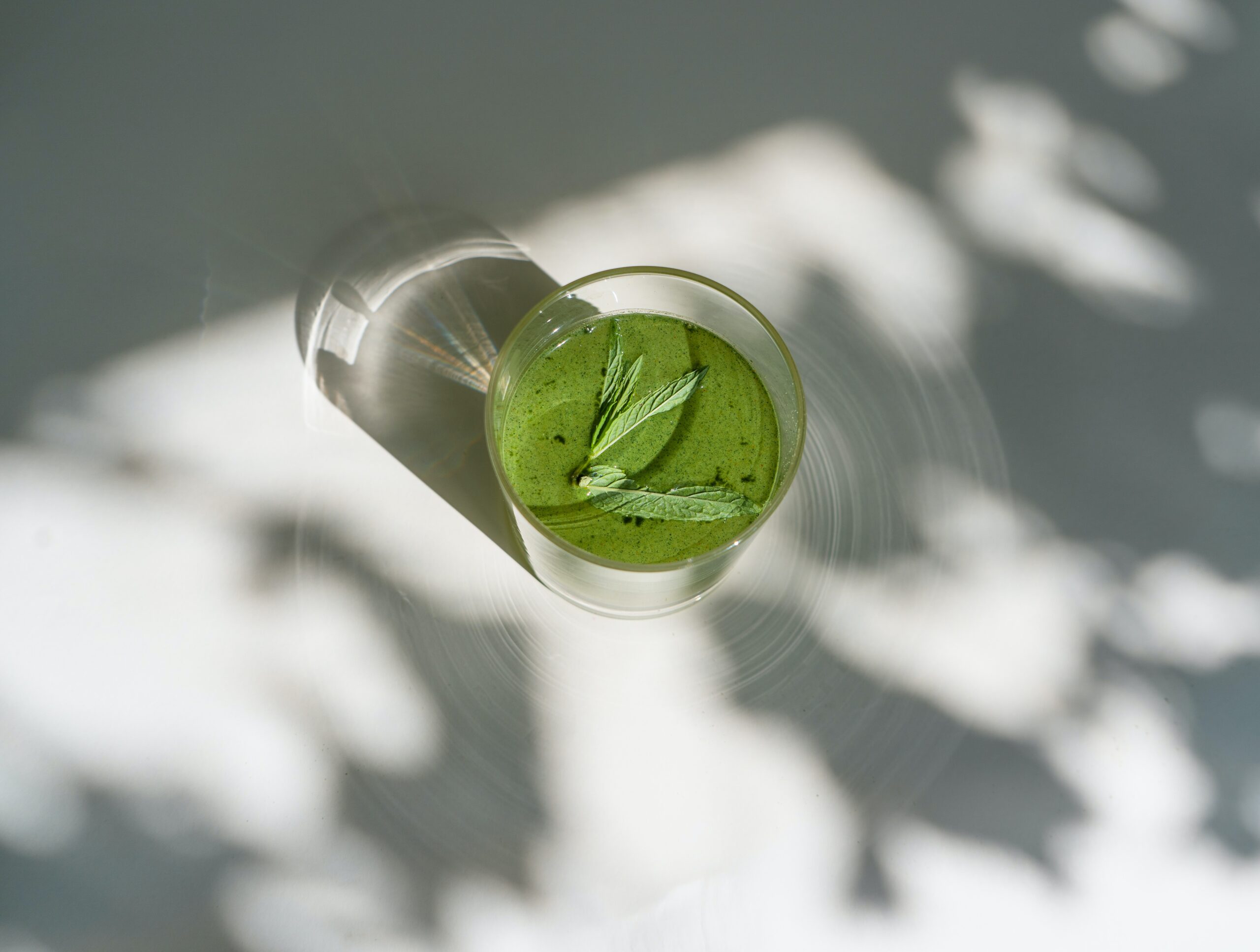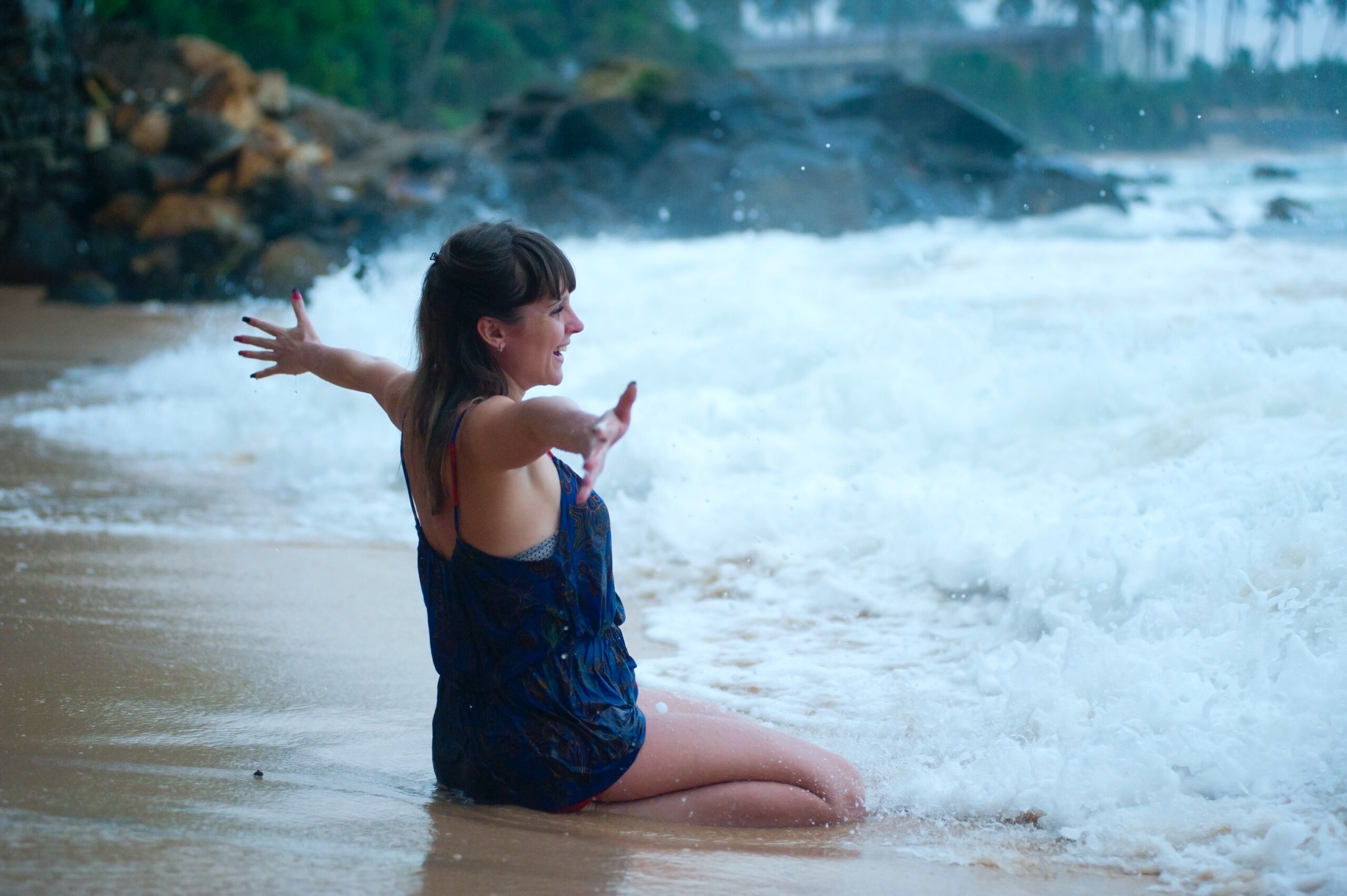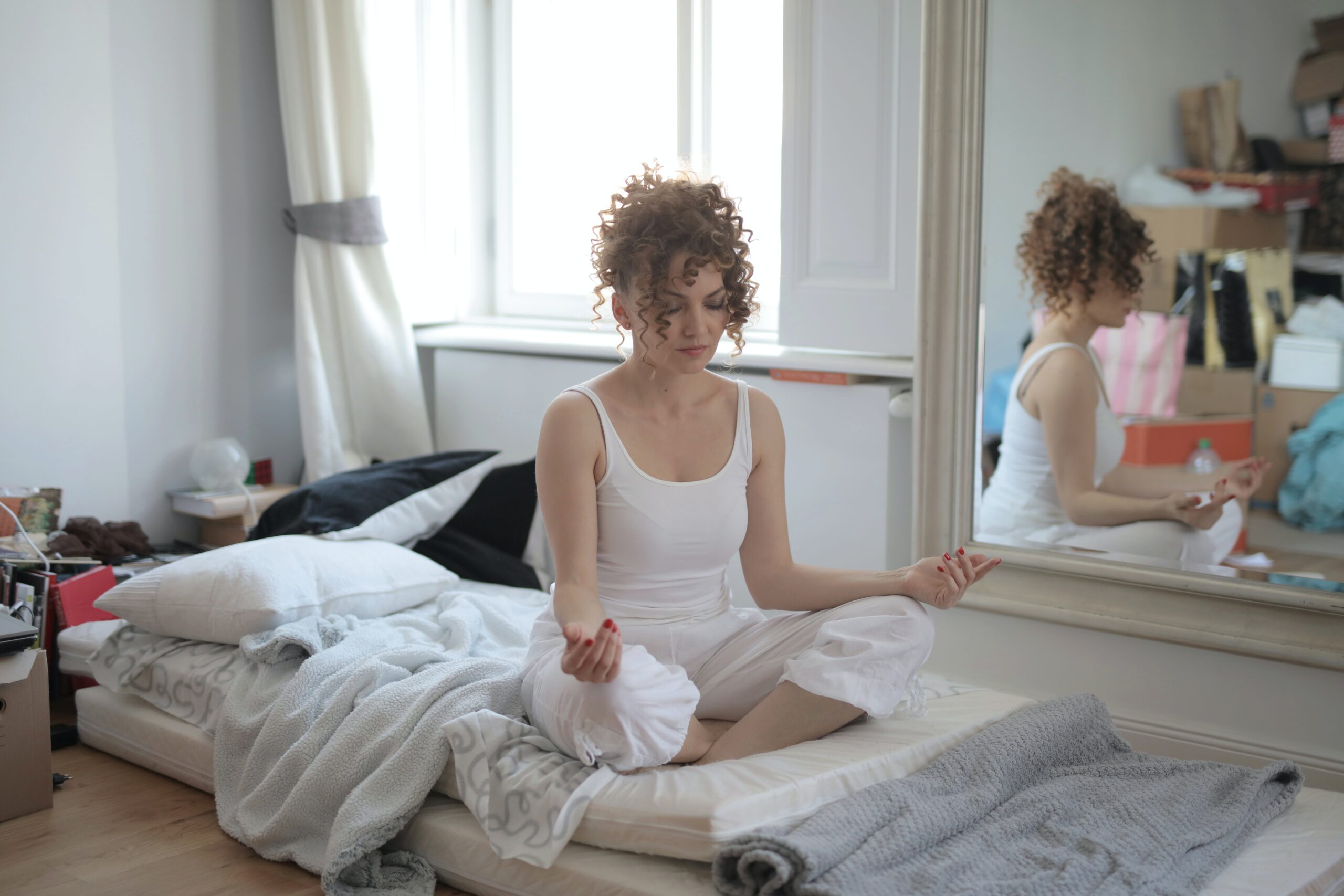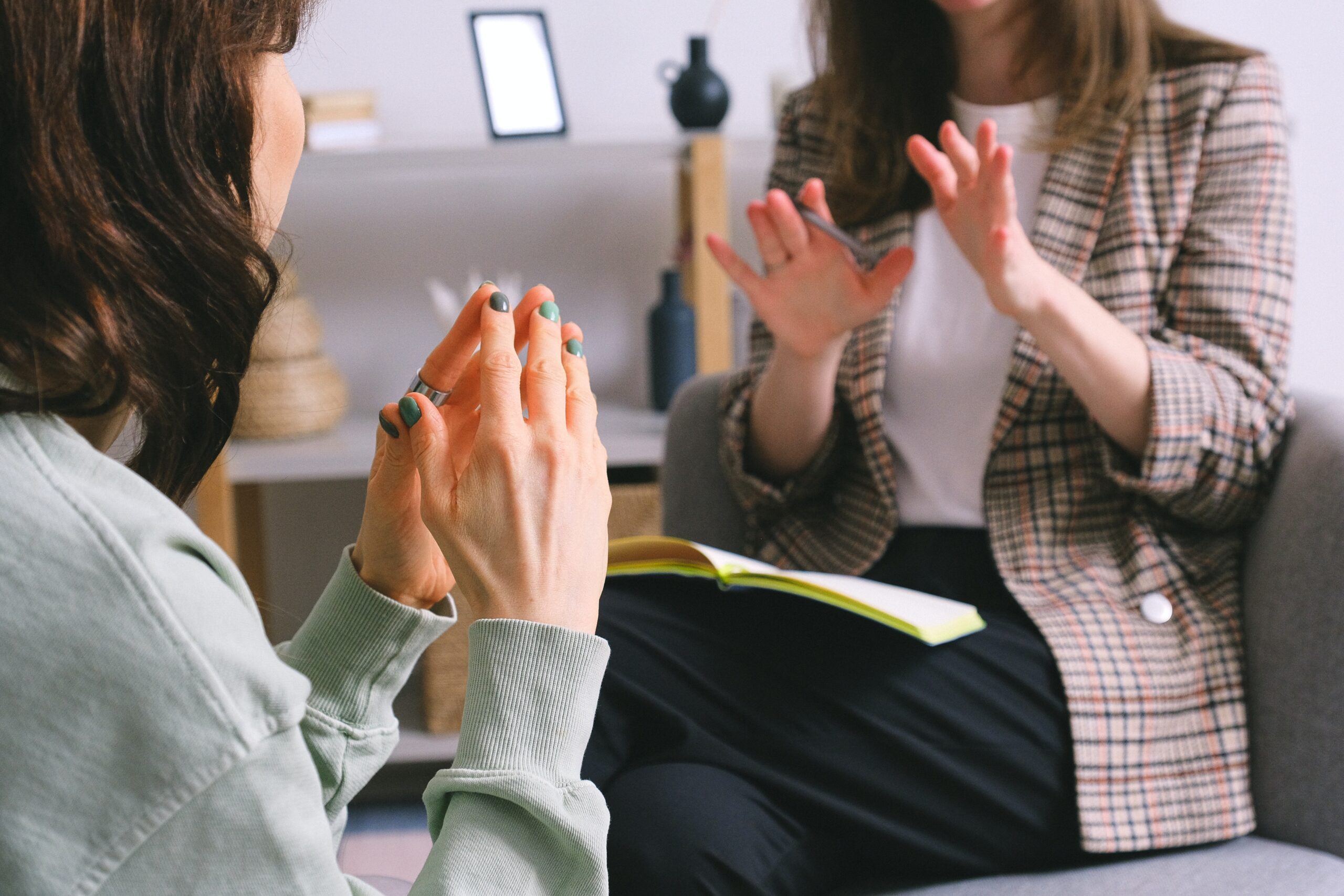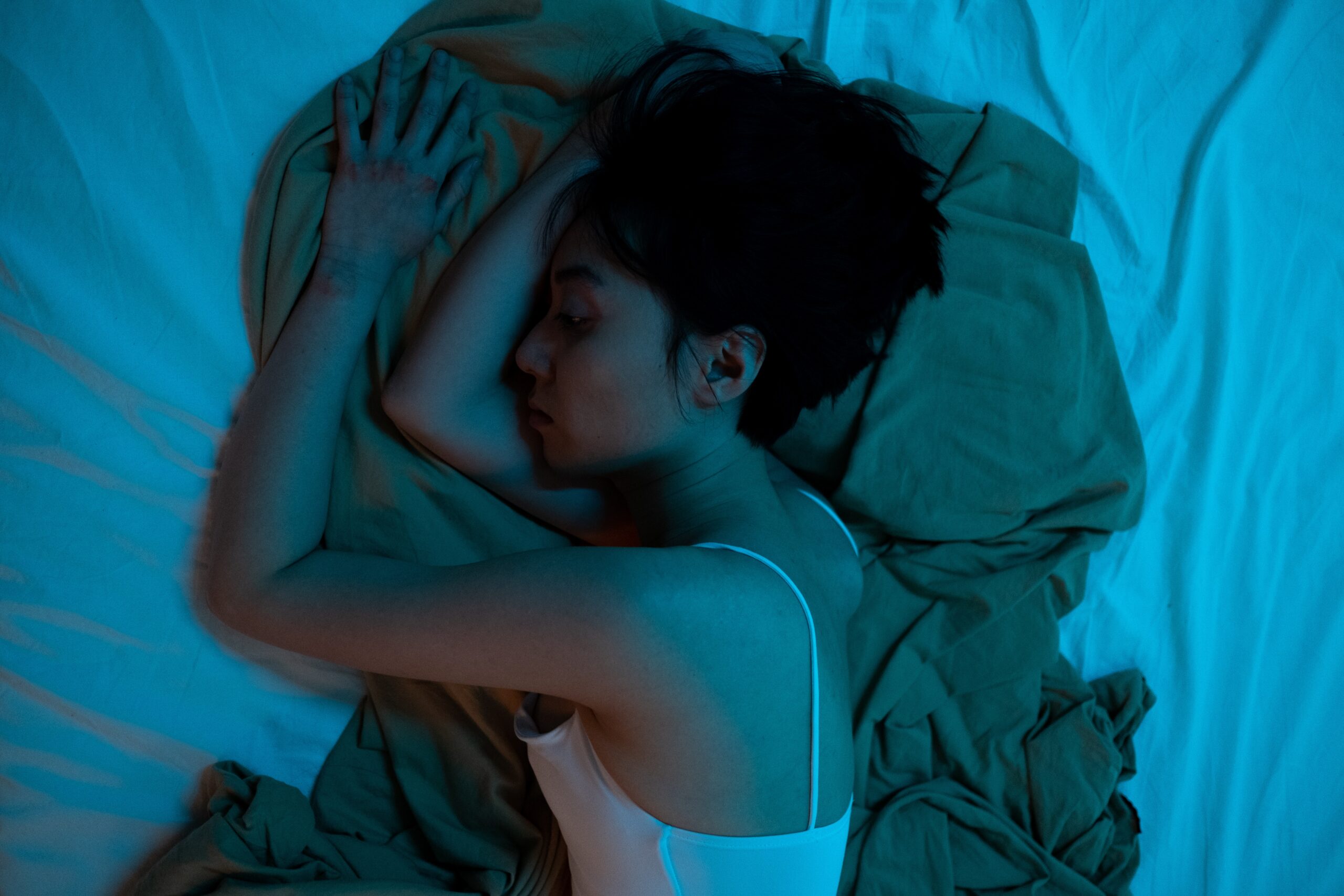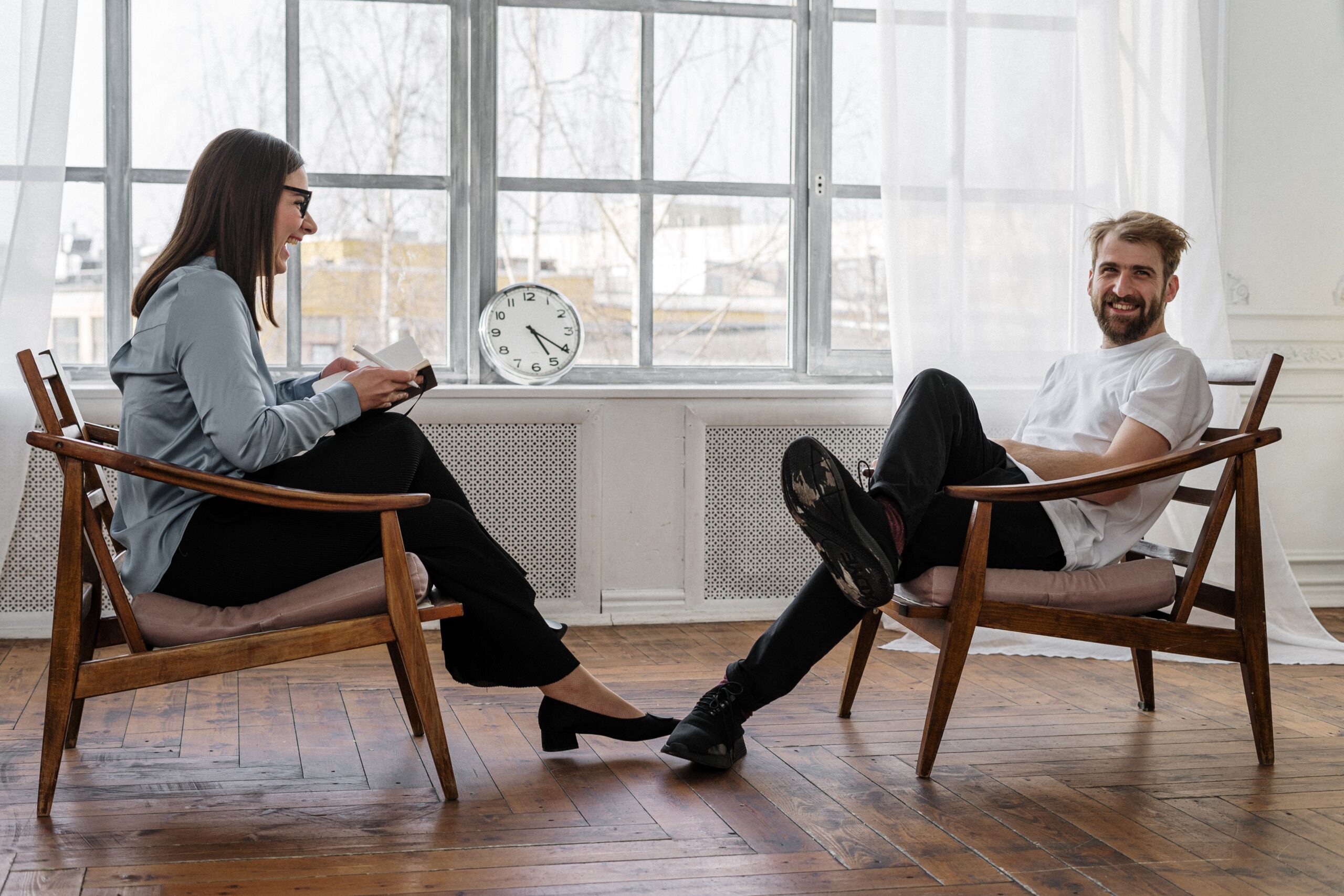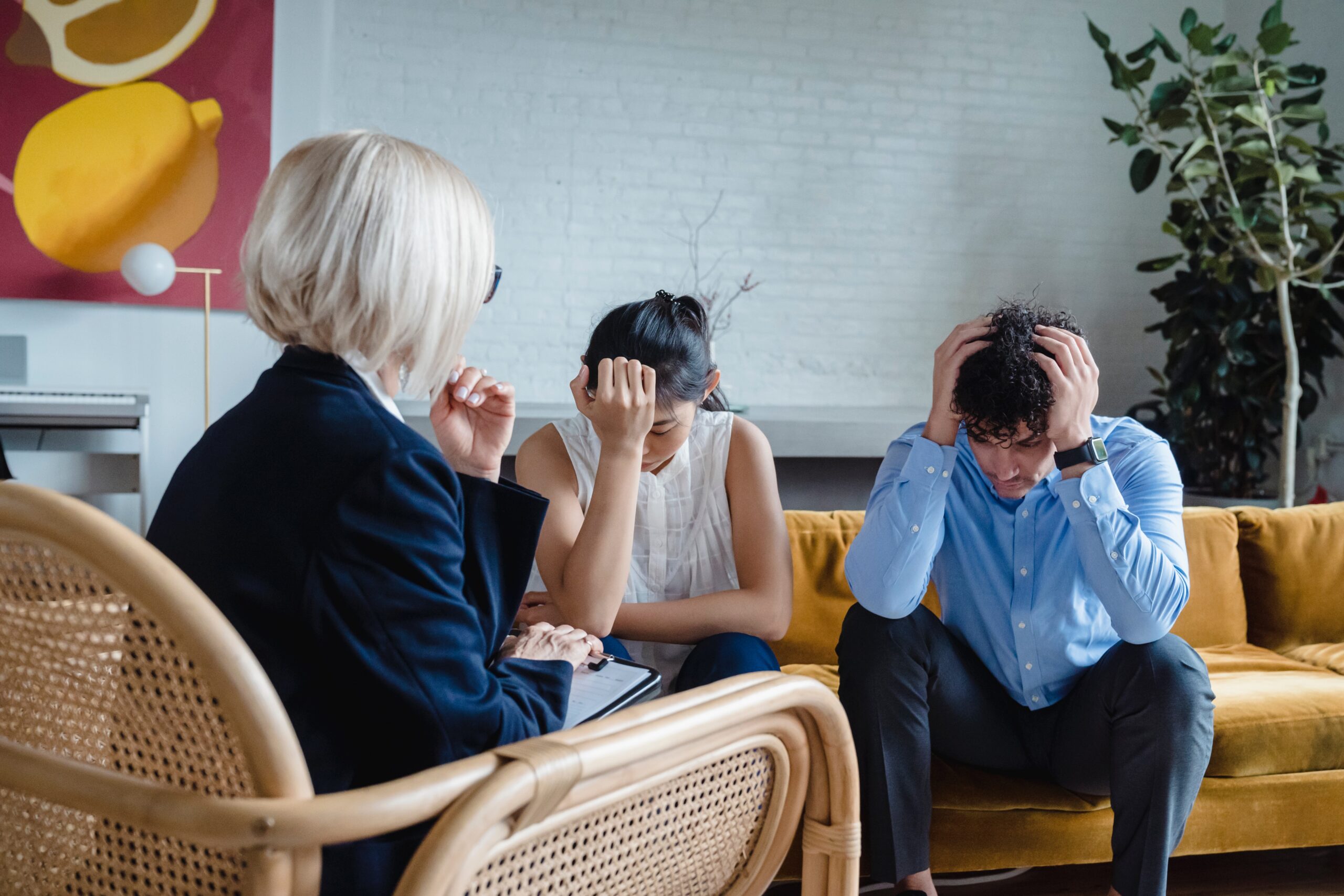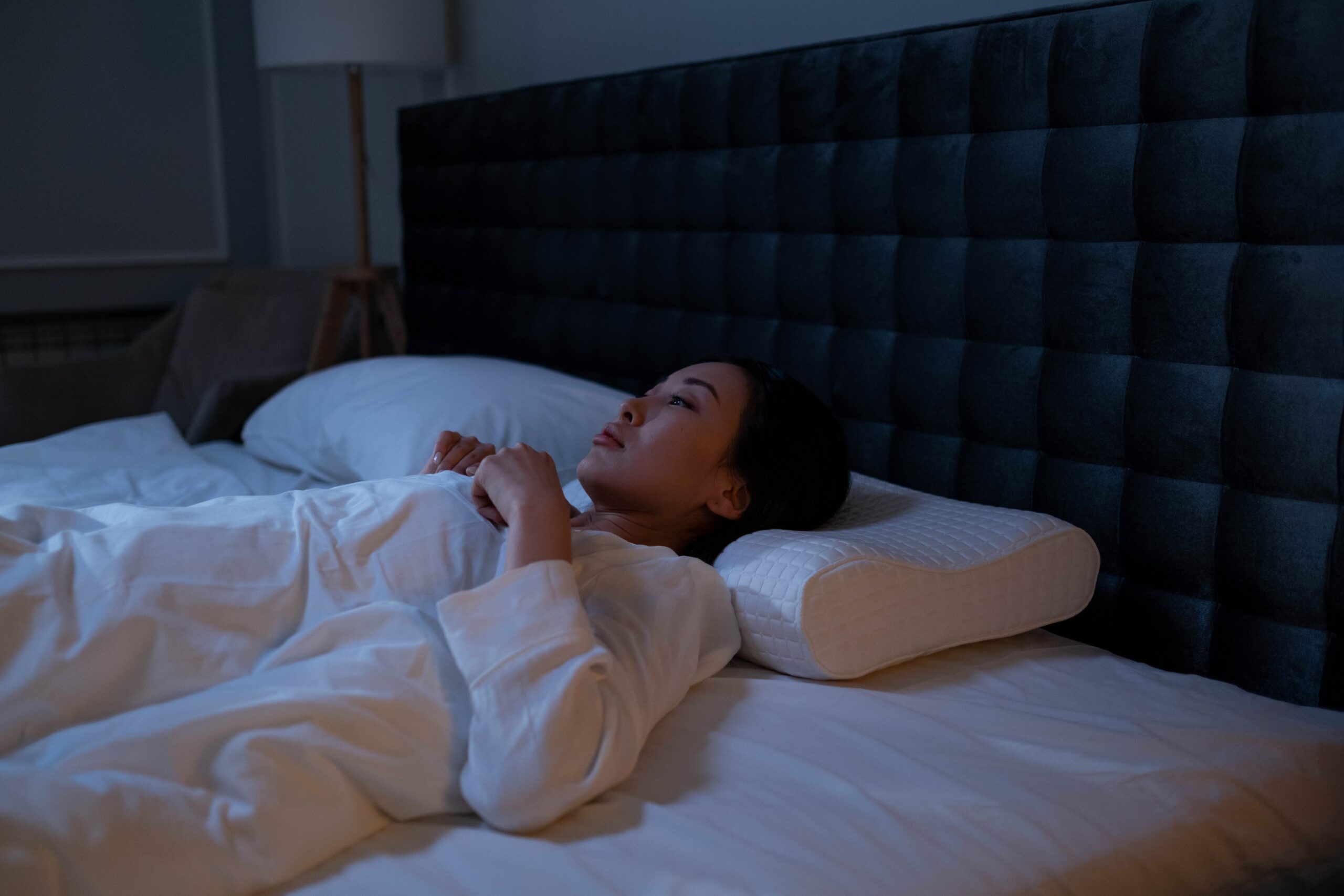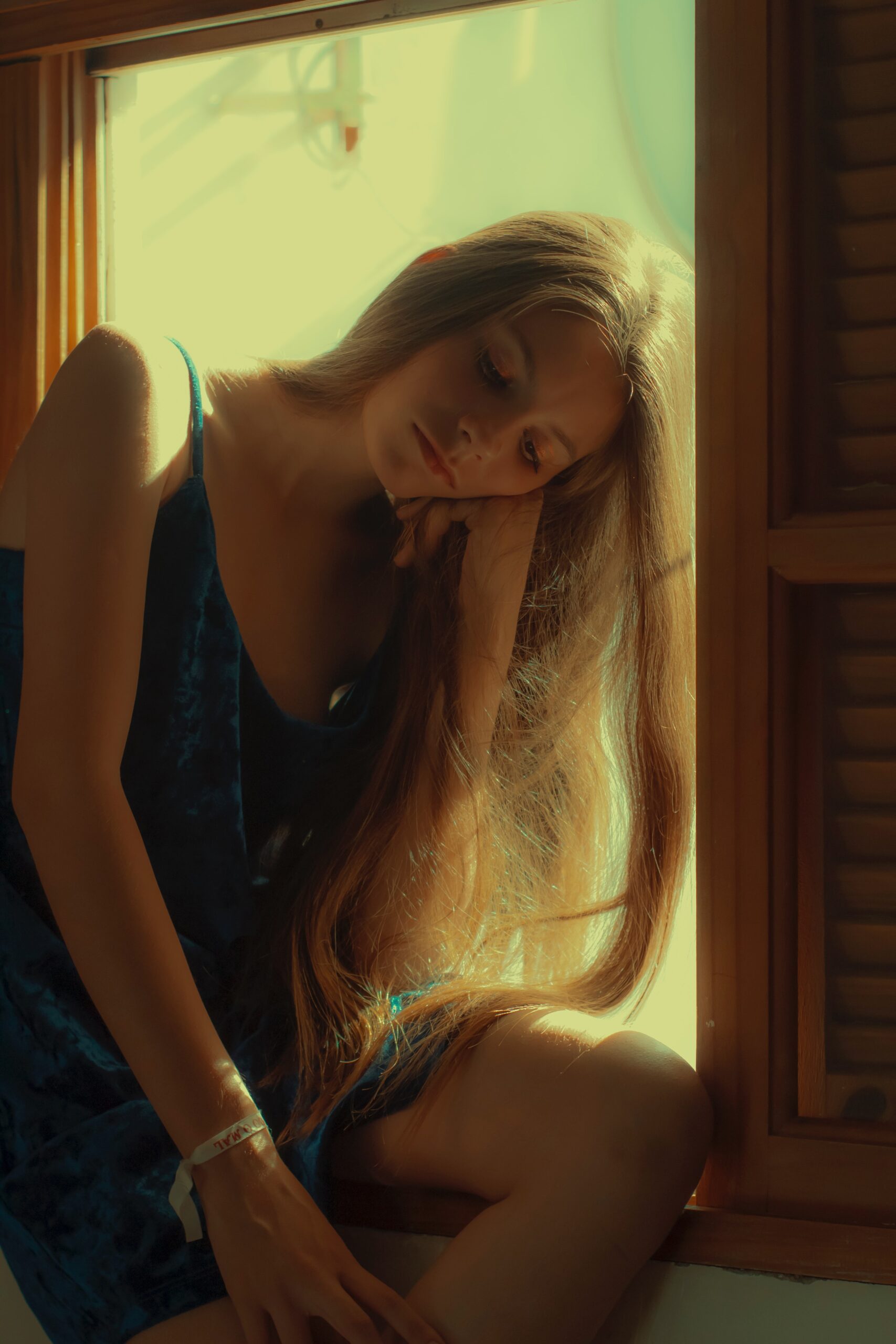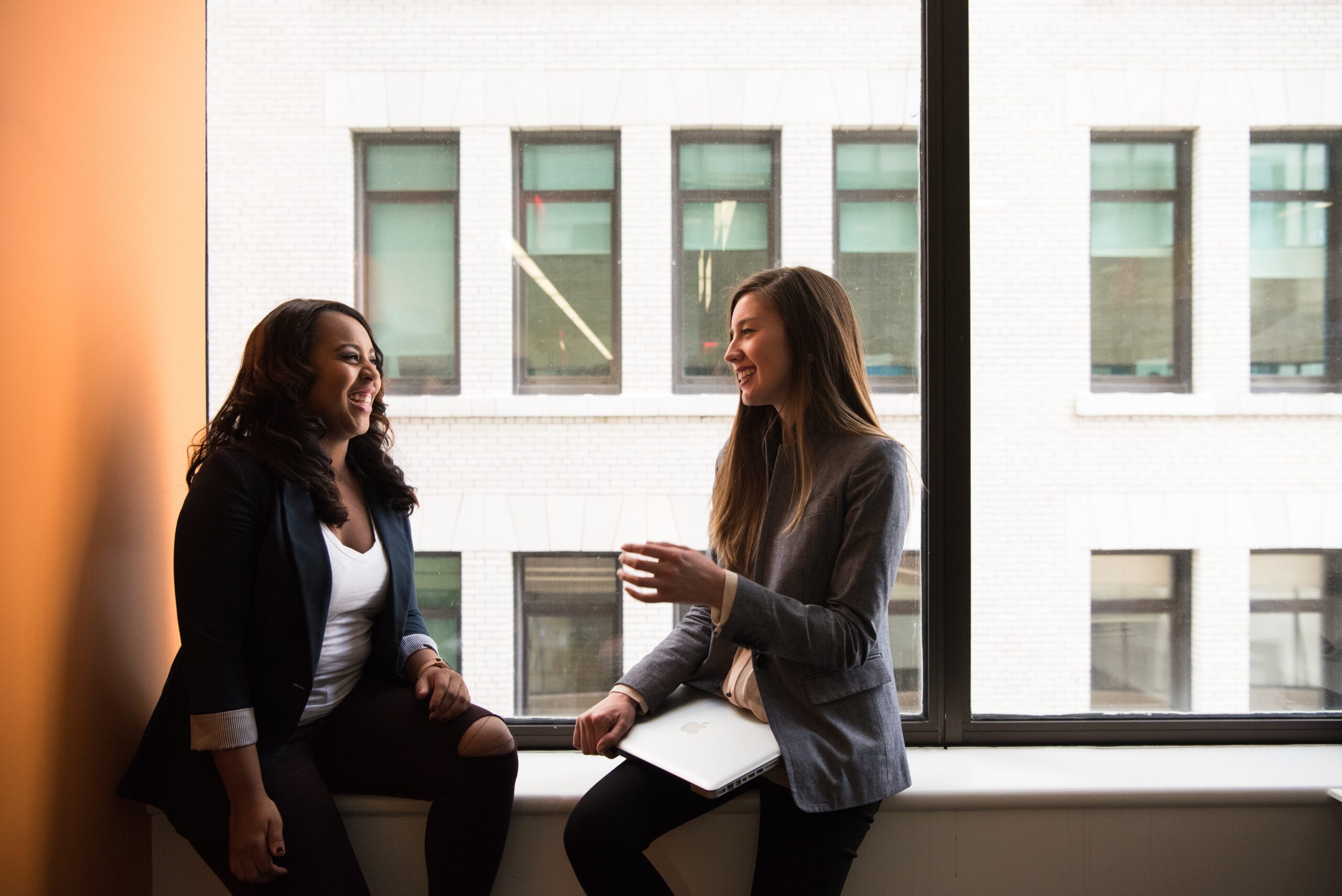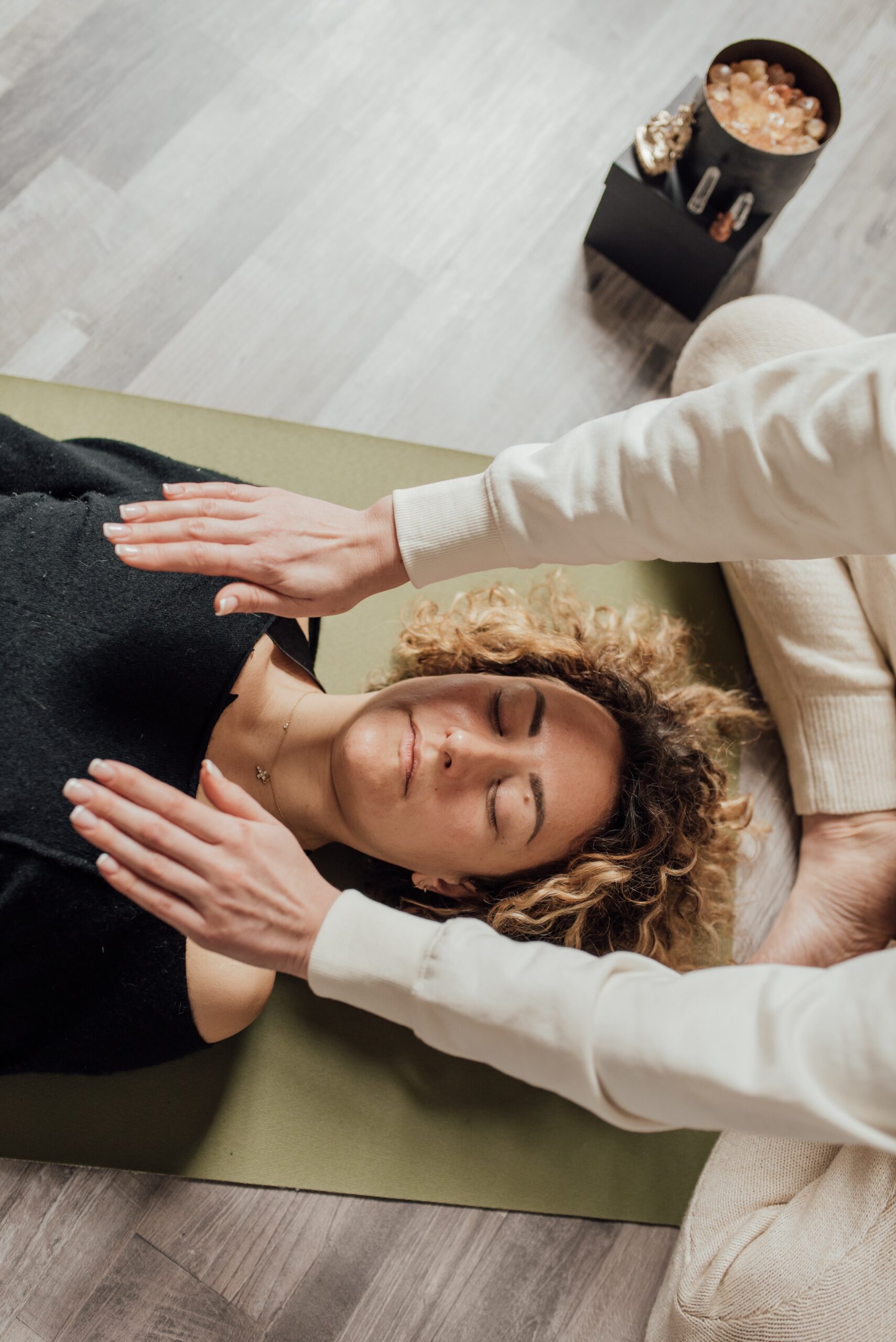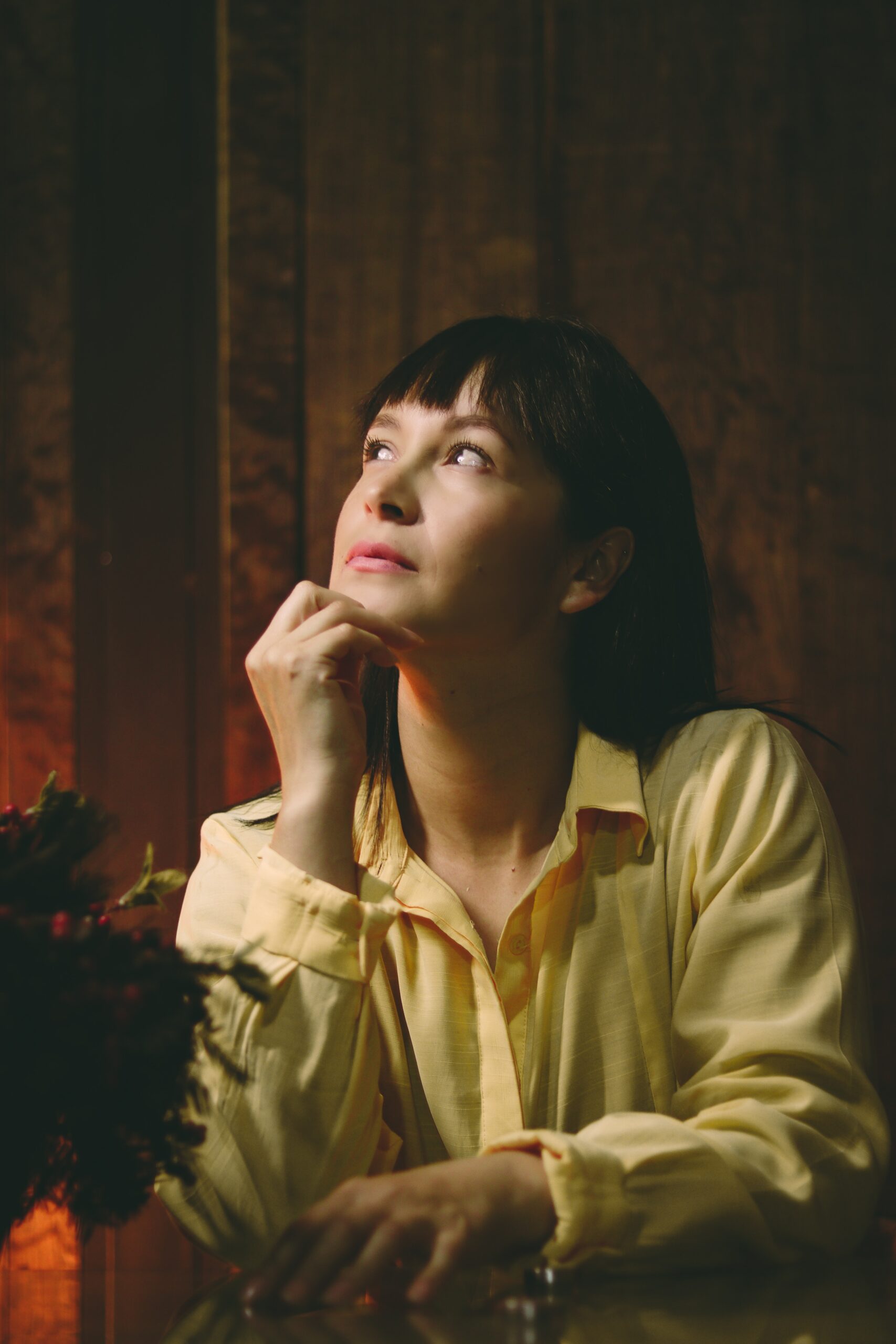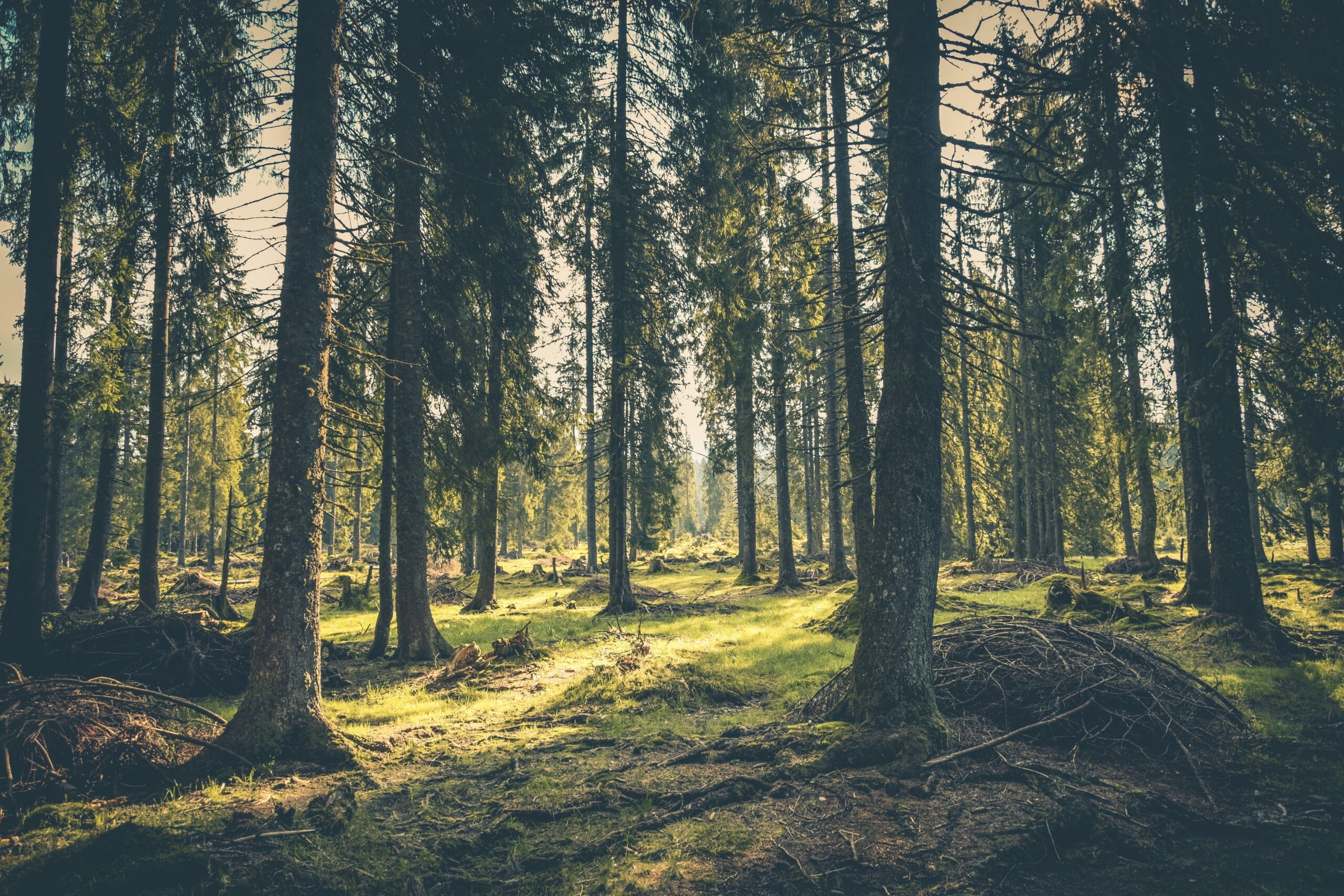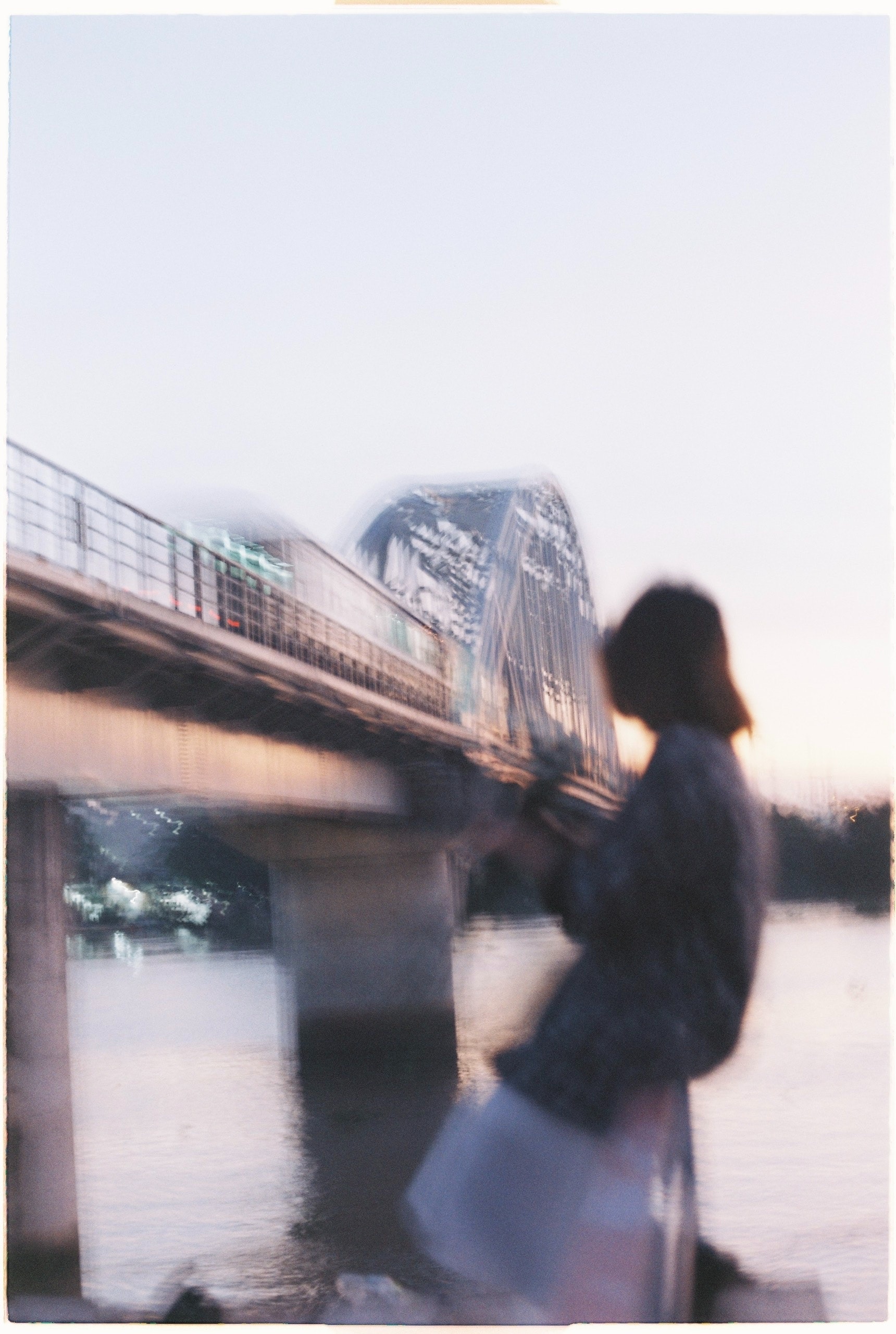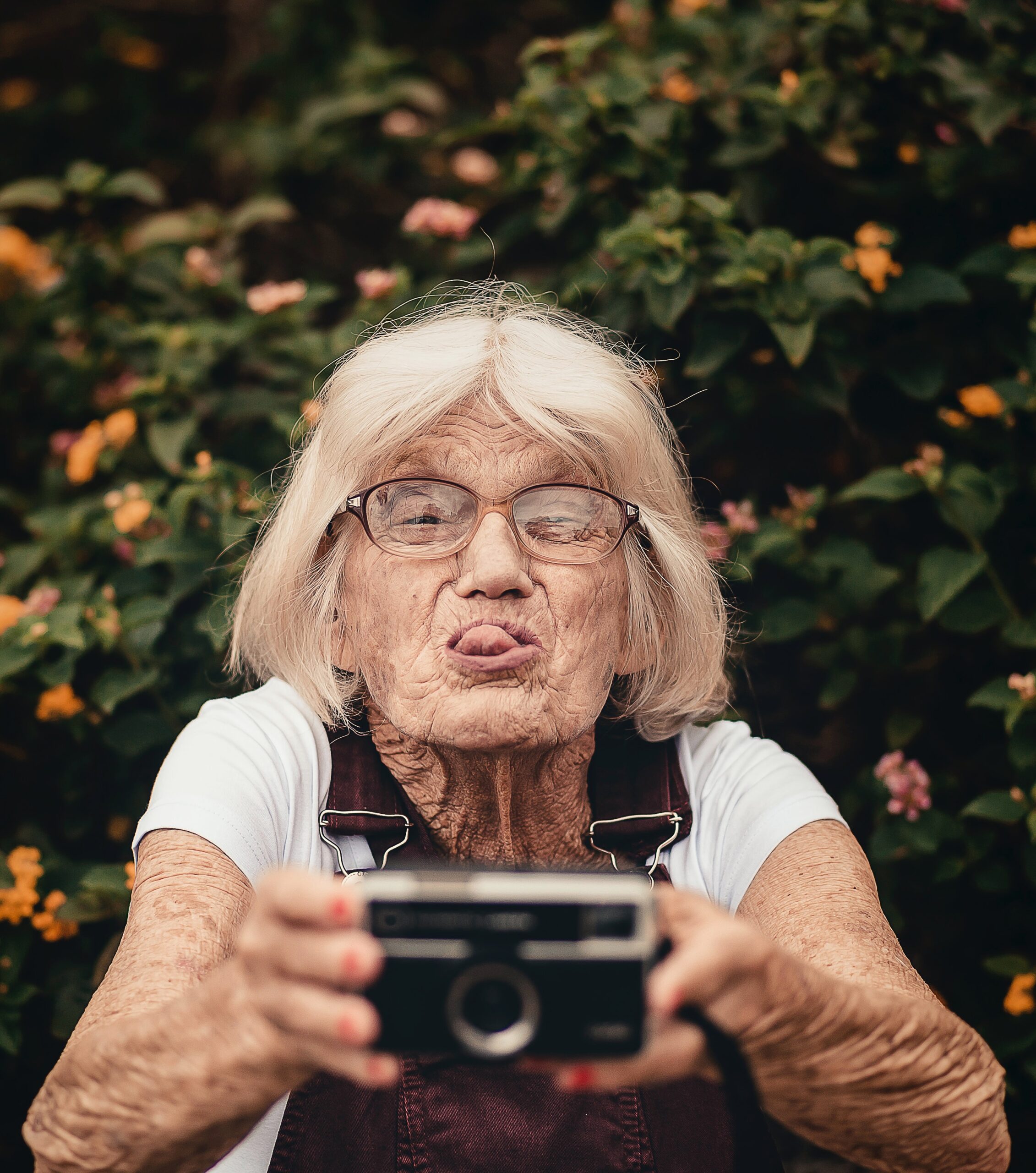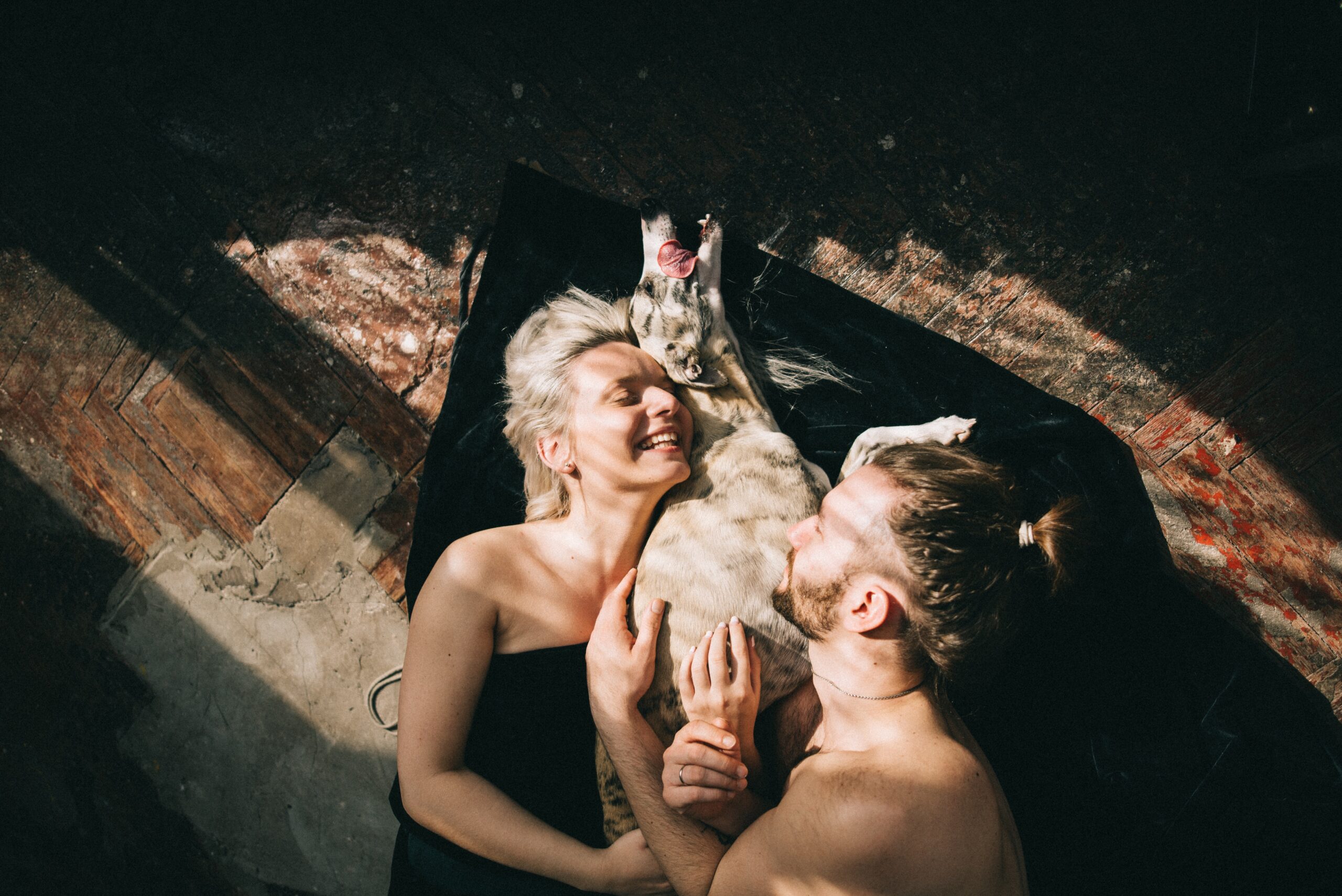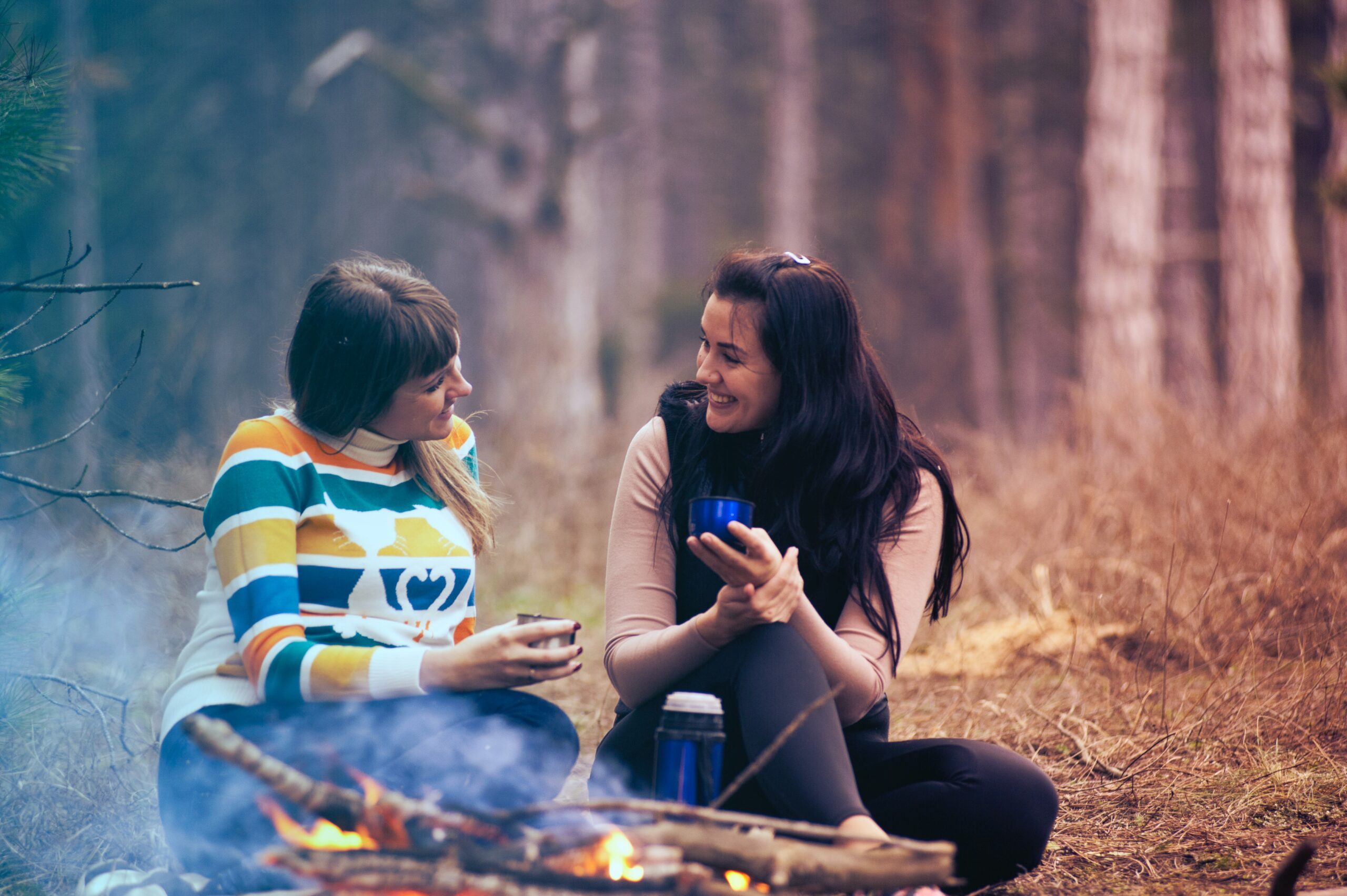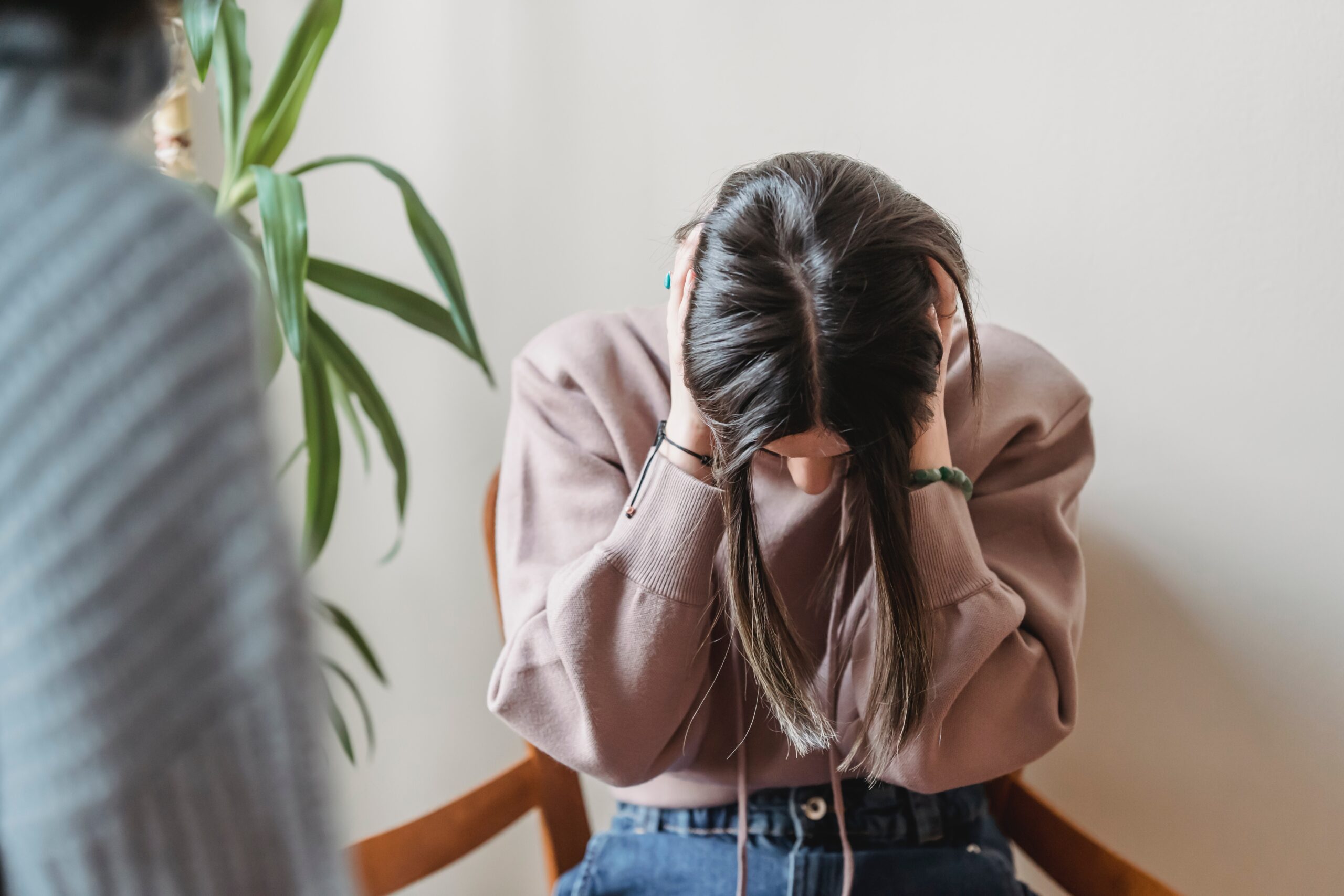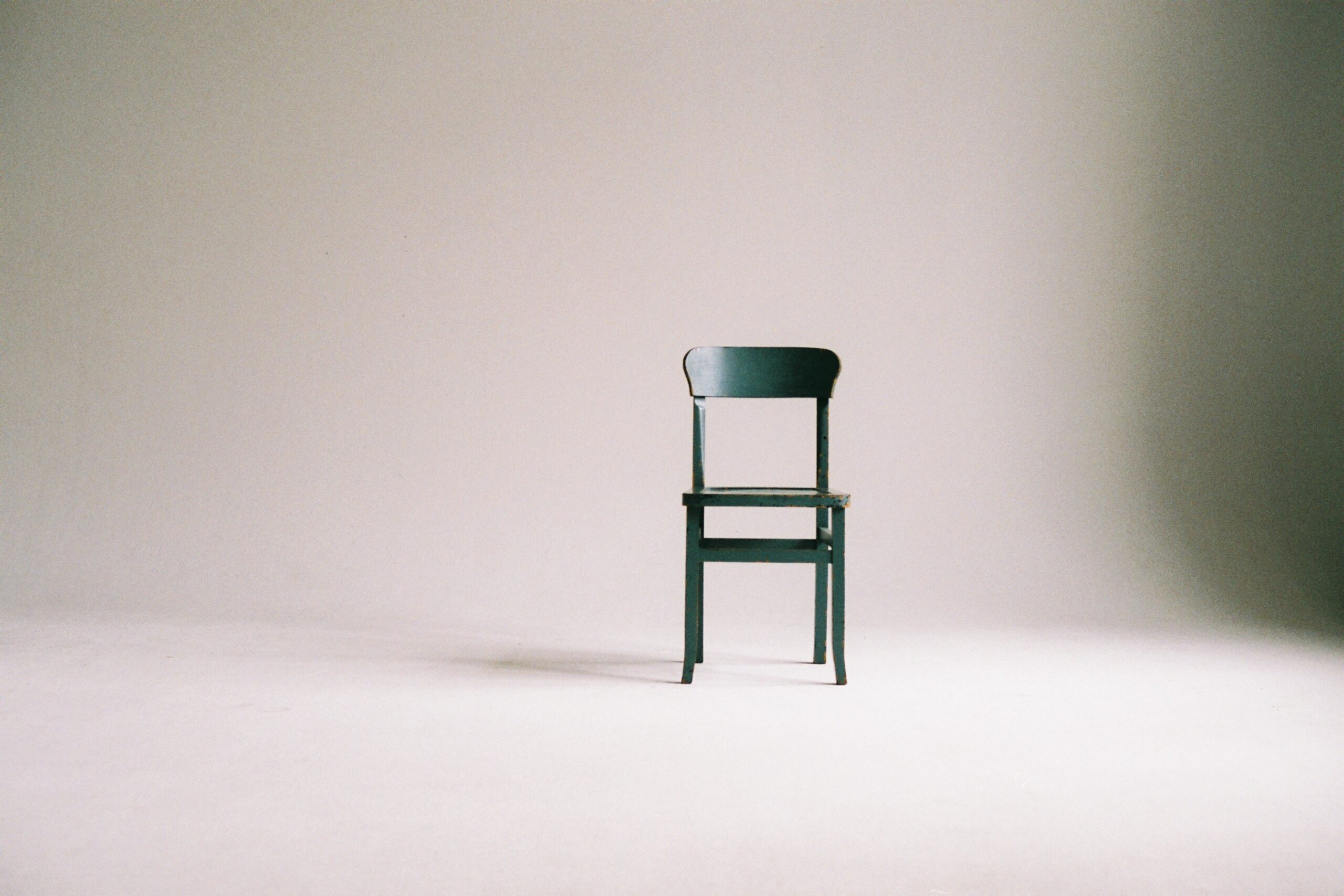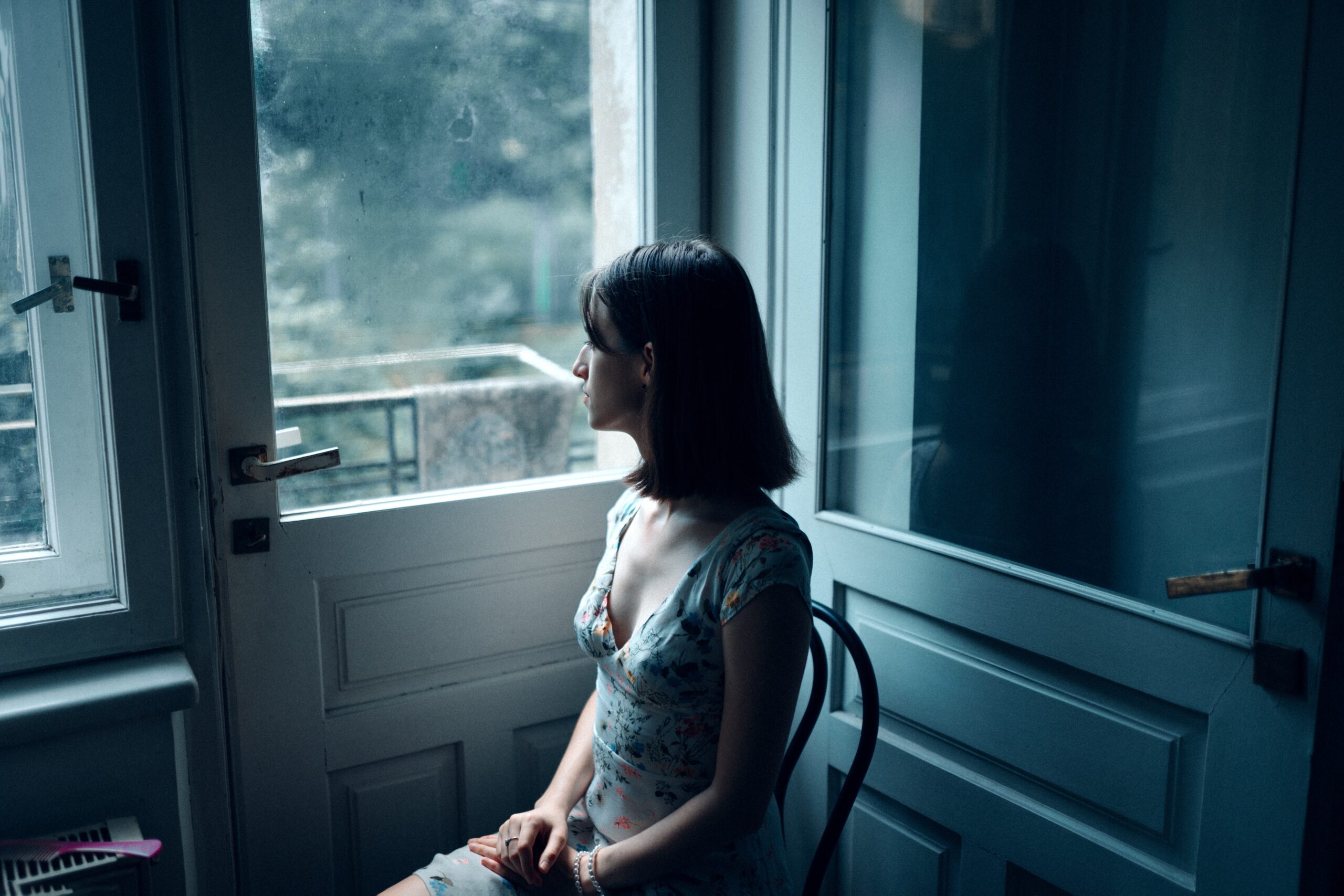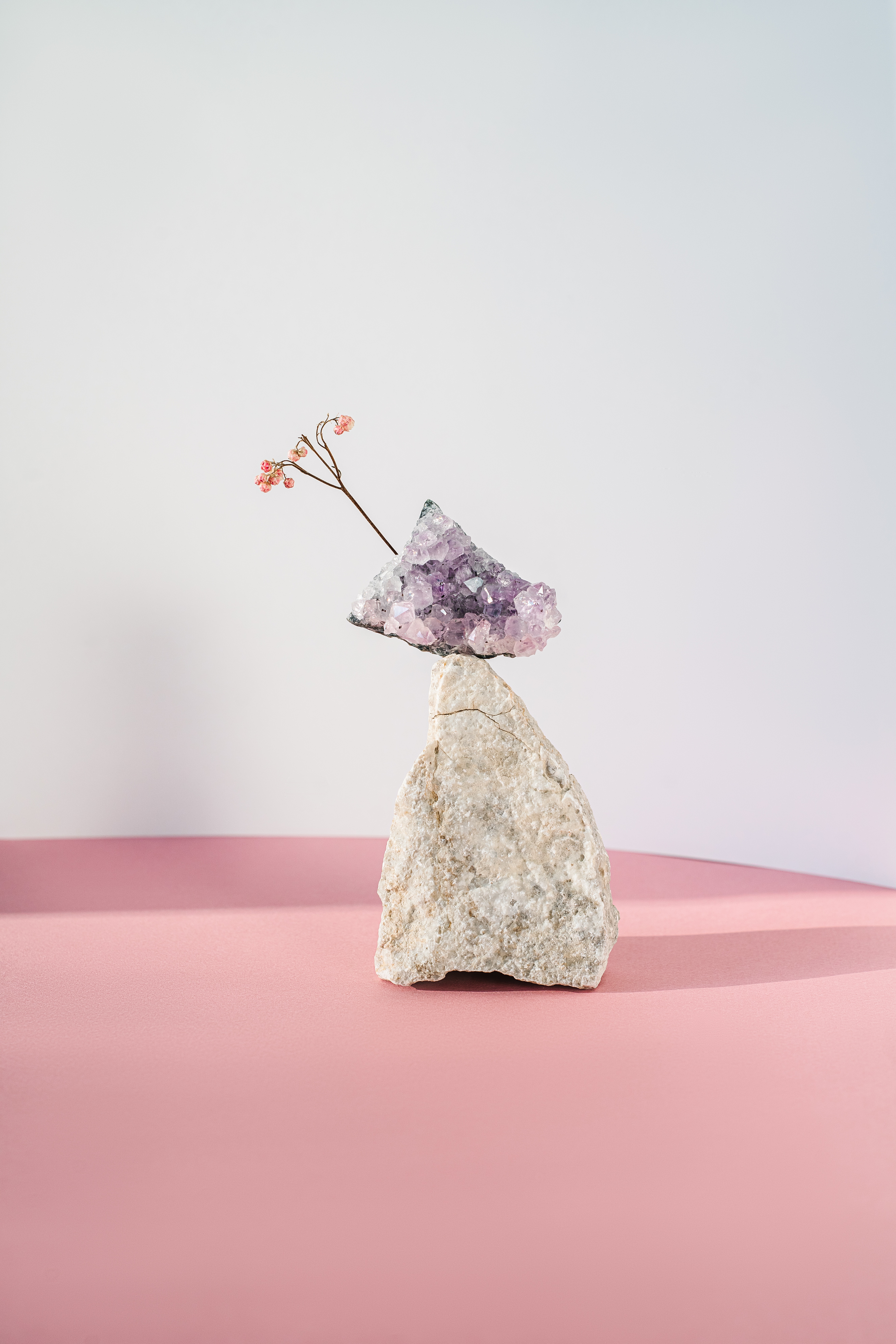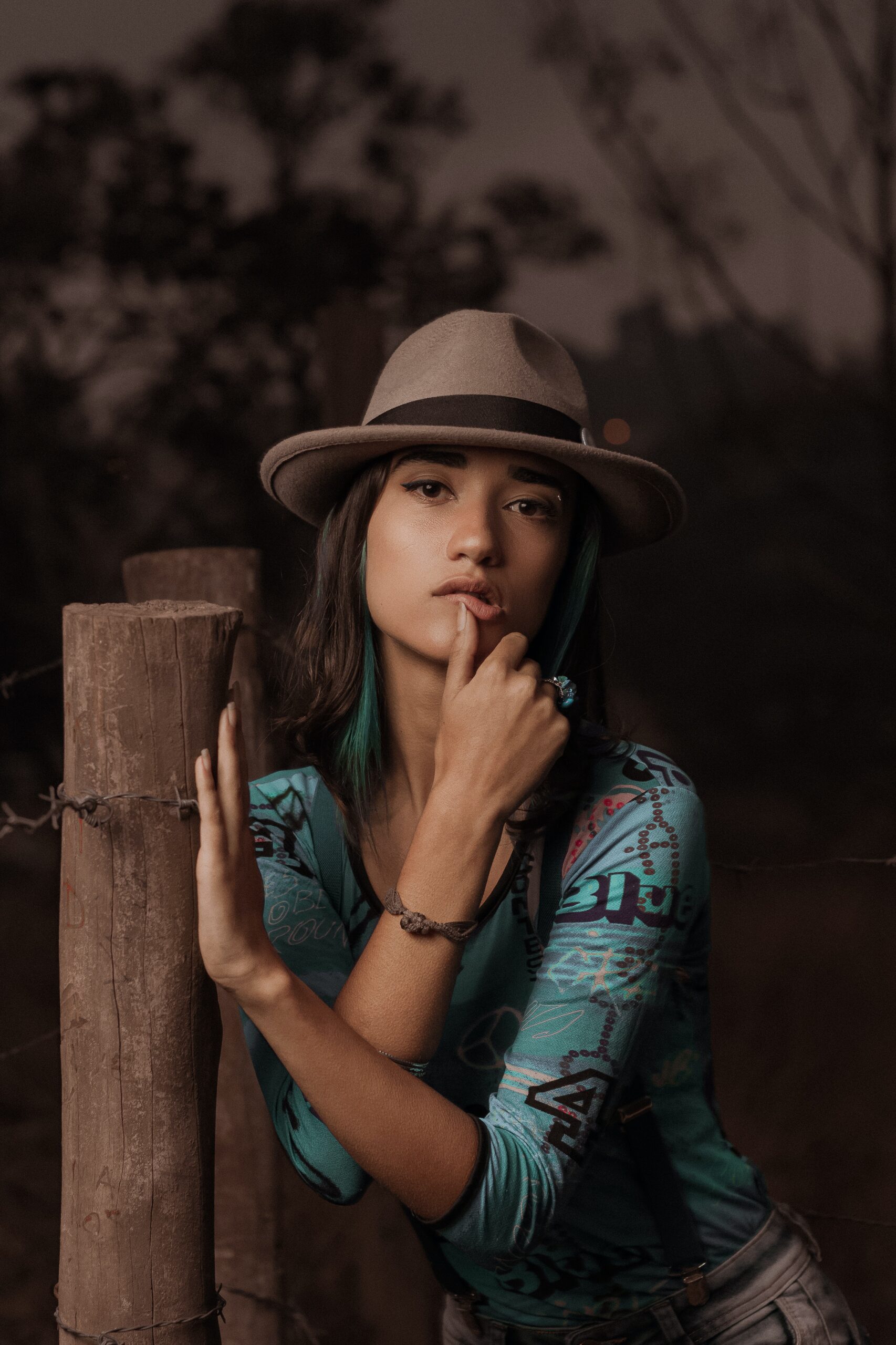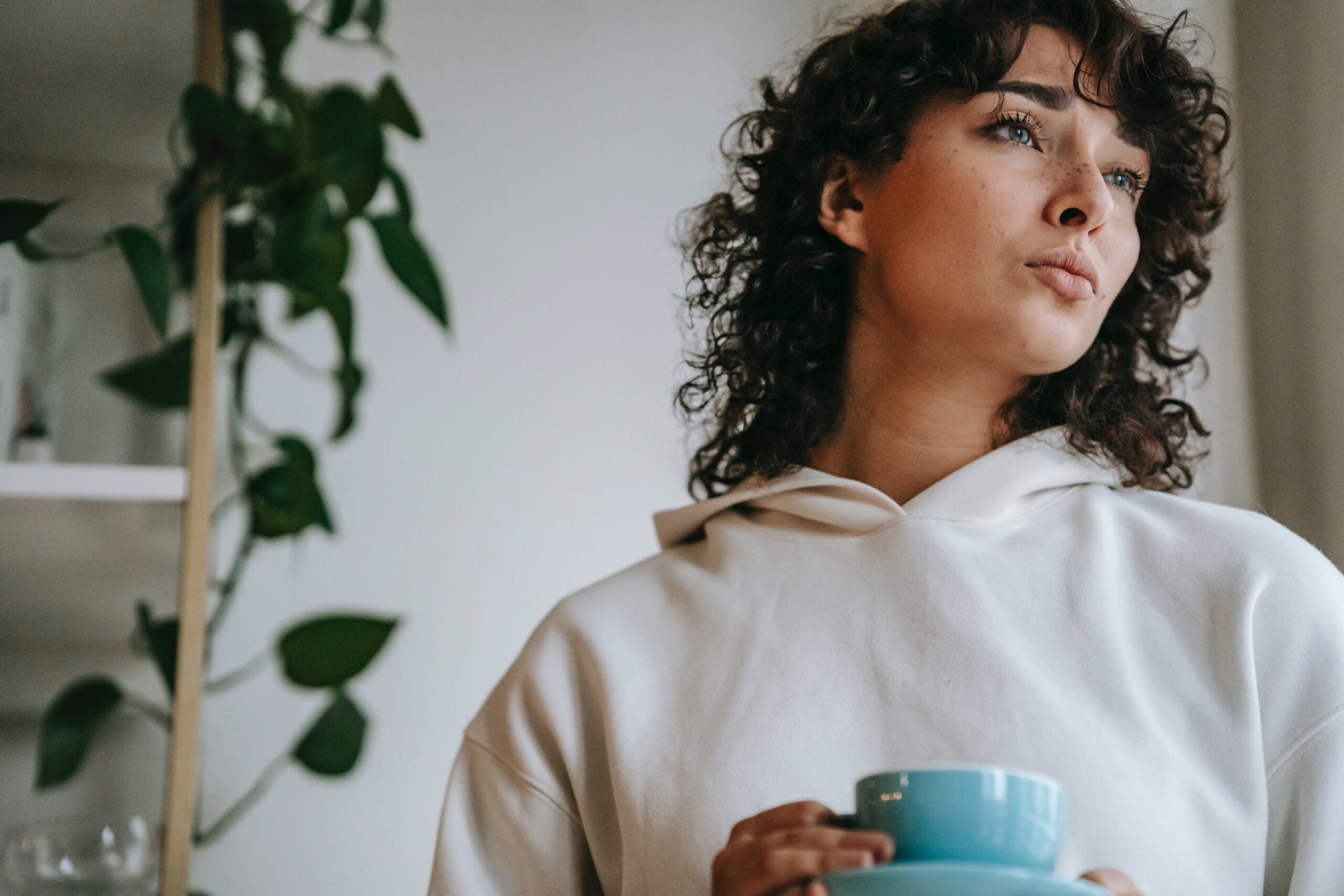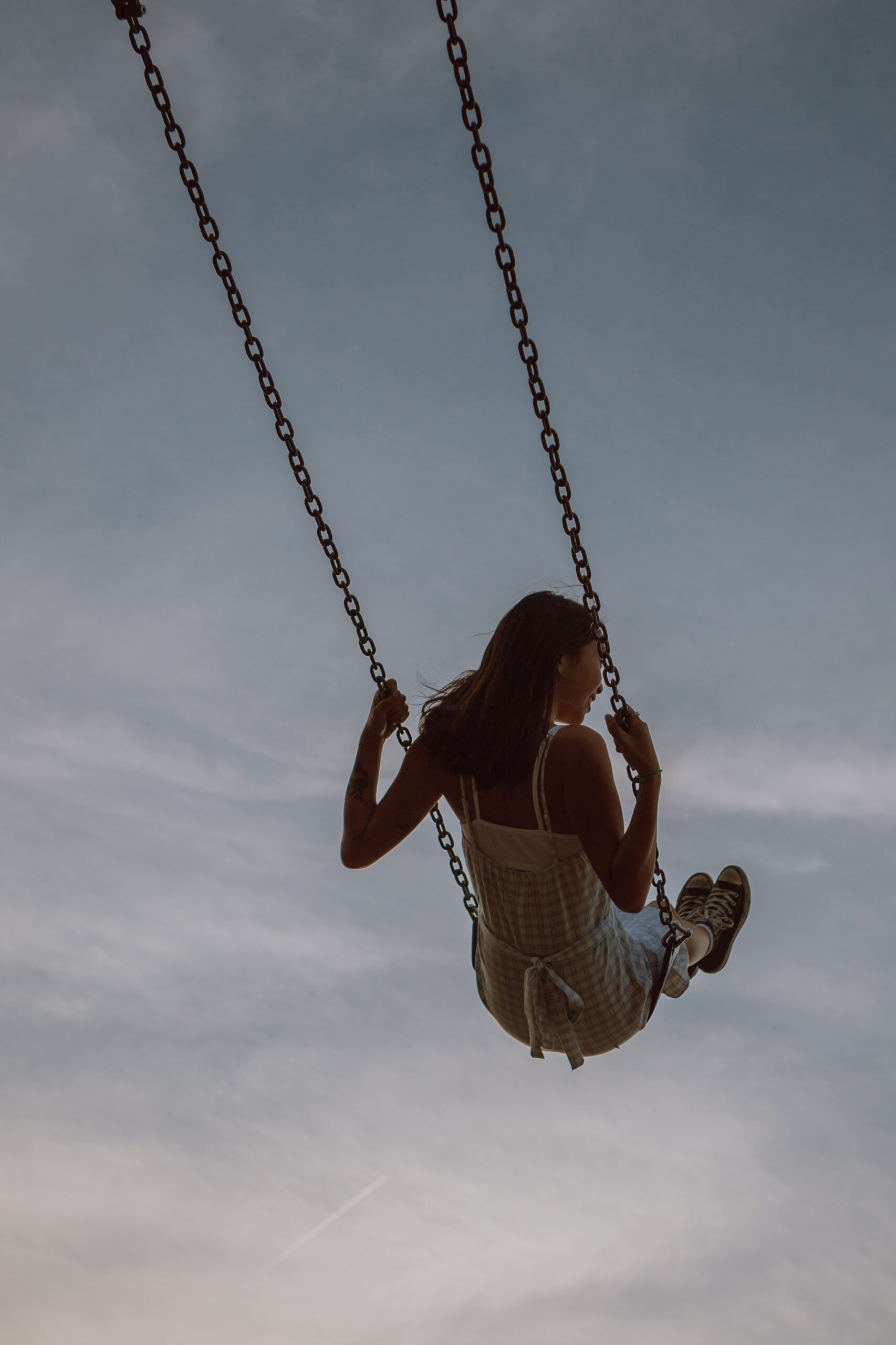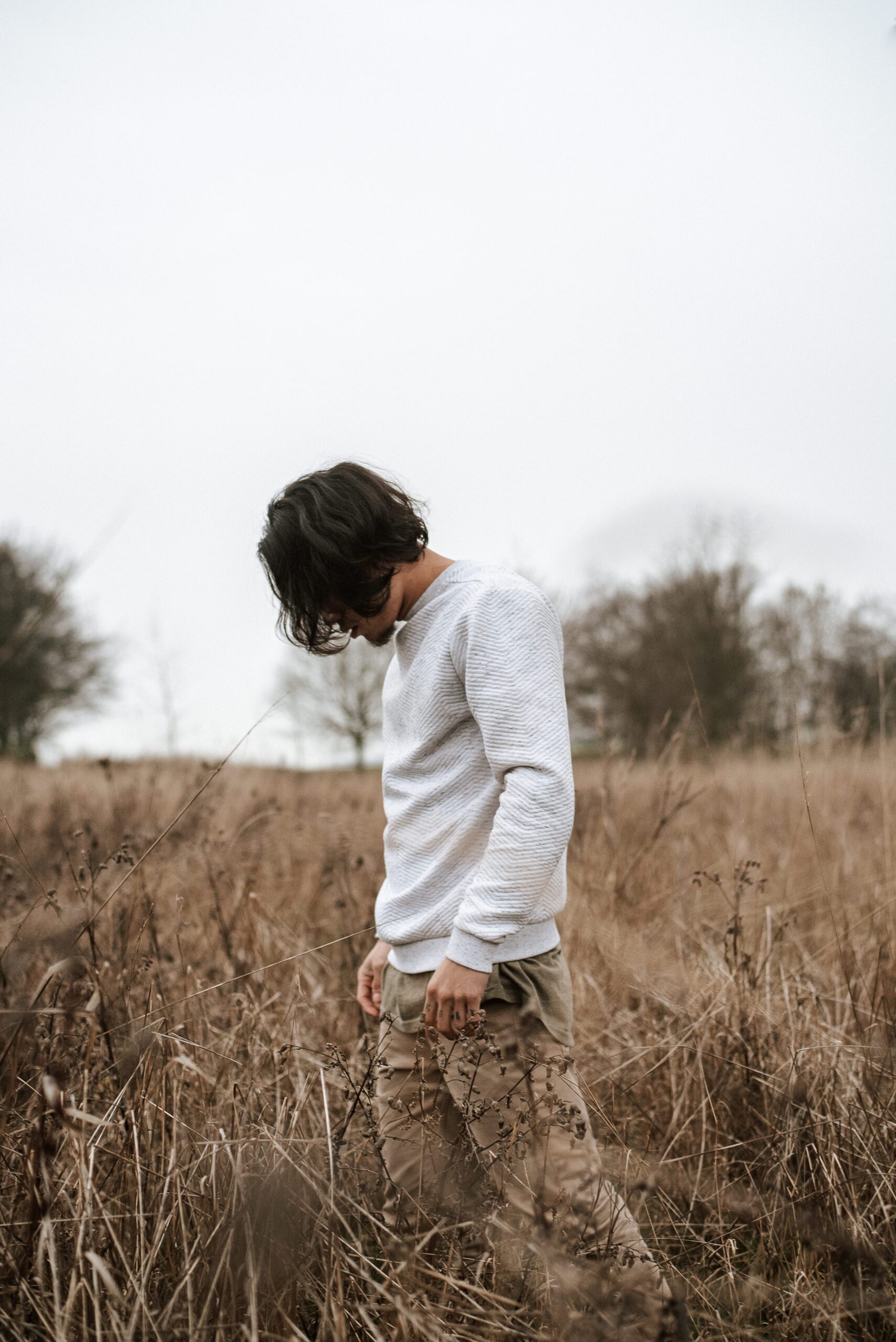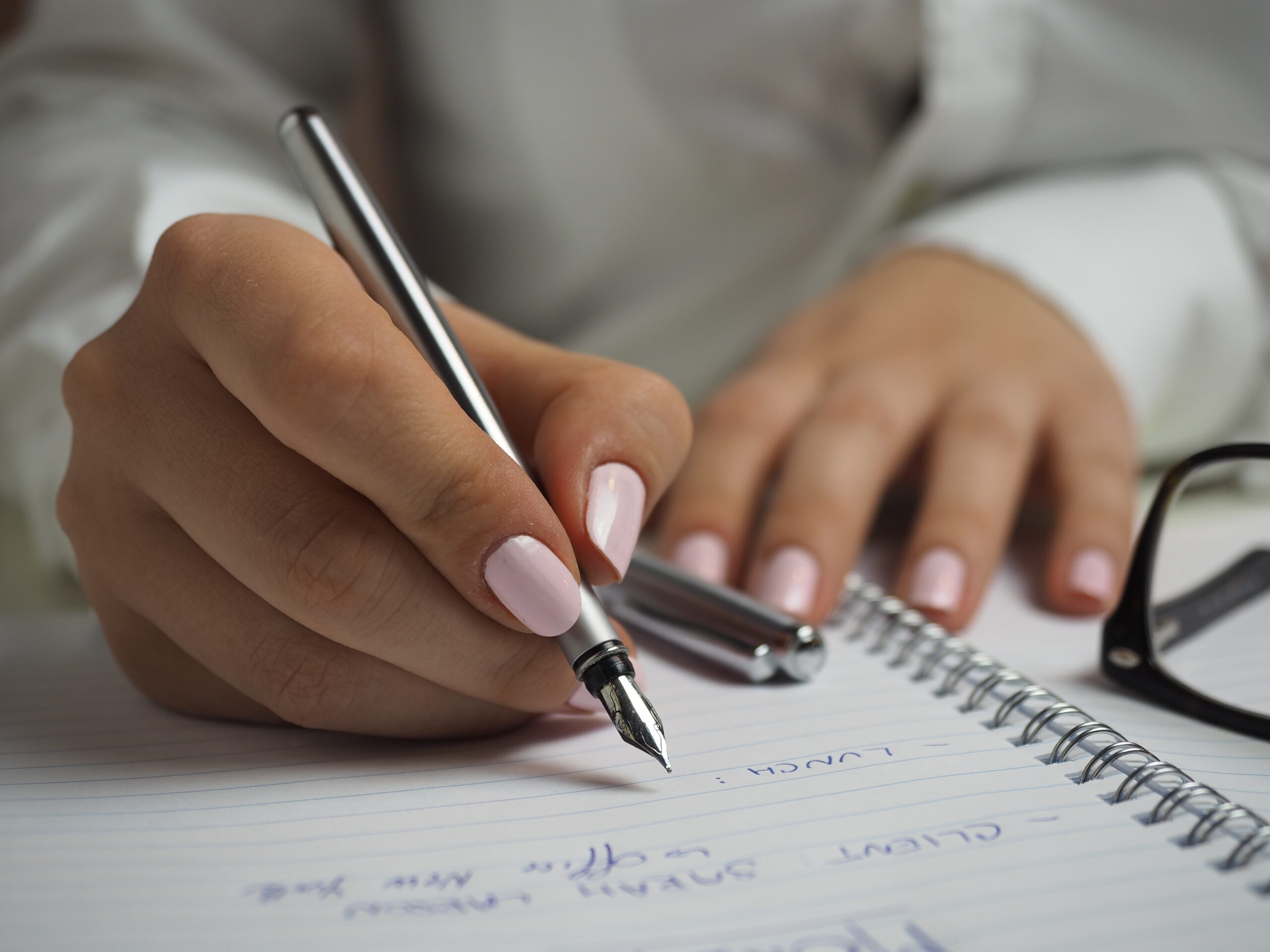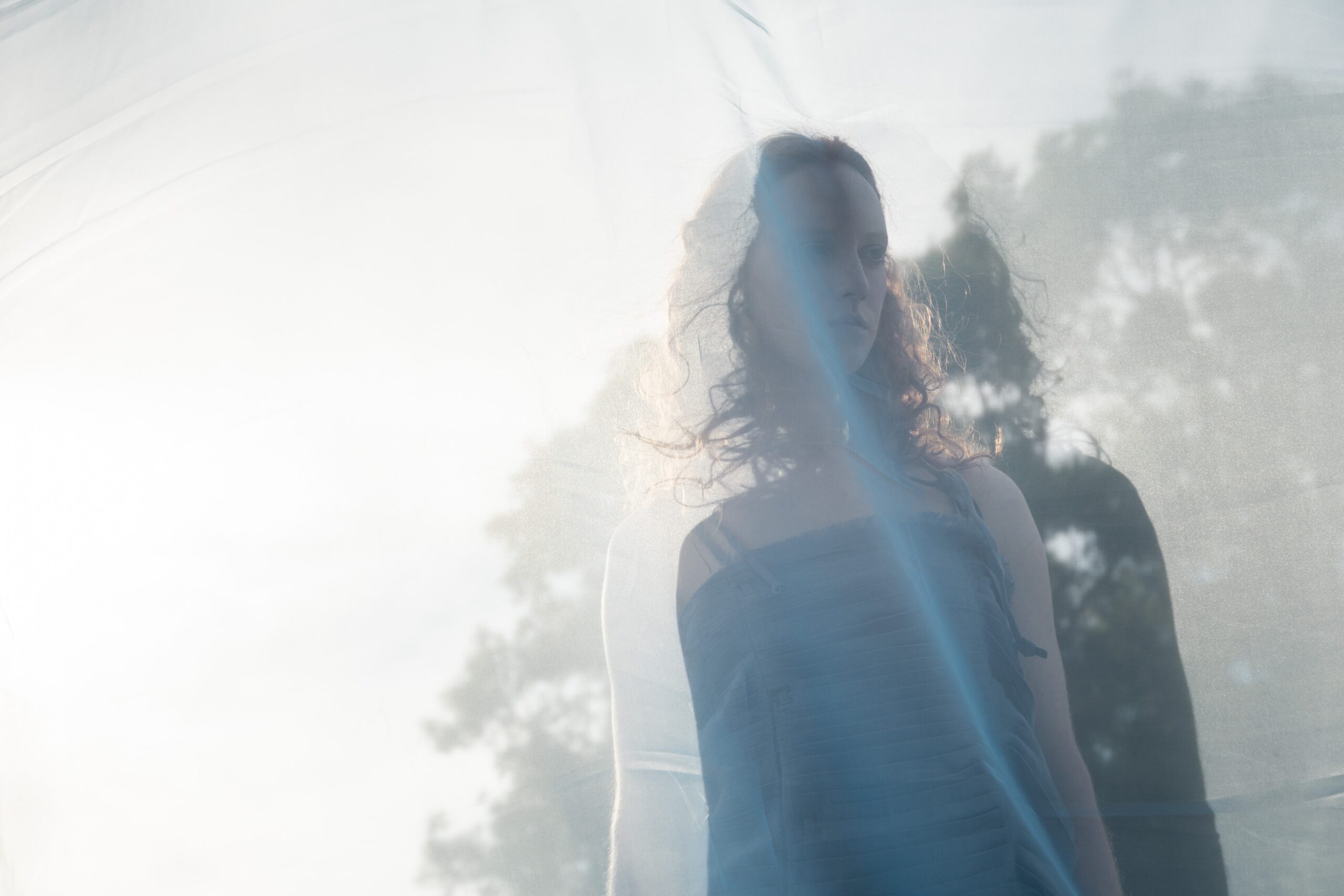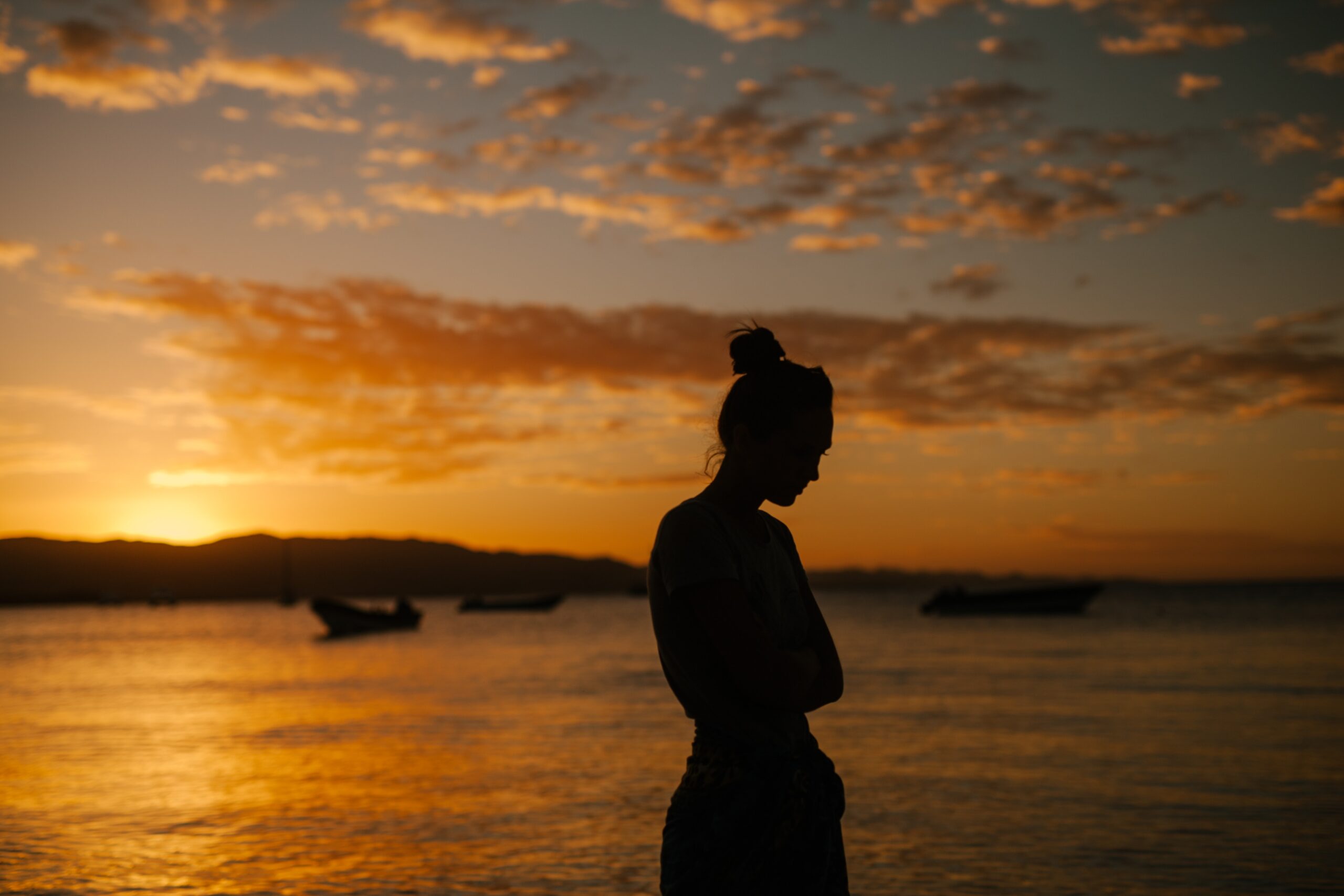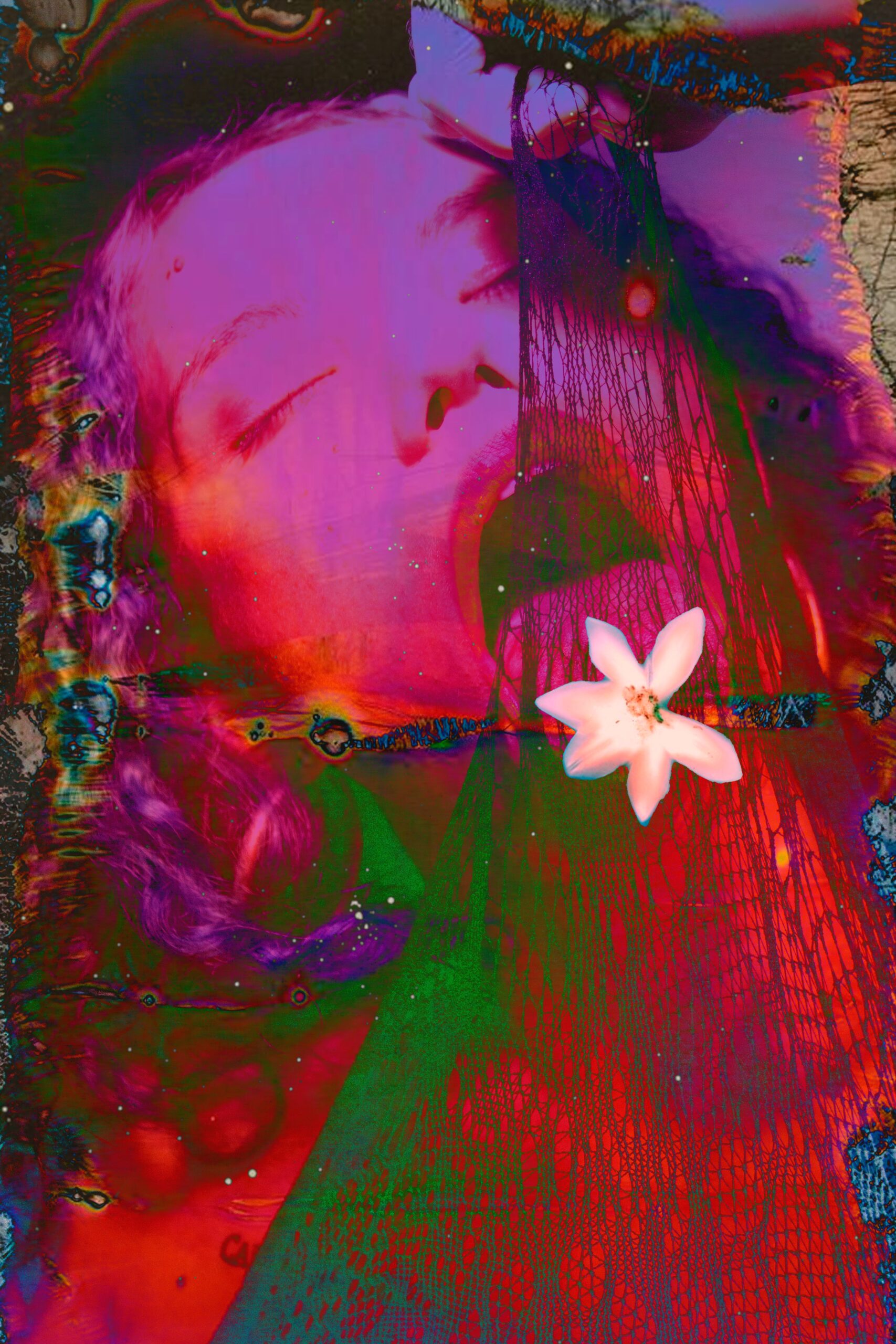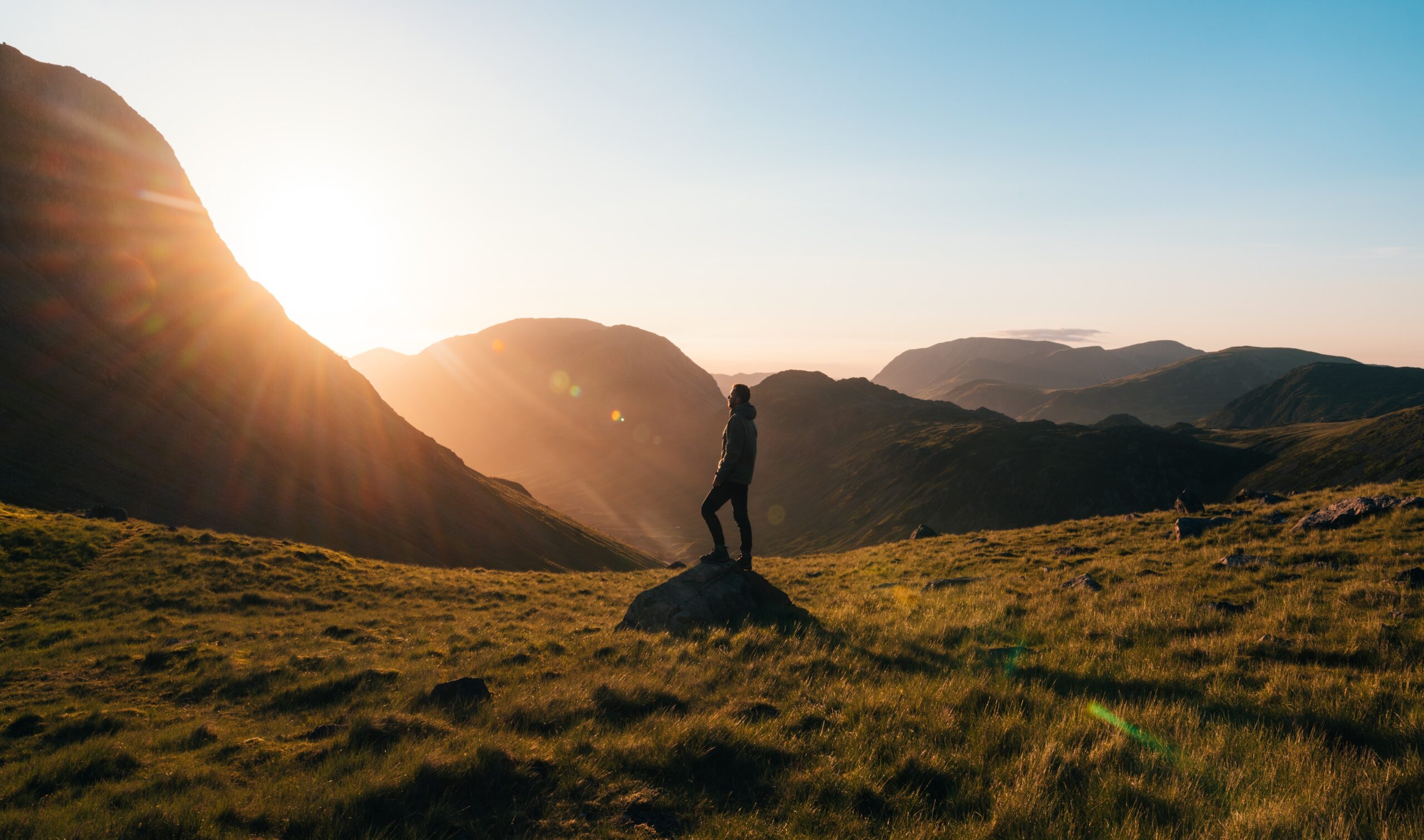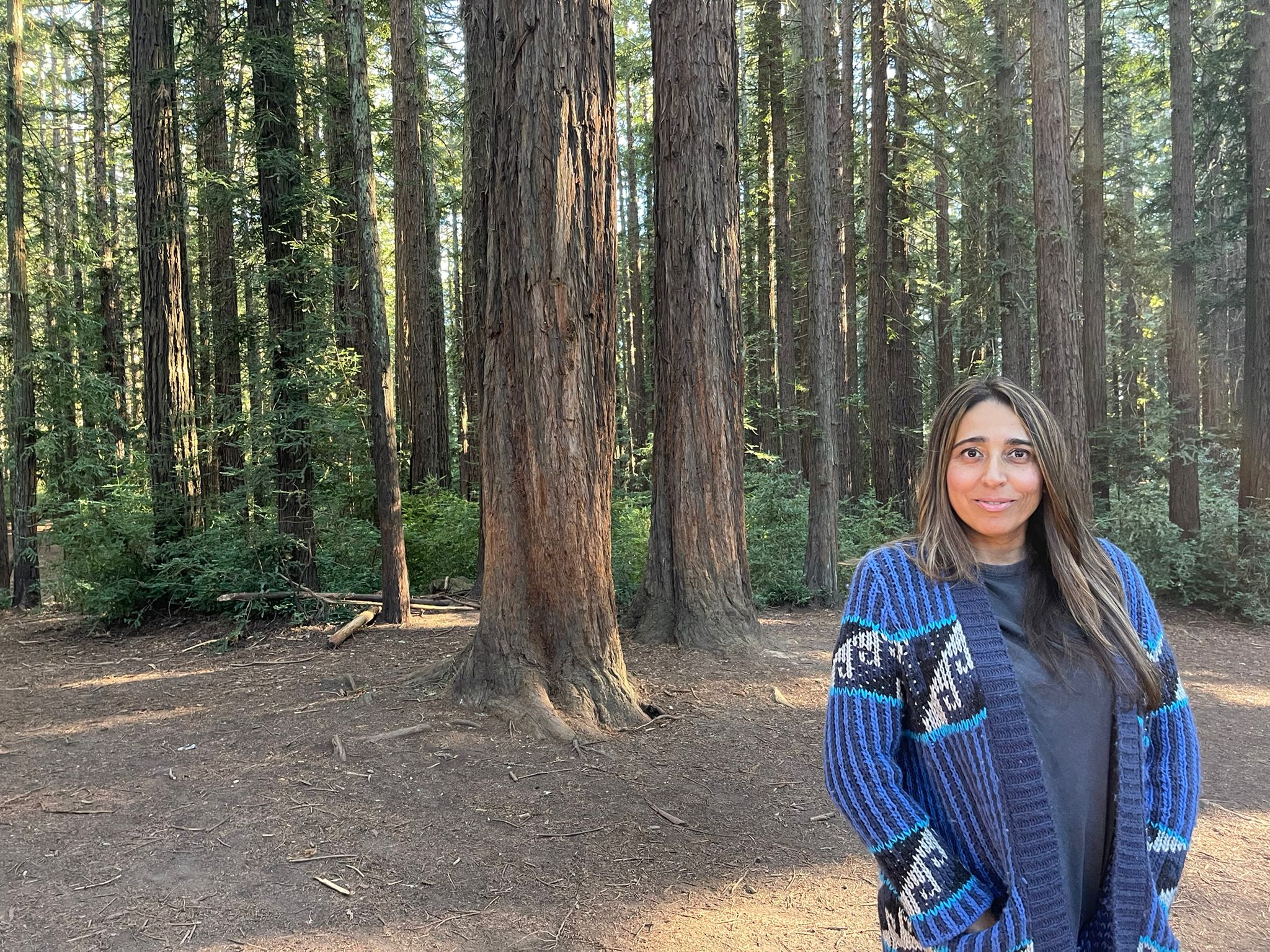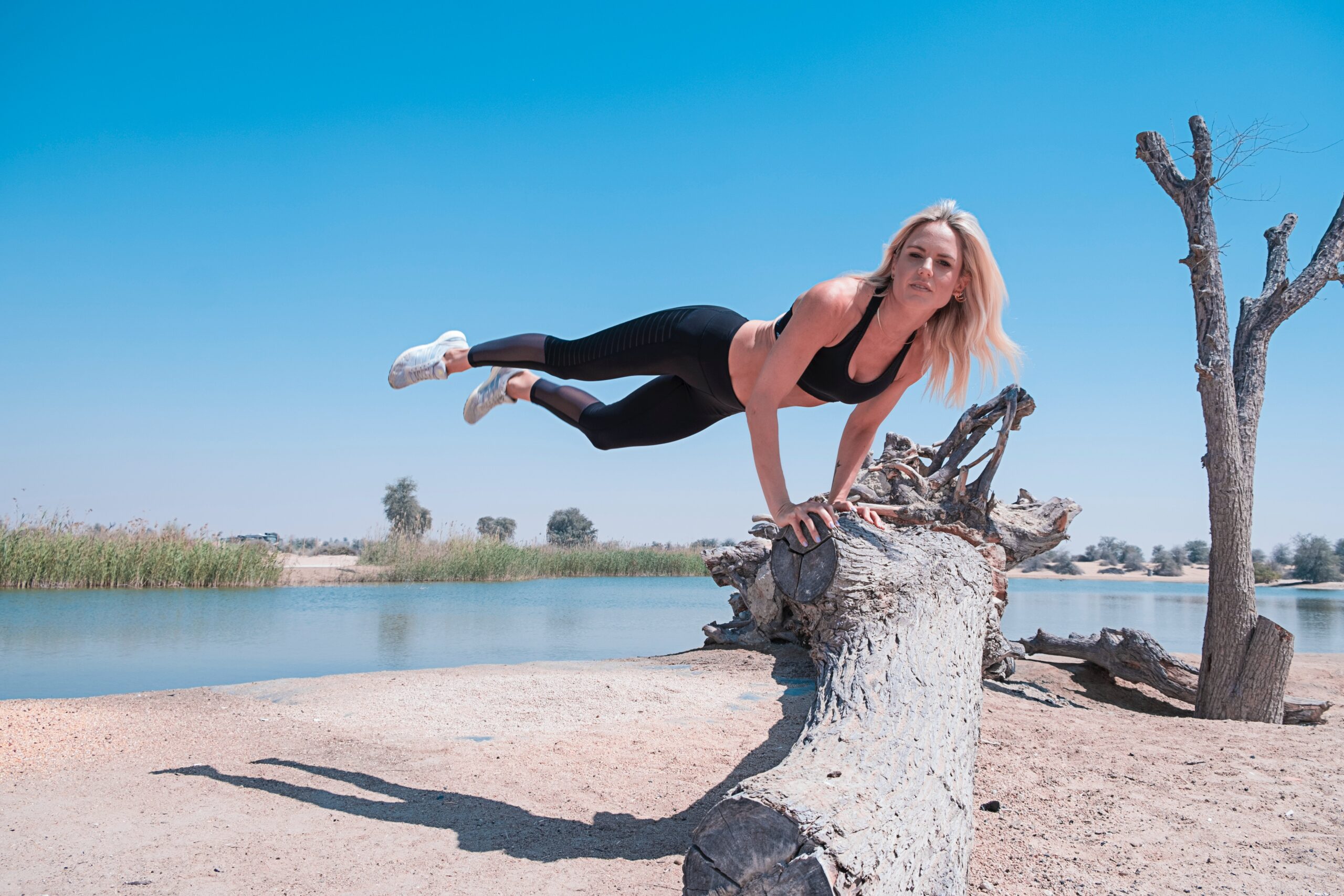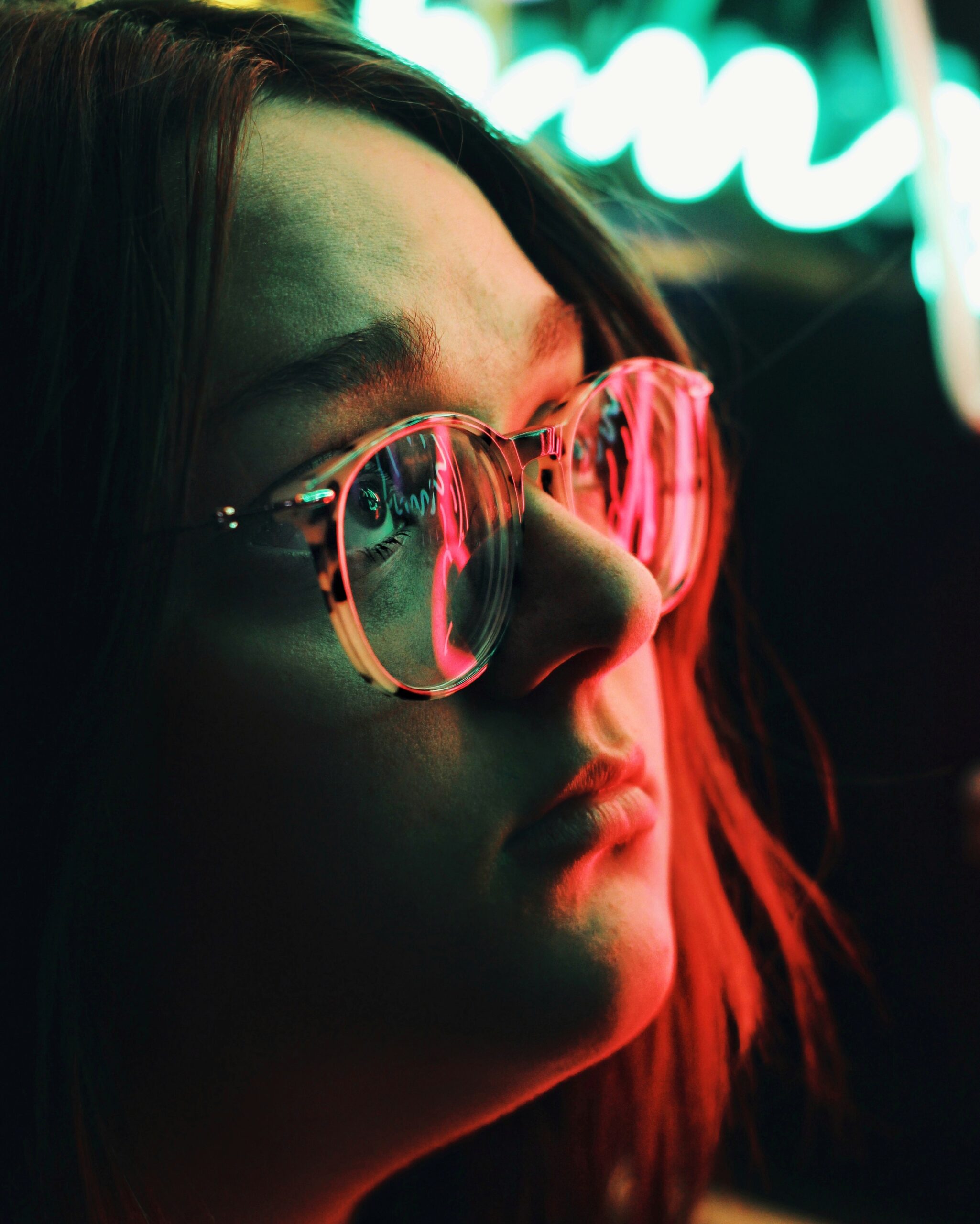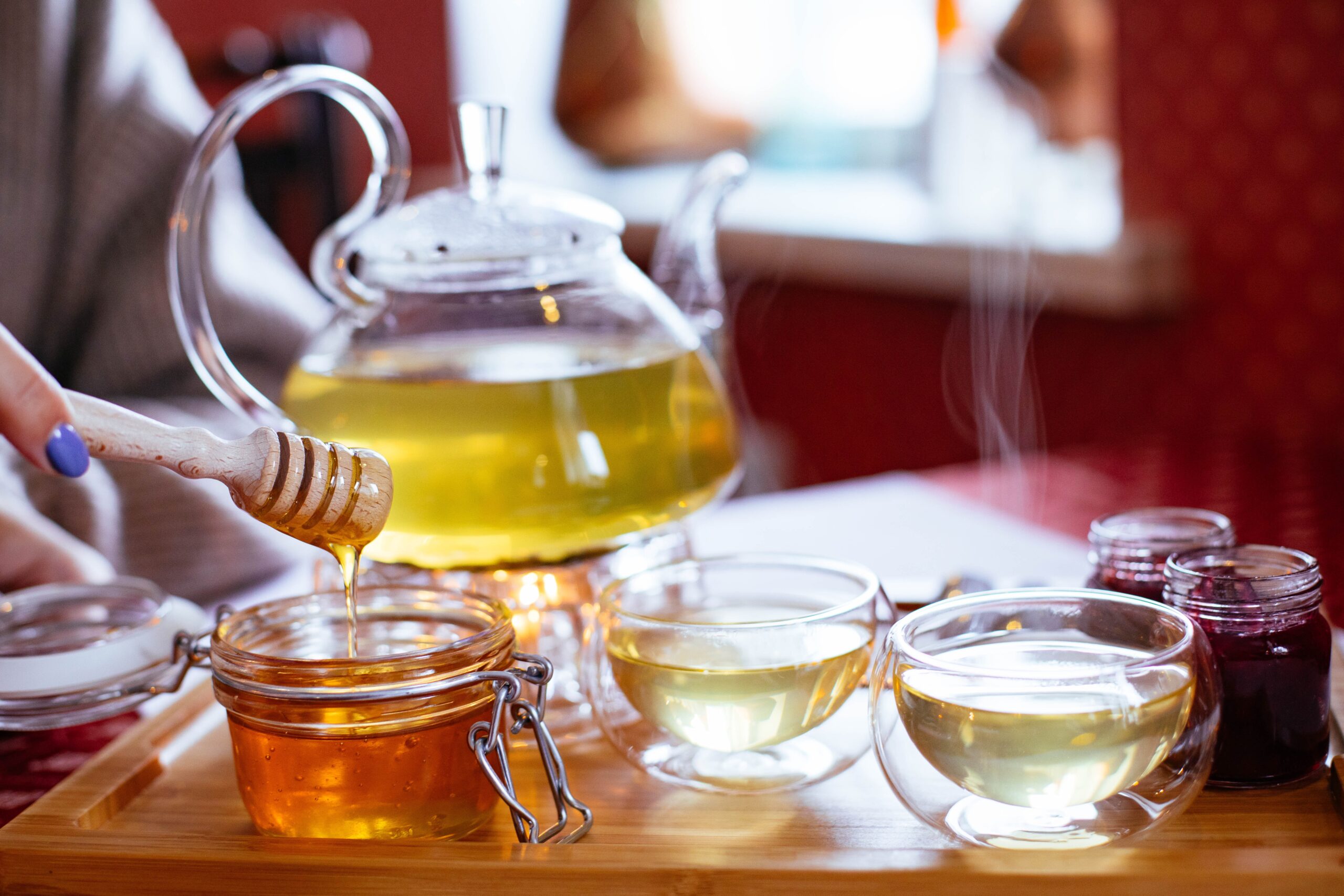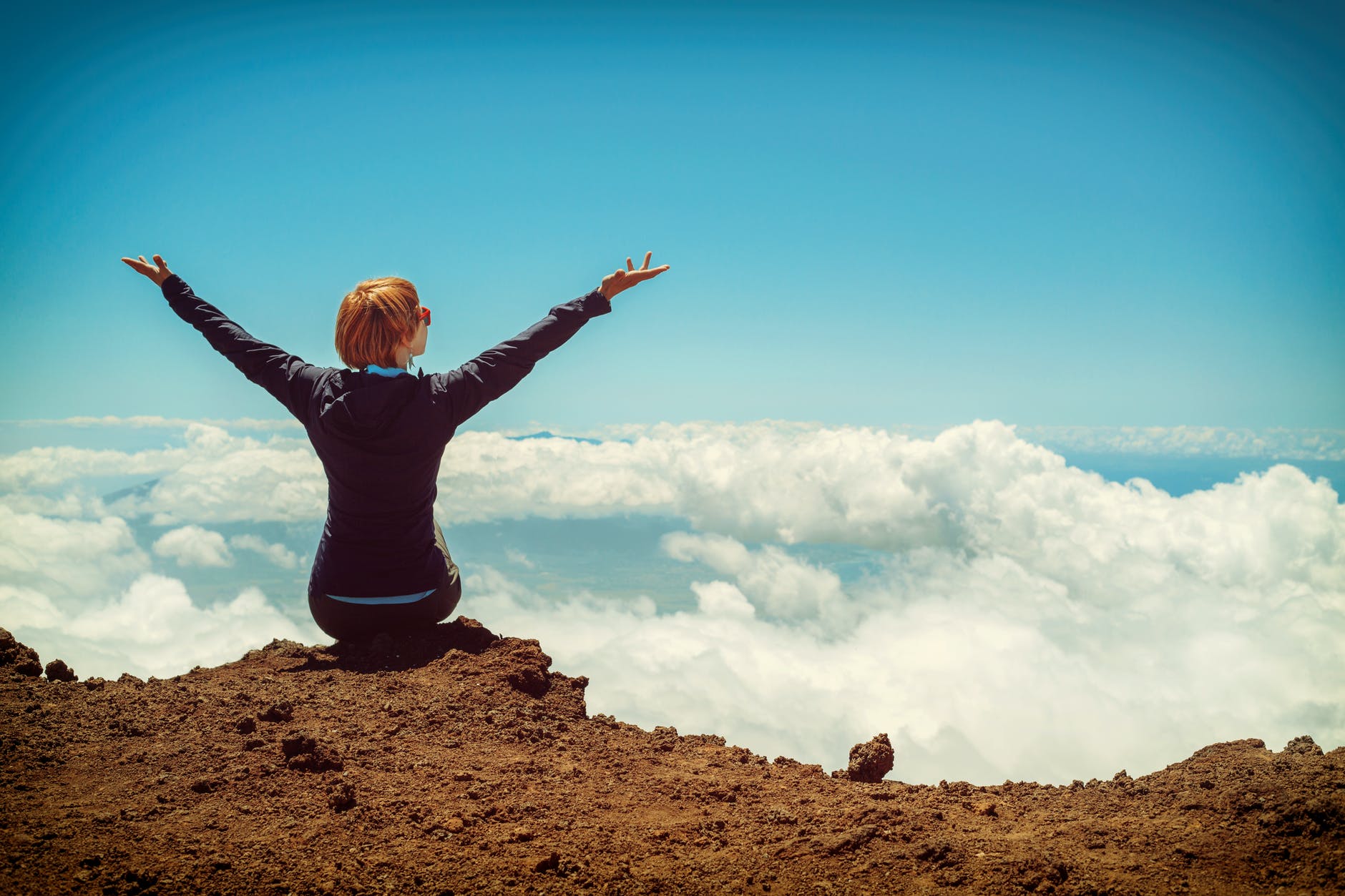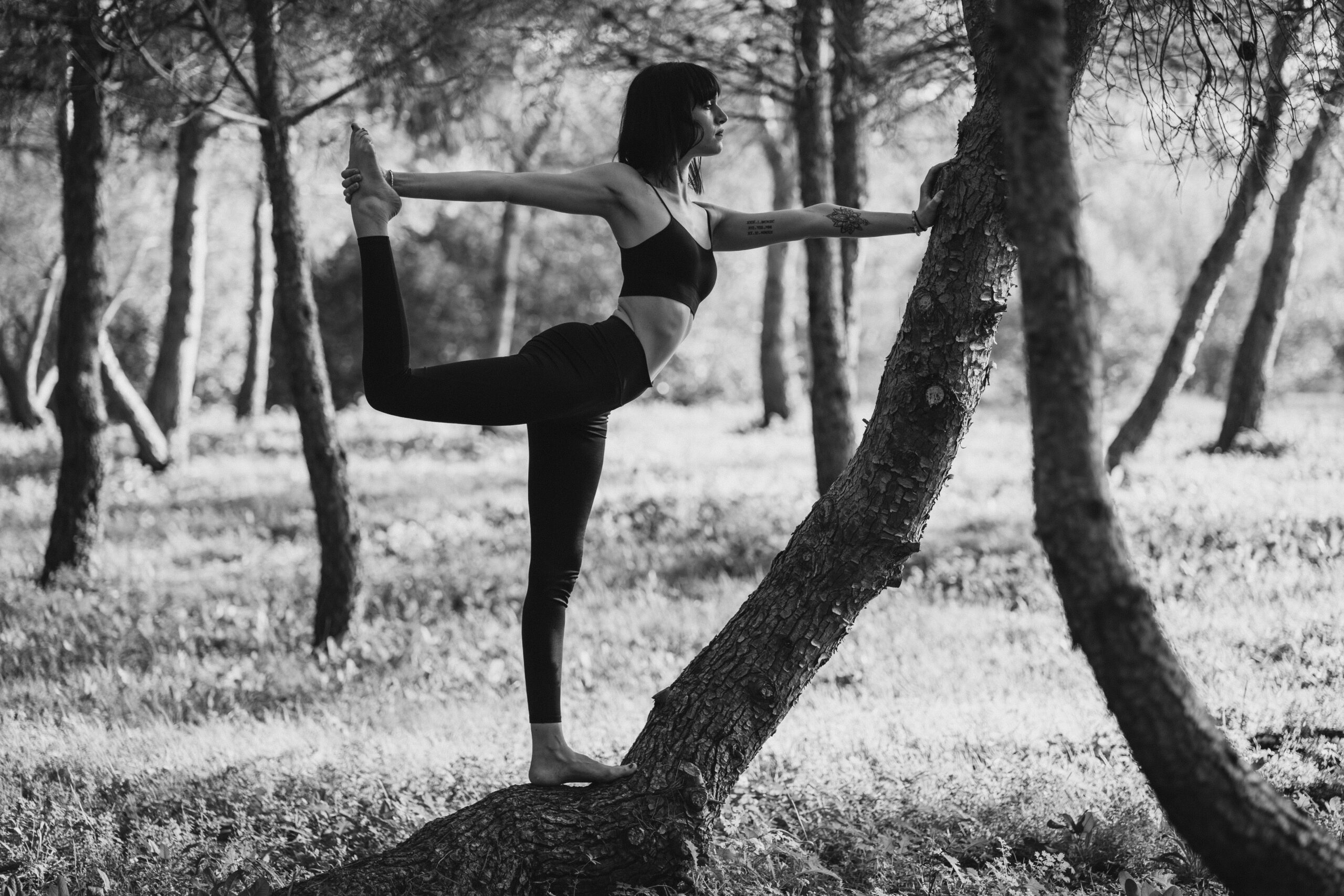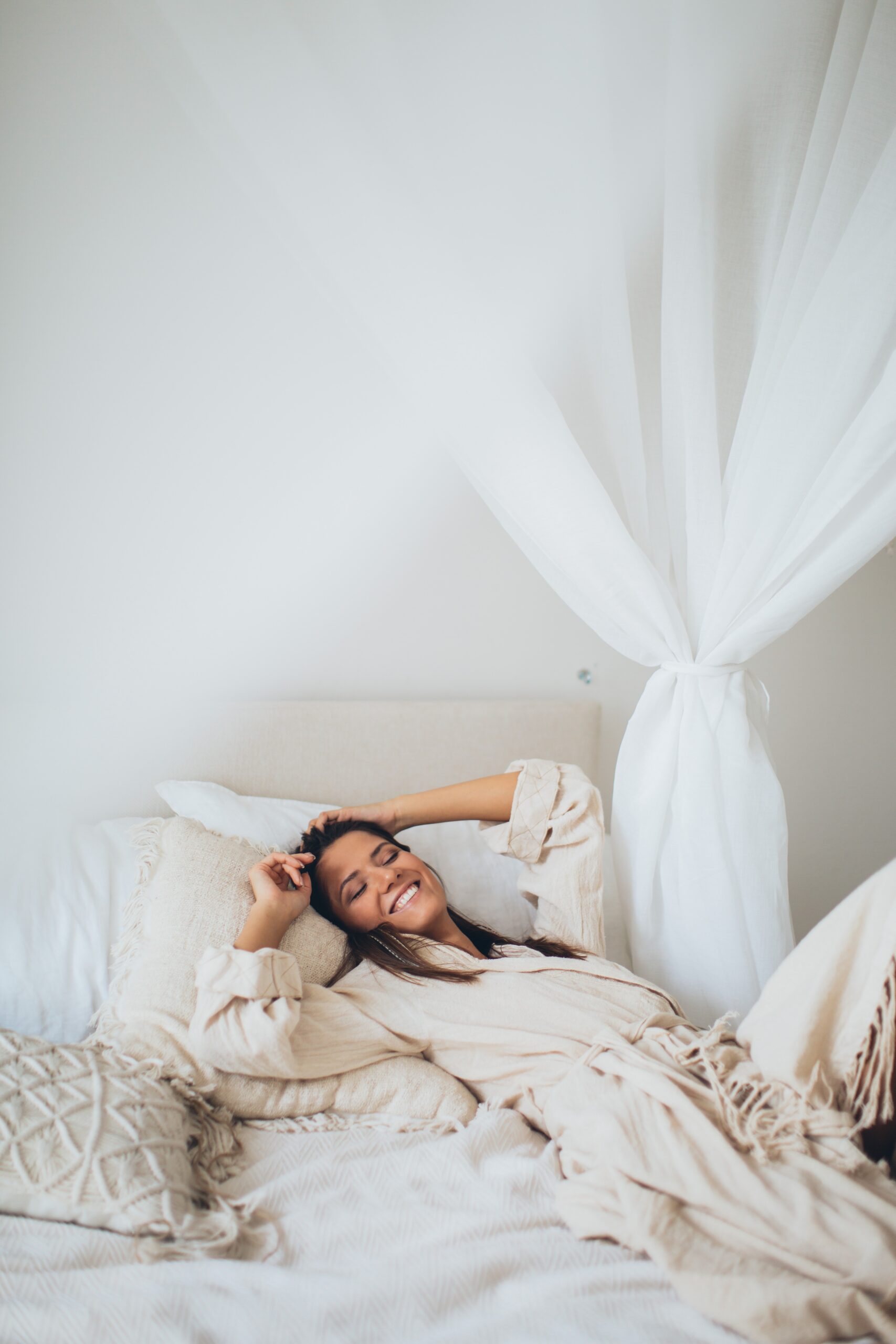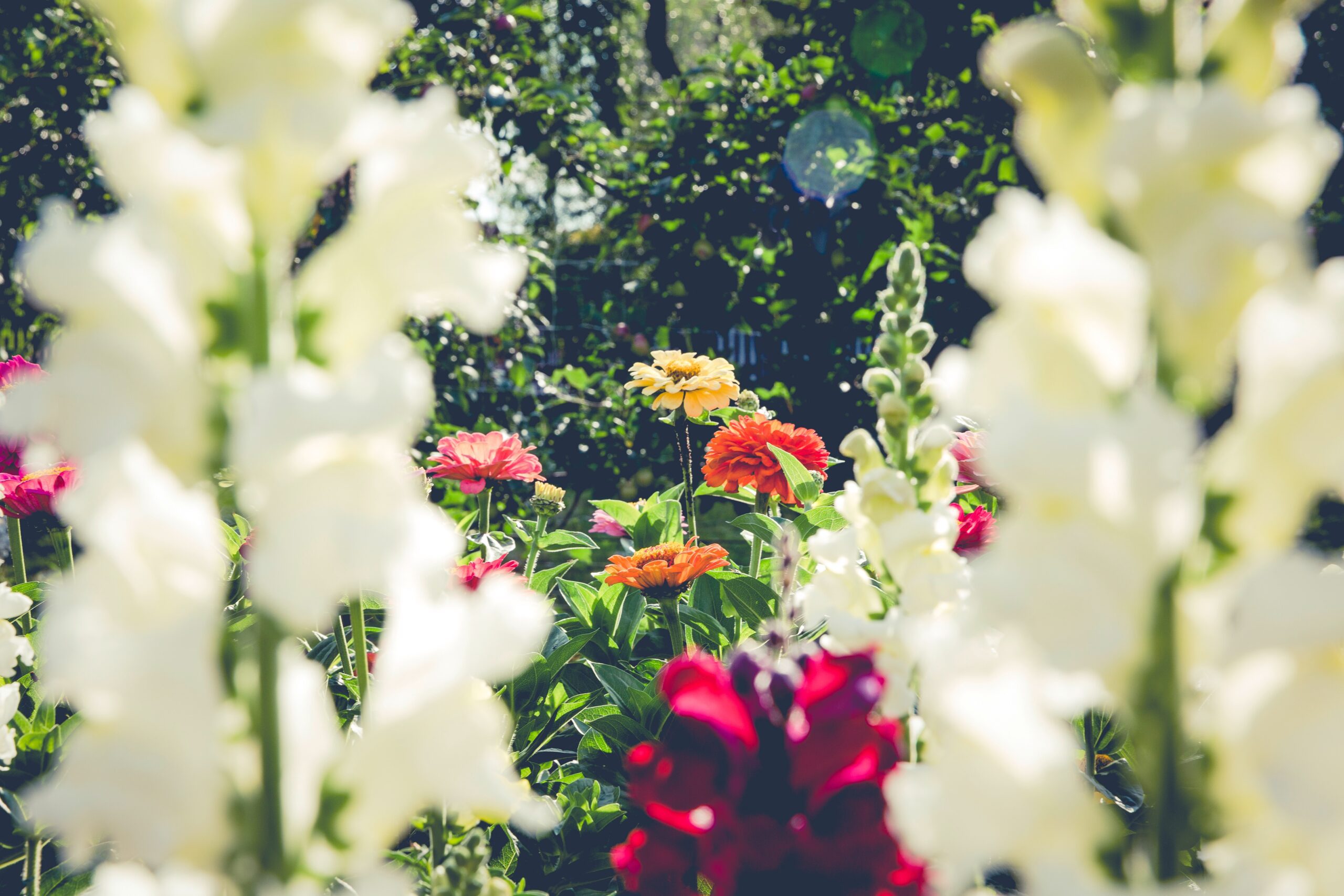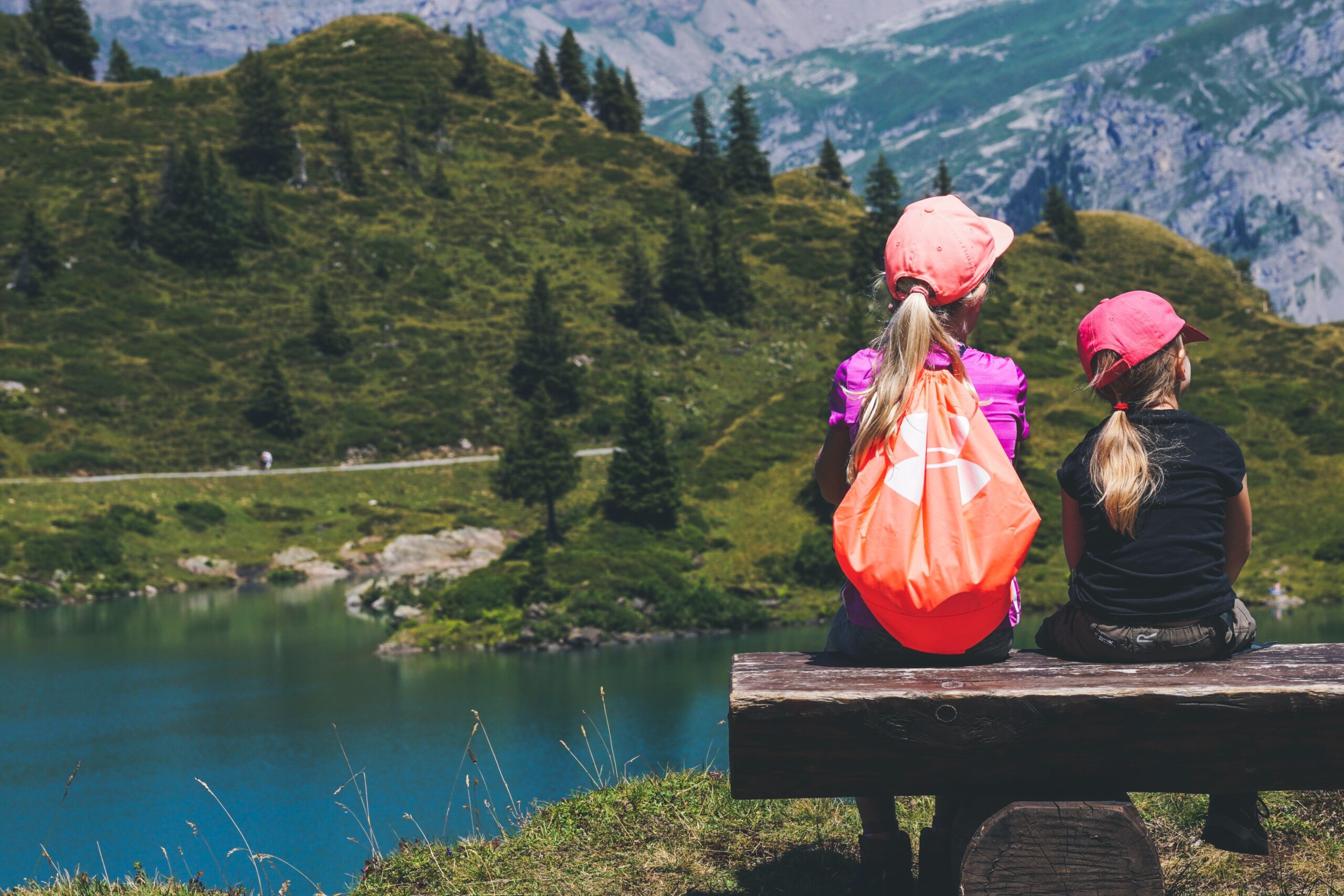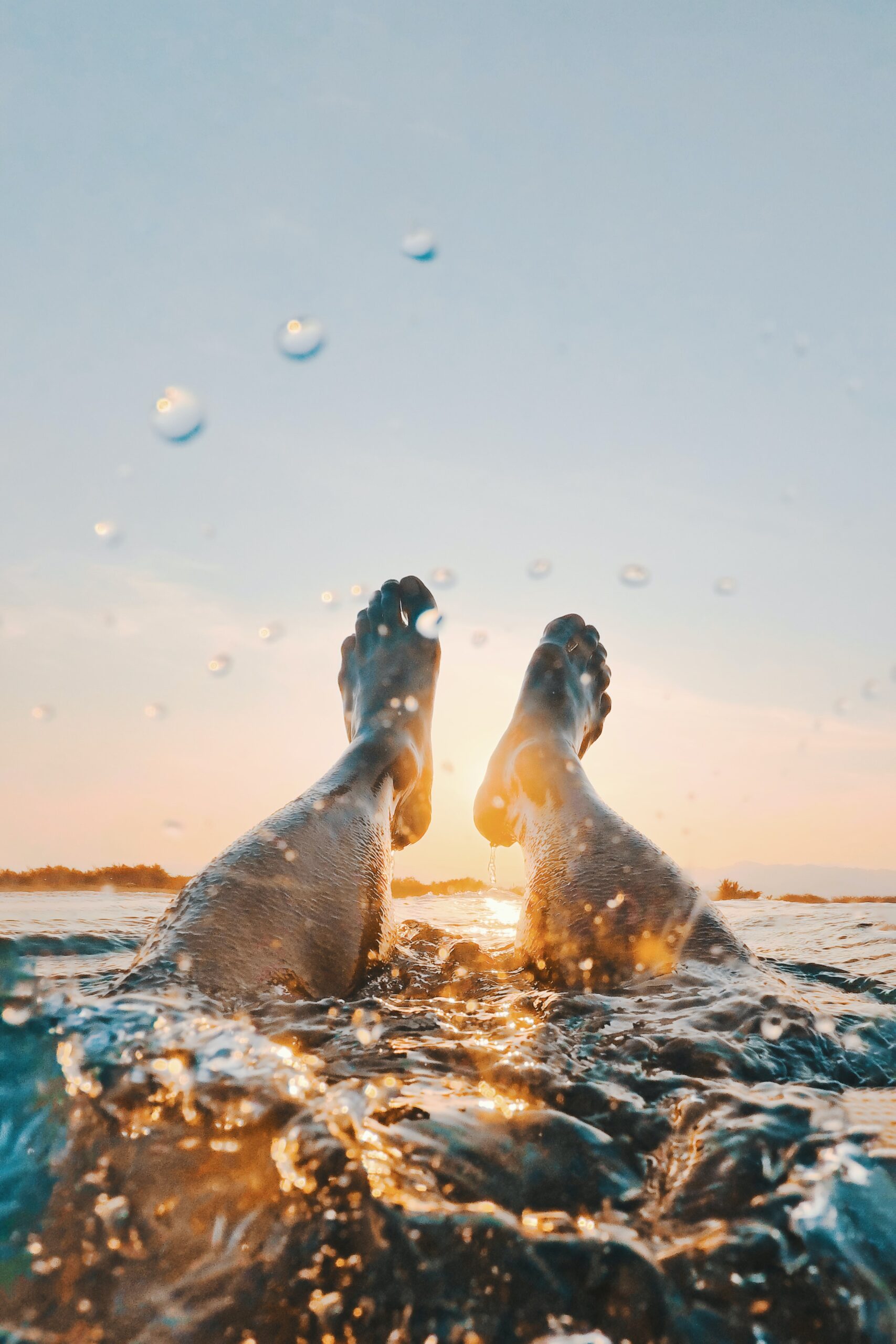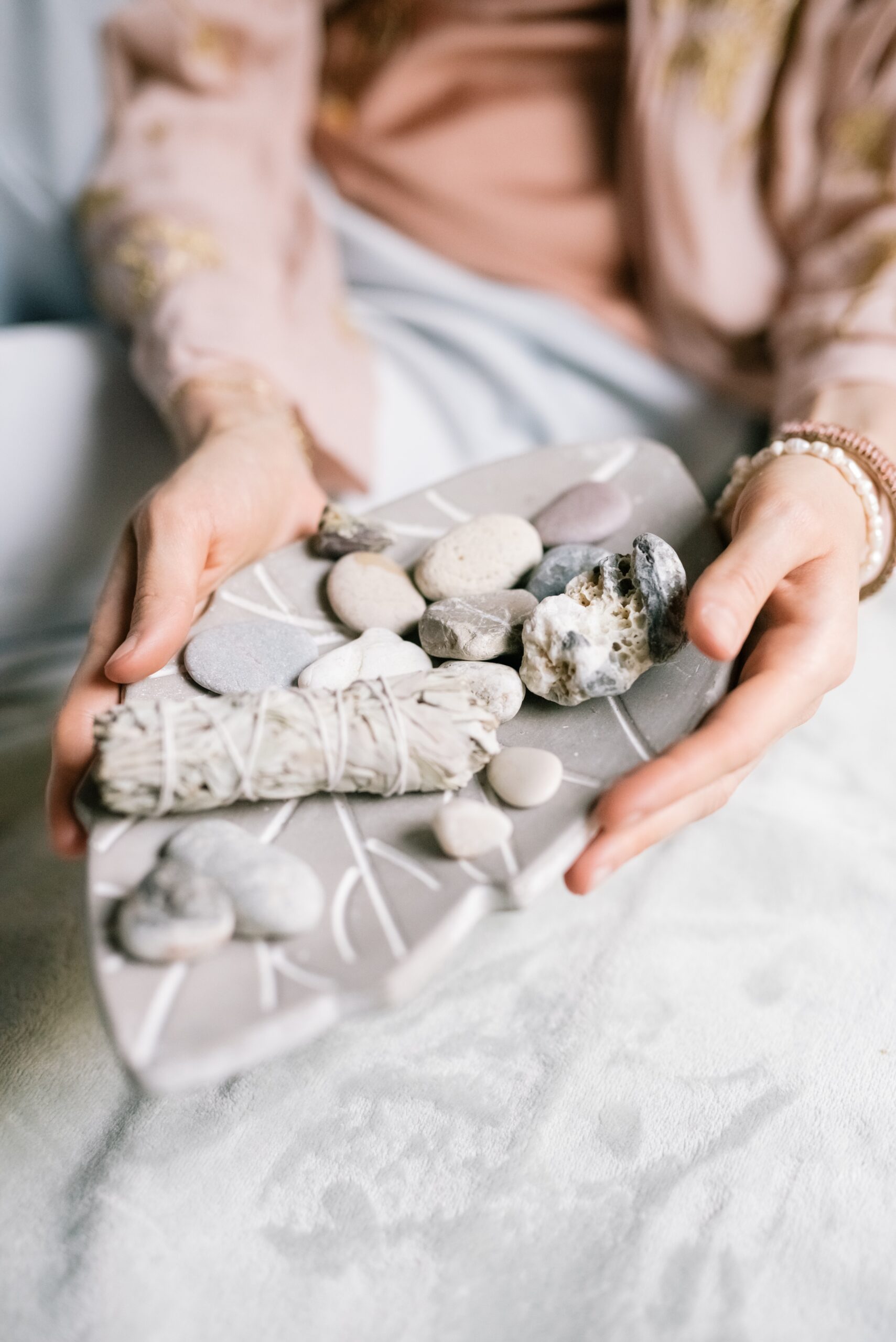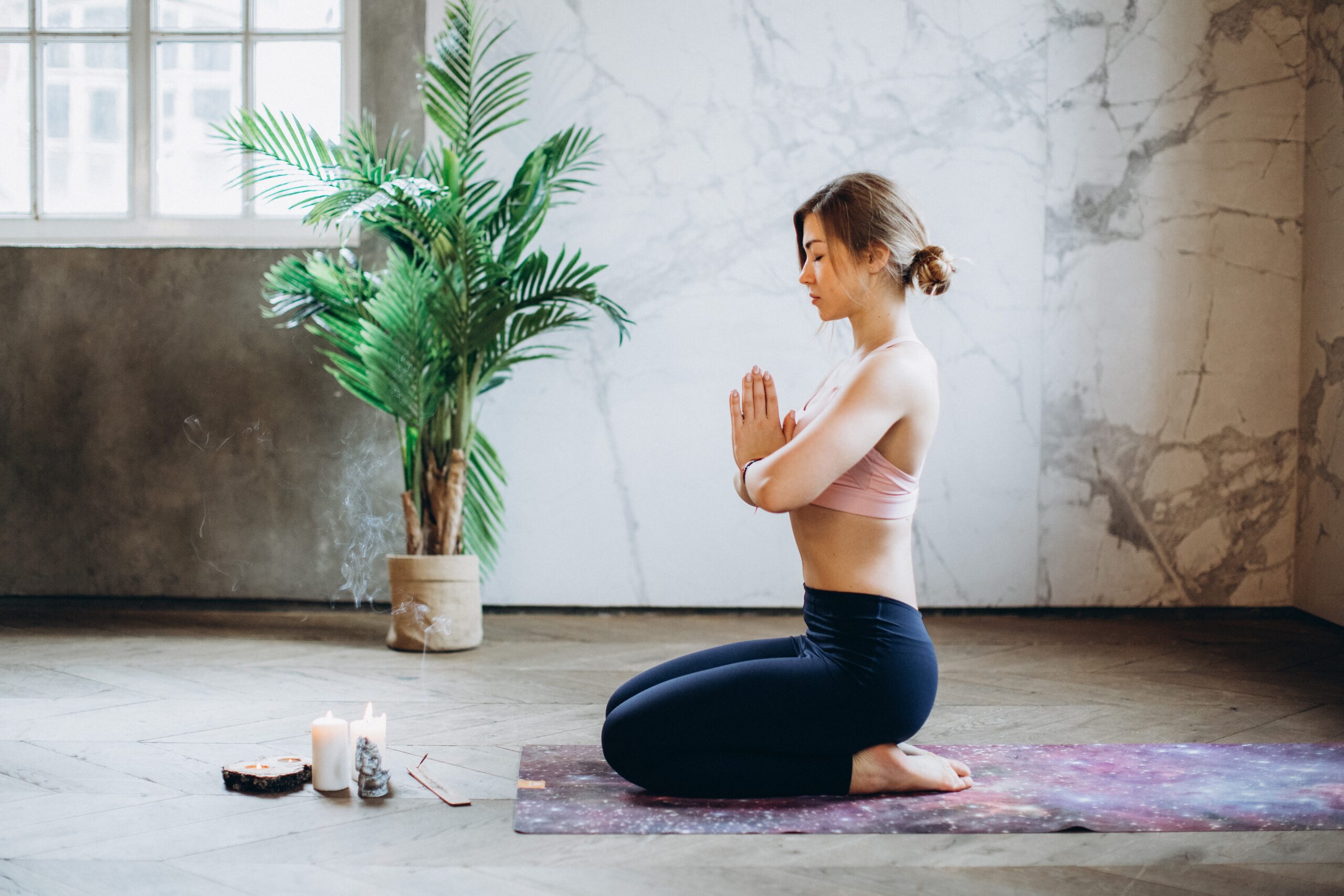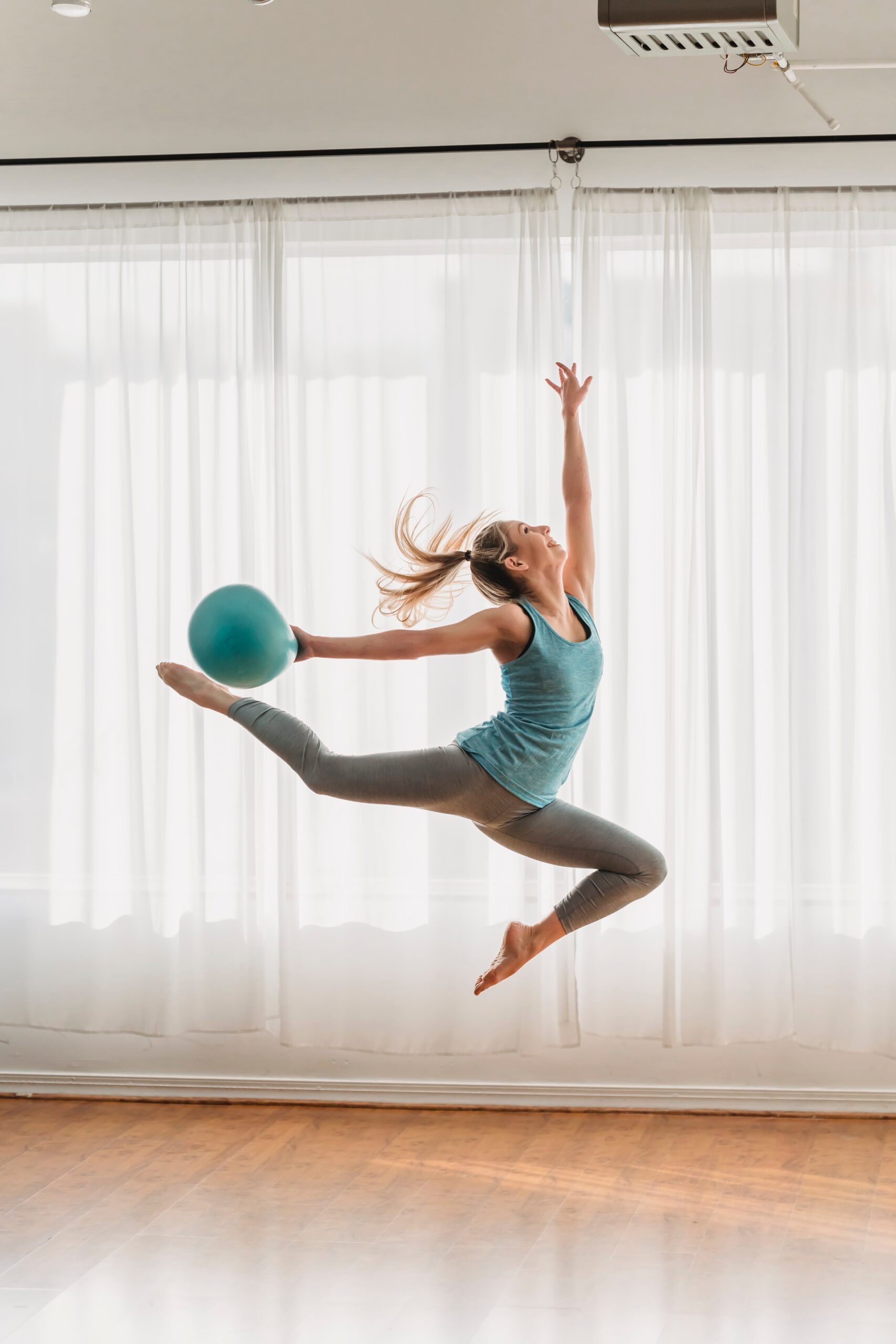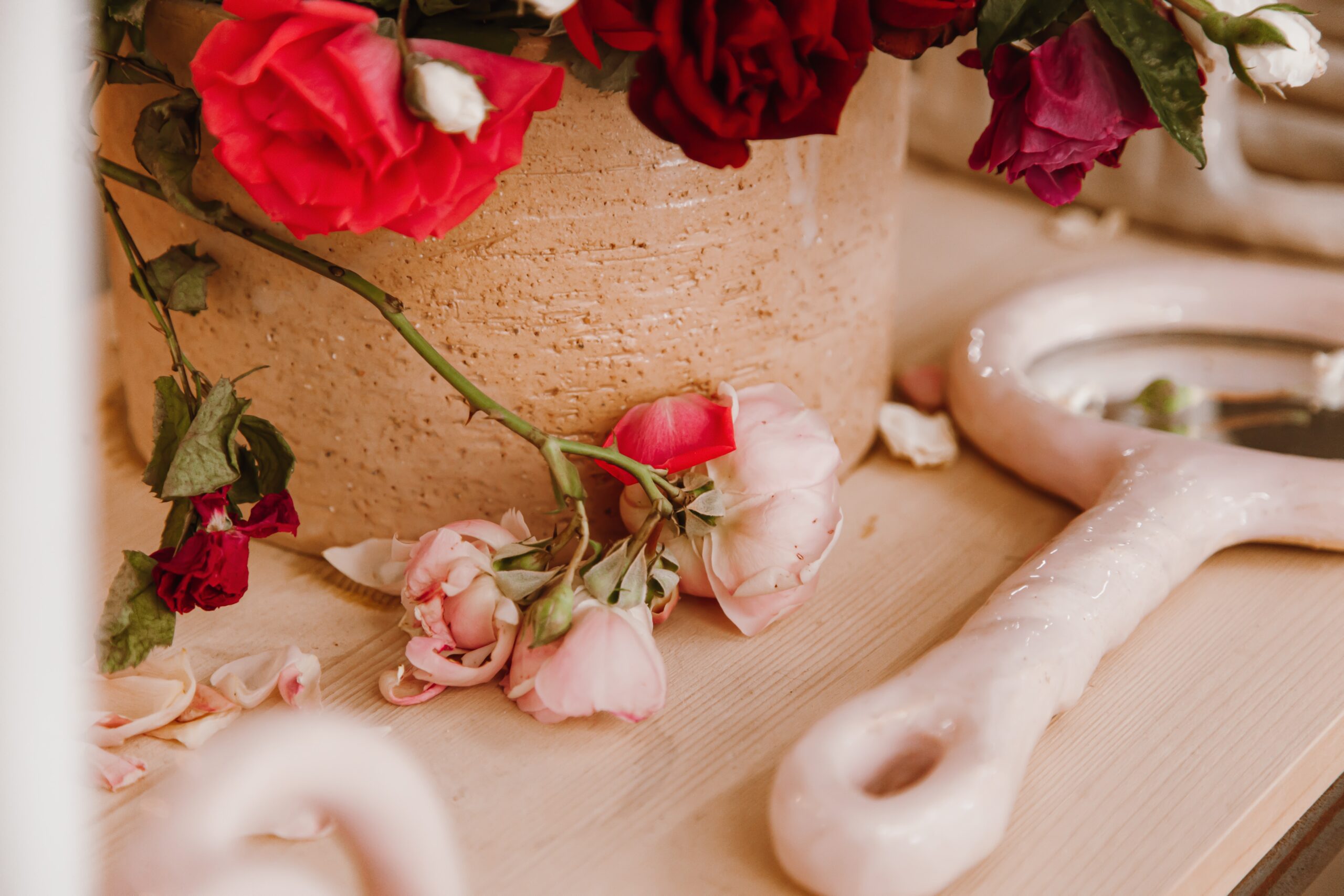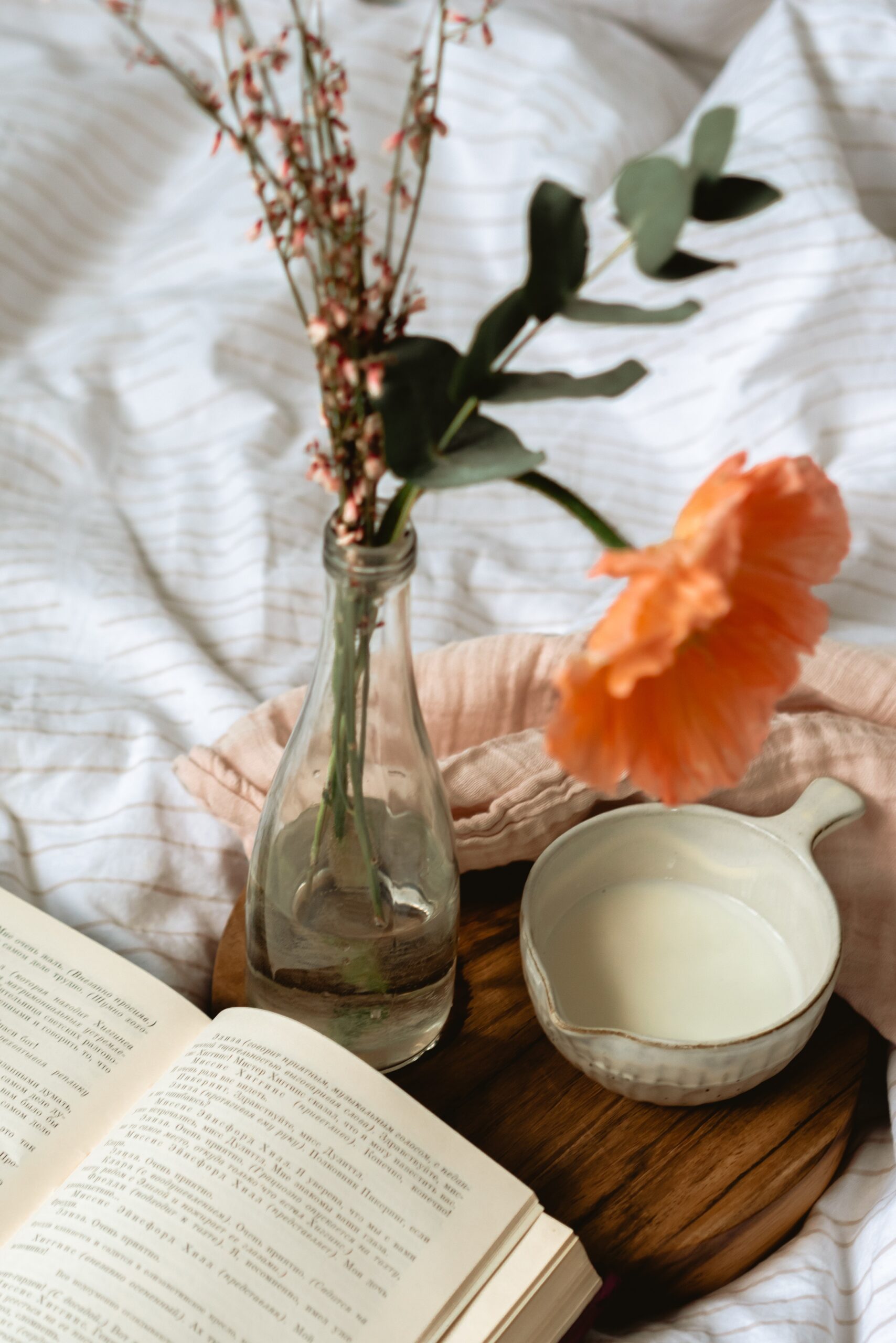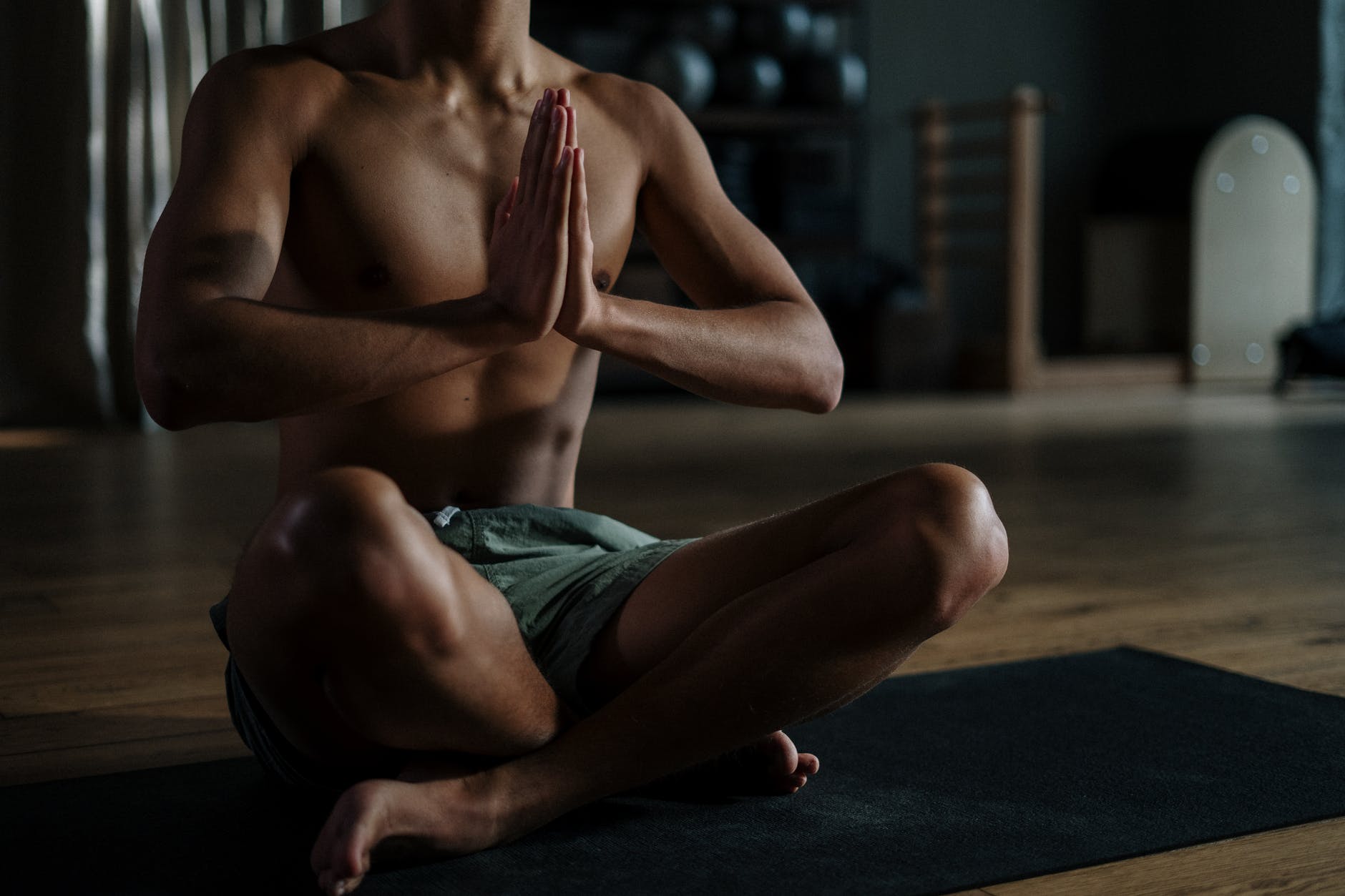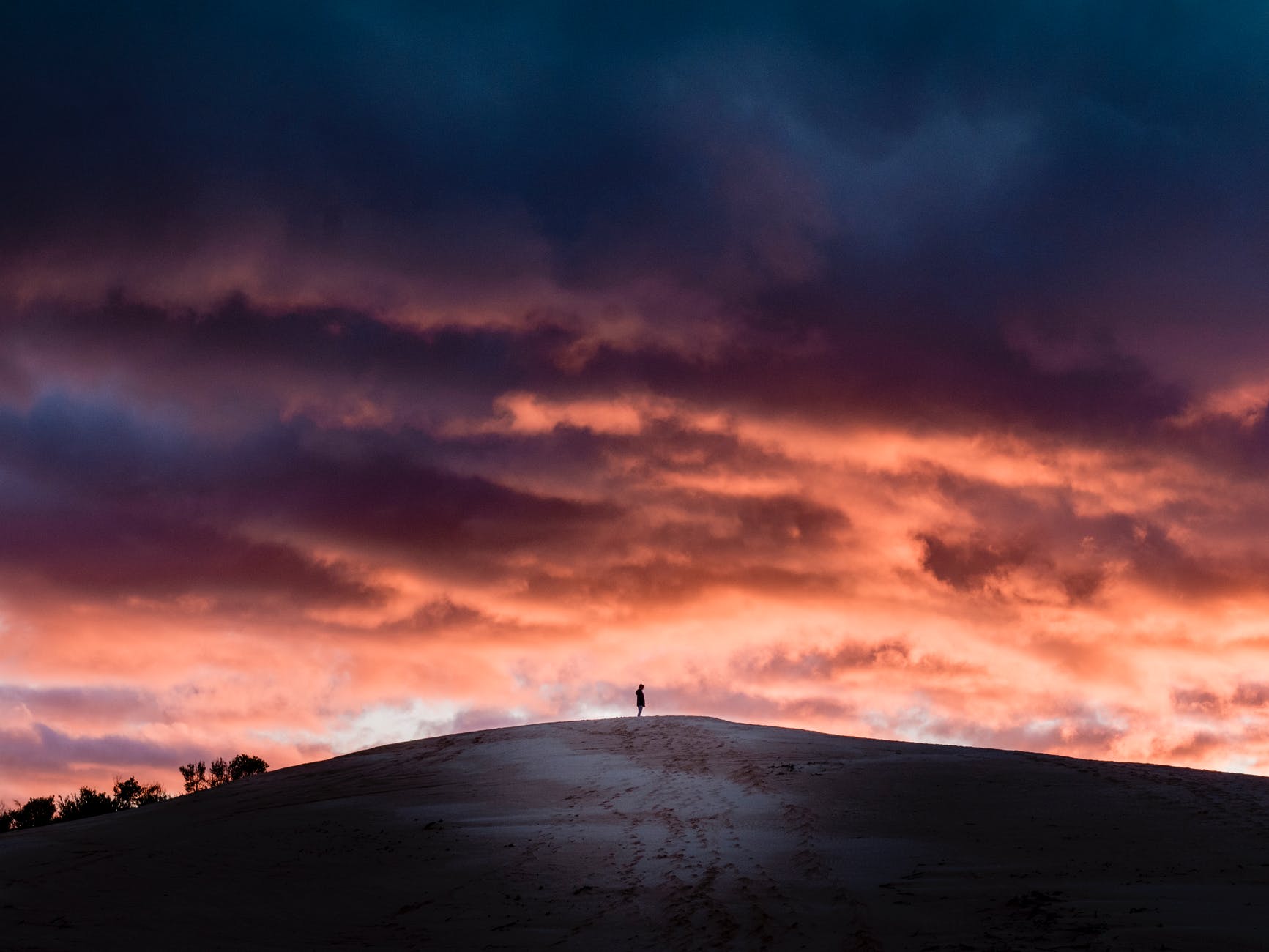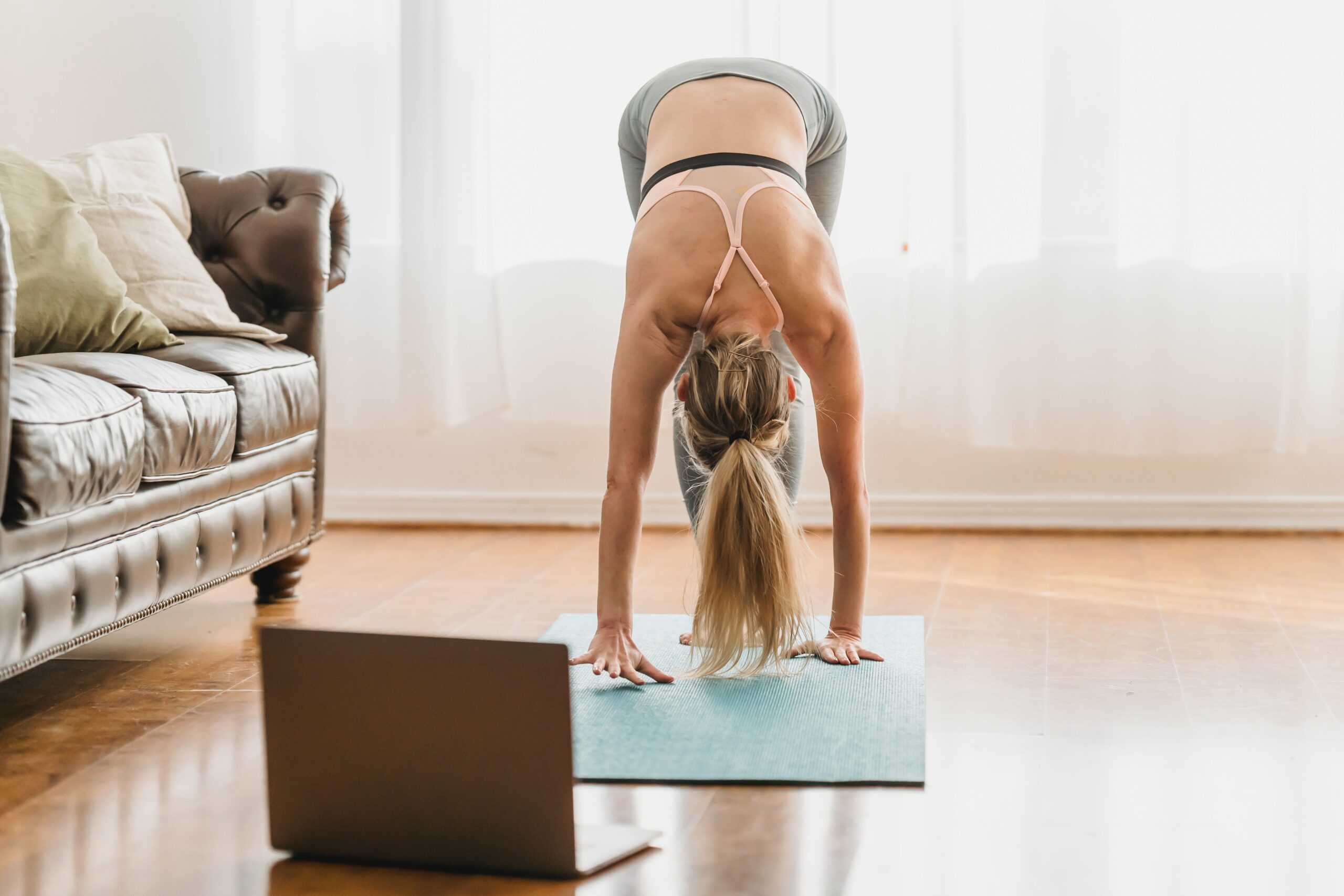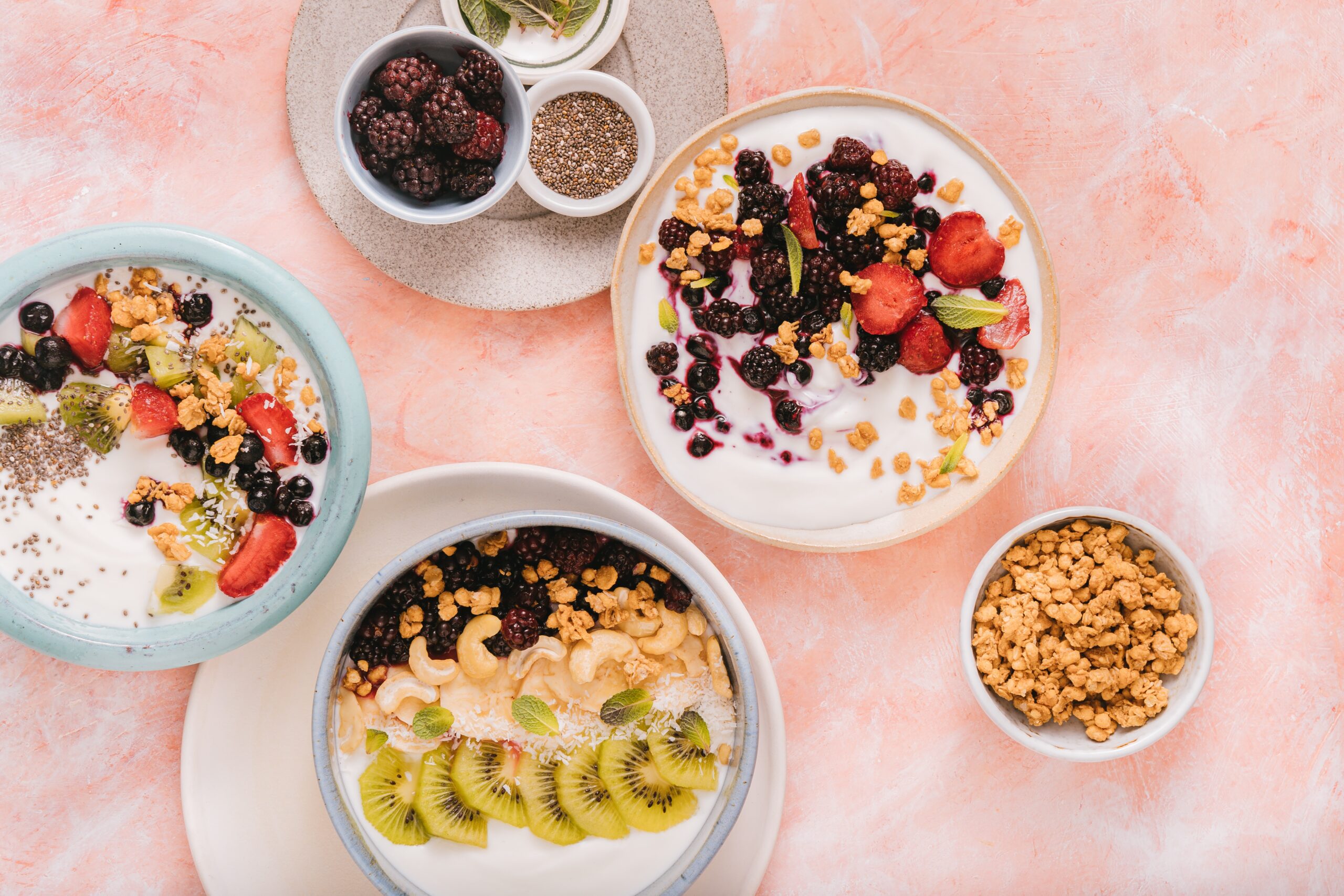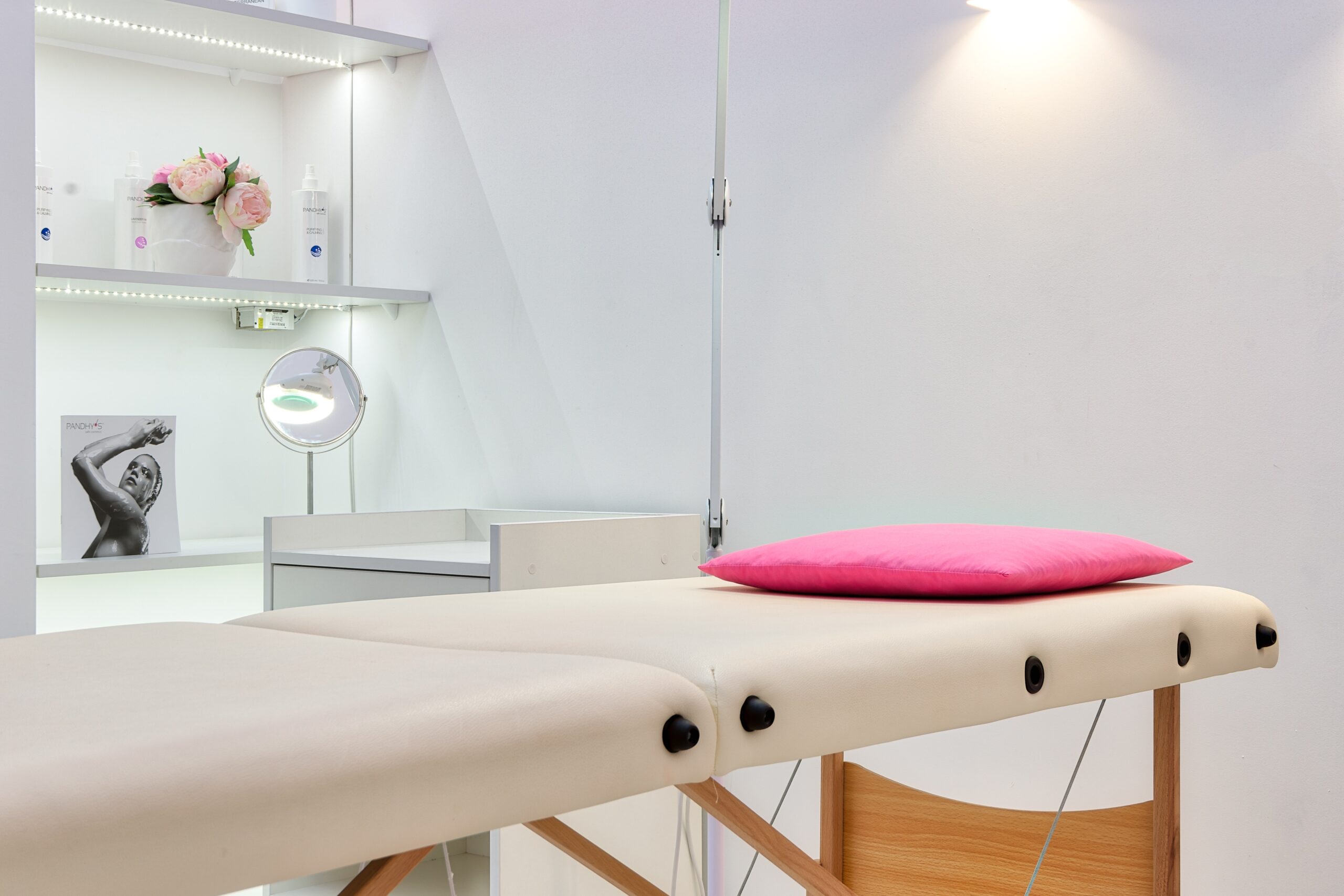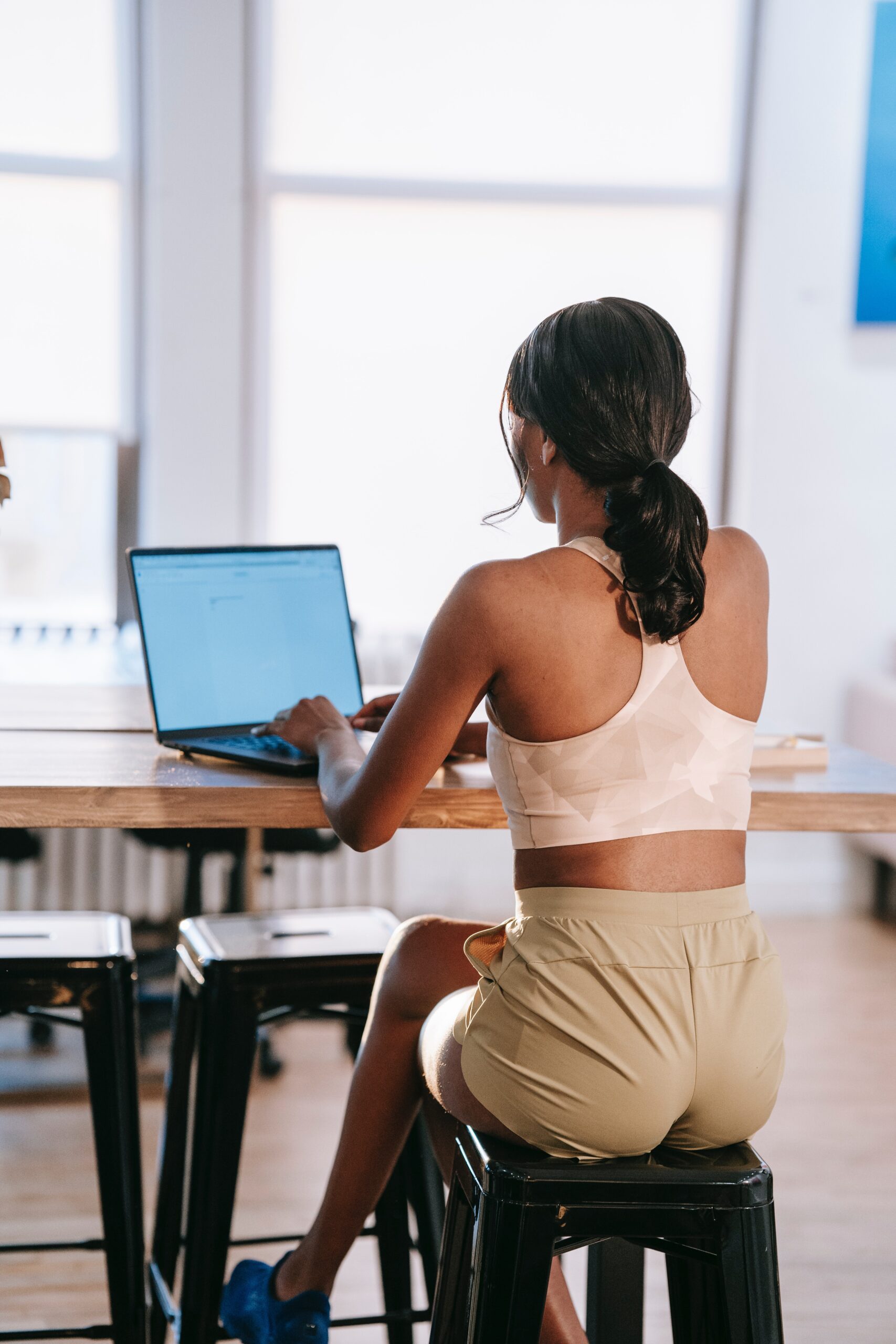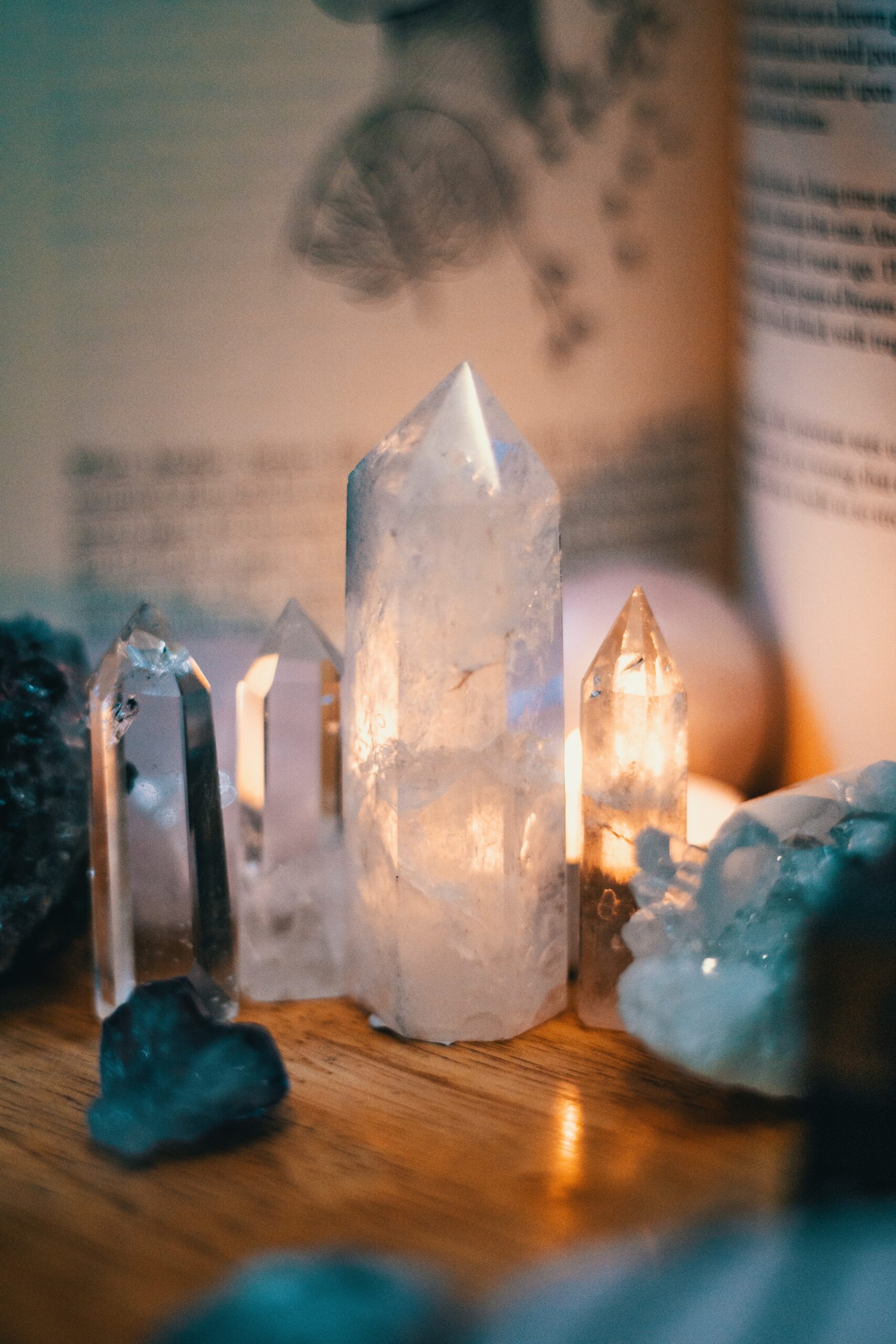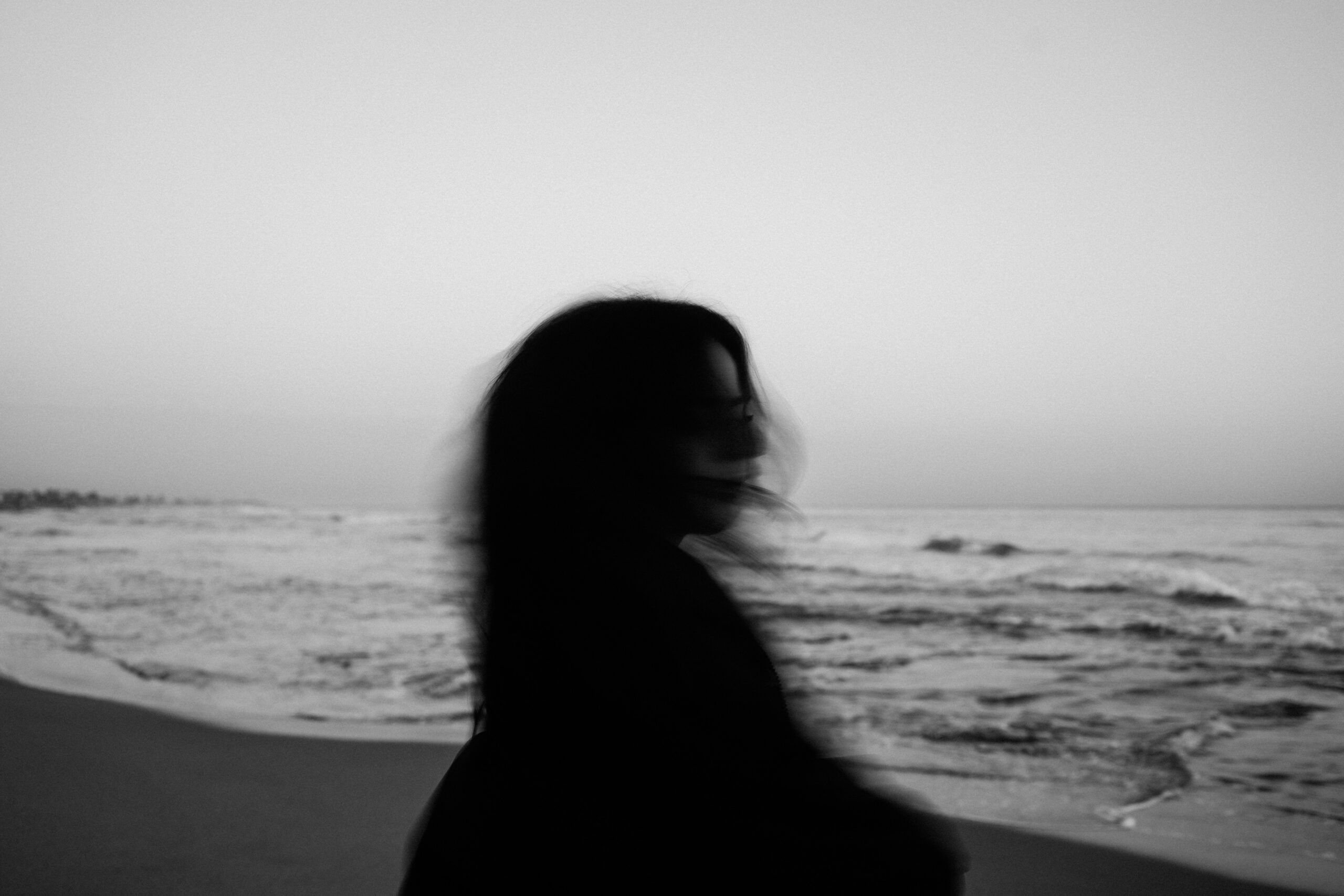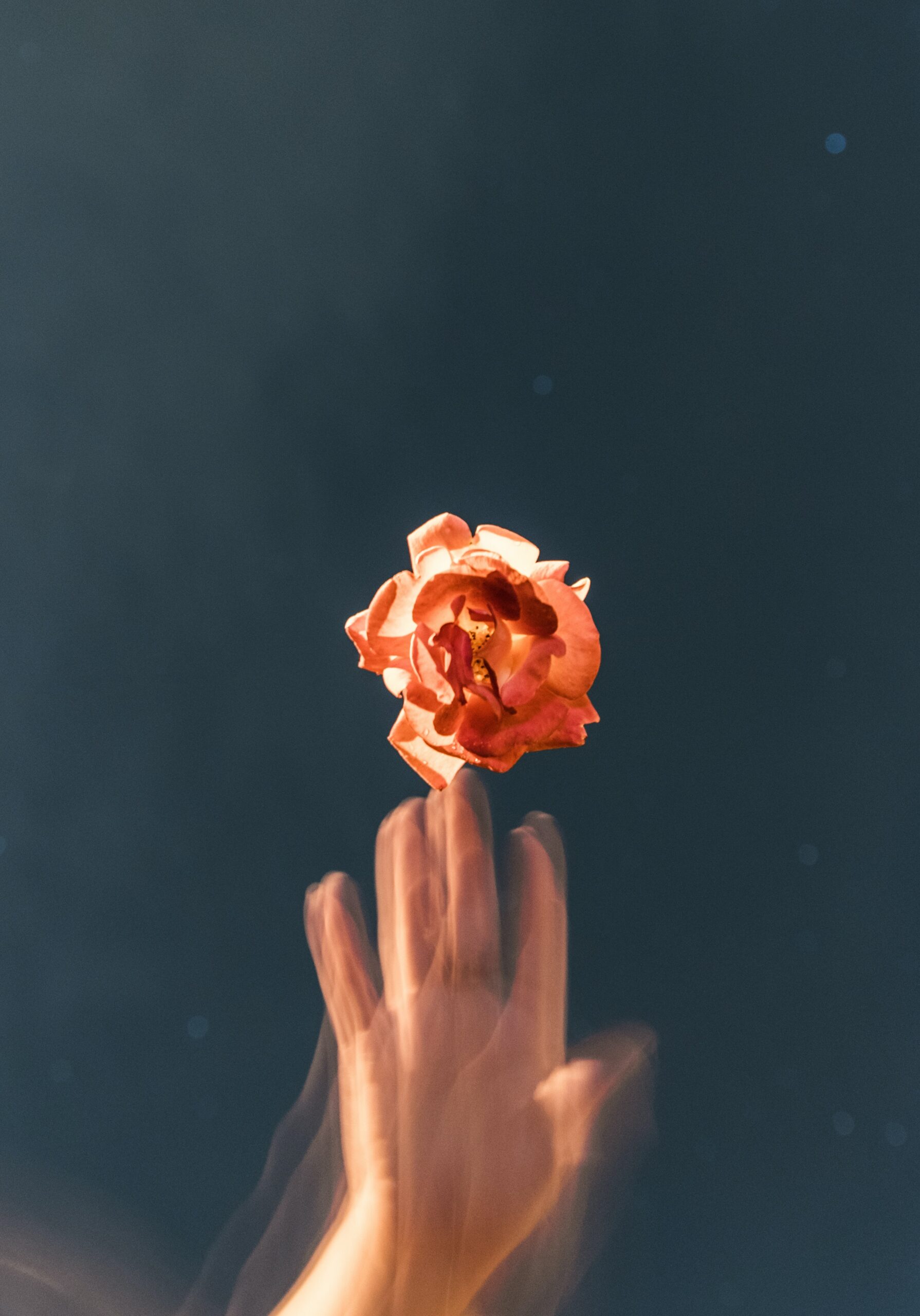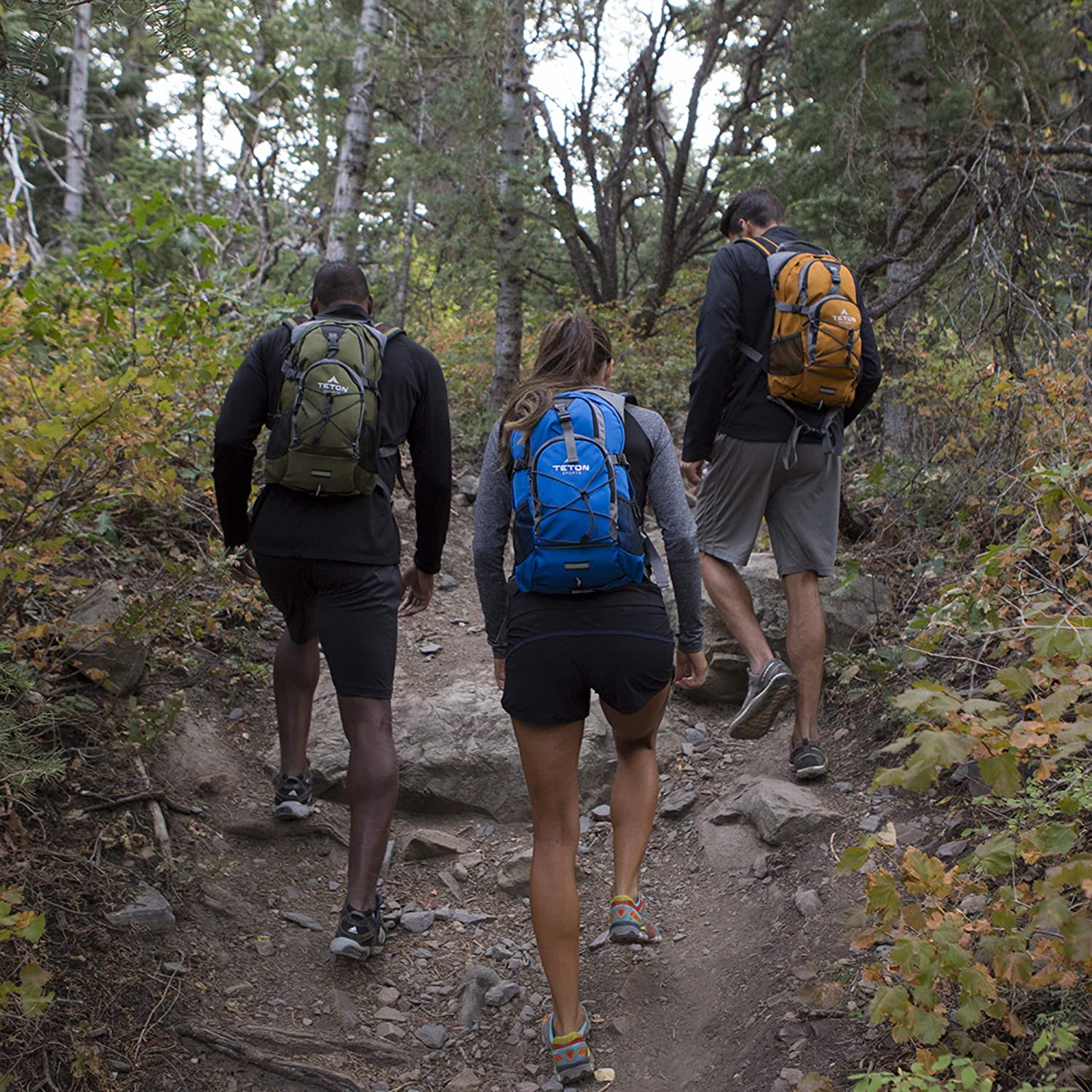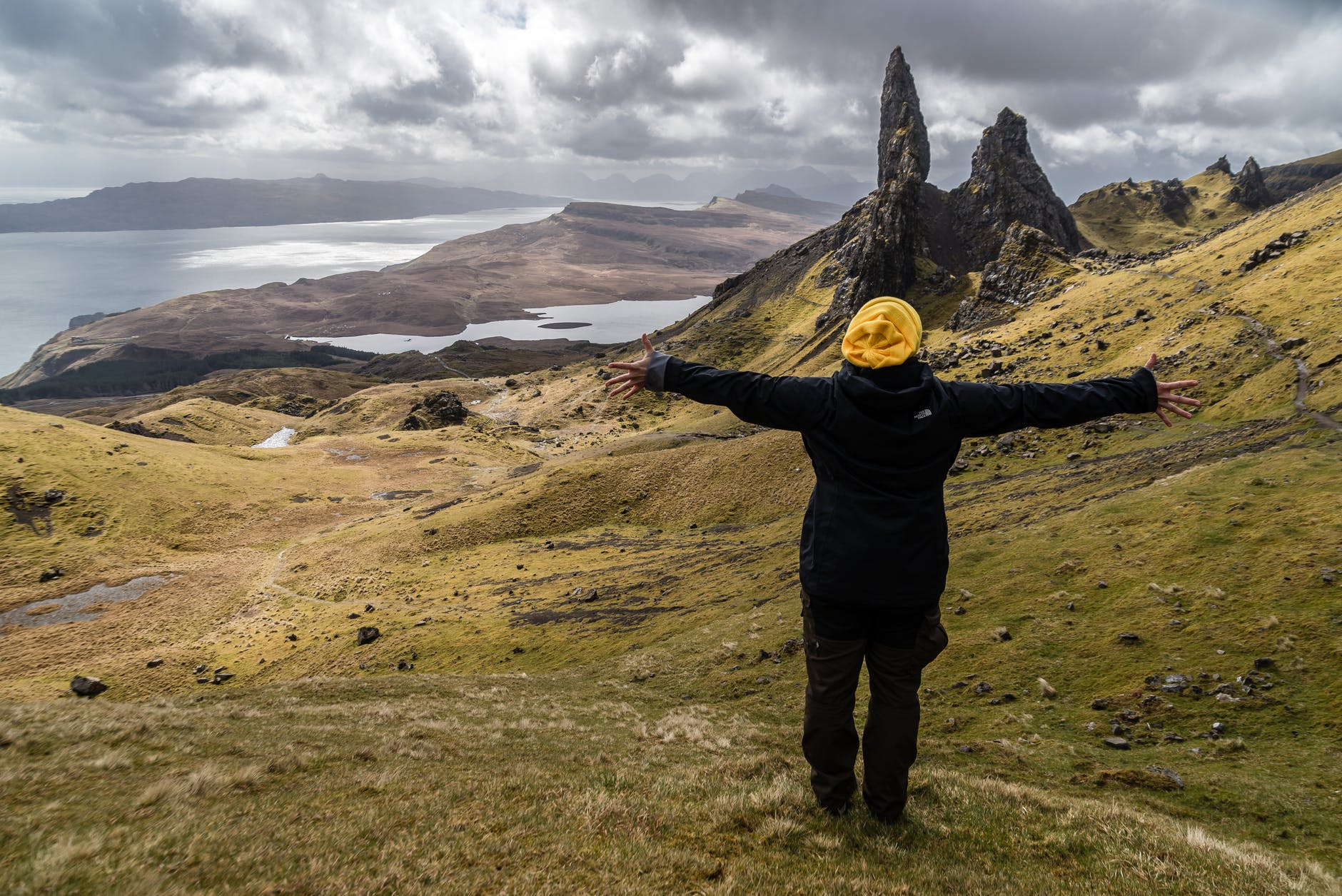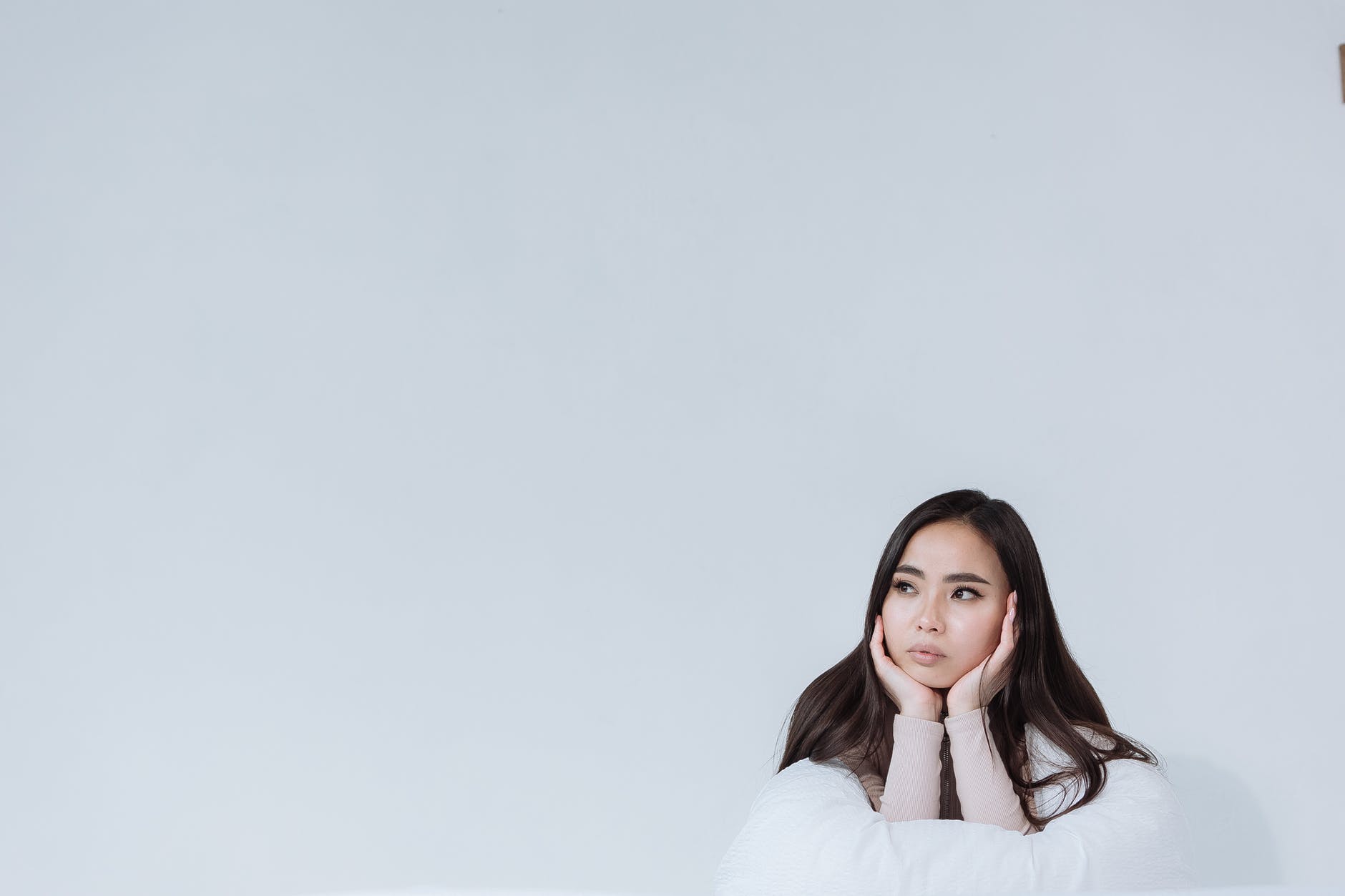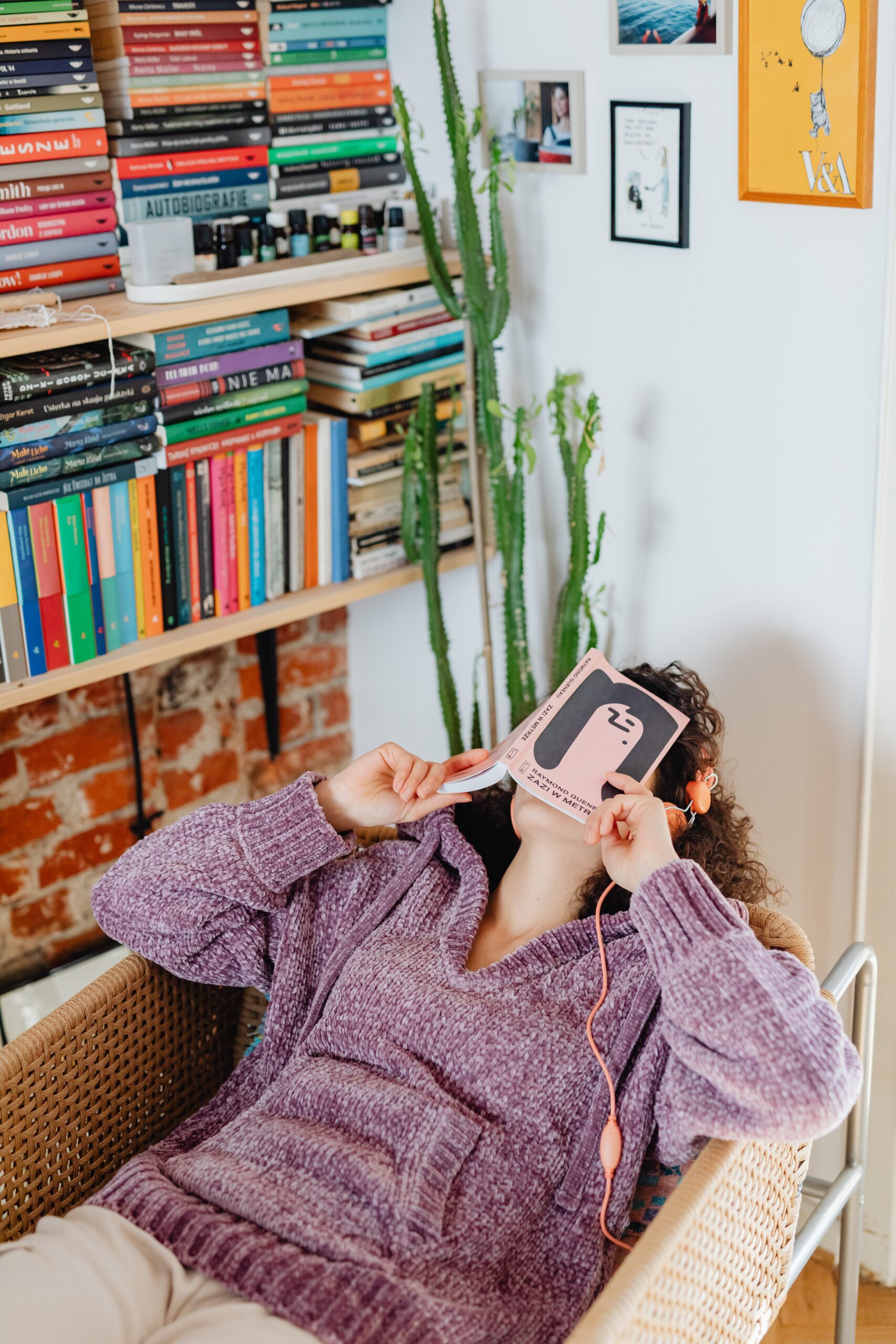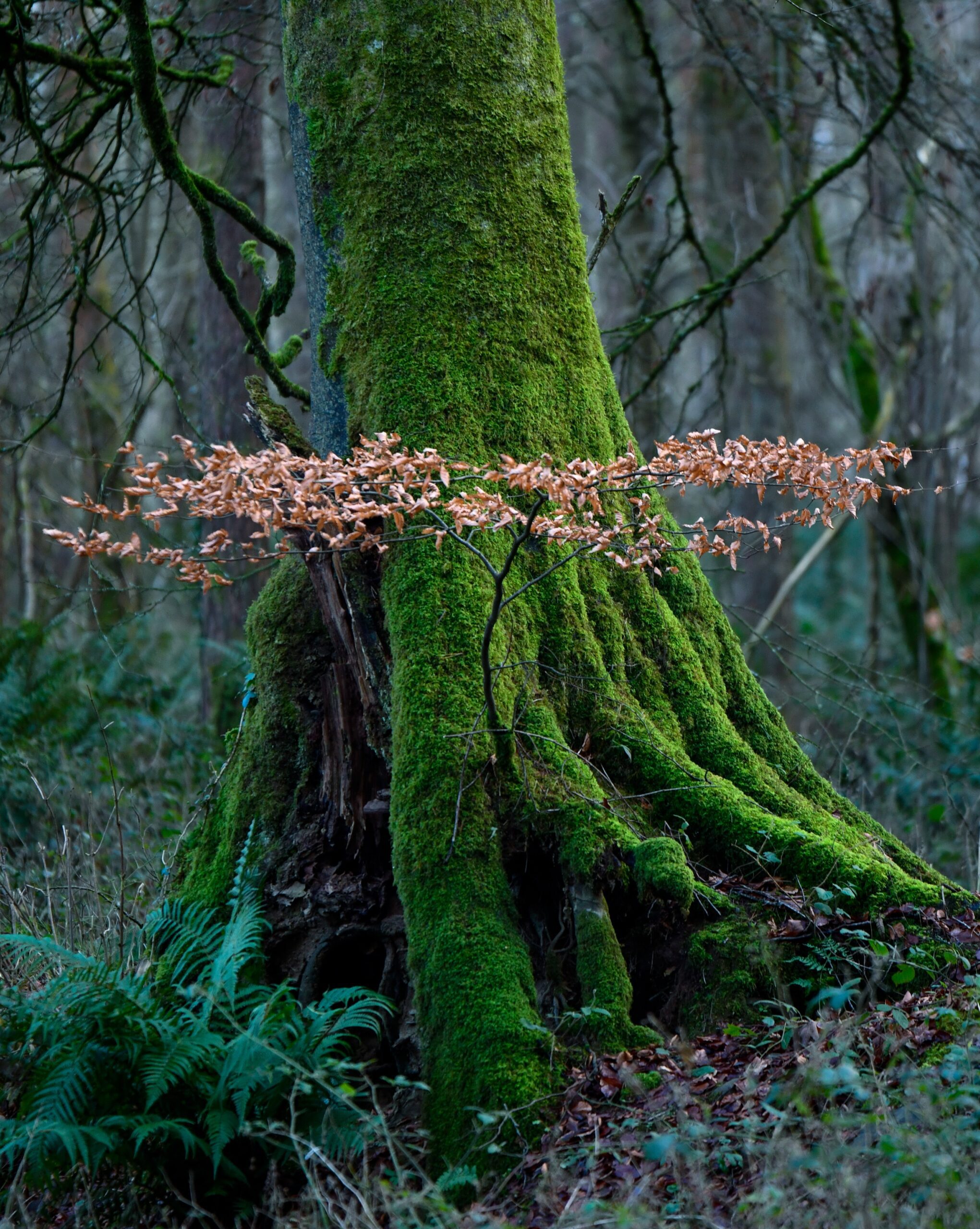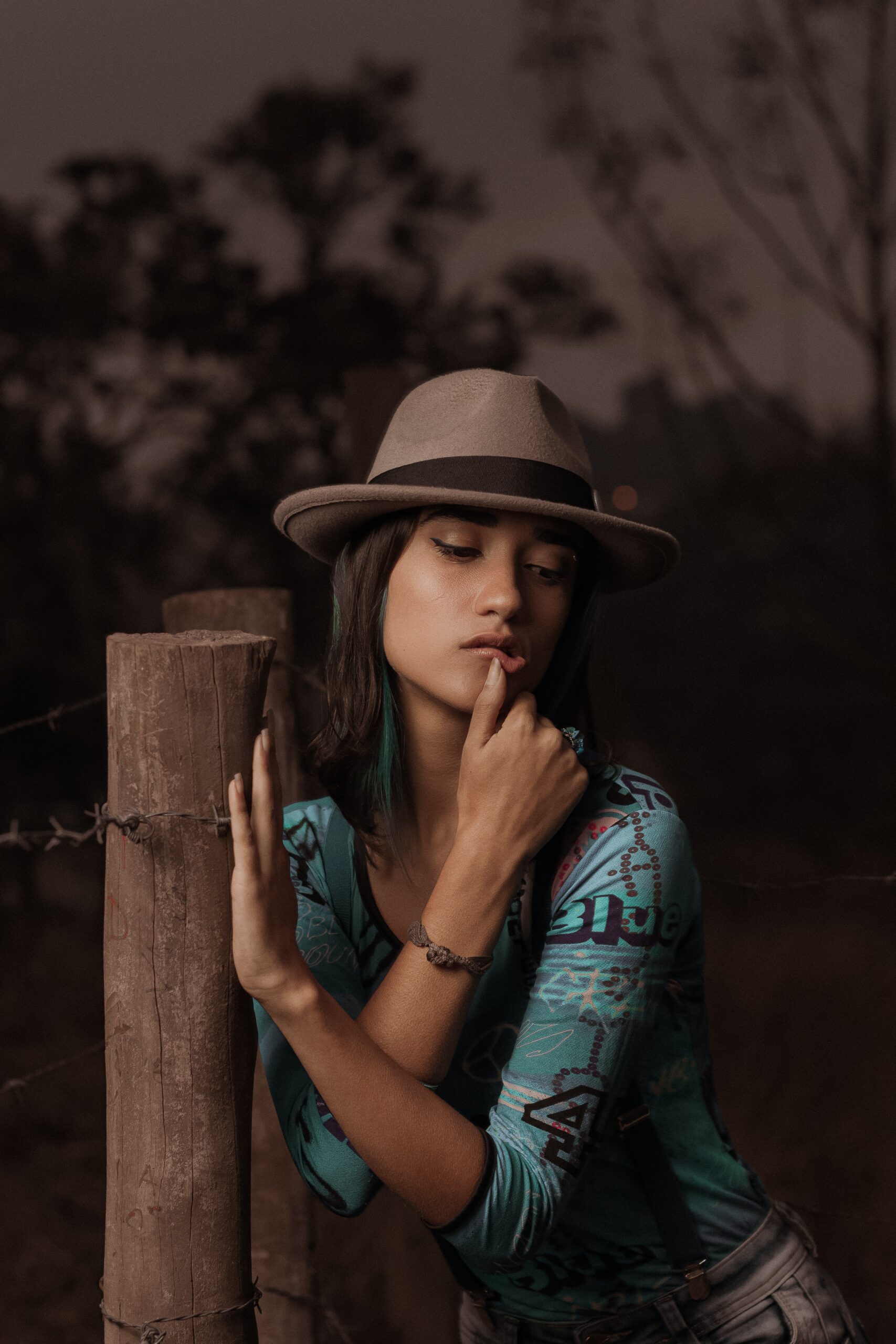Yogi Aaron is a sought after yoga teacher and spiritual guide who joined me on the Blossom Your Awesome Podcast sharing on life, wellness and spiritual growth.
Yogi Aaron has taught yoga all over the world and has been teaching for decades. He’s acquired decades of deep wisdom through the practice.
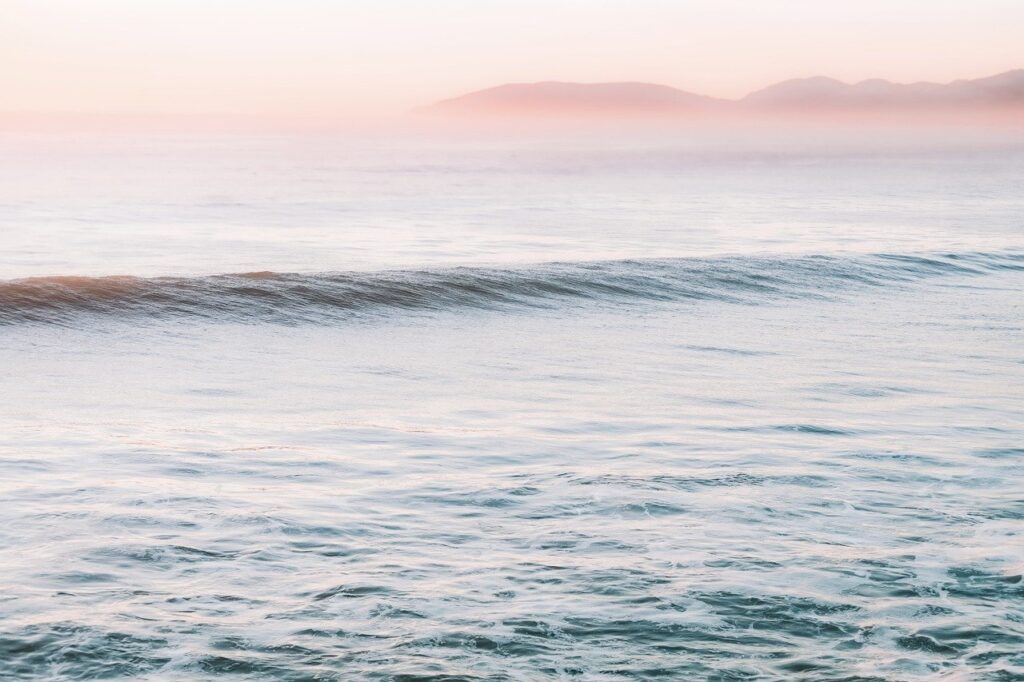
He shares profound wisdom on his life of wellness and the exponential spiritual growth. Yoga is so much more than just a physical practice, but a powerful means to going deeper in life and allowing greater presence and awareness.
Listen in to the episode of the Blossom Your Awesome Podcast with Yogi Aaron below.
Sue
Hi there, today on the show, we have got Yogi Aaron here with us. I am so honored and delighted to have you here. Welcome to the show.
Yogi Aaron
Thanks so much for having me on.
Sue
Oh, I’m so excited to have you on here all the way from Costa Rica. You your story is just so remarkable. You have been teaching yoga for 30 years. You’re a sought after teacher. Give us a trailblazer. You’ve got a new form of yoga. And I want to hear all about this. Give us the backstory, how you got into this, why you got into it. And then we’ll take a deep dive.
Yogi Aaron (00:39.259)
Absolutely. I got into yoga when I was 18. And I think like with most people who eventually find their way to yoga, a lot of the reasons why is because they want to stretch. And like many people, my body was tightening up and I didn’t understand why it was tightening up. I just knew it was. And the solution was to stretch. So I started doing yoga very quickly. I ended up injuring myself and
The very short story is that it took me 25 years of, you know, consistent chronic pain to realize maybe the stretching isn’t really helping me. So I ended up, I ended up in a, uh, emergency room with an orthopedic surgeon telling me that I might need a spinal fusion in my lower back. And that was a huge wake up call for me to call into question, you know, at 45 at that time.
You know, what am I doing? That’s not correct. What am I doing? That’s, you know, what should I be doing? And, you know, if you think about like a lot of yoga teachers and even gymnasts or, um, people that, you know, stretch a lot, you know, ballet dancers and that sort of thing, a lot of them end up needing surgical intervention at some point. And.
I was not one of the lucky few to escape that. I just, cause I have abused my body a lot by trying to put my foot behind my head and whatnot. So, um, that kind of led me into this whole idea of muscle activation as. A tool to use to create more stability in my body. One of the things I learned from muscle activation is that when we have flexibility.
Yogi Aaron
we’re open and vulnerable to injury. And, uh, and that’s always going to be the case. Um, and we can, you know, that that’s been verified, tested numerous times that when we stretch, we actually disable, um, muscle function. And so the approach in then is to. Impro see, ask the question, how do we actually improve muscle function? How, how do we improve muscle function to create more stability in our joints and thereby our body?
and thereby to live our best life.
Sue
Wow, I love it. And now, you know, as far as the stretching goes, how did you come up with this? I mean, I know you had your own personal experience and injury, but as far as figuring out this whole other methodology that’s better on the body.
Yogi Aaron
Sure.
Yogi Aaron
Yeah. That’s, I mean, that’s a great question. Actually, nobody’s ever really asked me that before. So, but I, what happened was, is I got into studying muscle activation technique and, um, I am a trained muscle activation technique therapist. I was trained, um, by the MAT school, which is located just outside of Denver, uh, by Greg Roscoff and his crew. And.
Greg is really the originator of it. He, in a very just quick short story, he stumbled upon this kind of methodology himself, MAT, through trying to increase range of motion on people and then discovering that when he stretched people, he got very good at stretching people, that he was actually making them weaker. And a lot of the kinds of people that he was working on was, is, was, is.
Uh, football players, professional football players. And what he started to realize was if I’m stretching them and they’re weaker, that’s not a good place to, you know, good way to send them out to play in a big game. I mean, you’ve, we’ve all seen football in some way, shape or form. So we see how those guys use their bodies. So then that led him to the question, what causes muscle tightness? And instead of treating the symptom,
which is what a lot of us do. We treat symptoms by stretching. We’re treating a symptom, which is muscle tightness. Instead of treating the symptom, why don’t we go and treat the cause? And the cause is instability. So when the body senses instability, when the nervous system more specifically, it all happens at an unconscious level. When your body senses instability, what it does is it tightens up. So you think about like you walk on ice.
you know, if you kind of slip a little bit on ice, what do you do? You kind of tighten up. Or if you get scared, what does your body do? It goes into a protective mechanism. It tightens up. Um, you know, people that grind their teeth a lot, you know, are constantly in a tightened state. And so what we need to do then is address the instability. And that’s where muscle activation comes in.
Yogi Aaron
So in, in the yoga world, when I was going through my muscle activation technique training, which happened after I ended up in the hospital, uh, because I was asking that question, what am I not doing correctly? What is, you know, I need to look at this from a different perspective. So when I got into MAT, one of the things I quickly discovered is nobody in MAT was translating this into yoga. Um, I tried to find somebody because being a yoga teacher, I had a zillion questions, of course.
And then I quickly realized if it’s going to be, it’s going to be up to me. And so that’s. Yeah. And so that’s, that’s kind of like how I just started experimenting. I started talking about it. I started presenting different, uh, techniques. The very first rule I had, though, was no stretching. So once I took that out of the equation, it forced me to think about how do I start doing these postures?
Sue
Okay, time to take on the task, huh?
Yogi Aaron
differently and accepting that there’s some postures that we’re just never going to do again, AKA putting your foot behind your head. Um, there’s just no reason to put your foot behind your head. Um, and so there’s just some postures we just never do, but for most part, most of the traditional quote unquote postures, uh, we can do, we just need to approach them from a different perspective and approach them more from a dynamic.
perspective as well.
Sue
Wow, this is so fascinating. See, now this is not a conversation I’ve had before, but this idea of, you just hear people always talking about stretching and how important it is, even for, obviously for athletes, but all of us, right? And you don’t realize that really it’s not the stretching, it’s more activating the muscle in the right way. That’s what needs to be done is what you’re saying
Yogi Aaron
Yeah. Yes. Basically, I mean, you could say it like that. There’s some buts in there. But yes, you’re looking… People, again, people are saying you should stretch because you have tightness. And so, you know, if you ask most people, why do you believe you should stretch? The most common answers you’re going to hear is, I need to stretch because I want to stay healthy.
I want to stretch because I want to stay young. And so when we look at people who are older and look old, what is the common denominator limitations and range of motion, hunch shoulders, you know, not moving the body too much, not able to look over their shoulder, you know, they kind of have to do the side shuffle to go around them. And so it makes sense. Like intuitively.
We know that if we want to stay young and quote unquote healthy, that we do need to work on improving range of motion, but we’re just going about it the incorrect way. We’re not really again, addressing the symptom of, or sorry, we’re addressing the symptom by stretching, but we’re not really addressing the cause of it.
Sue
This is so fascinating, Yogi Erin. Now, tell us, I want to talk to you on a personal level, your journey as a Yogi, right? Because I know, of course, there’s the stretching or that you were doing all wrong for all those years. You’re injuring yourself with, there’s that, but there’s just this other kind of deeper spiritual element to it that I think isn’t.
Yogi Aaron
Mm-hmm.
Sue spoken about enough. So for you, what has it been like transforming into this yogi? What does that look like?
Yogi Aaron
It was a process to, uh, you know, when I got into yoga, um, Brian Kess says it’s best, you know, when we get into yoga, when we’re young, it’s more about the workout and the sweat rather than what it’s supposed to be about, which is the introspection, the healing, the inner alignment, and some of that comes through in the practice, if you look at some people, you know, that just focus on physical, you can somewhat.
see some changes in them. There is some alignment that’s happening and that’s going to be inevitable. But what I endeavor to do is turn up the volume on that. So in my own personal journey, I got into yoga pretty much when I was 18. I, uh, it just kind of started to grow every year. It just became meant more to me. And then it really started to change around. There was two kind of like pivotal moments in my
in my, um, evolutionary process, the first happened with Brian Kest and I took his class and the first time I was just like, wow, who is this guy and what is he doing? And he was, he’s very skillful at integrating a very physical practice and make it sort of life applicable, if you will. And so that was kind of a, that was actually what was the inspiration for me to become a teacher. And then the second point when
was when I met my teacher who is really the teacher of my heart, Rod Stryker. And Rod was the one person who showed me on many levels, you know, what yoga could be for me in my life. He was the first person to take back the veil between the seen and the unseen, between the self and the sacred. And for the first time in my life, I had that connection to
something much deeper and more profound. So that, that kind of, it took me about 10 years to get there, but I, I finally got there and then for, from then on, I’ve been a staunch advocate for this tradition and for people to access it because you, I think you just said it best, like we don’t really talk about what does it mean? What is this? What is the spiritual benefits of it? And yoga at the source.
Yogi Aaron (11:52.655)
like at the core intention of what it’s trying to do is help us or empower us to cultivate that indomitable willpower and clarity within ourselves so that we can go out to live and manifest our life purpose.
Sue
Wow, I love that. That’s so beautiful. And this idea of I think you just said between the self and the sacred, right? You’re tapping into something so much more than what we get on kind of the surface superficial level.
Yogi Aaron
Yeah. I mean, that’s, and, and this idea of the sacred, like so many people, you know, get really confused by it. Unfortunately, there’s a lot of confusion about that in the yoga world because you see people going to these classes where the, the teacher cranks the heat up to 120 degrees and then puts on lead zeppelin and then.
does a kind of a class for an hour, an hour and 15 minutes, an hour and a half, where the students don’t really stop the entire time. They’re just like going, going. And the student comes out and they’re like, Oh my God, that was just so liberating and so wonderful. Well, of course it was. You, you sweated your brains out. You probably detoxed a lot and what you’re experiencing is a physical high. And what I find really lacking in
sort of these yoga classes is the spiritual high. And there’s such a distinctive difference, but a spiritual high ultimately is one that really can only be attained from a place of deep stillness. And so when I’m teaching my classes, I may have some movement, I may, once in a while I’ll put on Led Zeppelin, no I don’t, but you get the gist.
And I may do those things, but the goal is always to guide people back to stability and stillness.
Sue
I love that the deep stillness aspect. And again, I think that speaks volumes to your experience, your maturity and your depth of understanding around this. You’re not playing the Led Zeppelin and sure it’s okay to rock out to some Led Zeppelin every now and then, but maybe not while you’re doing yoga, right? Maybe not while you’re trying to go into a deep space.
Yogi Aaron
Yeah
Yogi Aaron
Hehehehehehe
Sue
So now give us some insight here on to, you know, with your, it’s called IAMA, am I pronouncing it correctly? Okay, and it’s an acronym for, it stands for what?
Yogi Aaron
That’s correct. Yes. Yeah.
Yogi Aaron
applied yoga anatomy and muscle activation.
Sue
Oh, I like it. You must have been real deep when you came up with that.
Yogi Aaron
and k-
Can I tell you a quick, quick story? When I came up with, I actually never came up, like I didn’t think about Ayama. I thought about applied yoga, anatomy and muscle activation. There was very specific. It was a very intentional name because I wanted people to have experience of a young experience of anatomy. And then also we were combining muscle activation into this because so few people understand their bodies. So part of my passion is let’s understand our bodies because knowledge is power.
One day I’m sitting with somebody on my team and we were working on some content. She said to me, so tell me, Aaron, how did you come up with the Yama? Like, give me the backstory. And I said, what is a Yama?
Sue
Hahaha
Yogi Aaron
And then she said, I thought you thought about Ayama first. I said, no, I don’t even know what you’re talking about. She goes, well, it’s your applied yoga anatomy and muscle activation. And I went, oh my God, it is. And then I kind of like pause for a second and I was like, that’s a Sanskrit word. And so in Sanskrit, it actually means unrestrained power that we can become powerful. So just a little fun thing. Yeah.
Sue
Oh my goodness, that sounds like you had some divinity working through you there, right? To come up with all of this.
Yogi Aaron
Yeah, it just, you know, you get those, you get those spiritual downloads when they happen, just run with it. You know, don’t question it. Just go.
Sue
Oh, that is great. I mean, yeah, it just sounds so wonderful. And like you say, it’s kind of, you know, so this anatomy component, I love that was part of it, because you’re making us see it having us see it in a way that people don’t really see the whole thing, right? Like what yoga is it is.
all of those things that you’re now bringing to the fore.
Yogi Aaron
Yes. Well, and it’s also like, for example, like I’m just giving you one little quick lesson that I might throw into a class where when you fold forward, if you were like standing and you tried to touch your toes, if you can’t touch your toes or like, you know, if you take stiff Biff, for example, and he can barely get his hands to his knees, your natural response is to go, Oh, stiff Biff, you’ve got a tight.
You know, back, you’ve got tight hamstrings. Well, that’s actually incorrect. Uh, that’s not why he can’t touch his toes. He can’t touch his toes because the muscles in the front body are not working. So then what are those muscles and you know, and then how do we improve them, uh, improve their ability to contract properly to shorten properly. And so that’s kind of my passion. It’s like, it’s a flipping the script, but it’s also like.
Hey, here’s the muscles that are responsible for you folding forward. If you fold forward Sue and you feel tightness in the back, the tightness is a symptom of these muscles, not shortening properly. So the worst thing that you can do is go, okay, I’m going to try and stretch my back out now. What you should do is start to activate your core muscles for lack of better words right now. Um,
or you know, your, your hip flexors like, AKA your quads, you should activate those because the tightness is telling you, Hey, there’s some weakness going on here. The weakness is usually going to be in the front of the body. So it’s giving people like an experience of like, okay, let’s get these muscles stronger, let’s actually feel them contracting properly.
And then let’s go back and fold forward and see what happens. I love doing that experiment with people because their eyeballs literally pop out of their head when they do stuff like that. Cause guess what? They didn’t stretch and they got more quote unquote flexibility.
Sue
Wow. Oh my goodness. This is amazing. And now, can you give us like, I know this is going to be hard for listeners, it may be hard, but what is a simple kind of exercise that somebody should be doing at home for muscle activation? Is there something you can describe with words?
Yogi Aaron
Yeah, absolutely. I mean, one of, one of my go-to postures, which I do pretty much every day. And I teach religiously, no matter what class I’m teaching. I always throw this posture in because we were talking earlier about older people and how they look old. It’s usually a sign of them being hunched over and sometimes they really hunch over. I mean, you’ve seen extreme examples of that. So what are the muscles that help to
polos back up in a rec. So if you want to unlock the fountain of youth, get your back muscles working. So my number one posture, and there’s different variations on this, but the simple one is just to lie down on your stomach and do what sometimes people call locust pose or Superman pose. You have your arms down beside your waist, and then you just lift your chest and your legs up as high as you can.
And the magic formula for muscle activation is, by the way, you’re just simply doing an isometric, you’re lifting your legs up in your chest, you’re isometrically engaging the back muscles, right? You’re shortening them. And so this is going to do two things. It’s going to wake those muscles up and two, it’ll start to make them stronger. So the magic number is six seconds and six times. And
Most of your listeners, if they try this, it’s going to be challenging for them. It just will because most of us are walking around with either inactive back muscles. Well, not either or we’re walking around with inactive back muscles, just period. I very seldom ever find a person that has strong back muscles. It’s usually about one in every thousand. And it’s usually because they’ve been doing my videos. So,
Sue
Nice plug there.
Yogi Aaron
But if you do that, you want to hold it six seconds and do that six times. After, if you do that every single day, after the 30th day, you’re gonna like notice how easy it is and how much stronger you are and what a change you start to feel in your body. You can start to sit up, quote unquote, straighter. You can sit up, you can walk more erectly. Your whole gait starts to change and the way that you…
view life actually starts to change because if a weak back is a weak life, strong back, strong life. And so if you get those back muscles working, it’s a game changer.
Sue
Wow, that was a great insight. And now a quick technical question here on this. So palms down facing the ground or palms up or?
Yogi Aaron
It doesn’t matter. Just lift the hands slightly off the floor. They’re down by your waist. Just lift them off the floor slightly. So you’re not like trying to use your hands to lift yourself up. You’re just using your back muscles. Um, and yeah, that will just start to do the trick. Now there, again, there’s variations on this. Sometimes you see people with the arms forward trying to do this. I don’t recommend that. Uh, that’s a whole different kind of exercise and people usually don’t do it correctly.
I just keep the hands down because what you’re trying to do is to engage those lower back muscles, those lower back muscles just don’t get enough press. They don’t get enough attention and this kind of isolates them a lot. And so that will, that will be the beginning of a, of a bigger journey. If you get your back muscles working, eventually you’re going to feel motivated to start doing more and more and more.
Sue
Wow, oh my goodness. Now, let me ask you, is there, I know I’ve been all over your YouTube, it’s amazing. You have all of these incredible videos there. So is there a title for this video where we can see this in action, just so we can kind of mention that, or is it in a lot of different videos?
Yogi Aaron
It’s a lot in many different videos, but I do have a couple of videos there. If people just type in on my YouTube channel, uh, back, B-A-C-K, uh, in the search function on the, in my channel, they will come across, uh, many videos. People can also go to my, uh, website yogiarin.com and I have a seven day pain-free series. It’s a free thing. I
Sue )
Thank you.
Yogi Aaron
highly recommend people to tap into that because it’s also part of the Ayama methodology. I go through the seven different major muscle systems of the body and I give you one hack for each system to become pain free. And it’s quite marvelous. People just start to go, oh, that’s where my trunk flexors are. That’s where my trunk rotators are.
That’s where my back muscles are. And so I actually use that particular exercise for the back one. Uh, cause it’s just such a great exercise. So they can also view it there as well.
Sue
Oh, that is awesome. I will have a link for that for sure. Now give us, you know, I obviously the yoga is a huge component to your own, you know, fountain of youth secret. But what else are you doing? Do you have like a daily ritual, daily routine? Other things you do outside of yoga that you think contribute to your
vitality in your life and your attitude.
Yogi Aaron
Yeah. I mean, in the morning times is for me is a very sacred time. I have a yoga retreat in Costa Rica. And one of the practices that we do each morning is have morning silence until seven 30 in the morning. And, uh, we actually turn off the internet as well. The internet doesn’t come on until seven 30. So in that space of time, people have that opportunity to connect with the sacred.
to peek behind the veil, if you will. And, you know, I’m often reminded by a quote from Mother Teresa who said, God speaks and the heart listens. And that one has always resonated with me well, which goes back to what I was talking about earlier, a spiritual experience versus, or spiritual high versus a physical high, you know, that embodies the idea of only in stillness.
that we can access the sacred. So that’s one. I also have other little rituals I get into. I’ve really taken up walking as a form of exercise instead of trying to pound the pavement all the time. I love hiking. I also do my Ayamah practices daily as well and that feeds into everything. Oh, and one of the other most important rituals is
having an internal shower every morning. So everybody rushes into the shower to have an external shower. I’m rushing to, as soon as I wake up in the morning, I have an internal shower every morning.
Sue
He’s talking about water, guys. He’s drinking a lot of water.
Sue I can’t see your beautiful blue cup glass with all that ocean water. That is amazing. I love that. And now give us, you know, tell us for you, yoga, what? I know I kind of already asked you this, but as far as resilience and things.
Yogi Aaron
Yes. Hahahaha
Sue
Has, do you believe that yoga has played a role in your life in that way? To make you more resilient, just on an emotional, psychological level.
Yogi Aaron
But.
Yogi Aaron
I mean, there’s two, there’s two answers I’m going to give there. I mean, definitely yes, yes. And yes. Uh, I would not be where I am if it wasn’t for yoga is, you know, I asked a friend of mine one time, he got into doing psychedelics and I said to him, like, what do you think it does for you? And he said, it opens up doors of possibilities within my mind. And I don’t.
This is not to disparage people that are on that path at all, but yoga does the same thing without any of the negative side effects. Um, and like when we dive into a practice and we do that practice, it starts to actually change the momentum of our mind. It actually, we actually start to literally rewire our minds and that’s what yoga has done for me is it’s.
help me to open up doors of possibilities that I didn’t see before. One of the other things about yoga, if you’re doing a practice properly, is that we start to see life for what it really is, and we get to see our roles in it. And there’s, I won’t say a detachment from it, but there’s, we, we get to kind of come out of ourself to see ourself in this play of life.
And, and then make better choices based upon that information. But there’s one other thing I wanted to put a pin in. And that is when I was 35 and I just bought blue OSA, my yoga retreat in Costa Rica. I was leading a trip to India that year and I ended up to the Himalayan mountains. So we’re way deep in the Himalayas, like deep, deep. And a boulder came down the mountain and hit me in my leg.
broke my femur like right in half. And I feel that yoga prepared me for that moment. It taught me how to breathe. It taught me how to maintain my equanimity. It taught me how to be a pillar of stability, even though I literally was fractured. I mean, literally, uh, and broken into. And so yeah, my practice has, has.
Yogi Aaron
helped me to again, build that inner resilience. And it’s, it’s such a cliche, like everybody, you know, wants to feel empowered. You see these kinds of memes around empower yourself, but what does that really mean it from a yoga perspective? It means know yourself and know the stories you’re telling yourself and make better stories. It means to do practices so that anytime the proverbial S H I T hits the fan.
you are able to go immediately, not like after five breaths or six breaths or one hour or whatever, but immediately you’re able to drop in and you know who you are and you’re able to make from that place better decisions.
Sue
That is so empowering. That was so beautiful. What an incredible response. I love all of what you’ve just shared. Now, yeah, you’re welcome. Let me ask you. So you know, in that moment, when that boulder came down, do you looking back on that? Do you feel, I mean, what was the deeper lesson? Do you feel there was a lesson there for you in that or?
Yogi Aaron
Thank you.
mean, I don’t, I don’t, I’m not of the idea that the universe is trying to teach us something. I think that we’re trying to, I think that our mission is a human beings, not just as Sue and Yogi Aaron, but our mission as human beings is to discover life’s purpose and manifest it. And there’s kind of two parts to that, but one part of it is to know ourselves.
And life just happens. We’re caught in this karmic wheel and. You know, to, to have a discussion of Karma Sue, don’t ask me what Karma is. Cause that I could go on an hour and a half, two hour, 10, uh, tangent, but Karma is just what’s happening in life. And in that moment, a boulder hit me and.
You know, for whatever reason, it doesn’t really matter. I think it’s just more important in how we deal with it. But yeah, I did learn a lot from that experience. Um, I think I, I calmed down a lot after that. I started to smell the roses because when that happened, there was a moment when I thought I wasn’t going to make it. And when I say that it wasn’t just, it wasn’t just a feeling of, Oh my God, I’m not going to make it. It was like.
I’m stuck on this mountain. All of our clothes went ahead with the porters. The sun is setting. We’re on a glacier. There’s no firewood. There’s no water. Um, we only had what we had with us at that moment, which was barely nothing. And so I could end up freezing here to death. I’m already in shock. And so there was a moment.
that I had to just face myself and ask myself, did I do a good job? Am I content with the path that I’ve walked? The answer was yes. Not because out of necessity, but really just, but just taking gratitude in the life that I’ve had. And ever since then, I’ve kind of looked at every day since then as a bonus. And I’m not wasting it.
Sue
That is awesome. See, that’s the answer I wanted. That’s exactly what I was looking for when I said, did you learn something from the bolder hitting you and then you get all visceral and deep on us. That’s exactly what I was expecting you to say, Yogi Aaron. You have not wasted a day. You live every life to the fullest, every day to the fullest since that’s amazing and so empowering.
Yogi Aaron
Yeah.
Thank you.
Sue
Yeah, so beautiful. Now, I always ask people this, what, you know, your guidance and wisdom on people who are stuck and struggling, because I know you’ve gained so much wisdom just through your years of being in silence and stillness. What advice do you have to those people?
Yogi Aaron
That’s a hard answer. I’m gonna give an answer that, I don’t know, could create some waves though. The first question is, do you wanna stay stuck?
The third part of my book, Stop Stretching, actually kind of goes on a tangent. And the title of it is, Who Are You Without Your Pain? And so for a lot of people being stuck is like part of their addictive cycle. And just like someone who goes into AA, I can’t drag my friend who’s dealing with addiction into AA, they have to walk themselves there.
And, um, and a is very clear about that. You cannot drag people into a program. They have to come on their own accord. And so that’s the first question is like, do you really want it? And if you do, um, the answer, you will find the answers and listening to this podcast, uh, right now, you know, like people can access, um, you know, me, they can access different practices. But.
One of the, one of the steps is work on starting to feel better in your body. If you really want to make changes, feel better in your body. If you’re dealing with pain, literally pain, not psychological pain, but if you’re dealing with physical pain in your body, that is debilitating. That’s debilitating your vital life force, Prana energy. Um, because so much of your energy is geared towards like, how do I get out of pain?
So deal with the pain, start by moving your body a little bit. Take some of these Ayama practices. Also the other kind of tip that I often have is, you know, take moments every morning to be still five minutes. You know, if five minutes is too much, two minutes, I think two minutes is a good negotiation.
Yogi Aaron
Two minutes, be still. And after the end of two minutes, say, how do I want to manifest and live my life purpose today? And just do one little thing, whatever that is, go inside and ask yourself. How, what is my purpose for today? It could be a random act of kindness. It could be drinking some more water. It could be doing some Ayama practices. It could be taking a 20 minute walk in the park.
Um, it could be just sitting with your beloved and having a meaningful conversation for 10 minutes, um, it, whatever it is, like, but what that intrinsically does is it opens the doorway of spontaneity within us. And that doorway of spontaneity is the seat of, of tapping into that inner resilience that I was talking about earlier.
So many of us don’t feel that inner resilience because we’re cut off from inspiration. How are we supposed to feel resilient if we don’t feel inspired in life? So tap into that inner inspiration and it will start to flood out. Once you start doing it once, twice, third time, fourth time, it’ll start gushing out, believe me. It’ll become like a geyser that’s opened up.
Sue
Wow, what great insights, Yogi, Aaron. So a couple of things, first and foremost, I just wanna thank you so much. You’ve been so awesome and so insightful. And I really honestly have just honored my time here with you today.
Yogi Aaron
Thank you. Thanks Sue for having me on. I appreciate it.
Sue
Oh, you’re very welcome. I’m going to be sure to have links to all of your stuff. I just asked you my closing question, essentially. You know, there are two questions. The one was about the advice and guidance, but at the end, I like to ask people if there’s a closing message, your hope for everybody. You kind of just said it, but say it again or say something different. Something else awesome. What is that closing message?
Yogi Aaron
I mean, my hope and goal for everybody is to live their best pain-free life so that they can go out to manifest their purpose. And that’s, you know, my teacher, Punditji said in his, in his, one of his books, he’s like dying without knowing what our purpose is, is life’s greatest loss. And I find it interesting. He said life’s greatest loss. Like each of us, when we, when we die without purpose, knowing our purpose, it’s like.
It affects everybody. And so if we want to serve the world, we need to invest in ourselves and, um, and become the best version of ourselves. So that’s my hope and prayer for everybody.
Sue
Hmm. What a powerful closing message. You’ve been so awesome. Thank you so much.
Yogi Aaron
Thank you, Sue.
Sue
Thank you.
